- You are here:

Kenya vs Tanzania: Which Is Better for an African Safari?

Anthony is a renowned Africa expert and author of many Lonely Planet guidebooks to Africa.
Kenya vs Tanzania: Which is better for an African safari? Kenya and Tanzania are both world-class safari destinations, and you can’t lose, whichever one you choose. Kenya is the birthplace of the safari, but it shares with Tanzania incredible wildlife that knows no borders, highly professional safari operators, first-rate infrastructure, and a full and diverse range of East African landscapes.
2,158 Kenya Safaris 4,532 Tanzania Safaris
1. Wildlife
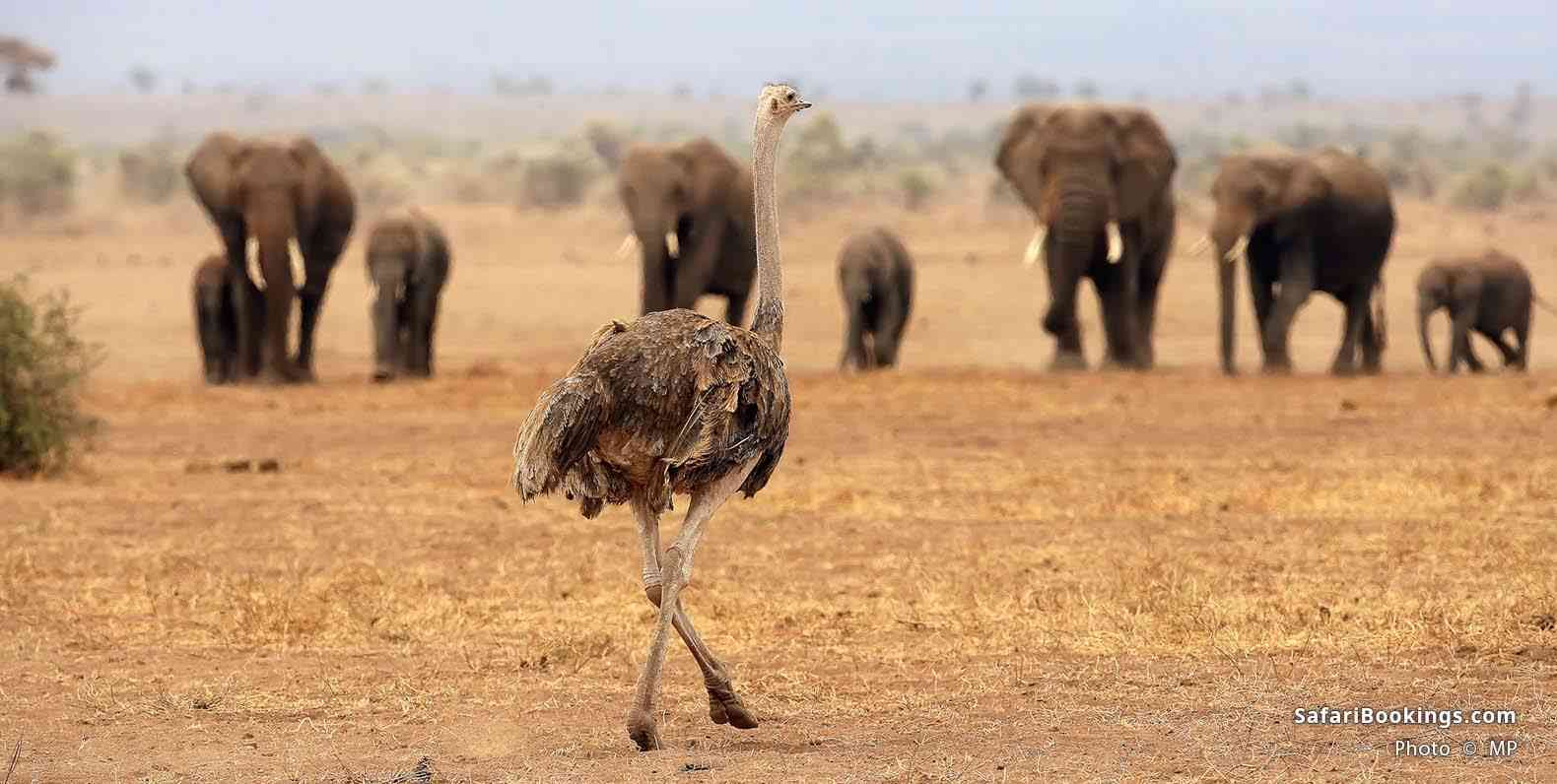
As for the landscapes, so too for wildlife. There’s nothing to choose between the two countries for the classic safari wildlife experience. Both Kenya and Tanzania are fantastic for big cats, the Big Five, and a full suite of prey and herd animals, among them zebras, giraffes and wildebeest. When it comes to elephants and big cats, populations are generally larger in Tanzania, but Kenya’s parks tend to be more compact, and kilometers between the parks significantly fewer.
There are, of course, differences when you zoom in to look a little closer. Kenya’s arid zone is where you’ll find all sorts of desert specialists, from the birdlife (the Somali ostrich is an old safari favorite) to desert-adapted mammals such as the gerenuk, the Beisa oryx and the Grevy’s zebra. Then again, for forest animals it really has to be Tanzania. Tanzania is the best place in Africa to see chimpanzees, as well as numerous other primate species. Birders also have many more opportunities to see forest birdlife here compared to Kenya.
2. The Great Migration

Timing is important when considering whether to see the great migration in Tanzania or in Kenya. As a general rule, the migration is in the Serengeti , on the Tanzanian side of the border, from October through to July or August, and in Kenya’s Masai Mara the rest of the year. Given that we’re talking about gloriously unpredictable wild animals, that’s not the whole story. Precise dates for where you’ll find the massed herds of zebras, gazelles and wildebeest (and the predators that stalk them) at any particular time can be difficult to predict, and can vary from one year to the next. All that can be said with any degree of certainty is this. In a normal year the migration spends more months of the year in Tanzania. The best river-crossing scenes are usually in Kenya. And the best vantage points are usually more crowded in Kenya.
2,694 Serengeti Safaris 1,598 Masai Mara Safaris
3. Habitat & Landscape

Kenya and Tanzania are inseparable when it comes to the savannah grasslands that are a staple of the East African safari. In the Serengeti and Masai Mara, vast herds of grazing mammals (and the predators that follow them) see little difference between the two, and nor will you. Both are glorious, soul-stirring places without peer. Beyond these two, from Kenya’s Amboseli to the plains of Tarangire and so many places in between, it’s impossible to be disappointed. Visit them all if you can. Thanks to the Great Rift Valley and escarpment that cuts through the heart of both countries, both Kenya and Tanzania have some pretty special high-altitude scenery. Kenya has the shapely Mt Kenya to be sure, and the Aberdares are unlike anything you’ll find elsewhere. Its Rift Valley lakes – Nakuru, Naivasha, Bogoria and more – are also fine examples of the genre. But it’s hard to top Mt Kilimanjaro, Mt Meru, Ol Doinyo Lengai, Lake Natron, Ngorongoro, and the rest of Tanzania’s Crater Highlands.
If deserts are your thing, then Kenya wins that particular battle. The country’s far north has no rival in Tanzania for its spare desert horizons, nor for the arid beauty of Lake Turkana and surrounds. The dry and semi-arid Kenyan interior provides habitat for wildlife that you just don’t see anywhere else in East Africa. This extends from the northern deserts, down through Samburu National Reserve, and as far south as Tsavo East National Park. When it comes to forests, Tanzania is far more likely to satisfy your needs. Kenya has Kakamega Forest National Reserve, but it’s an outlier, the last remnant of the rainforests that once extended across the country from Central Africa’s Congo Basin. In contrast, deep, dark rainforests carpet Tanzania’s far west, especially in Gombe and Mahale Mountains National Parks.
4. Best Time to Go
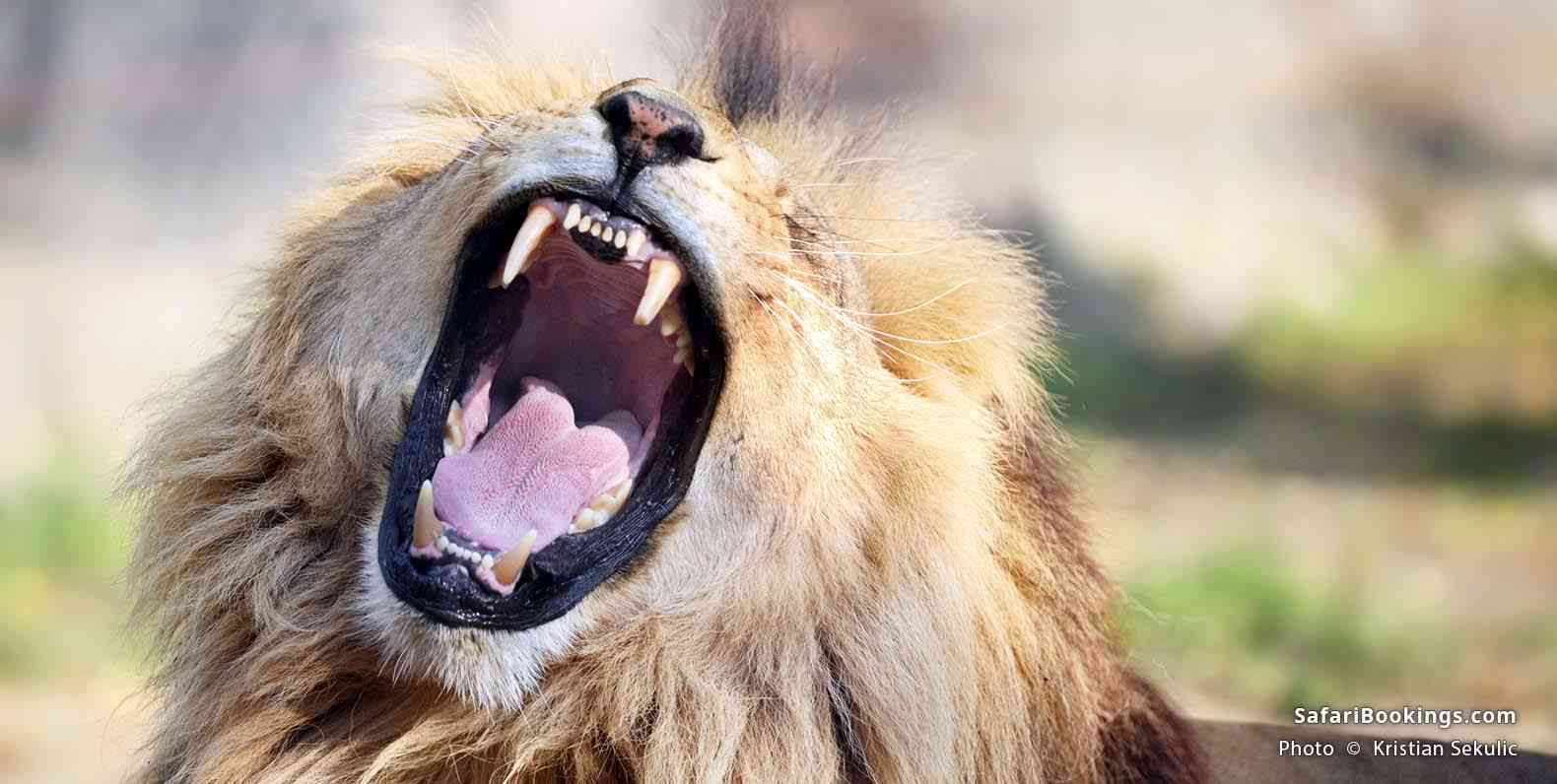
Unless you’re planning on joining up with the great migration (which requires careful planning – please see below), the best times for visiting Kenya and Tanzania are pretty much the same. The main safari season in both countries begins in late June and runs through to October. It’s during these months that you can expect the best weather and the best conditions for seeing animals, regardless of where you go. Rains and road conditions can be a problem in both countries from November through to April or May. Remember, however, that the birding is often excellent in these months.
5. Accommodation Options
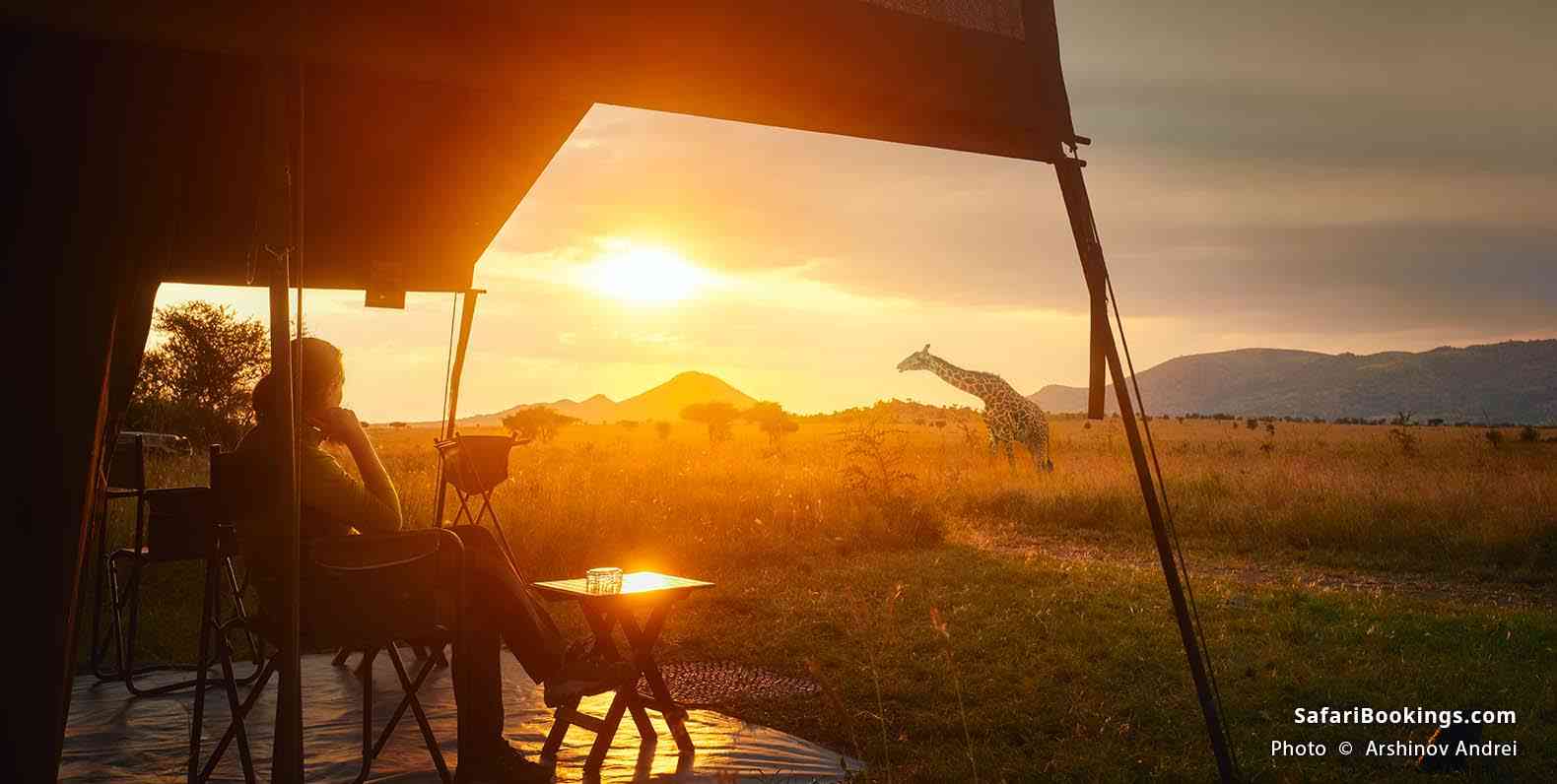
Both Tanzania and Kenya have excellent accommodation, from hotels and guesthouses to lodges and tented camps. And there’s no overall reason to choose one over the other based on possible places to stay. This applies across all budgets – both countries have outstanding places to stay no matter where you sit on the safari price spectrum. One minor difference is Kenya’s growing community and private conservancy accommodation, especially in the Masai Mara, up north on Laikipia Plateau, and, to a lesser extent, around Amboseli National Park. Because access to these conservancies is only for those with a confirmed reservation in one of a handful of upmarket lodges or camps, it usually makes for a more intimate and exclusive safari experience.
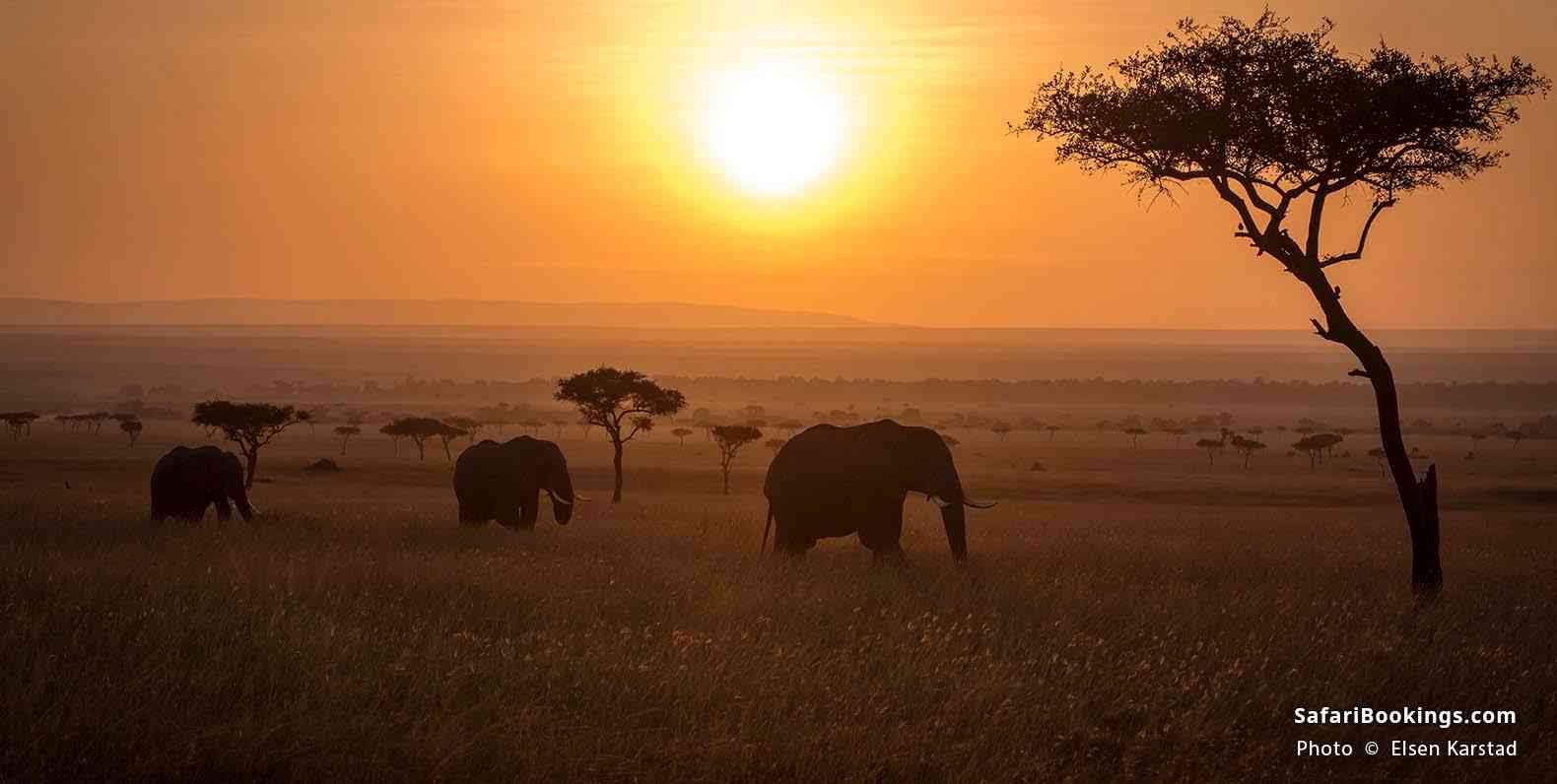
Like accommodation, you probably wouldn’t choose one country over the other based on the money you’re likely to spend. That’s because prices are broadly similar across the two destinations. Tanzania may on average be slightly more expensive than Kenya. The average cost of a safari ranges from around US$250 to US$750 per person per day in Tanzania, while the equivalent figure in Kenya is US$150 to US$700. But any differences are marginal, and both offer great value for your safari money.
7. Getting There
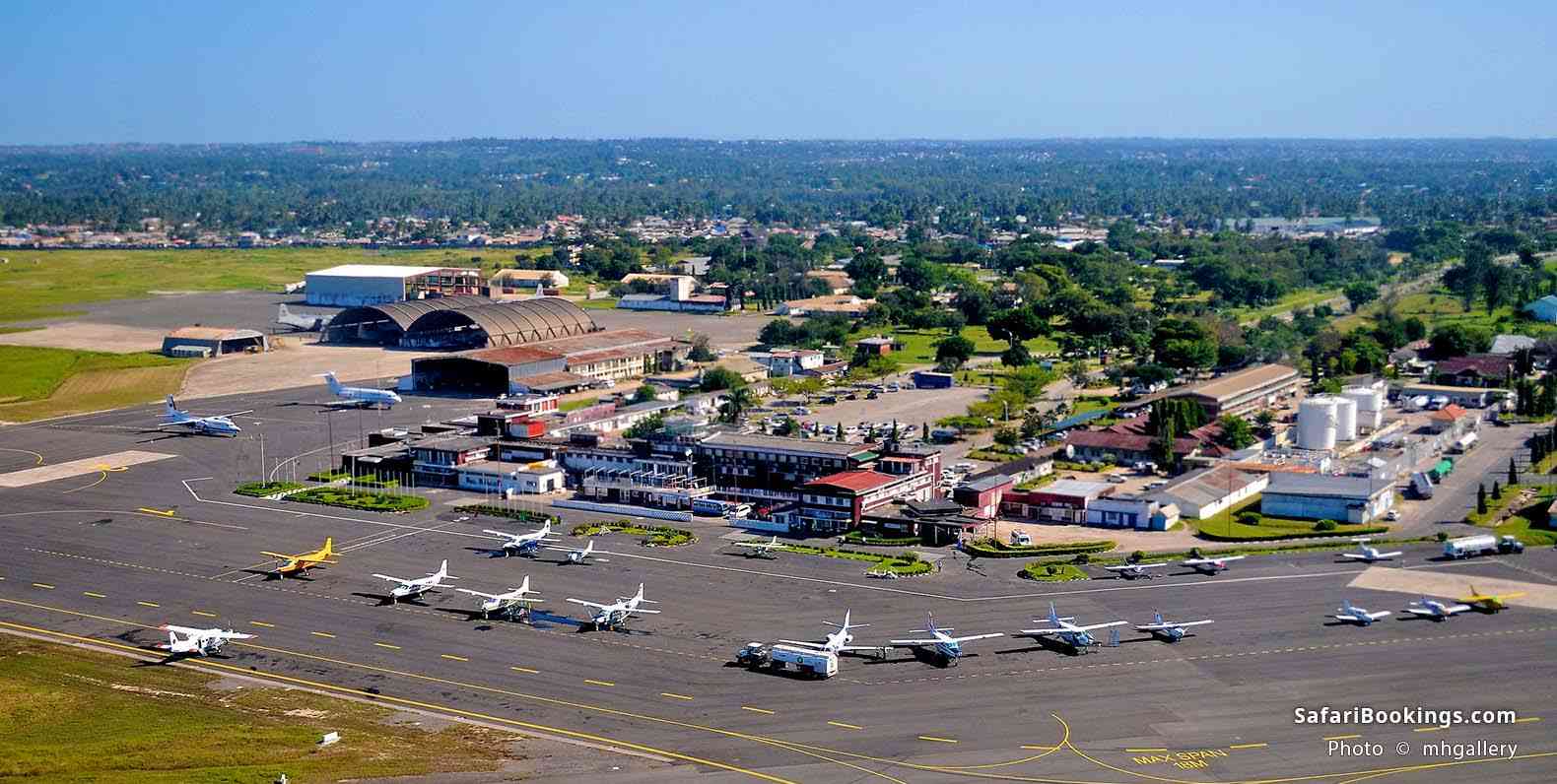
Nairobi is East Africa’s busiest hub, and it’s undoubtedly easier (and usually cheaper) to fly into Kenya’s capital than it is to reach Mt Kilimanjaro Airport (near Arusha) or Dar es Salaam. That said, it’s a question of degree and the difference between the two is rarely a deciding factor in choosing where to go on safari.
Want To Visit Kenya or Tanzania?
Click on the button below to compare Kenya and Tanzania safaris offered by top-rated tour operators.
About SafariBookings
SafariBookings is the largest online marketplace for African safari tours. Easily compare offers from top-rated tour operators. Make decisions like a pro by using our 103,581 reviews and 223 destination guides. More About Us
Safaris by Type
- Luxury Safaris
- Budget Safaris
- Gorilla Trekking
- Chimp Trekking
- Family Safaris
- Private Safaris
- Group Safaris
- Photo Safaris
- Overland Tours
- Camping Safaris
- Fly-in Safaris
- Walking Safaris
- Birding Safaris
- Self-drive Safaris
- Canoe Safaris
Most Popular Blog Posts
- Best Time for African Safari
- Best Safari in South Africa
- Family Safari in South Africa
- African Safari Tips
- Game Reserves Near Cape Town
- What to Pack for a Safari
- Best African Safari Parks
- Top 5 Best African Honeymoon Safaris
- Top 5 Best Tanzania Family Safaris
- Best Places to See Cheetahs in Africa
- How Much Does an African Safari Cost?
- Best Places To Visit In Africa in 2024
Blog Categories
African safari tours.
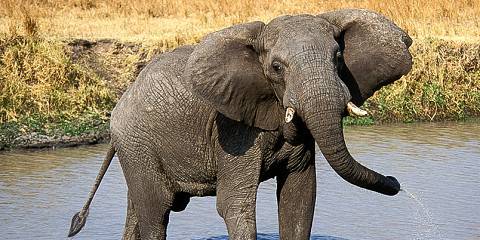
7-Day Experience Big Five Safari in Tanzania
$2,092 pp (USD)
Tanzania: Private tour Mid-range Lodge & Tented Camp
You Visit: Arusha (Start) , Tarangire NP, Serengeti NP, Ngorongoro Crater, Lake Manyara NP, Arusha (End)
Full Package Adventures
5.0 /5 – 61 Reviews

11-Day Serengeti and Zanzibar Safari
$3,905 pp (USD)
You Visit: Arusha (Start) , Foothills of Mt Kilimanjaro, Tarangire NP, Ngorongoro Crater, Serengeti NP, Zanzibar (End)
Safari Soles
5.0 /5 – 246 Reviews

7-Day Honeymoon Safari Adventure - Mid-Range
$2,019 to $2,057 pp (USD)
You Visit: Arusha (Start) , Tarangire NP, Serengeti NP, Ngorongoro Crater, Lake Manyara NP, Kilimanjaro Airport (End)
Kale Voyage Expedition
5.0 /5 – 14 Reviews
- Trade Register
- Tanzania versus Kenya – which /
Tanzania versus Kenya – which country is best for YOUR safari?
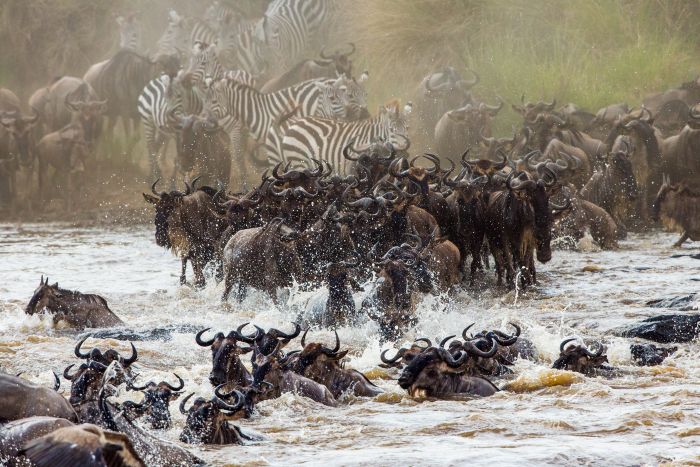
Tanzania or Kenya for your next safari?
Choosing between Tanzania or Kenya for your safari isn’t as clear-cut as you might think. But one thing is for sure: it is surprisingly difficult to combine both countries on one trip…
On the map it looks like you can just hop across the border from the Serengeti into the Masai Mara. But in reality, it’s not possible by road. Only if you’re doing a private fly-in safari, and even then it involves a detour to the Border control. If you have enough time (at least 2 weeks) you can opt to visit some Kenyan highlights, return to Nairobi to fly to Arusha, and then do a few days in Tanzania. But that ends up being a lot of driving. OR a lot of flights!
Thus nearly everyone has to choose between Tanzania OR Kenya…
Even before choosing between Tanzania or Kenya, you may also be wondering whether to go to East Africa OR Southern Africa ( South Africa, Botswana , Zambia & so on).
To help you with this, you might be interested in reading our article that outlines the differences between East Africa and Southern Africa safaris.
Migration plains
There are both similarities and differences in choosing a safari between tanzania or kenya. let’s briefly take a look at their similarities:, the similarities between tanzania and kenya.
- They share the Serengeti bio-sphere with its world-class game-viewing
- You will witness the Wildebeest migration in either country (but at different times, see below)
- Maasai culture is shared across both countries
- Swahili language is spoken
- You can combine “bush and beach” with a safari followed up with some R&R at a stunning tropical beach
- Road safaris are easily done in both countries
- Both have remote areas to explore (to get away from the inevitable crowds)
- They have the same broad climate
- Safaris are similar in price
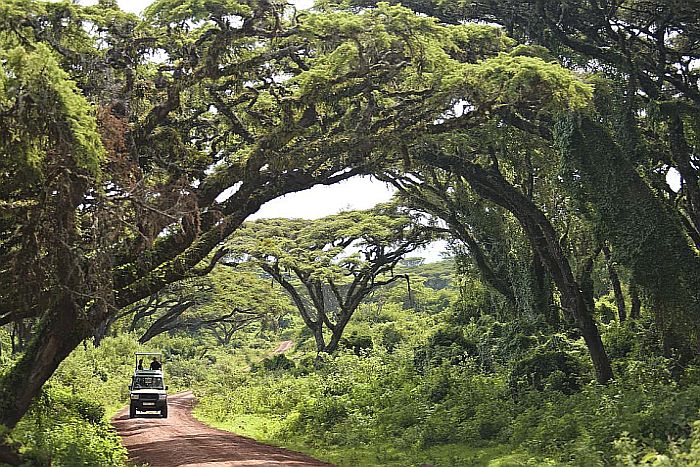
The Differences
- In Kenya, the majority of the migratory herds will be in the Masai Mara during August to October. But the mega-herds start crossing the Mara River somewhere in July
- In Tanzania, the migration is returns to the Serengeti around November, with the herds spread out between Tanzania and Kenya between September and October. In January to March the herds are in the south of the Serengeti to calf. Then they gradually start heading northward for the infamous river crossings in July and August
- One third of Tanzania practices the Muslim religion
- Kenya was previously a British Colony and so the lingering sense of colonialism is still around
- Tanzanian food is slightly spicier than Kenyan dishes
Luxury safari options
So now lets get down to brass- tacks…, if you are looking for distinct pros for either tanzania or kenya that’ll help you decide, here are a few to consider:, pluses for kenya.
- Kenya is generally a little cheaper due to higher park fees and government taxes in Tanzania
- There is a range of affordable accommodation options throughout the country
- Kenya also has better flight connections to rest of the world. Most people still have to fly into Nairobi and then transfer to Kilimanjaro or Arusha for Tanzania. So if you are short on time, you have less travelling at the start and end of your safari
- Also, the flights are cheaper into Nairobi as there is more competition
- Nairobi has much more to offer than Arusha which acts as the gateway into northern Tanzania
- Laikipia ranches are a unique Kenyan speciality – these colonial homesteads offer a very personalised experience combined with a range of activities from game drives, to bush walks, horse-riding to star-lit sleep-outs. These are often perfect for family safaris. Only Chem Chem offers a similar concept in Tanzania
- You can see the highly endangered Black Rhinos in Kenya
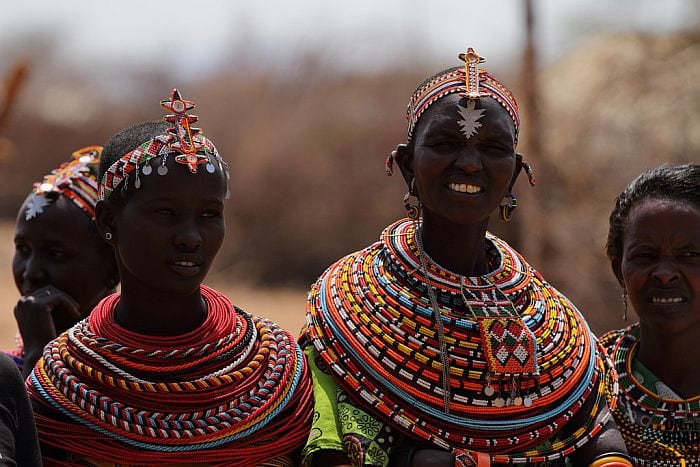
Download our Insiders Guide to Kenya Safaris
Co-founder & Director
Pluses for Tanzania
- The Great Migration is in Tanzania for many more months than Kenya so you have a greater chance of spotting it if outside of the peak season
- It is slightly less busy in the peak season (July to September)
- There is a greater diversity of landscapes (not just open savanna plains – you have the Ngorongoro Crater , Lake Manyara etc)
- Zanzibar offers island beach getaways
- You can also go Chimpanzee tracking in Tanzania
- It is easier to do a road circuit as the drives between safari destinations are shorter
- Tanzania is great for hiking with the Ngorongoro highlands and the rift valley escarpment
- Tanzania is home to the mighty Mount Kilimanjaro so some people like to combine a guided multi-day hike with a safari afterward
Discover the Serengeti
Download our guide to tanzania safaris.
Generally speaking, the similarities outweigh the differences. So it often comes down to personal preferences when choosing Tanzania or Kenya. However, the time of year will play a big part, especially if you are keen to see the migration.
- If you are keen to get out and walk during your safari trip, then Tanzania has the edge.
- If you like the idea of staying at a ranch in the bush (a la the Royal Family) and enjoy diverse activities in a stunning setting, then Kenya has you covered.
- Similarly, you might want to head to a remote corner of Africa to track chimpanzees – here Tanzania wins.
Probably the easiest option is to arrange a no-obligation chat with us so that you can mull over the options with someone who knows…
You might also be interested in some of our other blogs relating to these two countries:
How much does a tanzania safari cost 5 tops to bring down the safari cost plus a secret one.
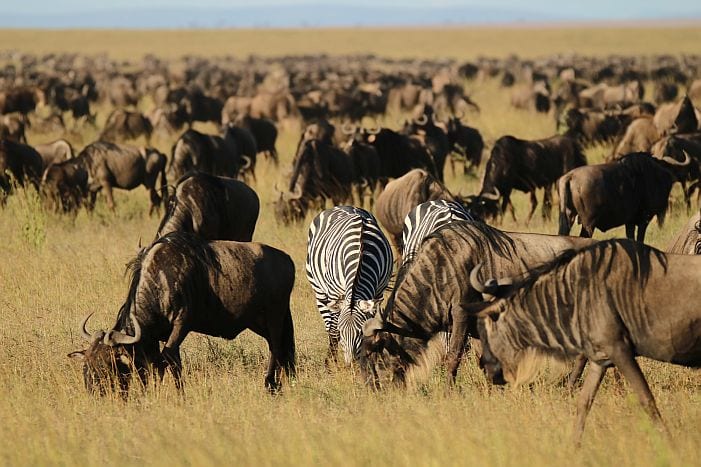
Best time to see the Wildebeest Migration
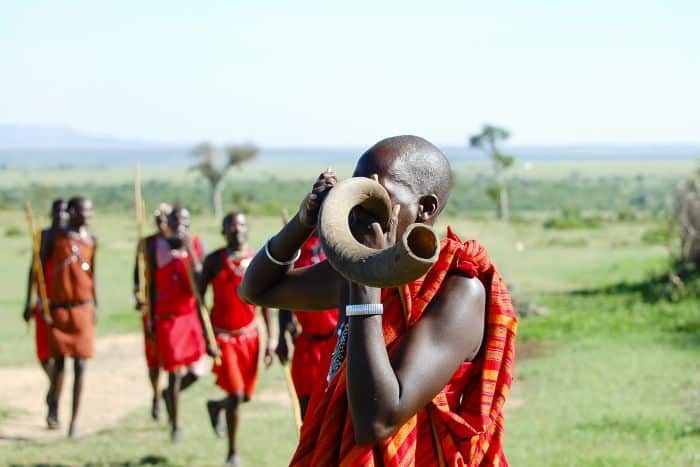
What is the cost of a safari in Kenya?
“tanzania versus kenya for your safari ” was written by cedarberg africa.
Cedarberg Africa is a specialist tour operator and safari designer for Southern and East Africa. We offer 16 different countries in Africa. And we are a family-run company with over 25 years of experience. We make our money through specially negotiated rates with the safari camps. So you will get the benefit of 1st hand safari experience at no extra cost …
Contact Us to start planning your safari to Africa…
Share this article
Related articles.
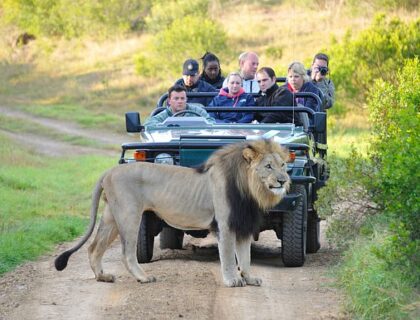
Safari Clothing in Africa - Top Tips for Winter
One of the most frequent questions we are asked is what safari clothing should we pack? So I attempt to address this question with a blog at the beginning of each season. As our answer does vary...
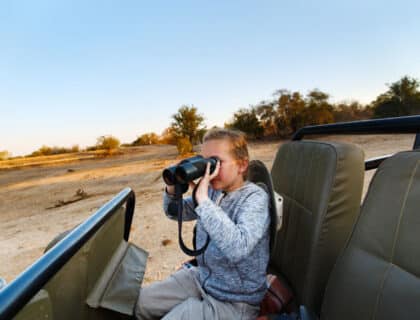
Our top picks for affordable family accommodation in South Africa
When it comes to affordable family-friendly accommodation in South Africa, overseas visitors really are spoilt for choice. The diversity of the country allows for a range of different experiences,...

Why & where should you safari in KwaZulu Natal?
“Where’s the best place to go on safari in South Africa” is a common question asked and it can be answered in one of two ways. The first way is to consider what is the likelihood of seeing the...
Book with confidence
This site is protected by reCAPTCHA and the Google Privacy Policy and Terms of Service apply.
Start planning
How it works, mari jacobs.
Africa Travel Specialist
Subscribe to our newsletter
Keen to get some more useful info about planning a dream safari? Enter your name and email below
- First Name *
- Last Name *
- Name This field is for validation purposes and should be left unchanged.
- Deutschland
Kenya or Tanzania: Which Wilderness Safari is the One for You?
Have you been dreaming of an Africa safari tour but can’t decide between Kenya or Tanzania? Let’s help you choose the perfect wilderness safari destination for your luxury African tours.
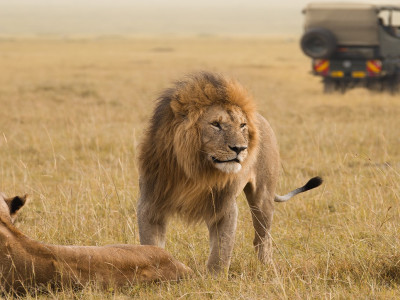
Vast rolling grasslands ringed by the towering snow-capped Mount Kilimanjaro , lush valleys criss-crossed by gushing streams, sprawling crater lakes and golden hills dotted by the occasional acacia – with thousands of wild animals roaming diverse terrains, Kenya and Tanzania have pioneered the concept of a quintessential African wildlife safari since the 1980s! At both countries you can go on the classic wilderness safari circuit or venture off the beaten path.
Given the sheer variety of experiences available, choosing between Kenya safaris and Tanzania safaris can be a daunting task. Let us make the decision easier by helping you plan the best African safari tours for you.
Kenya or Tanzania: Where the Wild Things are
Wild and wonderful kenya.
Step away from the urban jungle of Nairobi and Kenya offers you a treasure trove of landscapes and wildlife experiences. In its swampy marshlands, golden grasslands and bush landscapes interspersed with moringas and acacias, giants have roamed for centuries. With some of the best known national parks in the world, a Kenya safari offers an astounding concentration of big and small game amid relatively smaller, stunning national parks. Think acacia grasslands under Mount Kenya when you think of buffalo sightings, the lush green pastures of Amboseli for elephants, and the dry Savannahs of Tsavo East for lions and cheetahs. And let’s not forget that jewel in the crown of Kenya – Masai Mara , which offers some of the best opportunities to see the African big five in action.
With some of the best known national parks in the world, a Kenya safari offers an astounding concentration of big and small game in smaller concessions and reserves as well.
Typically, Kenya safari holidays begin in the spectacular dry deserts of the North, where the Adamsons raised Elsa the Lioness – a story documented through the book and film ‘ Born Free ’. In stark contrast to this heartland of native African species is the Masai Mara – your quintessential Africa of documentaries, this vast, awe-inspiring Savannah is where you can watch a wildebeest river crossing during the Great Migration . In the shadows of the Great Rift Valley, discover pink flamingos add an eerie glow to the waters of Lake Bogoria as zebras and wildebeest carefully skirt the shoreline. Or go off the beaten path in Laikipia – a rugged, hilly terrain punctuated by dense acacia bush which offers diverse experiences such as horse rides, camel treks and bush walks for the adventurous.
Or go off the beaten track to the private wildlife sanctuaries of Laikipia , exploring the rugged landscape on the back of a horse (or camel!). One of Kenya’s best-kept secrets, marvel at endangered rhinos , elephants, giraffe and a host of other wildlife on your game drives in Laikipia with no other soul around!
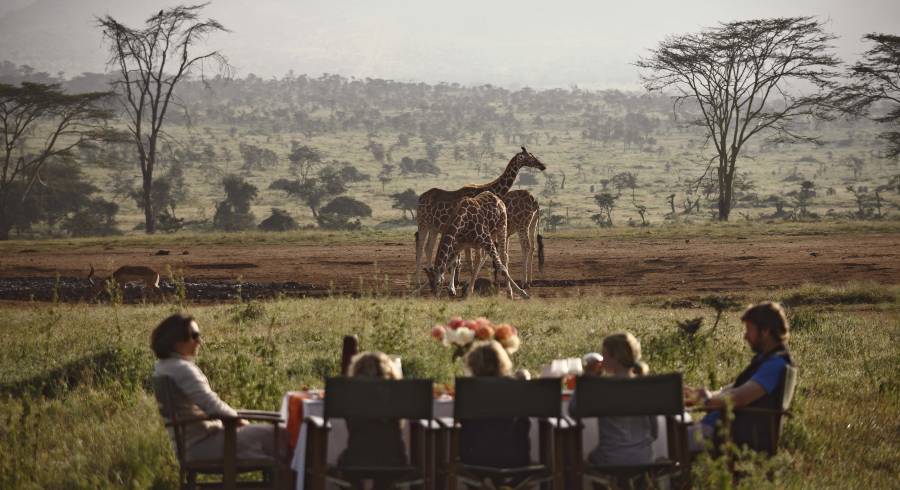
Whether you drive through, fly in on a chartered aircraft, or soar amid the clouds in a hot air balloon, Kenya’s national parks and community reserves guarantee unforgettable moments.
Tantalizing Safari Moments in Tanzania
A Tanzania vacation takes you to the heart of the African wild. Just outside the busy port city of Dar Es Salaam, await some of the largest national parks in all of Africa. Nestled in the shadows of snow-capped Mount Kilimanjaro and Meru, Arusha , the wilderness safari capital of Northern Tanzania is the perfect gateway to the country’s best known national parks. Just next door, the tall baobabs of Tarangire offer welcome shade from the scorching sun to huge herds (the largest in East Africa) of ambling pachyderms who are often found gathering at the river in the heart of the park. Many a smaller creature, including wildebeest, eland, gazelles and zebra, walk amid these grasslands that may be less known but are no less beautiful.
With fossilized evidence of life dating back three million years, Ngorongoro is truly the cradle of life.
Cozily ensconced by the Great Rift Valley, Lake Manyara National Park and Ngorongoro Crater on the other hand, offer a stunningly unique ecosystem that shelter the largest number of predators in Africa , apart from the African big five . With fossilized evidence of life dating back three million years, Ngorongoro is truly the cradle of life. Lake Manyara on the other hand, is just as famous for its intrepid tree-climbing lions , and over 400 species of birds !
Here, you can yourself in the lush, undulating landscape, stretching from escarpment to grass-laden escarpment, marveling at gentle pink flamingos, enjoying glorious sundowners by the lake, watching giraffe squat by the water and wildebeest flee in panic as baboons signal the arrival of large predators.
Further east, watch large families of lions go about their daily business chasing an astounding number of grazers—zebra, wildebeest, gazelle—over 10,000 square miles of seemingly endless plain dotted by occasional rocky outcrops at the Serengeti . While thousands of animals are easily spotted on any given day, it’s most famous for the Great Migration , when over two million animals, stalked by their predators, move en masse, in search of pasture and water.
To the south, enjoy rare, private wilderness safaris undisturbed by other vehicles at Ruaha , the largest Tanzania national park . And then there’s Selous , where nearly 10% of the world’s wild lions and numerous leopards, cheetahs and packs of wild dog, walk in vast plains dotted with occasional baobabs and palms that are typical of Central Tanzania.
As part of the same ecosystem, many of of your wilderness safari tours in Tanzania may seem similar to those in Kenya.
As part of the same ecosystem, many of of your wilderness safari tours in Tanzania may seem similar to those in Kenya. While just as many animals roam this vast land, in some parts of both countries such as Laikipia, Ruaha and Selous, tourists are few and far between. This is your exclusive and luxury African safari , with remote camps in pristine reserves that few visit. Meet the big five in the Serengeti , walk along the rim of the Ngorongoro Crater , watch hippos bubble underwater, or go on a Kilimanjaro trek with only a handful of fellow travelers – our destination experts are happy to help you find the perfect safari camp for you.
Kenya or Tanzania: The Best Safari Stays
Just as important as choosing the right wilderness safari destination is selecting the right accommodation for you. While Kenya and Tanzania both offer something to suit every budget, the location and experiences offered at each can vary considerably.
Often perched on the edges of popular Kenya national parks with wildlife casually strolling by, or set amid picturesque locales with easy access to superb game viewing opportunities, Kenya’s safari lodges and camps offer authentic and diverse experiences and plenty of opportunities to bond with fellow travelers over the day’s adventures.
From affordable luxury to the exclusive and high end, Kenya offers them all. Fancy waking up to the sight of giraffes gliding across the Mara, and then nibble on a homemade breakfast? We recommend Tipilikwani , where cozy, ensuite tents set on the fringes of a vast national reserve offer you every comfort of a home away from home. Or would you rather clink glassfuls of delicious champagne over stunning sundowners enjoyed from your sparkling infinity pool? Then the luxurious Angama Mara overlooking the Mara is just what you need.
Try fly camping in the Savannas, flitting from one location to the next, following in the trail of the wildlife.
Tanzania too offers accommodation to suit every safari enthusiast, especially near the more frequented national parks such as the Serengeti and the Ngorongoro Conservation Area . If you’re looking for a wilderness safari on a budget, we recommend the Serengeti North Wilderness Camp – overlooking the crocodile-infested Mara River, this is your front row seat to river crossings during the Great Migration! Or try fly camping in the Savannas, flitting from one location to the next, following in the trail of the wildlife.
Lesser-visited, remote national parks and conservancies of Tanzania on the other hand, are known for exclusive high end accommodation, such as those in the Selous Game Reserve . Nestled in the heart of wildlife-rich areas, camps such as Siwandu and Roho ya Selous offer blissful cocoons of luxury amid an untamed wilderness.
Kenya and Tanzania are both destinations of choice for holidaying with your kids.
With several family-friendly accommodations on offer, Kenya and Tanzania are both destinations of choice for holidaying with your kids. Most safari lodges and camps offer the option of private guided safaris , so even the young safari-goers with you can discover the local wildlife at their own pace.
Unique Things to do in Kenya and Tanzania
What can make or break a safari? Only the opportunity to live your safari dreams, of course! Despite their proximity to one another, safari experiences in Kenyan and Tanzanian game reserves can be surprisingly different. While watching river crossings during the wildebeest migration in Kenya can be a thrilling experience, Tanzania is just as special with the calving season at the end of the migration. So, before you decide on which wilderness safari is for you, consider what experiences you would prefer.
In the Ol Pejeta Conservancy of Kenya , set out lion tracking armed with antennas that alert you to the whereabouts of these sneaky big cats! Set out on a camel safari and tackle the plains of Laikipia, or go horseback riding alongside endangered rhinos! Ride through the golden grasslands of the Mara, and visit local villages where children welcome you with open arms. At the giraffe center, your time is well-spent watching these elegant creatures while enjoying a pleasant meal, and at the elephant orphanage, you can do your bit to help rescued babies literally find their feet! End with a beach vacation amid the swaying palms of pristine Diani – soaking in the sun and the surf, this is your perfect honeymoon safari !
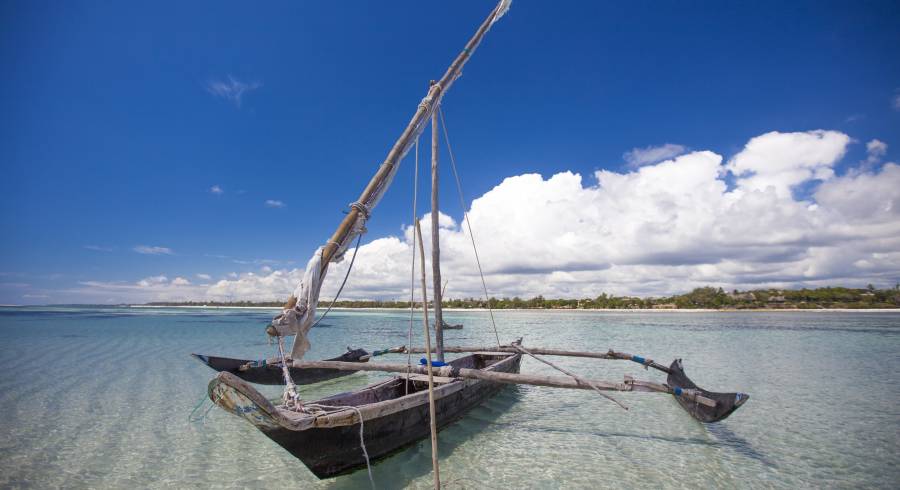
End your vacation amid swaying palms and clear blue waters of the pristine Kenyan Coast.
Pristine Diani Beach on the Kenyan Coast is ideal for your safari honeymoon.
Tanzania on the other hand, offers a wonderful combination of wildlife safaris and cultural encounters. Walk alongside gentle giants in Serengeti National Park or tackle the precarious pathway atop the Ngorongoro Crater. Climb Mount Kilimanjaro – the highest peak in all of Africa. Swim with whale sharks, snorkel in coral wonderlands or picnic on sandbars – your options are many. Or laze your days away on pristine Zanzibar beaches and your evenings aboard a cruising dhow by the azure waters of Pemba or Mnemba, soaking in the allure of the distant Spice Islands.
Soak in the allure of the Spice Islands as you walk, swim, snorkel, or cruise around Zanzibar.
Best Time to Visit Kenya or Tanzania
Long Rainy Season: March – June Winter: June – October Short Rainy Season: November – December Summer: December – March
Set in the tropics, temperatures in both Kenya and Tanzania are well over 20 ° C throughout the year, climbing up to 33 ° C in the hot months. The highlands, encompassing northeastern Tanzania and southwester Kenya, are relatively cooler, and in some regions temperatures may dip below 10 ° C during the cold months of June to August. It is best to visit Kenya and Tanzania during the dry months.
Travel Tip: Expect brief spells of rain and pleasant temperatures during the short rainy season. This is also the time when fewer tourists visit the national parks.
Click here for the best time to visit Kenya Click here for the best time to visit Tanzania
Great Migration in Kenya and Tanzania
December to March: Many a baby wildebeest is born in the southern Serengeti May to June: The herd splits up. While one group heads west to cross the Grumeti River, the other makes its way to the central Serengeti. July: The herd meets again in the northern Serengeti July to October: Over 1.5 million strong, the wildebeest herd makes its way to the Masai Mara. You can witness this spectacular journey in the northern Serengeti or at the Masai Mara Game Reserve.
Travel Tip: Experience the Great Migration from up close at the Mara Under Canvas Camp. This camp changes its location several times in a year, hard on the heels of the wildebeest herd. Your front row seat to the migration is guaranteed no matter when you travel!
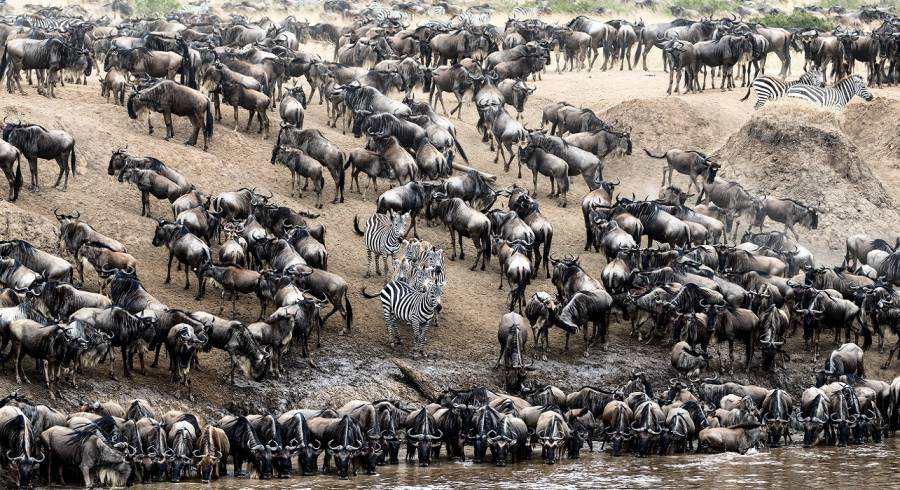
Read more about the Great Migration
Security in Kenya and Tanzania
The Both Kenya and Tanzania offer the same level of safety and security to visitors, with the exception of the border areas that are far from interesting travel destinations. Rely on your common sense and follow the basic safety rules and nothing can stand in the way of your relaxed safari vacation.
Read more about safety in Kenya Read more about safety in Tanzania
Cost of Safari in Kenya and Tanzania
Both Kenya and Tanzania offer safari experiences to suit all budgets and are among the most affordable safari destinations in Africa. In principle, Kenya may be less expensive than Tanzania, owing chiefly to the larger national parks in Tanzania. There is little or no difference in terms of accommodation and activities, with the same standards and prices on offer in the two countries.
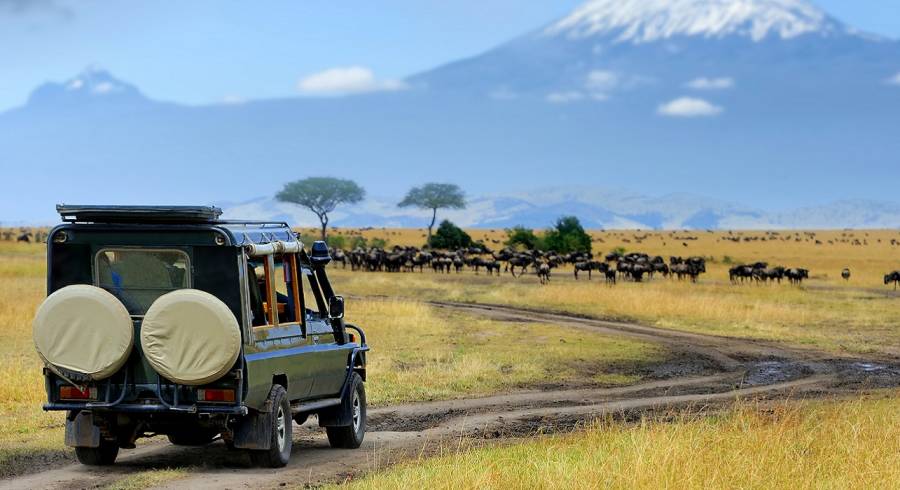
Similarities and Differences between Wilderness Safaris in Kenya and Tanzania
As part of the same ecosystem, the two countries are similar in terms of biodiversity. You will find the following wildlife in both countries:
The Big Five: Lion, Rhino, Elephant, Leopard and Buffaloes Other Animals: Zebra, Giraffe, Wildebeest, Antelope, Hippo, Crocodile
Plenty of bird and animal species wander freely through both Kenya and Tanzania.
Having recognized the potential of tourism early on, Kenya boasts better infrastructure compared to neighboring Tanzania. This is why travel in Kenya is often considered more comfortable. The distance between national parks is shorter in Tanzania, which makes it particularly attractive for family safaris as well as for first-time safari goers. In terms of animals welfare, Kenya is far ahead, but this is also because of the larger national parks in Tanzania which make it slightly more difficult to monitor wildlife activity.
Tanzania may have vaster reserves but traveling within them can take longer than in Kenya. Apart from popular destinations such as Ngorongoro Crater and the Serengeti, you will find few travelers on safari in Tanzania’s national parks.
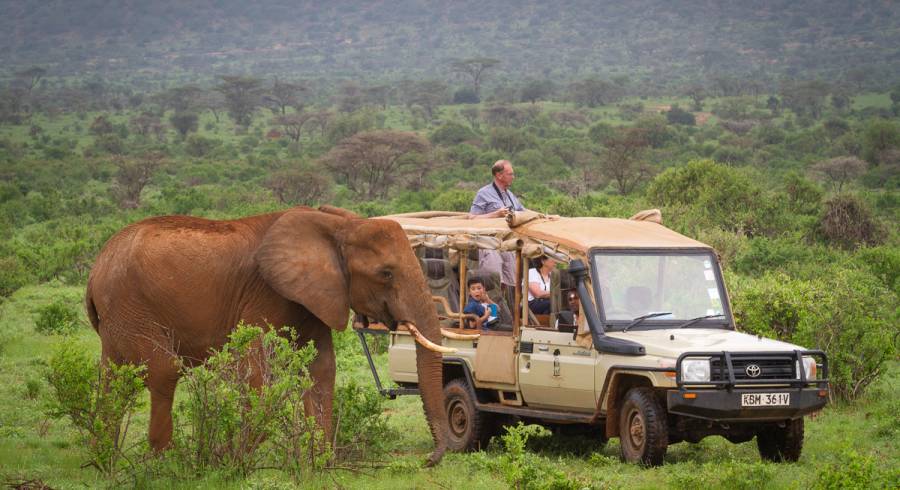
Kenya or Tanzania: Which wilderness safari is the one for you?
So where will you go for your African safari? We recommend a bit of both. With diverse landscapes and game drives on offer at each destination, combine your Kenya safari with a beach vacation at the Zanzibar islands. Or time your vacation to follow in the trail of the discerning wildebeest during the Great Migration , who travel to Kenya in July and return to the Tanzanian wild after a few months! Or enjoy a walking safari in Masai Mara and follow it up with a visit to the breathtaking Ngorongoro Crater. Whatever your wilderness safari style and preference, we are happy to customize it for you according to your specific interests.
Customize your private, safe and seamless safari in East Africa.
Recommended Tours
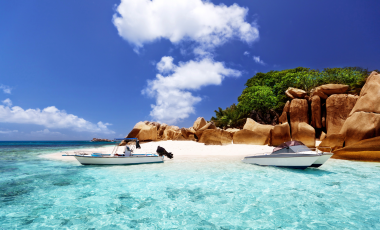
Seychelles: Mahe and Praslin Beach Relaxation
If you’ve been dreaming of sinking your feet in the sands of tropical beaches, this 8-day tour to Seychelles could be just the break you need. Mahe, the largest island, beckons with its rich culture, lush vegetation and stunning beaches. Hop over to the island of Praslin with its palm-fringed beaches and UNESCO-listed nature reserves….
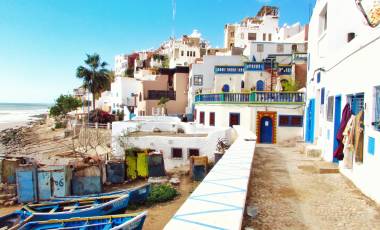
Southern Morocco and Coastal Gems
On this tailor-made Morocco vacation, discover beautiful southern towns, seaside villages and age-old customs on the Atlantic Coast. Beginning in Marrakech, take a private tour of the red city with an experienced local, exploring its busy souks and Arab and Jewish architecture. Visit the fortress city of Taroudant in the fertile Souss Valley, and discover…
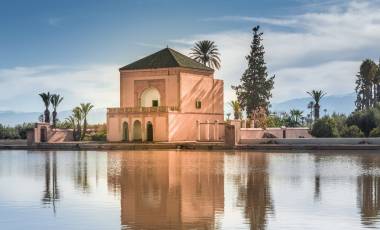
Morocco: Medina Magic and Beni Mellal
This week-long custom Morocco tour is your ideal introduction to the rich culture that thrives in the country’s ancient, Imperial cities. Explore cosmopolitan Casablanca with its bustling Central Market and the beachside suburb of Ain Diab on a private tour. In Rabat, marvel at the architectural grandeur of landmarks such as the Hassan Tower, along…
- Czech Republic
- Falkland Islands
- Latin America
- New Zealand
- North America
- South Georgia
- Kilimanjaro
- Adventure Travel
- Archaeology
- City Guides
- Itineraries
- Portrait Photography
- Tips and Advice
- Travel Photography
- Travel Stories
- Unhelpful Guides
- Wildlife Photography
- Work With Me
Kenya Vs Tanzania: Travel Experts Decide
When it comes to picking a destination for an African safari, for most first timers it usually boils down to a simple two-way choice: Kenya vs Tanzania.
Contents (click to view)
These two countries are the joint kings of the safari adventure; both have huge open savannas full of astonishing wildlife and accommodation to suit all styles and budgets, so if you’ve never been to either, choosing whether to base your safari in Kenya or Tanzania can be tough.
And don’t get me started on the non-safari attractions! Both countries have so much more to offer than just wildlife-spotting. With pristine white sandy beaches, turquoise seas, culture, landscapes and mountains to climb, both Kenya and Tanzania are dream travel destinations. So how do you choose between them?
I have been to both Kenya and Tanzania. On my first trip, I went to Tanzania for a month. I climbed Kilimanjaro , spent five days relaxing in Zanzibar, and then did a Tanzanian safari . I loved every second of it and would highly recommend a trip to Tanzania.
Then I went to Kenya for three weeks. I visited the Maasai Mara, the beaches at Vipingo and Diani, Ol Pejeta Conservancy and Tsavo National Park. I had an incredible time and can’t wait to go back.
So if you asked me to choose between a safari in Kenya vs Tanzania, I can’t! How do you pick between two places that are so incredible?
To help, I decided to ask some non-biased experts for advice. So I put the call out to travel bloggers and travel writers who have visited both countries, and asked them whether they would recommend Tanzania or Kenya for a first-time visitor. And here’s what they said…
Kenya vs Tanzania: which is best for safari?
Both Kenya and Tanzania are famed for their wildlife, and have plenty to offer. I’ve been on safari in both countries, and while they’re equally spectacular, when it comes to choosing between Tanzania or Kenya for safari, I find Kenya more alluring.
Even though Tanzania has one of the most well known national parks in the world, Serengeti National Park, Kenya’s efforts for wildlife conservation far surpass that of Tanzania. According to the Kenya Wildlife Conservancies Association , there are 160 conservancies in Kenya covering 6.63 million hectares. Kenya is also home to 24 National Parks, compared to Tanzania’s 19, one of which – Nairobi National Park – is the only National Park in the world located next to a major city.
One of these conservancies is Ol Pejeta in Central Kenya’s Laikipia County. What makes this conservancy special is it’s the home to the last two Northern White Rhinos in the world, Fatu and Najin. They are kept under 24-hour surveillance and there are efforts to save the species using IVF. Ol Pejeta is also East Africa’s largest black rhino sanctuary and home to The Sweetwaters Chimpanzee Sanctuary, a refuge for chimpanzees rescued from the black market.
The Great Migration is a draw to both Kenya and Tanzania, but the best place to view it is in Kenya’s Maasai Mara. This is where the wildebeest cross the Mara River in droves making for a true National Geographic moment for visitors.
By Retha Charette from Roaming Nanny
Read more: A Kenya Safari Holiday: How To Plan The Perfect Trip For You
Kenya or Tanzania: the national parks
When it comes to Kenya vs Tanzania, there is no wrong choice. Both countries are beautiful and have so much to see and do. We spent a week in Tanzania and two weeks in Kenya, but I would go back to either one of them right away if I could.
If you are choosing between a Kenya safari vs Tanzania safari, I would say Kenya’s safari parks have the edge. Tanzania has the Serengeti, but Kenya has the Maasai Mara. Both are part of the same territory – you can actually stand on the line between the two countries where the park splits and it changes names.
Choosing which country to visit may depend on when you want to go, as the animals are free to roam throughout both parks. We ended up seeing the wildebeest migration and Mara River crossing in Kenya since we visited during the time of year when they were in the Maasai Mara.
Read more: Behind The Scenes On Safari In Tanzania
The other park we loved in Tanzania was Ngorongoro Crater . This natural caldera with steep sides keeps the animals contained all-year round, so they’re easy to spot. It was the park where we saw the most adult male lions which helped, but even though there is no guarantee you’ll see lions, it definitely should be on your Tanzania itinerary .
In Kenya two of our other favourites were Amboseli and Samburu parks. Amboseli is said to be the inspiration for the scenery featured in The Lion King and went on my bucket list as soon as I saw that film. From here you can see Kilimanjaro towering over the elephants, which makes for an incredible sight. Amboseli is special because of the range of unique animals found only in that park. While most people know the traditional Big Five, Samburu also has its own Big Five to try to spot.
If you have some extra time in Kenya, make sure to also visit Hell’s Gate Gorge. This landscape inspired the scene in The Lion King where the wildebeest stampede, and you can hike down into the gorge. You have to worry more about flash flooding than wildebeests here though.
If I have to choose between Kenya or Tanzania for safari, I would probably say that Kenya offers the best safari in East Africa. We did see more of the country, so there is a little bit of an unfair advantage, but I loved the variety in all the parks we visited and exploring some of the things to do in and around Nairobi as well. However, if the Great Migration is in Tanzania while you are visiting, I would let that be the deciding factor.
By Christine Wheeler from Live Love Run Travel
Read more: 46 Amazing African Safari Animals – A Photo Guide
Non-safari things to do in Tanzania or Kenya
When it comes to non-safari activities to enjoy, there are two main options which are both fantastic: visit the coast or hike a mountain.
In Tanzania the main non-safari attraction is Mount Kilimanjaro – known as ‘the roof of Africa’. Kilimanjaro is a bucket list item for many serious hikers and attempting to climb this giant really is a serious undertaking that takes some concerted training efforts, mostly because of the altitude. This is a seriously once-in-a-lifetime kinda trek!
If you don’t fancy Kilimanjaro, Tanzania is also home to Mount Meru and Ol Doinyo Lengai volcano – both of which, while smaller than Kilimanjaro, present their own challenges.
Over in Kenya, Mount Kenya is still a tough hike, but takes less preparation and is therefore an easier option for many, whilst still involving some epic views.
When it comes to the coast, both Kenya and Tanzania have some seriously spectacular seaside scenery.
The best spots on the Kenyan coast include the beachside resort of Diani, the alternative enclave of Kilifi and the remote island spot of Lamu, all of which offer white sandy beaches and Indian ocean splendour.
However in Tanzania, the coastal island of Zanzibar knocks it out the water with its amazing UNESCO-listed capital of Stone Town and the incredible diving opportunities in Paje, as well as beachside paradise in the north. Rich in Swahili culture, historic importance and stunning natural scenery, it’s hard to beat this uniquely epic destination.
Overall therefore, when it comes to Kenya vs Tanzania in terms of non-safari things to do, I have to pick Tanzania. With Africa’s tallest mountain and one of the most epic islands on earth, it takes some beating!
By Steph Parker of Big World Small Pockets
Read more: What To Wear On Safari: My Detailed Safari Packing List With Photos
Kenya vs Tanzania: getting around
Kenya and Tanzania offer much the same ways of getting around and demand similar safety considerations, but there are some key differences in infrastructure between the two countries. The most notable difference is that public transport is more readily available in Kenya and tends to be of a better quality.
Both Kenya and Tanzania offer good air travel between cities, with frequent flights and a smooth process. There are a number of small airports and airstrips within national parks for safari access in both countries. Trains in Kenya tend to be relatively fast, while trains in Tanzania are slow and can be unreliable with frequent delays. Nevertheless, Tanzanian train journeys are scenic and make for a fun cultural experience!
In both countries, the driving conditions are very similar. The roads have improved considerably in recent years, but they can still be quite sketchy once you get outside of the more built-up areas. You’ll probably come across a lot of potholes, and the roads are not well-marked in either country.
You can rent a car but you’d need to be a very confident driver as it’s likely to be a very different driving experience to what you’re used to. Taxis and minibuses will save you the trouble but they can be expensive. Buses are the cheapest way to get around in both countries, but they don’t have particularly good safety credentials!
In terms of accommodation, Tanzania has slightly fewer options but this also means smaller crowds and fewer tourists overall. The cost of accommodation in Kenya is generally more expensive than in Tanzania. All in all, due to being a richer country, Kenya is slightly further ahead in terms of its travel infrastructure. But the differences aren’t huge and more limited travel options bring their own unique advantages.
By Jessie Moore of Pocket Wanderings
Read more: How To Climb Kilimanjaro In 10 Steps
Which has the best beaches: Kenya or Tanzania?
One of life’s greatest privileges must be swimming in the Indian Ocean off the coast of Kenya or Tanzania.
The good news is that both offer beautiful beaches with turquoise waters and soft white sand. Which you pick really depends on whether you want to be relaxing on a beach with lots of resorts and many western conveniences or if you prefer a more authentic experience.
So when it comes to choosing between the beaches of Kenya or Zanzibar in Tanzania, to which country should you bring your bathing suit and sandals ?
In Kenya, the area around Mombasa and 30 kilometres both north and south from there, is home to the majority of beaches in Kenya. There is a wide variety of options, making Kenya safari and beach holidays extremely accessible and popular.
You can find luxury resorts and private homes tucked away in private settings or more budget-friendly larger resorts located in busier areas. Mombasa has an international airport and lots of roads and infrastructure to make this an easy beach destination.
Tanzania also offers many pristine beach destinations, although they are far less developed. This gives you the advantage of a more remote authentic experience at the expense of fewer western conveniences in resort towns.
The exception is Zanzibar, an island 395 km off the coast of Tanzania. Zanzibar has many beautiful and remote beaches with their own resorts, but also has the cool city of Stone Town to explore.
You can stay close to Stone Town, or head elsewhere on the island for that remote experience. Zanzibar also has an international airport or can be reached by ferry from Dar Es Salaam.
In a choice between beaches in Kenya vs Zanzibar in Tanzania, I would pick Kenya for its accessibility and the wide variety of choices available.
By Nicole Hunter of Comfy Feet Pro
Read more: Is Cardamom House In Vipingo The Best Beach Hotel In Kenya?
Tanzania vs Kenya: the cost of travel
Is Kenya cheaper than Tanzania? Kenya and Tanzania, despite being neighbours, have a huge difference in prices and the cost of travel varies a lot.
Kenya is considerably cheaper compared to Tanzania in almost every aspect, from food to tours to safari and spending money in the coastal areas. A lot of it comes down to the huge amounts the government of Tanzania charges to foreigners for entry fees and other taxes.
A 3-day decent safari in Kenya with good lodging options currently costs from $600 whereas the same safari with camping costs roughly $900.
In Tanzania, one of the biggest attractions, Ngorongoro Crater , has twofold fees where you pay the entry fee for 24 hours and then you will need to pay for your jeep as well as an extra $250 charge to go down into the crater. Similarly Kenya’s Maasai Mara and Tanzania’s Serengeti have different charges per day despite being essentially the same national park on different sides of the border.
Read more: Top 50 African Birds: A Safari Photo Guide
A car rental in Kenya during peak season costs roughly $65 with the driver (fuel costs separately) whereas the same thing costs $120 in Tanzania.
The extent to which tourism is taxed in Tanzania is truly unique, the government even taxes the transfer cars to and from airport. A taxi transfer in Zanzibar starts at $50 whereas a transfer from the airport to Lamu in Kenya costs merely $5. Zanzibar also has a city tax of $11 per person per night which adds to the cost of accommodation.
If you’re wondering is Kenya or Tanzania better for safari when it comes to budget, Kenya is the best option without a doubt.
By Ucman Scher of Brown Boy Travels
Read more: Top 34 African Birds: A Safari Photo Guide
Kenya: hidden gems
I grew up in Kenya since my parents lived as ex-pats for much of their adult life. So I know first hand that Kenya and Tanzania are both amazing places to visit.
Everyone knows about the absolutely incredible safaris and resorts but few tourists venture to the many other amazing places to visit in Kenya and Tanzania. Growing up as locals in Western Kenya, we spent more time visiting the non-touristy attractions of Kenya . These are hidden gems that only locals know about. Here are a few of my favourites.
The tea gardens of Kericho feature rolling hills covered in lush green tea bushes, neatly organized in rows. Kericho has the cool mountain air all year and rain every afternoon. It’s just the place to be for a warm afternoon tea with baked treats in one of the cafes. If you have time, take the kids to one of the few tea factories and see how simple yet sophisticated the tea making process is. Be sure to buy Kenyan tea at the source. It’s the best.
Other favorites of mine are the lush forests of Kaptaghat, the Webuye waterfalls, Kakamega forest, and Lake Victoria. On the drive from Nairobi to the western Kenya, you’ll drive through the great Rift Valley and cross the equator. Plan to take the time to stop, smell the crisp and fresh mountain air and take lots of pictures. All along, make an effort to talk with the locals, you’ll be surprised how friendly and warm the Kenyans are.
For a traveler that has not been to either country and is wondering is Tanzania better than Kenya, I would recommend visiting both. While there is a lot of similarity, both offer unforgettable experiences unique to the culture.
By Jyoti Baid of A Story At Every Corner
Culture, food and drink in Tanzania
If someone asked me to choose between Tanzania vs Kenya, I’d choose Tanzania because it has so many attractions that are worth exploring.
To better understand the Tanzanian way of life, I highly recommend a homestay in one of the villages off the tourist trail, either in mainland Tanzania or in Zanzibar. You can experience how people live around Kilimanjaro, in villages covered in red sand and surrounded by green, lush, vegetation, or in Zanzibar you can enjoy day-to-day life in a fishing village. They are both fantastic learning experiences.
When it comes to getting away off the beaten track, the north of Tanzania has so many beautiful things to offer, from swimming in hot springs to hiking to hidden waterfalls, from kayaking on a lake dividing the border between Tanzania and Kenya to spending the night in a Hadza speaking community where people click when they speak. You can even get clothes tailored in Tanzania. There are so many talented tailors in Moshi that will transform the vibrant African fabrics into elegant dresses and skirts in just a couple of days.
Another fantastic thing to do in Tanzania is learn about the Maasai culture. My recommendation would be to go on a day trip to a Maasai tribe , rather than just stop for an hour during your safari. The difference is that due to the popularity and the increased number of tourists coming to Tanzania, many of the Maasai tribes along the safari routes have become extremely money-orientated, losing their authenticity. There are Maasai villages in remote areas hard to get to, close to Kilimanjaro Airport, where you can experience the real culture of the tribe.
When it comes to food, Tanzania surprised me with delicious dishes, both for meat lovers and vegetarians. The staple dish of Tanzania is ugali, a white maize porridge-like dish, with a stiff texture, used to scoop sauces and stews from the plate. Other fantastic dishes to try in Tanzania are pilau – a spiced rice eaten as a side dish, banana and beef stew, mishkaki – delicious meat and vegetable skewers mostly served as street food, and chipsi mayai – a French fries omelette eaten with loads of ketchup. When you visit Zanzibar, you must try the seafood platters. They are expensive but worth every penny, with enough fish and seafood to share with at least one other person.
When it comes to drinks, Tanzania is the second largest wine producer in sub-Saharan Africa, after South Africa. The grapes grown here are processed into two main categories: a delicious bold, spicy red wine, and the most delicate natural sweet dessert wine.
I highly recommend visiting Tanzania. It has so many beautiful places to see, traditions to discover and fantastic people to meet. Tanzania is so much more than a safari or a beach destination and I highly advise on adding an extra week to your holiday here so that you can get a glimpse of what the country has to offer.
By Joanna from The World In My Pocket
Is Kenya or Tanzania safer?
Declaring one country definitively “safer” than the other is tricky. Both Kenya and Tanzania are generally safe for tourists, particularly in popular safari areas. However as with travel in any country in the world, even your home city, some risks still exist.
- Past incidents: Kenya has experienced more terrorism-related events, though their vigilance has likely improved security.
- Specific areas: Avoid Kenya’s northern borders with Somalia, Ethiopia, and South Sudan due to potential instability. In Tanzania, steer clear of the southern border with Mozambique and avoid venturing far into the Indian Ocean due to piracy concerns.
- General precautions: As in any travel, exercise common sense. Be mindful of belongings, use reputable transportation, and stay informed about current events. Remember, both countries prioritize tourist safety within their safari industries, so if you’re on a normal safari holiday in Tanzania or Kenya, you’ll likely be fine.
Is Tanzania or Kenya better for the Great Migration?
The Great Migration is the largest terrestrial animal migration on Earth, involving over 2 million wildebeest, zebra, and gazelle journeying between the Serengeti in Tanzania and the Maasai Mara in Kenya. So if you want to see it, where should you go?
Tanzania offers a longer viewing window – you can see the herds throughout most of the year, with different areas hosting them depending on the season. The Serengeti can also offer a less crowded and more secluded safari experience. Head to Tanzania if you prefer longer viewing opportunities and fewer crowds.
In Kenya, the Masai Mara offers a denser concentration of animals, particularly during peak season (July to October), making sightings and amazing safari photography more likely.
The Masai Mara is generally more accessible and cheaper, with better infrastructure and amenities. Pick Kenya for easier access and higher concentrations of animals.
Kenya vs Tanzania: the winner!
So there you have it! As many different viewpoints as there are things to do, and it really depends on what you are looking for.
If budget is an issue, you’re probably better off going to Kenya for your first safari. But if you want to get a bit more off the beaten track, maybe Tanzania is the one for you. If you’re into mountains and hiking, pick Tanzania.
For relaxation, both Kenya and Tanzania have amazing beaches, so it depends if you prefer fancy resorts or something a bit more culturally authentic.
But since both countries have incredible wildlife, scenery, culture and beaches, it doesn’t really matter which one you pick. Either way, you’re going to have an incredible trip.
Where to next?
If you enjoyed this Kenya vs Tanzania comparison, why not check out some of my other Africa safari posts?
- A Kenya Safari Holiday: How To Plan The Perfect Trip For You
- What To Wear On Safari: My Detailed Safari Packing List With Photos
- Ol Doinyo Lengai – Climb The Mountain Of God
- How To Climb Kilimanjaro In 10 Steps
- 28 Brilliant Things To Do In Uganda
- Chobe Safari Lodge In Botswana: A Complete Review With Photos
Liked this Kenya and Tanzania post?
Why not Pin It for later using the handy graphic below, or use the share buttons to share on your favourite social site. Every share helps support my blog and is very much appreciated, thank you!
Bella is a multi-award-winning travel writer, wildlife photographer and science and history documentary director from London. Among many awards and nominations she won Blogger of the Year at the British Guild of Travel Writers’ Awards 2023 and Best Photography at the Travel Media Awards 2020. Her work has been published by National Geographic, Wanderlust, and BBC Travel among others. Her films have been shown around the world including on the BBC, Discovery and PBS.
Further Reading...
25 Spectacular Travel Photography Destinations (With Photos)
Kilimanjaro Rainforest Zone: Lemosho Route Day 2
Which Is The Best Botswana Safari Lodge? My Favourites With Photos
The 8 types of penguins in antarctica: a photo guide, an unhelpful guide to… tepoztlan mexico.
Some of the links on this site are affiliate links. This means that if you click through and make a purchase, I will earn a small commission at no additional cost to you. Passport & Pixels is a participant in the Amazon Services LLC Associates Program. As an Amazon Associate I earn from qualifying purchases.

Kenya vs Tanzania – Which is the Best Country to Visit?
Kenya vs Tanzania, which country do I choose? Which one is better?
I get asked this a lot, especially when people are trying to choose between a safari in the Masai Mara in Kenya and the Serengeti/Ngorongoro Crater in Tanzania – which is one of the reasons why I do a Rock My Adventure tour that goes to all three.
Kenya and Tanzania are both are incredible countries to visit, as they have so much to offer and there are options for all budgets and travel styles. Each country has an abundance of national parks, plus lots of other attractions, so many people find it hard to choose between the two.
The two main draws for safari in this region are the Masai Mara in Kenya and the Serengeti in Tanzania.
Both parks are part of the same eco-system, so when deciding where to go, you may want to look at a few other factors, such as the national parks, the time of year, the wildlife, the wildebeest migration, cost and what else the countries have to offer.
So in this post, I’m going to weigh up the great things about both countries and give you my honest opinions to help you make up your mind on whether to visit Kenya or Tanzania!
Please Note: Some of the links in this post are affiliate links, which will earn me a small commission at no extra cost to you. Affiliate sales help with the running costs of this site, so thank you for your support!
Table of Contents
Kenya or Tanzania – Which is the Best Country for Africa Beginners?
When it comes to Kenya vs Tanzania for beginners, overall, I’d say that Kenya is a bit more ‘Westernised’ compared to Tanzania and English is more widely spoken in Kenya than in Tanzania, but you’ll find that all guides and most people can speak English to some degree unless in very rural areas.
Both countries are generally very safe for travellers and crimes against tourists are low, however, you need to exercise caution, especially in the major cities, such as Nairobi, Mombasa and Dar es Salaam.
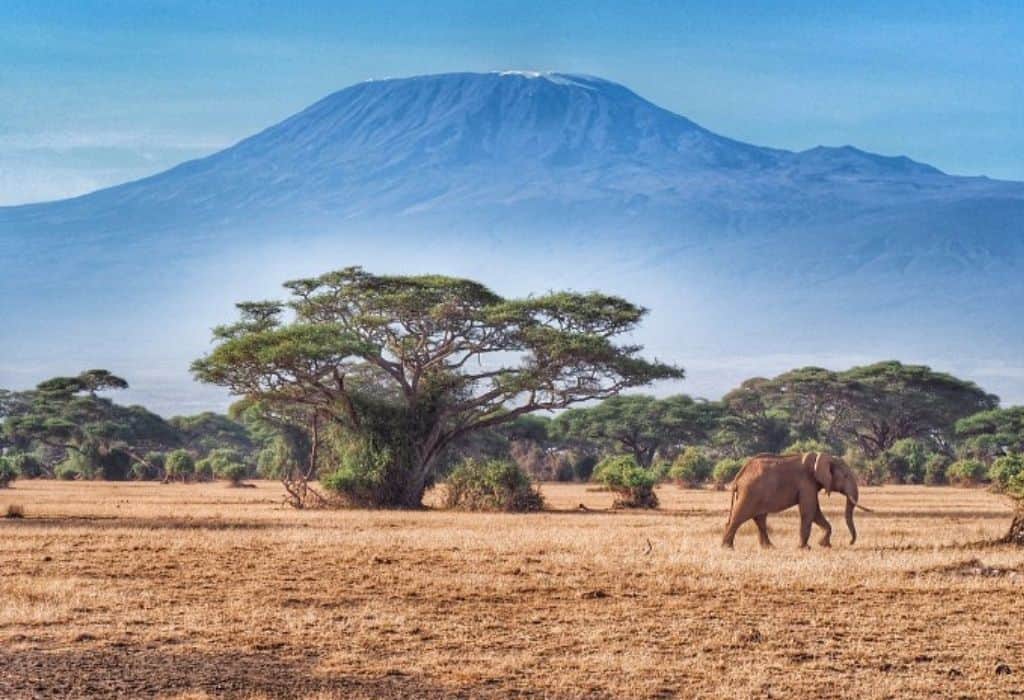
Kenya vs Tanzania – Which Country Has the Best Safaris & National Parks?
Kenya national parks.
Kenya’s most famous national park is the Masai Mara. Now, I marginally prefer the Masai Mara over the Serengeti. The Mara is smaller and feels more intimate.
Taking a trip to the Masai Mara can easily be combined with Lake Nakuru (famous for flamingoes and white rhinos) and Hell’s Gate (famous for cycling safaris). Then there’s Nairobi National Park which is famous for rhinos and being the only national park to be located next to a major city, making for a very different experience.
Heading towards the southeast, on the other side of Nairobi and close to the Tanzanian border, is one of my favourite safari destinations, Amboseli National Park . What makes Amboseli so amazing, is that it is home to a large elephant population and it lies at the base of Mount Kilimanjaro, which creates an incredible backdrop for your photos.
Travelling onwards towards Mombasa, you’ll pass through Tsavo East and Tsavo West National Parks and just outside of Mombasa lies pretty Shimba Hills, which is full of wildlife, however, it’s very densely forested so the animals are a little trickier to spot.
To the north of Nairobi, there’s Aberdare National Park (with wildlife and tea plantations), Ol Pejeta Conservancy (I absolutely love Ol Pejeta, which is famous for rhinos) and Mount Kenya National Park. And if you continue further, you’ll reach Samburu National Reserve, one of the highlights of northern Kenya .
Samburu is home to the ‘Special Five’ the reticulated giraffe (also known as the Somali giraffe), Somali ostrich, Beisa oryx, Grevy’s zebra and the gerenuk as well as having a healthy lion, leopard and elephant population.
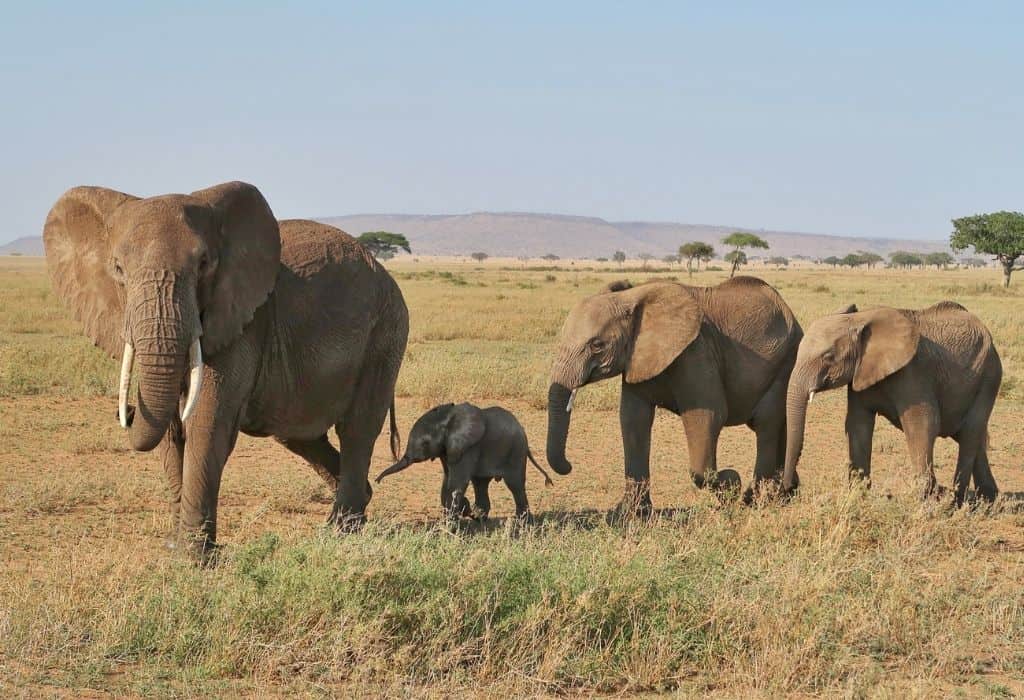
Tanzania National Parks
Kenya may have an impressive selection of national parks, but then so does Tanzania, not quite as many, but they’re not far behind.
Taking a trip to the Serengeti can easily be combined with the Ngorongoro Crater , Lake Manyara (famous for tree-climbing lions), Tarangire (home to one of Africa’s highest concentrations of elephants) and Arusha National Park which together make up Tanzania’s Northern Safari Circuit.
Further south, we have the Southern Circuit, which lies in the area of the country between Dar es Salaam and the Mbeya, near the Malawi border. This comprises Selous Game Reserve, Mikumi National Park, Udzungwa Mountains National Park and Ruaha National Park. On this route, you’ll also pass through the Valley of the Baobabs.
There’s also lesser know Saadani National Park which lies on the coast between Bagamoyo and Tanga, right on the Indian Ocean. This is a good place to see greater kudu, sable antelope and red duiker.
One thing Tanzania does have that Kenya doesn’t have is wild chimpanzees in Mahale Mountains National Park on Lake Tanganyika, where Jane Goodall did most of her research. The only downside is that it’s a pretty difficult place to get to (you can only go so far by road and then you have to take a boat which is super expensive) or you can also take a charter bush flight.
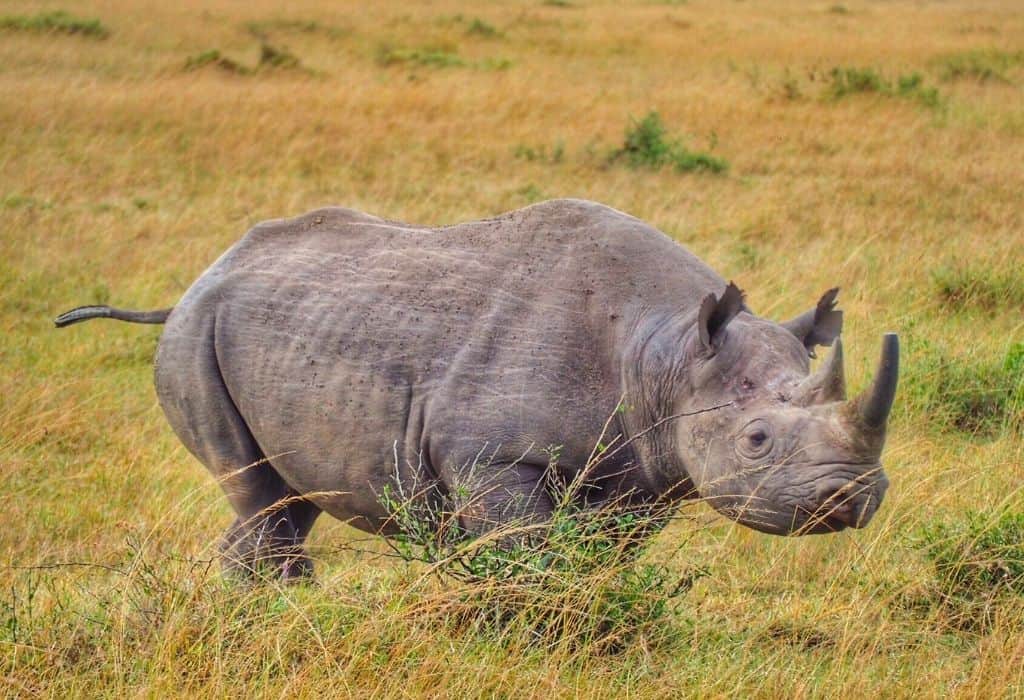
Safaris, Wildlife & Where to See the Big Five
Both Kenya & Tanzania have an abundance of wildlife, so you can’t really go wrong with either.
You can see the Big 5 (elephant, lion, cape buffalo, leopard and black rhino) in a number of locations in both Kenya and Tanzania. But not all parks have the Big 5, so check before you book to make sure you’re not disappointed.
Lions, buffalo and elephants are frequently spotted in both Kenya and Tanzania in lots of different parks.
The Masai Mara is home to all of the Big 5 and whilst they say that the Big 5 are present in the Serengeti, I’ve never seen a black rhino there (and I’ve been to the Serengeti a lot). However, there are black rhinos in the Ngorongoro Crater, so if you combine the two, which most people do, you may be able to see one.
My best sightings of black rhinos have been in the Nakuru, Ol Pejeta (you are guaranteed rhino sightings in Ol Pejeta), the Masai Mara (I’ve seen them up close here a few times) and the Ngorongoro Crater (albeit from a distance most of the time). Rhinos are also common in other parts of Kenya, including Nairobi National Park.
My most frequent leopard sightings, however, have been in the Serengeti. But they’re usually far away. I’ve only seen a leopard once in the Masai Mara, but it was very close.
If I had to vote for the best place to see the Big Five.. I’d say Kenya!
The Weather & the Best Time to Visit Kenya & Tanzania
One super important factor when planning your safari to Kenya or Tanzania, is the weather. Kenya and Tanzania are quite similar, with long rains and short rains, and cool and hot seasons.
The problem we have now is that weather patterns are becoming more and more unpredictable, but here’s the general lowdown on when to visit Kenya & Tanzania (there will be some variations depending on the region so check before you go).
January & February
This is usually the hot, dry season. You may still experience some rain, but it’s not that common. On the coast, it can be pretty humid.
This is a great time to see the wildebeest calving in the southern Serengeti and Ngorongoro Conservation Area, as the predators are really on the hunt for all the newborn babies. Bit horrible, but usually eventful.
March, April & May
This is when the long rains occur. It’s often cloudy and temperatures can be cool. Some roads might be muddy and flooding can occur. On the plus side, you might get cheaper rates across both countries as it’s low season.
June, July, August, September & October
These months are generally the dry, cool season. This is my favourite time to visit Kenya & Tanzania (temperature-wise) as I’m not fond of humidity.
It’s usually sunny, with little rain, hot on the coast, but not too humid. This is also the main high season.
Inland, it will usually get warm in the day, but early mornings and evenings can be cool, especially in places at altitude like Nairobi, Arusha or the Usambara Mountains.
Early mornings on safari can get really cold, I mean REALLY cold – as in down jacket, hat, thick socks kind of cold.
It’s coldest in July & August and starting to get warmer into September and October.
November & December
The time when the short rains usually make an appearance. It’s still a nice time to visit, but with intermittent rain and can be quite hot and humid. The rain shouldn’t really affect your visit.
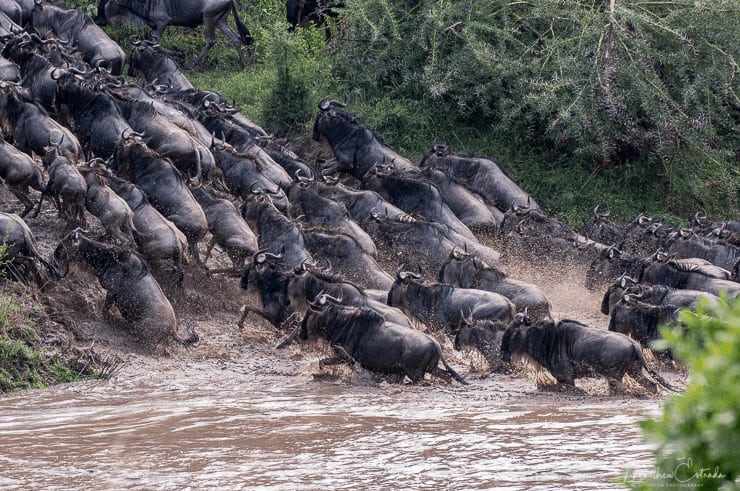
Where & When to See the Wildebeest Migration in Kenya & Tanzania
If you are hoping to see the Wildebeest Migration in the Serengeti or Masai Mara, you will need to plan your safari around where the migration is at a particular time.
Both parks are in the same ecosystem, so the animals move freely over an invisible, man-made border. The animals can go where they want but people can’t – unfortunately, the border crossing that lies within the parks is not open, so you have to go out of the parks and around if you want to get from one to the other which is a bit time-consuming.
The migration is always a little unpredictable, as the herds follow the rains, so nothing is guaranteed unless you splurge on a high-end mobile safari that moves with the animals.
January, February & March
During this time the wildebeest move down to the southern part of the park, near to the Ngorongoro Conservation Area and the entrance to the Serengeti.
Wildebeest calving season takes place between late January and February where around 8000 wildebeest are born every day which drives the predators wild.
April & May
This is a bit of a transitional time for the herds, as well as the main rainy season. They’ll be making their way upwards and along the western corridor up towards the Grumeti River.
June to July
Towards the end of June, the herds start to gather in the northern Serengeti, ready to make the crossing over to Kenya. This is a great time to be in the northern Serengeti.
August, September & October
This is the peak season and a very good time to spot the migration in the Masai Mara or just south of the Mara River on the Serengeti side. At this time of year, the herds are crossing over from Tanzania into Kenya, taking their chances in perilous rivers and trying to avoid being eaten by crocodiles. It’s pretty spectacular when you see a crossing.
If you are planning to visit the Serengeti at this time, you will need to do a more expensive fly-in mobile tented camp/lodge safari or take a longer driving safari.
So, if you’re coming from Arusha or Moshi plan to do a safari for at least 5 or 6 days on safari to allow you the time. Most shorter safaris only get you as far as the Central Serengeti. Check with your safari operator.
However, the Masai Mara is quite a lot smaller, so you should be able to see the migration (season permitting) regardless. And if you’re really lucky, you may even see a river crossing.
Another transitional period as the herds are moving back from the Masai Mara to the Serengeti and tend to be spread out throughout the north and eastern Serengeti, moving down towards the Ngorongoro Conservation area ready for calving season.
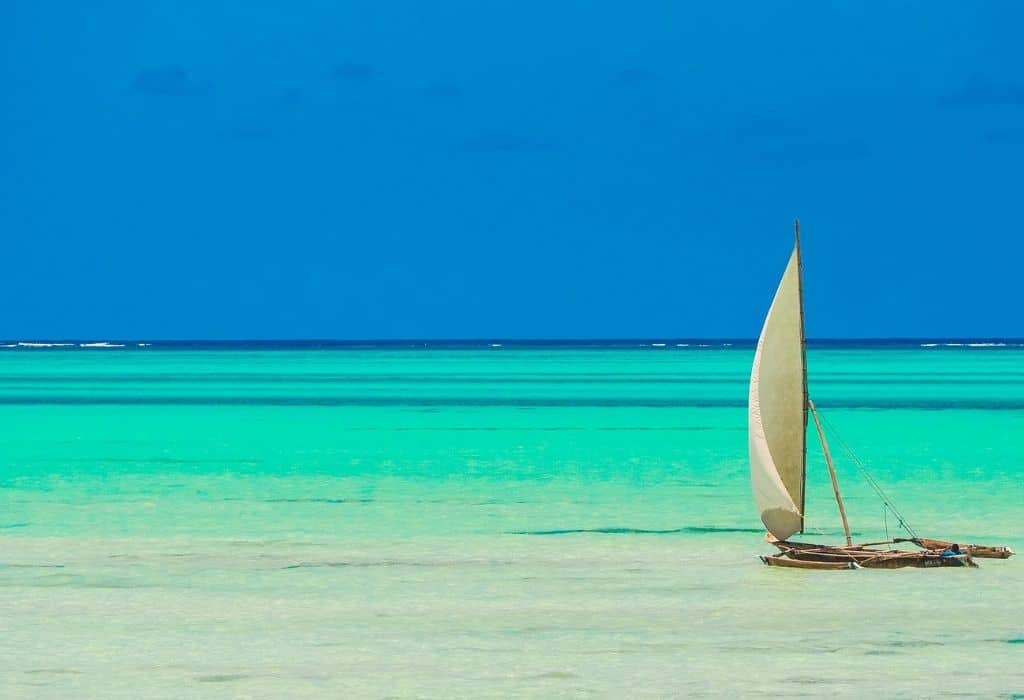
Kenya vs Tanzania – Which Has the Best Beaches?
Both Kenya and Tanzania have AMAZING beaches.
Kenya has Mombasa and the beaches around that area such as Diani Beach, Kilifi, Malindi and Watamu – all popular resorts for international travellers and holidaying Kenyans with plenty of great hotels, restaurants and lots of things to do.
Further north, you’ll find Lamu Island , a laid-back paradise. It’s a wonderful place to visit and rich in Swahili culture but much less visited than Zanzibar.
Tanzania has some wonderfully relaxed beaches around Tanga and Pangani if you want to escape the crowds. Or if you’re looking for a more local vibe (so less sunbathing, more culture), I love Bagamoyo, a bustling fishing town with a big heart and tons of creative energy.
But the main beach destination for most is the island of Zanzibar .
It’s no secret that I LOVE Zanzibar, and try to visit as often as I can. It feels like a second home to me and I love showing our tour groups around. There are so many great things to do in Zanzibar , that you will be spoilt for choice.
As well as the main island of Unguja (which is what everyone calls ‘Zanzibar’), there are also the quieter islands of Pemba and Mafia.
In season, whale sharks can be seen off the coast of Kenya and near Mafia Island. Both countries have dedicated marine parks which are great for snorkelling and dolphin sightings.
Zanzibar is an easy flight from any of Tanzania’s or Kenya’s main airports. But if you’re looking for a quiet place to hang out with a true Swahili vibe, then Lamu is probably the place for you.
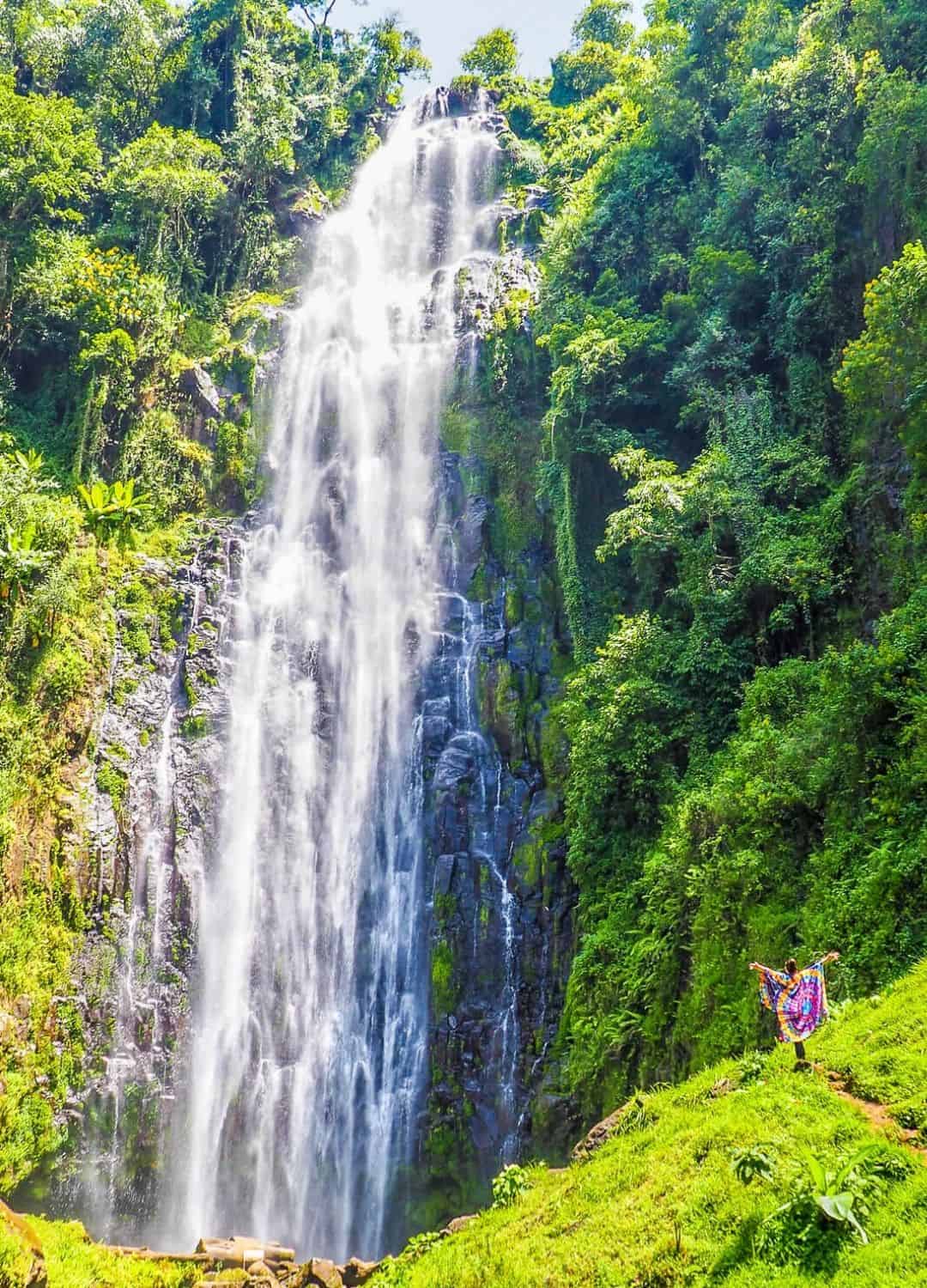
Culture, Nightlife & Non-Safari Activities
Whilst many people are drawn to Kenya and Tanzania for safari, there are lots of other amazing things to keep you occupied once you’re there!
In terms of cosmopolitans cities, Kenya definitely has the edge over Tanzania with hip and trendy Nairobi. There are loads of great things to see and do in Nairobi , including bars, restaurants, art galleries and social initiatives.
In Nairobi, you can get up close with giraffes and baby elephants at the Nairobi Giraffe Centre and Sheldrick Elephant Orphanage respectively – which kids and adults will both enjoy. And if you want to combine your stay with a trip to the fabulous Giraffe Manor , you can!
Mombasa is Africa’s largest coastal city, with a ton of history, Swahili culture and beautiful beaches nearby. The New Years party in Kilifi is legendary and celebrated with a big festival!
Kenya is also home to some of Africa’s best-hiking destinations , including Mount Kenya (Africa’s 2nd highest mountain), Mount Ololokwe and Mount Longonot.
If you want a real adventure, head up to Loiyangalani, on the southern shores of Lake Turkana where they hold the annual Lake Turkana Festival, a gathering of 13 of the local tribes.
A bit further north still is Sibiloi National Park, close to the Ethiopian border. The main downside is that it’s a bit of a mission to get to this region, but well worth the effort if you do make the journey.
In terms of cities, Tanzania doesn’t have the same cosmopolitan vibe as Kenya but Moshi , Arusha and Dar es Salaam are all fun cities to visit and there are lots of things to keep you busy in between safaris.
Two of my favourites things to do are hiking to the Materuni Waterfall (above) in Moshi and visiting the hot springs that lie between Moshi and Arusha.
And whilst Kenya has some great hikes, so does Tanzania, including Mount Meru, Ol Doinya Lengia and Africa’s highest and most iconic mountain, Mount Kilimanjaro. I’ve climbed Kili twice and love writing about it , as it’s one of the best things I’ve ever done.
If you love incredible scenery and hiking, the Usambara Mountains which lie between Moshi and Dar es Salaam are another place to add to your itinerary. I’ve written more about the Usambaras in my Tanzania Itinerary , and I definitely recommend a visit if you have the time.
Kenya and Tanzania share Lake Victoria and whilst Kenya has Lake Turkana, Lake Naivasha and Lake Nakuru, Tanzania has colourful Lake Natron, Lake Tanganika and chimpanzees.
Zanzibar has a few interesting festivals to visit throughout the year, including the Sauti Za Busara Music Festival, which usually takes place in February.
In terms of nightlife, both Kenya and Tanzania are great. But, I marginally prefer Tanzania over Kenya and have had some of my best nights out in Moshi, Arusha and Zanzibar (for the record I’ve also had some VERY good nights out in Kenya too).
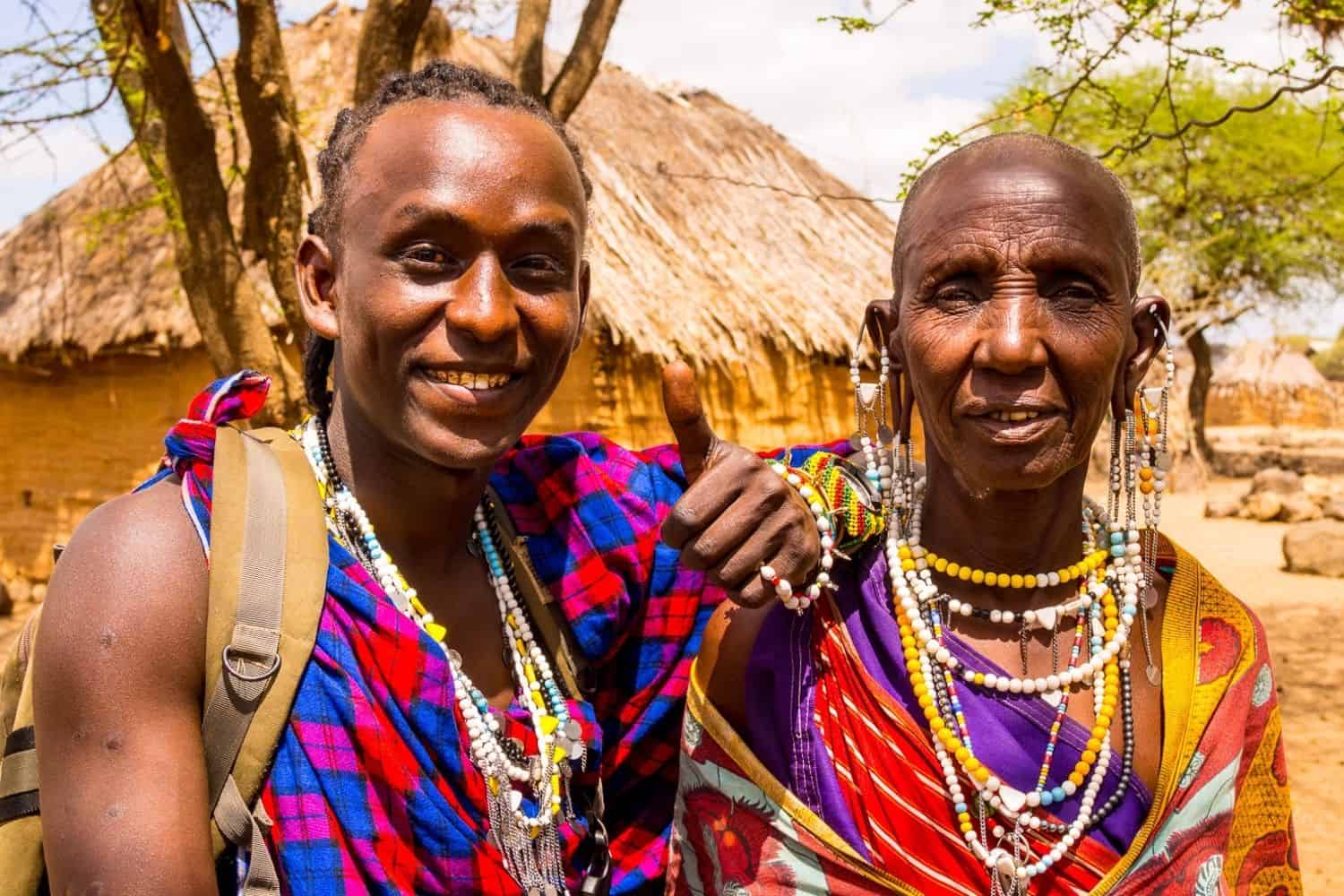
Kenyan & Tanzanian Tribes
A lot of people want to combine their safari tours with trips to see various tribes so Kenya and Tanzania are both perfect for this as there are lots of different tribal groups. Some of the tribes you can visit are listed here:
- Maasai: The Maasai people are pastoralists who live predominantly in the Masai Mara in Kenya and around the Ngorongoro Conservation Area, Arusha and Moshi. But you will also find Maasai elsewhere in Kenya and Tanzania.
- Samburu: The Samburu people are closely related to the Masai, but live up in the Samburu region. I wrote a post some years ago about visiting the Umoja Women’s Village some years ago and I am hoping to go back there later in the year (so I will update this post).
- Turkana: The Turkana live in the far north in the area around Lake Turkana. They are very distinctive in appearance and spread out over the Turkana region.
- El Molo: The smallest tribe in Kenya, you can visit them up near to lake Turkana. They dress similar to the Samburu tribe.
- Hadzabe or Hazda: This hunter-gatherer tribe can be found near Lake Eyasi, just south of the Serengeti.
- Chagga: The Chagga people mostly live in and around Moshi., Tanzania They don’t really wear traditional dress anymore, but I always love taking a tour to a Chagga village which includes the Materuni Waterfall and a coffee making tour with singing.
The only thing I would say is to really research your tribal visits to make sure they are ethical. Some are awful and just leave a bit of a sour taste in your mouth. This is why I’m always really careful about which tribes I visit on my tours as I want the experience to be two-way, non-voyeuristic and authentic.
The worst tribal visits I’ve done have been the ones where you stop for a quick visit on the way back to Arusha from the Serengeti/Ngorongoro Crater – avoid them at all costs.
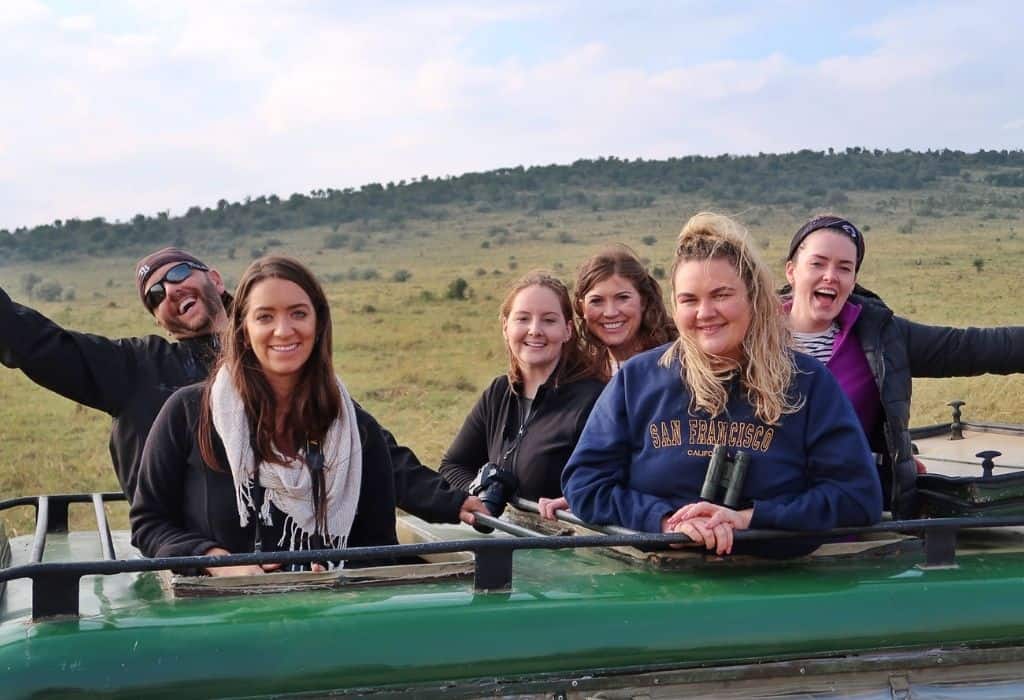
The Cost of Travel in Kenya vs Tanzania – Which is Cheaper?
Whilst you can go on budget safaris in both Kenya and Tanzania, Kenya’s budget safaris tend to be cheaper than Tanzania’s. Especially in the most famous parks. This is due to the higher park fees in Tanzania and the remoteness of the Serengeti, compared with the Masai Mara, which is easier (and quicker) to get to by road.
A budget trip to the Masai Mara , will always be cheaper than a budget trip to the Serengeti due to the more remote location of the Serengeti, plus the park fees are higher in Tanzania.
For example, a 3-day Masai Mara safari staying in a glamping tented camp is generally cheaper than a 3-day camping safari in the Serengeti & Ngorongoro Crater. Travelling in a group will also help to reduce costs.
You can get to the Masai Mara by public transport and organise game drives from the lodges, which will also save costs, but you cannot really do this in the Serengeti as there isn’t any public transport through the park.
However, when it comes to the luxury end of the scale, the sky is the limit for both countries, although again, Tanzania tends to be at the higher end, especially with the logistics of the luxury mobile tented camps in remote areas.
Activities tend to be cheaper in Kenya too. For example, taking a hot air balloon ride in Tanzania is around $100 more expensive in the Serengeti than it is in Kenya.
So for budget travel – Kenya is the better option overall.
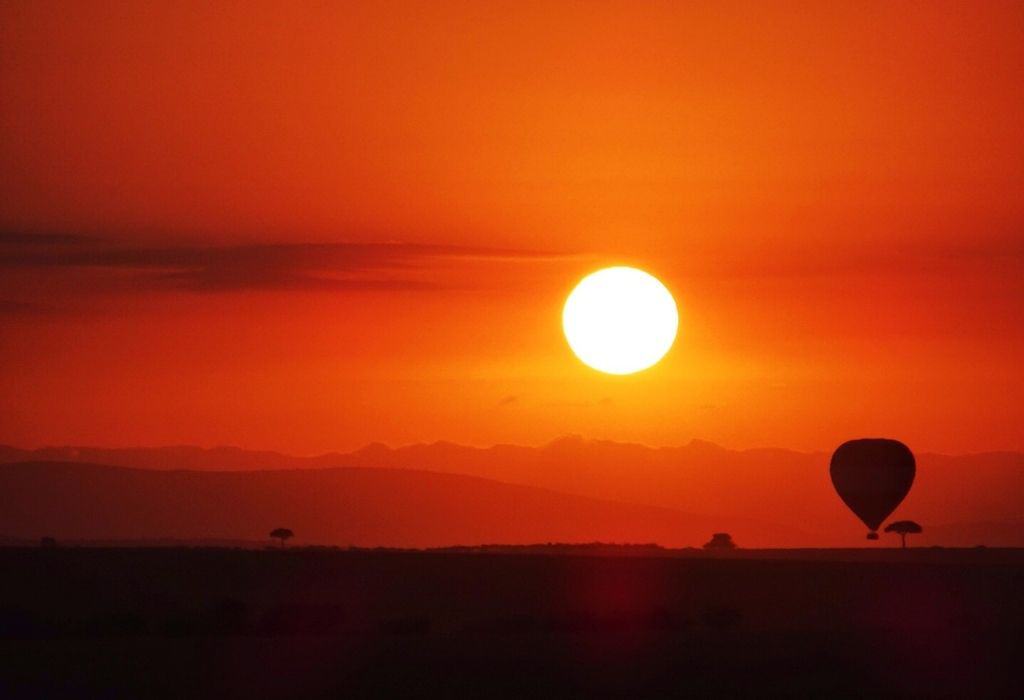
Kenya vs Tanzania – Which is the Winner?
I’d say that Tanzania is slightly less commercial and less developed than Kenya, but Tanzania can also be more expensive, especially to visit the national parks. However, both are incredible places to visit.
The fact of the matter is, neither is really ‘better’ than the other. They’re just different. Both Kenya and Tanzania are awesome for safari (and everything else they have to offer) so you won’t be disappointed by either!
So you could do one or the other, or do both – as we do on the Rock My Kenya & Tanzania Adventure !
I hope this helps you make up your mind on the Kenya vs Tanzania debate! Any questions? Let me know in the comments!
Other Kenya & Tanzania posts you might enjoy…
- The Perfect 2-Week Kenya & Tanzania Itinerary (Plus Map, Tips & Things To Do)
- Highlights of the Rock My Kenya & Tanzania Adventure (February 2022)
- 22 Awesome Things To Do in Arusha, Tanzania
- 24 Fun Things To Do In Moshi, Tanzania
- 40 Amazing Things To Do in Zanzibar
- An Awesome Tanzania Itinerary (Plus Map, Tips & Things To Do)
- How to Find a Serengeti & Ngorongoro Crater Safari (to suit your budget)
- A Magical Kenya Itinerary (Plus Map, Tips & Things To Do)
- Planning a Trip to Ol Pejeta Conservancy in Kenya – Everything You Need to Know
- A Little Guide to Lamu Island in Kenya
- 10 Unique Places to Visit in Northern Kenya
Pin This Post For Later
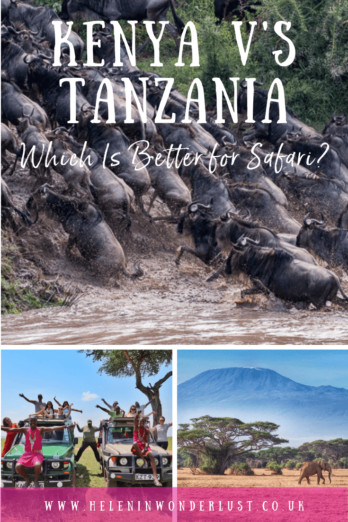
I love to travel all over the world, but it's Africa that holds a special place in my heart. My mission is to help people travel Africa in an authentic, safe, fun, adventurous and ethical way.
Similar Posts
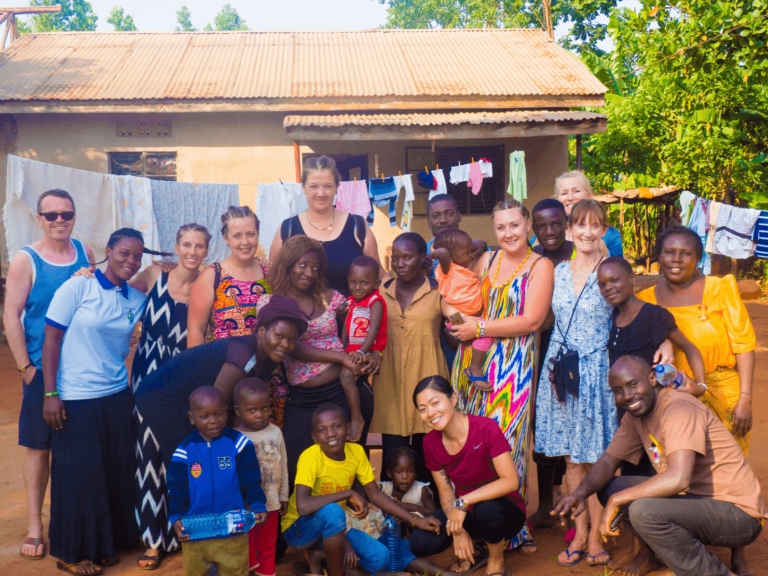
Rock My Adventure – Who We Are & What We Do
I’ve been travelling in Africa for the last 10 years. Africa travel is my absolute passion, I live and breathe…
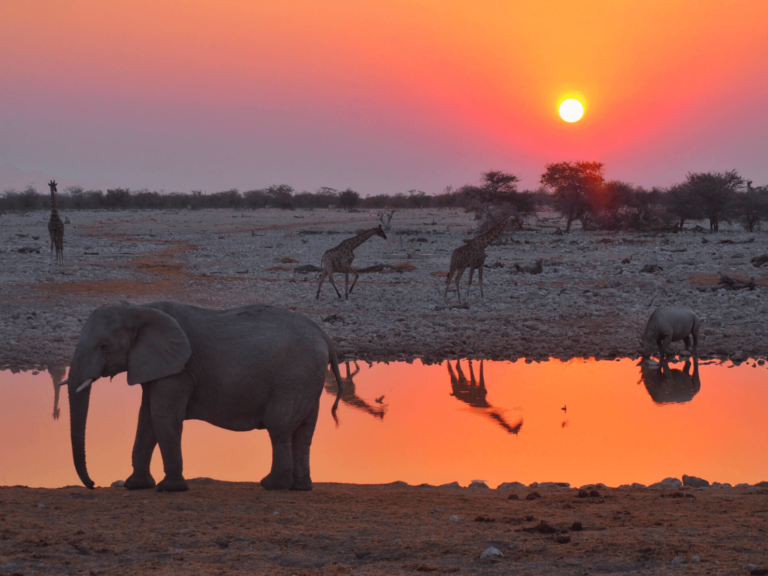
How To Plan Your Dream Trip To Africa (in 18 easy steps)
Wondering how to even begin to plan a trip to Africa? Feeling a bit overwhelmed? Well, you’ve come to the…
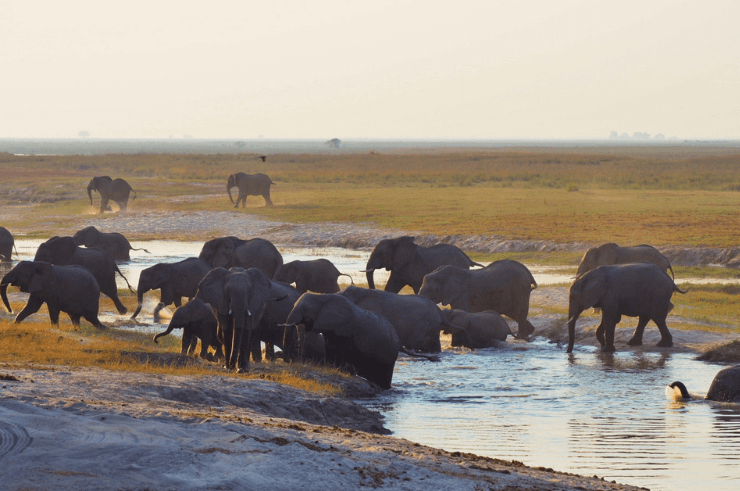
The Amarula Trust & How Many Elephants: Don’t Let Them Disappear
For those of you who have been on safari with me, you’ll know that my sundowner drink of choice is…

31 East African Foods You HAVE to Try
One of the best ways to experience the local culture of any country is to try the local food (and…
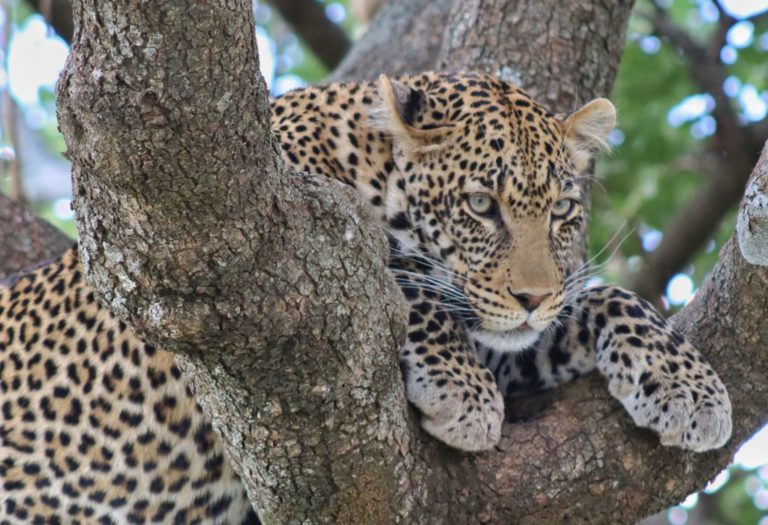
The Perfect 2-Week Kenya & Tanzania Itinerary
Planning your Kenya & Tanzania itinerary can be a little daunting, especially if you are short on time, as there…
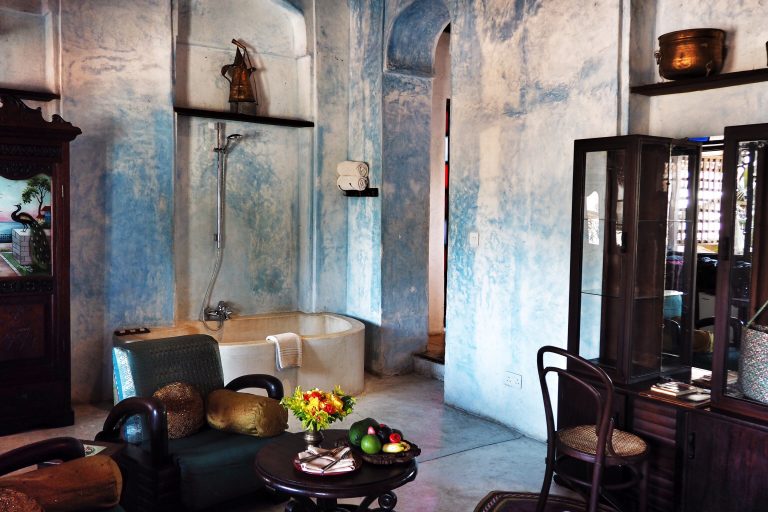
Cool Stays: Emerson Spice Hotel, Zanzibar
I am always on the lookout for the coolest and most unique places to stay wherever I visit and…
Great post! Do you only do group tours, or do you ever set up a tour say for a couple?
At the moment I am just doing the group tours as I don’t really have the time to organise personalised tours. However, we do get a number of couples on the group tours if they interest you?
When is the next trip please . Can you send me all info please
Hi Sapphire,
The next available tour is supposed to be September but it’s all still TBC at the moment with travel restrictions. You can find all the details here: https://www.rockmyadventure.com/kenya-tanzania-group-adventure-solo-travellers/
I will also email them to you. 🙂
Both looks incredible… I think I must try to experience both 🙂
They both have their uniqueness. Kenya is preferred for the middle traveler, while Tanzania is known for Luxury Safari travellers. If one needs to intensively follow the Wildebeest Migration, then Tanzania is better to get this. Kenya offers that thrill experience of the wildebeest migration.
Leave a Reply Cancel reply
Your email address will not be published. Required fields are marked *
Privacy Overview

- Kilimanjaro Treks
- Wildlife Safaris
- Zanzibar Holiday
- Tanzania Travel Guide
- Kilimanjaro Reviews & Pictures
Kenya vs Tanzania: Which Safari is Better and Why?
Most vacations to East Africa are incomplete without a peak into the wilderness of Kenya and Tanzania.
The sceneries and variety of wildlife in both countries will leave even the most frequent safari-goers in awe. Yet, factors like accessibility, infrastructure, beaches, and many more can suit several travel preferences.
Let’s look into the wildlife situation in both countries and some tips to remember when planning your safari tour.
Here’s a table to summarize our take on Kenya vs Tanzania safaris:
Brief About Tanzania
Tanzanian life thrives in a land of contrasts and natural wonders deeply rooted in conservation and cultural richness.
Besides the popular, highly-rated safari experiences in Serengeti and Ngorongoro Crater, the country hides lesser-known treasures that promise adventure and solitude in one wholesome package.
The larger and wider Selous Game Reserve invites the undaunted traveler to appreciate Africa’s wilderness. The West of the country houses the chimpanzees (our near identical relatives) of Gombe Stream and Mahale Mountains.
You’ll be amazed at how the country’s commitment to conservation is visible to the naked eye. Human footprints are few, and wildlife roams free.
Don’t forget to book a safari for the Great Migration. Rest assured, Tanzania offers an exciting catalog of cultural experiences and less frequented safari regions.
Brief About Kenya
Kenyan lands are where the concept of wildlife tourism first took root. While the famed Masai Mara and Amboseli National Parks attract wildlife enthusiasts from worldwide, the quantity of unexplored landscapes challenges the status quo.
The northern frontier is home to Samburu, Shaba, and Meru National Parks. These protected territories are residences for unique species like the Grevy’s zebra and Somali ostrich.
Kenya’s coast is such that the savannah and the sea meet to present an unforgettable sight. The Arabuko Sokoke Forest holds a level of biodiversity that transports you to ancient jungle settings. Likewise, Watamu and Malindi provide well-preserved sanctuaries for marine life.
Your safari tour in Kenya will beautifully display how the nation’s conservation mindset integrates communities. Conservancies like Lewa and Laikipia prove how community development and wildlife conservation walk hand in hand.
Which Safari to Pick Between Kenya vs Tanzania?
Choosing between Kenya and Tanzania safaris can be confusing because of the differences in wildlife, weather, locales, costs, and more. Remember, though both safari destinations offer incredible experiences, you want to double-check which of the below parameters fits your travel style in the wild:
Location and Landscape
Kenya’s landscape is pretty diverse, featuring everything from the dramatic Great Rift Valley to the snow-capped peak of Mount Kenya. The Masai Mara, an extension of the Serengeti, presents luscious views of rolling grasslands and vast savannahs teeming with wildlife. Its coast holds a blend of beaches and marine parks, and the north houses arid deserts and mountain ranges. Thus, you’re presented with a wide range of ecosystems within relatively short distances.
Tanzania’s 1.5x larger landscape, on the other hand, is dominated by vast wilderness areas, including the Ngorongoro Conservation Area, a UNESCO World Heritage site. This volcanic crater is a natural habitat for a high density of wildlife. You can also hike up to Africa’s highest peak, Mount Kilimanjaro, or stroll around the deep, freshwater expanse of Lake Tanganyika.
Accessibility
Kenya surpasses Tanzania in terms of accessibility because of well-planned transport channels. The frequency and simpler connectivity of flights to Kenya come with the added benefit of cheaper travel. Overall, many wildlife and safari experts claim that it’s easier to access national parks and reserves in Kenya owing to better roads and English being the preferred language.
Nonetheless, Kenyan safari tourists from international destinations can fly into Jomo Kenyatta Airport in Nairobi. From thereon, there are well-paved roads to safari destinations that are a short drive or flight away from the capital.
For Tanzanian safari tourists, your international gateway is the Julius Nyerere Airport in Dar es Salaam. Like most safari-goers, you may fly into Kilimanjaro International Airport if the northern circuit is your primary destination. Remember that remote regions like the southern and western Tanzanian circuits may call for longer flights. Of course, this adds to the adventure but may multiply your costs and travel time.
Tanzanians are inclined to converse in Kiswahili, which may make your accessibility to wildlife information a little harder.
The Kenya vs Tanzania wildlife debate must account for the quantity and diversity of animals in both these countries.
While Kenya is renowned for the Masai Mara’s annual wildebeest migration, the safaris in this country are a spectacle since you get ample chances to see lions, leopards, rhinoceroses, elephants, and Cape buffalos, famously called the Big Five. Despite this, wildlife activity in Tanzania takes the crown home.
Visit the following national parks when in Kenya:
- Tsavo National Park
- Aberdare National Park
- Lake Nakuru National Park
- Hell’s Gate National Park
- Samburu National Reserve
- Shimba Hills National Reserve
Tanzania arguably offers a more extensive safari experience in terms of sheer numbers and variety, partly due to the vastness of the Serengeti and Ngorongoro Crater. It’s also home to the globe’s largest lion population. Not to forget, the remote southern and western parks reveal wild dogs, breeds of chimpanzees, and other primates in low-footfall settings.
Visit the following national parks when in Tanzania:
- Serengeti National Park
- Ngorongoro Conservation Center
- Tarangire National Park
- Lake Manyara
- Ruaha National Park
- Gombe Stream National Park
- Mikumi National Park
Infrastructure
As Kenya is financially wealthier than Tanzania, its infrastructure is superior as well.
Kenya’s infrastructure is far more developed, with more guesthouses, public transportation , matatus (decorated minibuses), budget campsites, and unmarked yet comfortably motorable roads. Even the roads between major parks are in top condition.
Speaking of infrastructure, Tanzania’s condition varies by region. The southern and western areas offer much fewer luxury accommodations and typically require more time and effort to access. However, if you’re seeking thrill in different forms like off-roading, experiential travel, or deep cultural lessons, the sacrifice of infrastructure is worth it.
Safari Activities
Firstly, understand that safaris and game drives offer different wildlife exploration experiences. Game drives are more focused on viewing wildlife, whereas safaris present a chance for exclusive wildlife outings that are topped with entertaining activities.
Kenya’s wildlife ecosystem breaks through the norm and presents a long list of guided nature walks, night drives, access to conservancies, hot-air ballooning, fly-camping, and off-road adventures. Though Tanzania has denser wildlife, your liberty to tweak these experiences is limited.
Consider visiting Laikipia, Motorogi, and Lewa Conservancies in Kenya and Lake Victoria in Tanzania.
Two game drives a day generally comprise a day-long safari experience. But if you’re looking to beat past the crowds of game drives and indulge in adrenaline-gushing activities, Kenyan safaris should do the job.
Stay and Commute
Tanzania has an exciting list of high-end and boutique accommodations you won’t find in Kenya.
At the same time, Kenya’s presence across multiple hospitality segments in tourism has enabled the country to create a broad range of accommodation options. Right from hotels that won’t burn a hole in your pocket to semi-luxury and luxury lodges, Kenya is stocked with options for all preferences.
Note that Kenya also offers treehouse hotels and personalized tented camps to immerse travelers in the wilderness.
Also, Tanzania focuses more on eco-lodges within wildlife settlements for a closer connection to nature. Its northern circuit simplifies commute channels for all, but it’s the southern and western areas demanding complex logistics. Their remoteness may put you in a position to book chartered flights.
Your dietary palette is in for an outright treat in Africa. When deciding between Kenya and Tanzania safaris, you must be aware of how Ugali, a dough extracted through cornmeal, is a staple for both nations. Similarly, coconut is a common ingredient you’ll come across.
Otherwise, Kenyan cuisine takes inspiration from African, Indian, and colonial influences. Some dishes include nyama choma (grilled meat) and ugali (maize porridge). Their dishes significantly differ from the likes of Tanzania’s spice-oriented culinary culture. No wonder Zanzibar is called the Spice Island!
What’s standard in both safari destinations is the seafood, rice, stews, and ugali. But Tanzania’s inclusion of Indian recipes and cooking styles makes curries a permanently trending dish in the region.
The primary differentiating factors between beaches in the Kenya vs Tanzania discussion are the number of people and amenities. Simply put, Kenya’s developed coastline summons larger crowds in Mombasa’s coastal resorts and modern hotels. The city also has its own airport!
Tanzania’s beaches don’t hold nearly as many accommodation options as Kenya, forget the thought of luxury, semi-luxury, or boutique properties. The advantage of this is the lower footfall on these pristine beaches. Thus, if commercial and underdeveloped African beaches sound like your jam – Tanzania is happy to welcome you.
Check out Diani Beach and the ruins of Gedi near Malindi when in Kenya. In the case of Tanzania, opt for the Stone Town, Pemba, and Mafia islands for off-the-beaten-path beachy sessions.
In all honesty, Tanzania expeditions are more expensive than those in Kenya. All thanks to the region’s remoteness, the difficulty of procuring safari and dietary supplies, and long-distance routes – budget travelers usually glide towards Kenya.
To add, Tanzania’s preference for running and promoting high-end lodges with boutique facilities puts it on the higher side. You’ll also see some hefty taxes and fees on your safari tickets, food bills, and rental expenses.
The whole costing topic is put to bed when you look at the economies of scale in these countries. This means that the higher the number of competitors running hotels, safari camps, and hotels, the lower costs are driven to attract more travelers. The one outlier is the season of the Great Migration. Prices are usually above average in this peak travel time.
Kenya stands behind in the travel safety and security barometer compared to Tanzania. Travelers over the years have reported crimes related to robbery and scams. Though this may steer you away from Kenya, remember that the government has considerably tightened security and prepared its police forces for prompt action and prevention.
Tanzania’s intimate setting keeps away from the world of theft and crime. The communities enjoy minimal exposure to urbanization and modern ways of the world, staying true to their cultural values of respecting elders, following an attitude of modesty, and communal welfare.
Best Time to Visit
You can visit Kenyan wildlife safaris during the dry seasons of June to October and December to March. Wildlife viewing activities are peaking during this season, with breeding and small-scale migratory practices being a common site. If you’re looking for coastal vacations in Kenya, opt for October to March since the weather is warmer.
For Tanzania, the optimal time for wildlife safaris too comes during the dry season. However, consider going for a wildlife tour during the calving season and the start of the Great Migration. This happens from February to March.
Tips to Remember When Planning Your Safari Tour
Here are some tips to account for when planning your Kenya vs Tanzania safari tour:
- Indulge in Local Experiences: Spare some time to dive into the traditional way of life of African people. Partake in cooking classes at Mombasa and Lamu or go for dhow safaris with locals along the Kenyan coast. When in Tanzania, spend a day with the Hadzabe tribe in Lake Eyasi or stroll along Zanzibar’s farms to discover the origins of cloves, cinnamon, vanilla, and nutmeg.
- Participate in Cultural Exchanges: Cultural exchanges can enrich your safari experience to another level. Try learning about traditional medicine and livestock in Samburu in exchange for cleaning or management lessons. Also, take a few days to live with a villager’s family from the Luo community along the shores of Lake Victoria.
- Pack Sustainably: Being an eco-conscious traveler is more rewarding in the long run than being an everyday tourist. Pack biodegradable toiletries like soap, shampoo, and toothpaste to slash your environmental footprint. An abundance of safari campsites use septic systems sensitive to chemicals.
- Choose a Mix of National Parks: Try to create a safari itinerary that comprises a mix of national parks. Pair the Samburu National Reserve with the Amboseli National Park for views of arid landscapes and more fulfilling sights of Mount Kilimanjaro.
Key Takeaways
Your African safari adventure will be an experience that reveals dozens of sighting stories and visual memories that’ll stay in your mind for ages to come. Everything from the soothing birdsong of unheard-of bird species, animal roars, and stories by your guides will alter your perspective about wildlife altogether.
We recommend sticking to the pillars of sustainable travel and doing your duty towards conservation efforts for Tanzania’s human and animal ecosystems.
Are you prepared to take off on a safari adventure of a lifetime? Book your safari today!
Leave a Reply Cancel Reply
You must be logged in to post a comment.
Why Book With Us?
- Free Deferrals and Cancellations up to 24hrs of the Service Rendered.
- Hot deals & holidays all inclusive & secured by the Tanzania Tourist Board.
- Transparent holiday costs, trip plans & 24/7 customer support included.
- Payment is encrypted and transmitted securely with an SSL protocol.
Connect To Get Exclusive Advice & Free Tips!
Get fast tips and responses from a social medium of your choice. John is a travel expert and is available to chat with you 24/7.


- Ngorongoro Crater
- Lake Manyara
- Great Migration
- Kilimanjaro
- Beaches & Islands
- Mainland Coast
Tanzania Safaris
The Great Wildebeest Migration
Tanzania Family Holidays
Tanzania Beach Holidays
Tanzania Honeymoons
Zanzibar Honeymoons
Zanzibar Beaches
Tanzania Activity Holidays
- Northern -
Itineraries
- Southern -
- Families -
- Honeymoons -
- Tanzania Guidebook
- In the press
- Tanzania Itineraries
- All Tanzania Lodges
- Pre-departure
- Work for us
Kenya vs Tanzania Safari
28th April 2020
East African Safaris
Tanzania and Kenya are both home to some the finest wildlife viewing on the continent, from the Great Wildebeest Migration to cantankerous buffaloes, elephants and rhinos, and not to mention the outstanding big cats. An East Africa safari really is what dreams are made of, yet it does not stop there. With Indian Ocean Islands being only a hop, skip and a jump away, combining both the beach and a safari couldn’t be easier. There is one decision to make though, should Tanzania or Kenya be your choice? Below we take an in-depth look at what each country can offer.
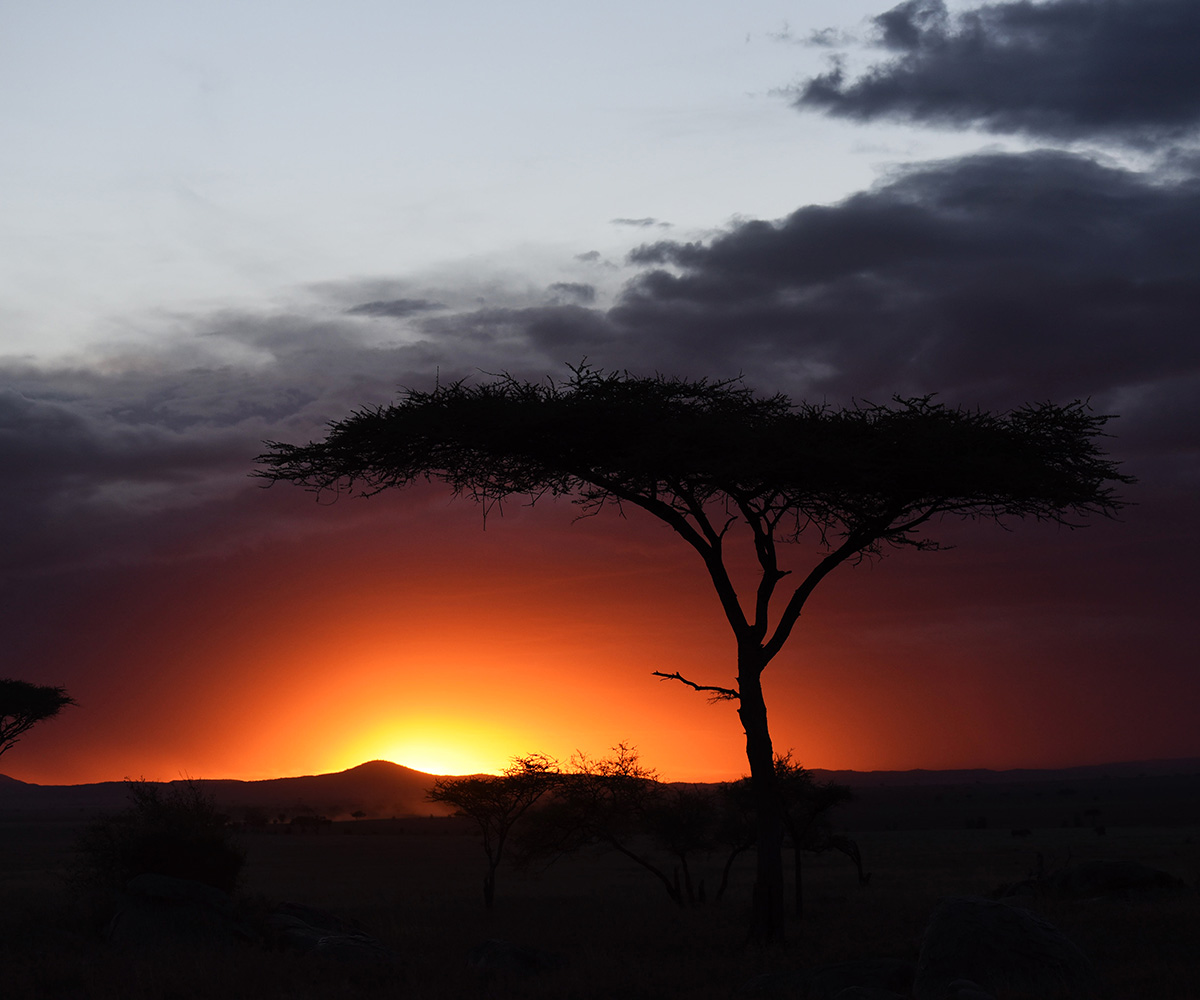
A typical East African sunset. © Sam Hankss
Upon arrival into Tanzania’s Kilimanjaro , most people’s first port of call is an overnight stop in Arusha . This charming town is a beautiful place to rest and recover from any international flight. Here you can explore the coffee lodges, go mountain biking through the forests, go on day trips to Lake Manyara National Park or go kayaking on Lake Duluti. Often green and lush, spending time here is captivating and the perfect way to start your trip. Rivertrees and Arusha Coffee Lodge are our two favourite places to stay here and are great value for money.
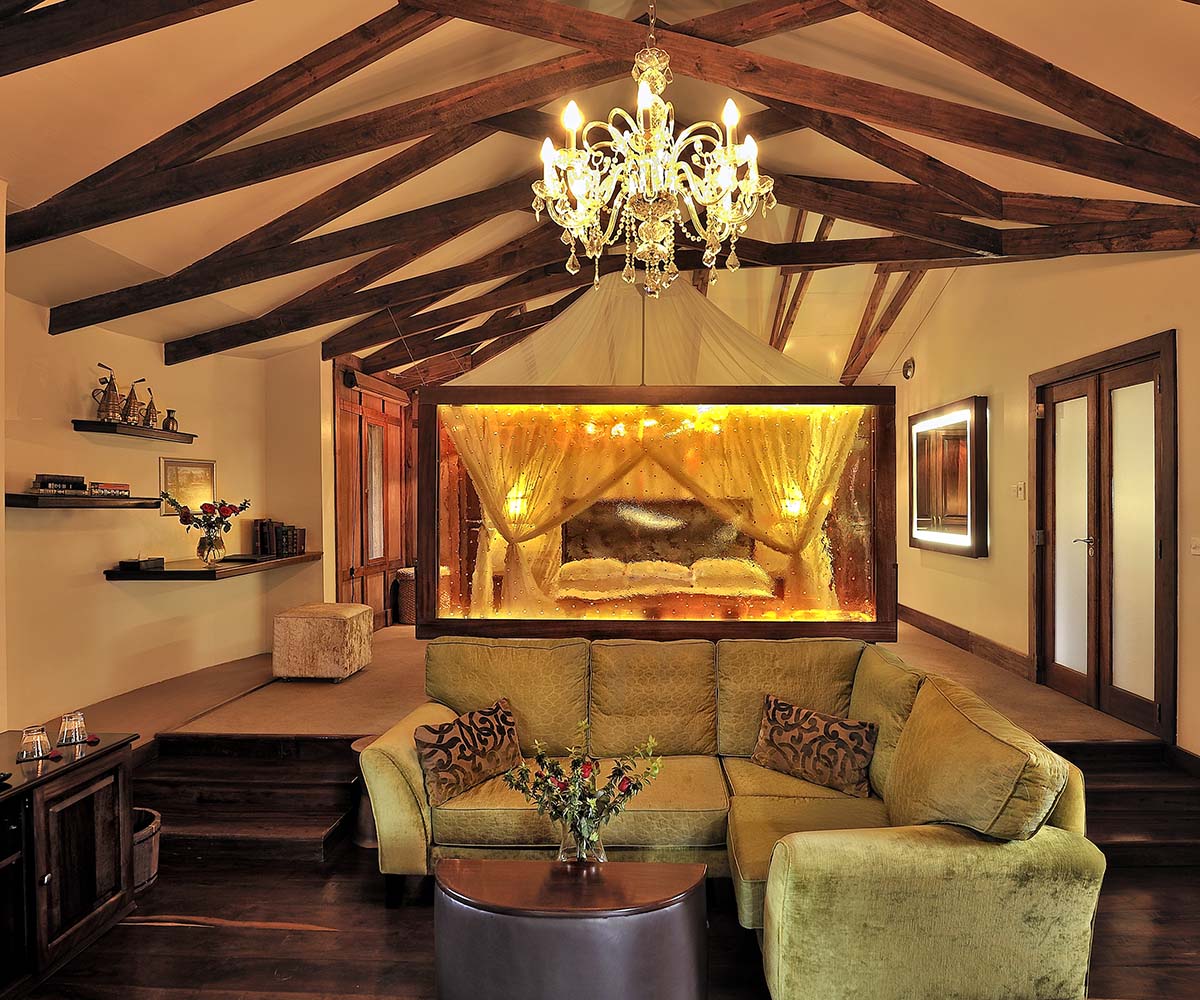
Arusha Coffee Lodge is opulent and splendid. © Arusha Coffee Lodge
Kenya on the other hand, offers very different activities, yet no less enjoyable. Any overnight here is recommended in Nairobi itself, which again serves to act as a buffer between your international flight and your safari. Staying in Nairobi will give you the option to access to the Sheldrick Animal Orphanage or visit the Giraffe Sanctuary at the Manor. The Palacina is a great option and is not too far from these attractions. Giraffe Manor is also located on the outskirts of the city so if this is on your bucket list (it is on most travellers’) then a few nights here make for the most special way to start your Kenyan experience.
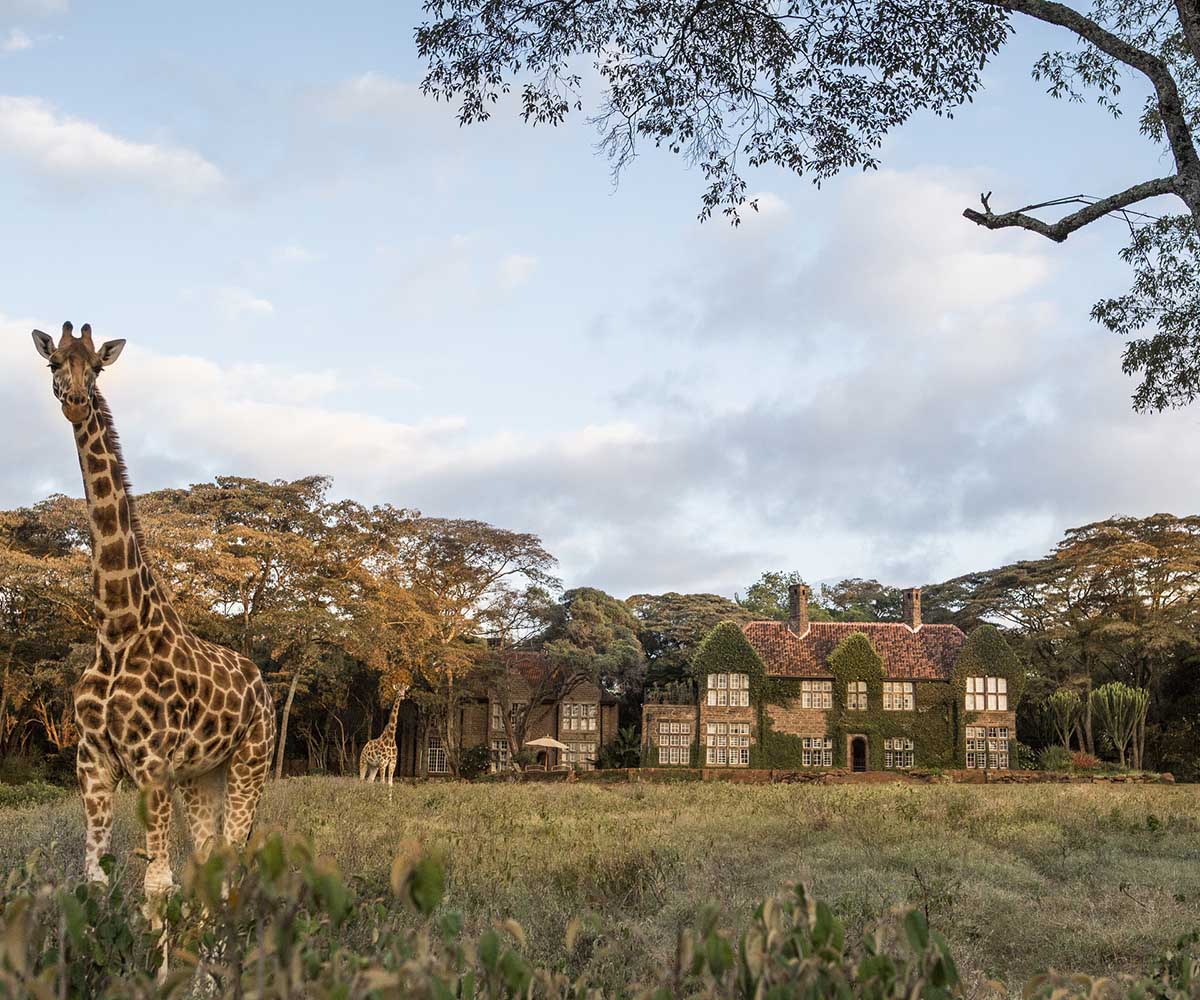
No better morning than at Giraffe Manor. © Giraffe Manor
With sweeping grassy plains dotted with picture-book acacia trees, the Serengeti and the Masai Mara are both admired amongst wildlife lovers for their brilliant photographic opportunities as well as their wildlife encounters. There are however, differences between the two.
The Great Migration – The Serengeti is home to the migrating wildebeest ALL year round. Contrary to popular belief, the Mara River crossings do not signal the wildebeest leaving Tanzania for Kenya. The meandering river winds its way through both reserves and is not the border between the two countries. This means that these river crossings can indeed be viewed in both countries from July through to October. Whilst only some of the wildebeest enter Kenya for a couple of months of the year, the wildebeest in the Serengeti can be viewed every month. Whether they are on the birthing plains of Ndutu in January-March or if they are in the Western Corridor of Grumeti in June, you can be sure that any trip to the Serengeti, no matter the time of year, will generally see you encounter this exceptional natural phenomenon.
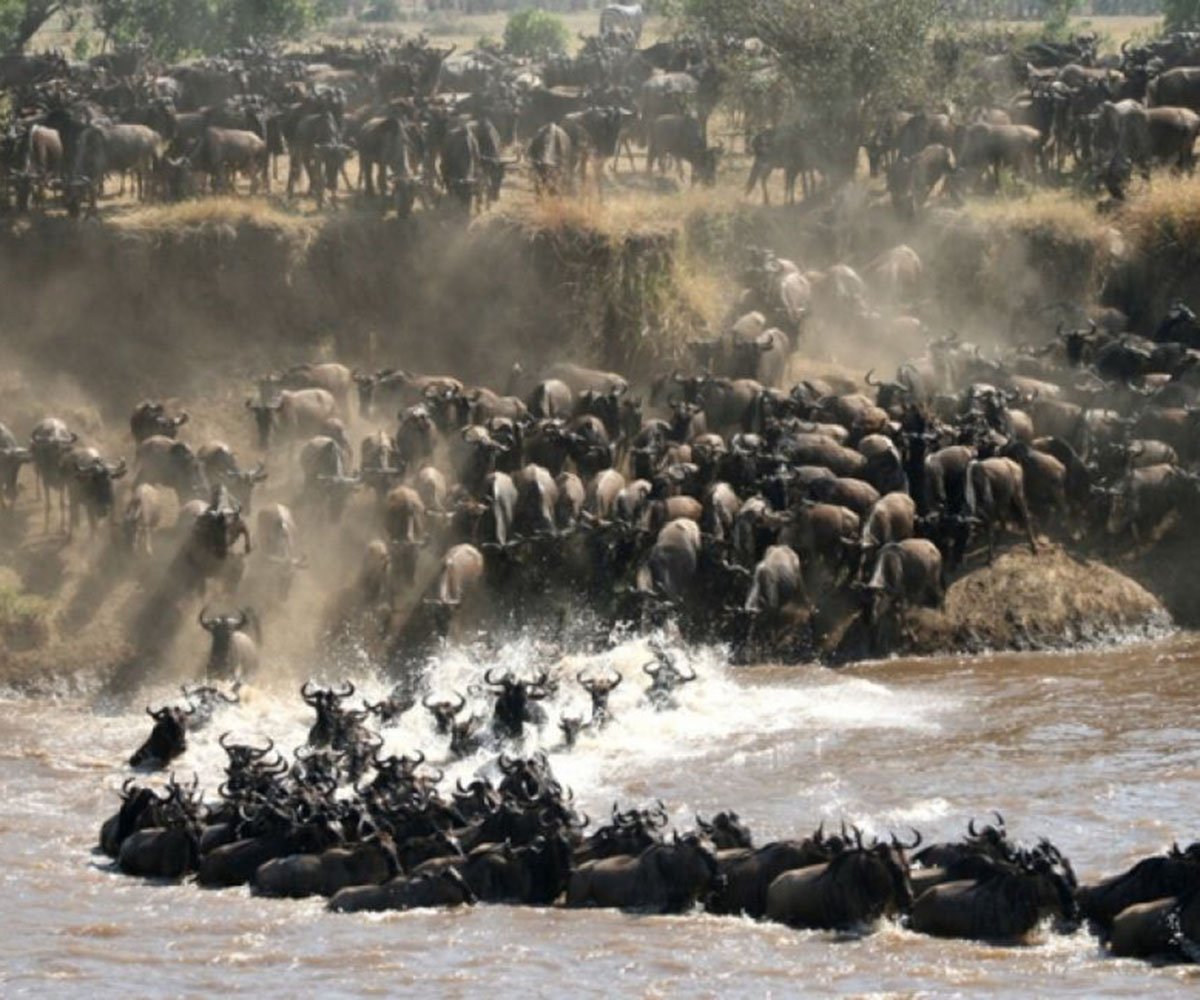
Chaos ensues during July – October. © Nomad Tanzania
Aside from the Great Migration, both parks are renowned for their other extraordinary game viewing, whether it is a majestic lion lazing on a kopje or a cheetah prowling through the tall grass, the Mara and the Serengeti are brilliant for watching wildlife. Yet there is one big difference – visitor numbers.
Whilst the Mara is very easy to access from Nairobi, this leads to plenty of day visitors entering the park, looking to ‘tick-off’ their Wishlist. Often whizzing around from sighting to sighting, crowds can quite easily converge whilst watching particular animals – especially if they are big cats! With the Serengeti is not as close to a major city, there are no day visitors and there are fewer lodges making for a calmer and more relaxed atmosphere in the park. That is not to say that crowds don’t sometimes gather – especially when compared to the private reserves of Southern Africa – but the Serengeti tends to be quieter and less hectic than its Kenyan counterpart.
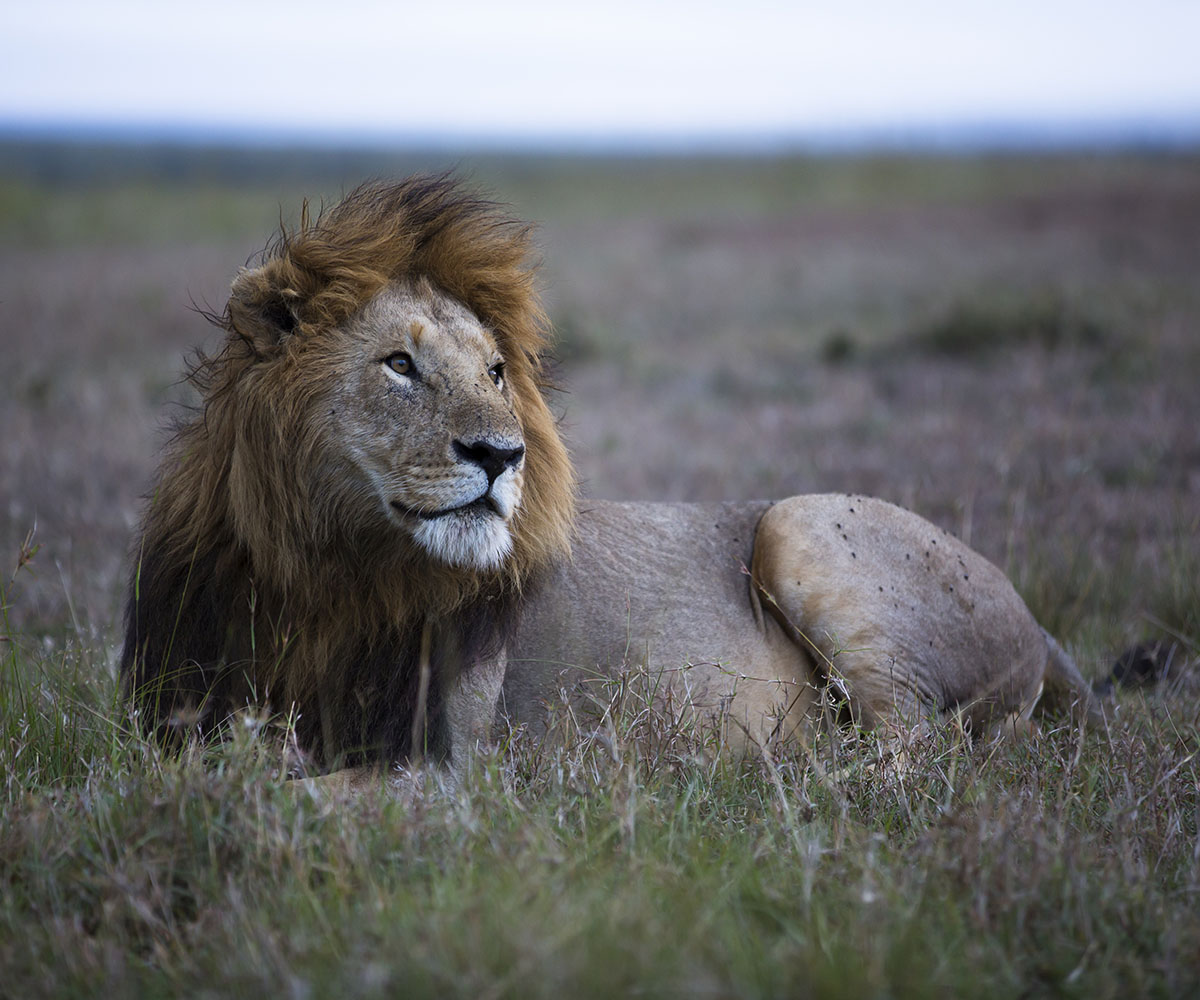
Big cat sightings don’t get much better! © Asilia
If you want to escape the visitors in the Serengeti then there are a few options. Singita and &Beyond have their own private concessions, to the West and East of the park respectively where only they are allowed to drive. This makes for a great addition to a stay in the National Park as night drives and off-roading are allowed. Also, a little secret of ours is that Namiri Plains is so far away from other camps, that although it is in the National Park, it feels like it is on its own concession!
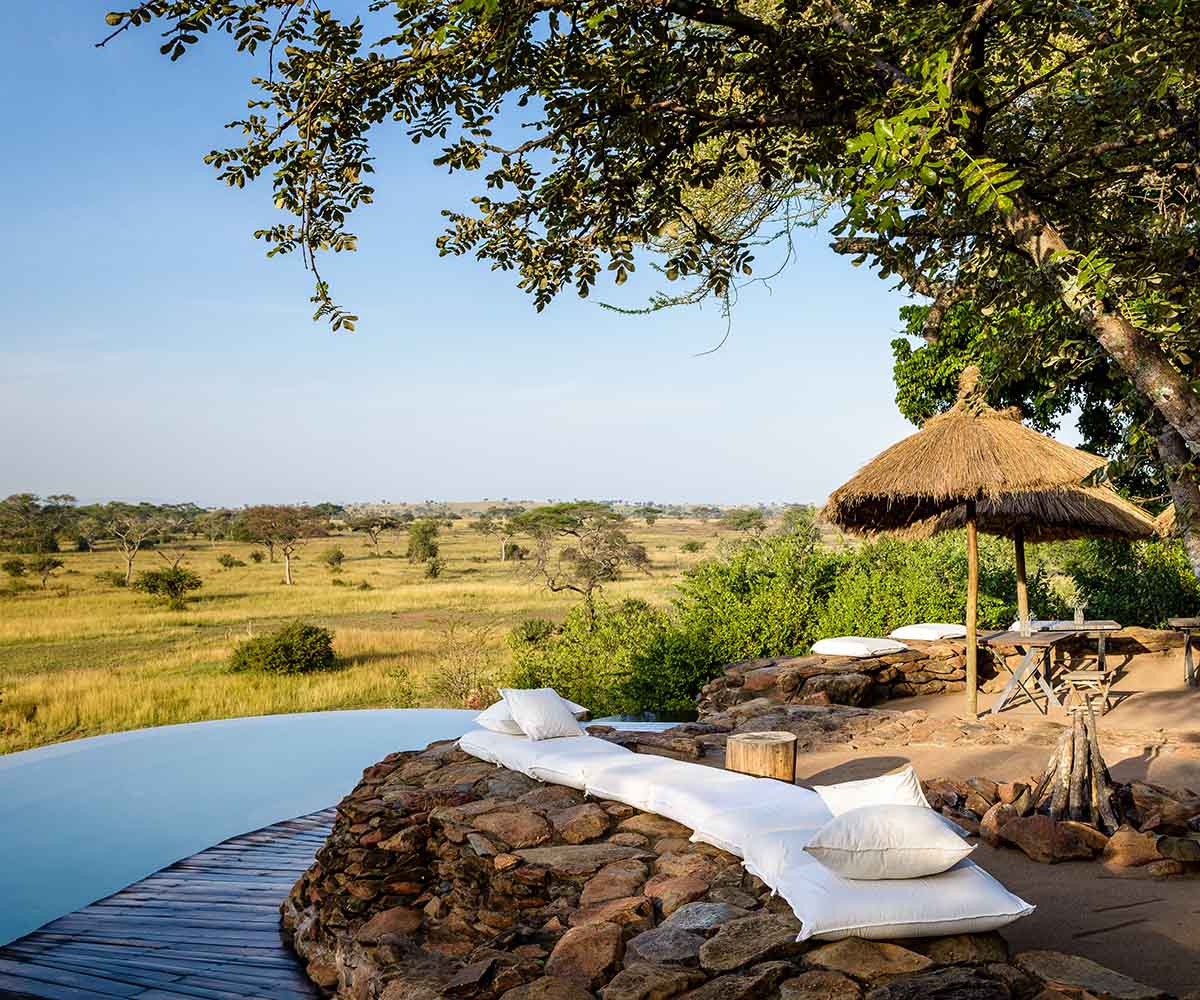
Views are hard to beat from Singita’s Faru faru. © Singita
In terms of pricing, the Mara’s best value luxury camp is Kichwa Tembo. Although it is fantastically priced, it is large in size with about 40 rooms. On the contrary, the Serengeti’s best value luxury camp, Chaka Camp , is near the same price, but only has around 12 rooms meaning that your experience tends to be more personal and intimate. At the other end of the price list, both reserves have beautiful luxury options, Singita, Asilia and Nomad in the Serengeti are our favourites, and Serian , Angama Mara and &Beyond’s Bateleur in the Mara.
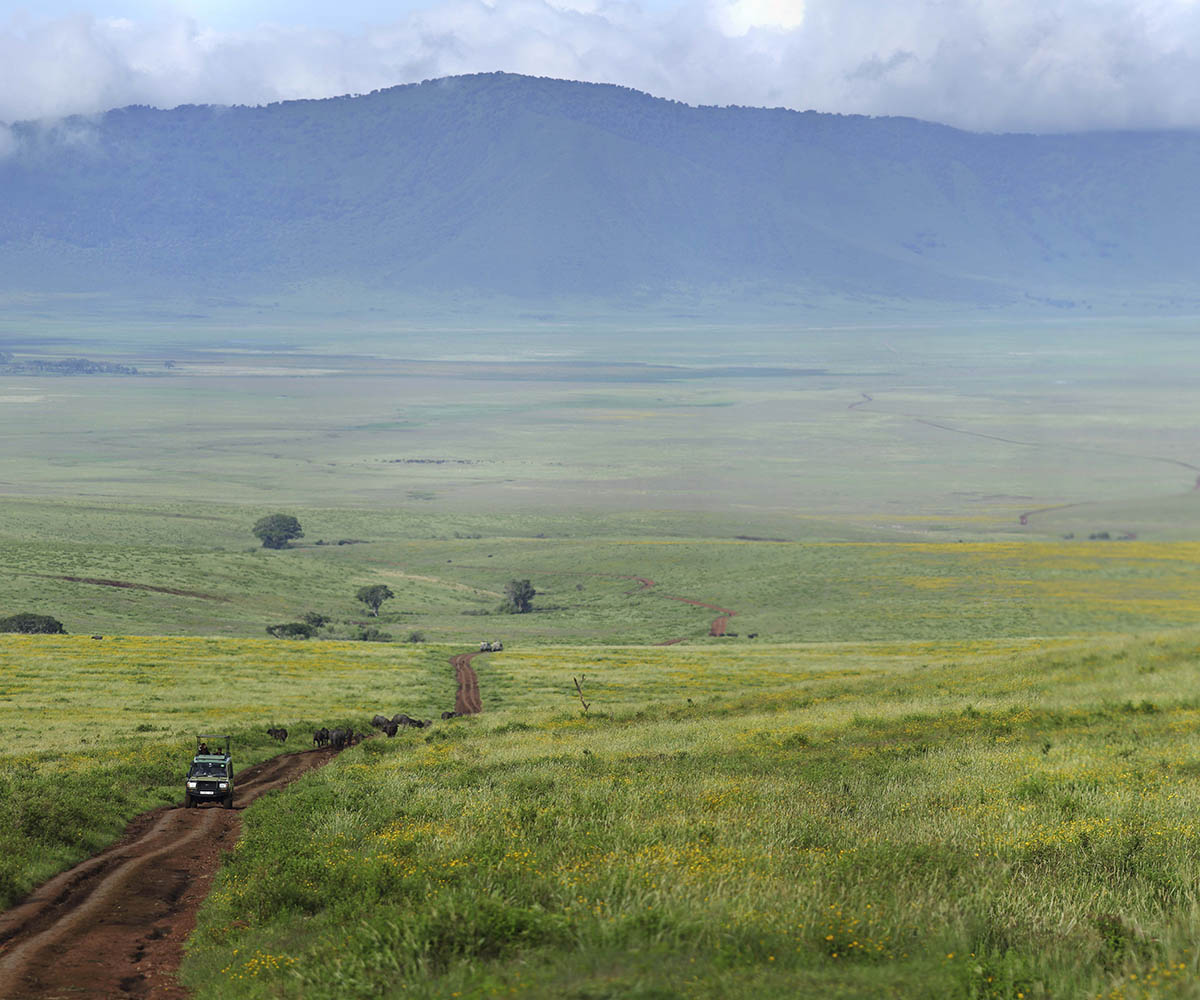
Exploring the Ngorongoro Crater. © Asilia
Although the Serengeti and the Mara grab the majority of headlines, both countries offer some brilliant alternatives and other destinations to visit for a safari.
The Ngorongoro Crater in Tanzania is a brilliant precursor to the Serengeti. With some outstanding lodges like Asilia’s The Highlands and Nomad’s Entamanu , a couple of nights by the Crater is not to be missed. The Crater truly is a unique eco-system and with one of the highest densities of the big five, it really has so much to offer.
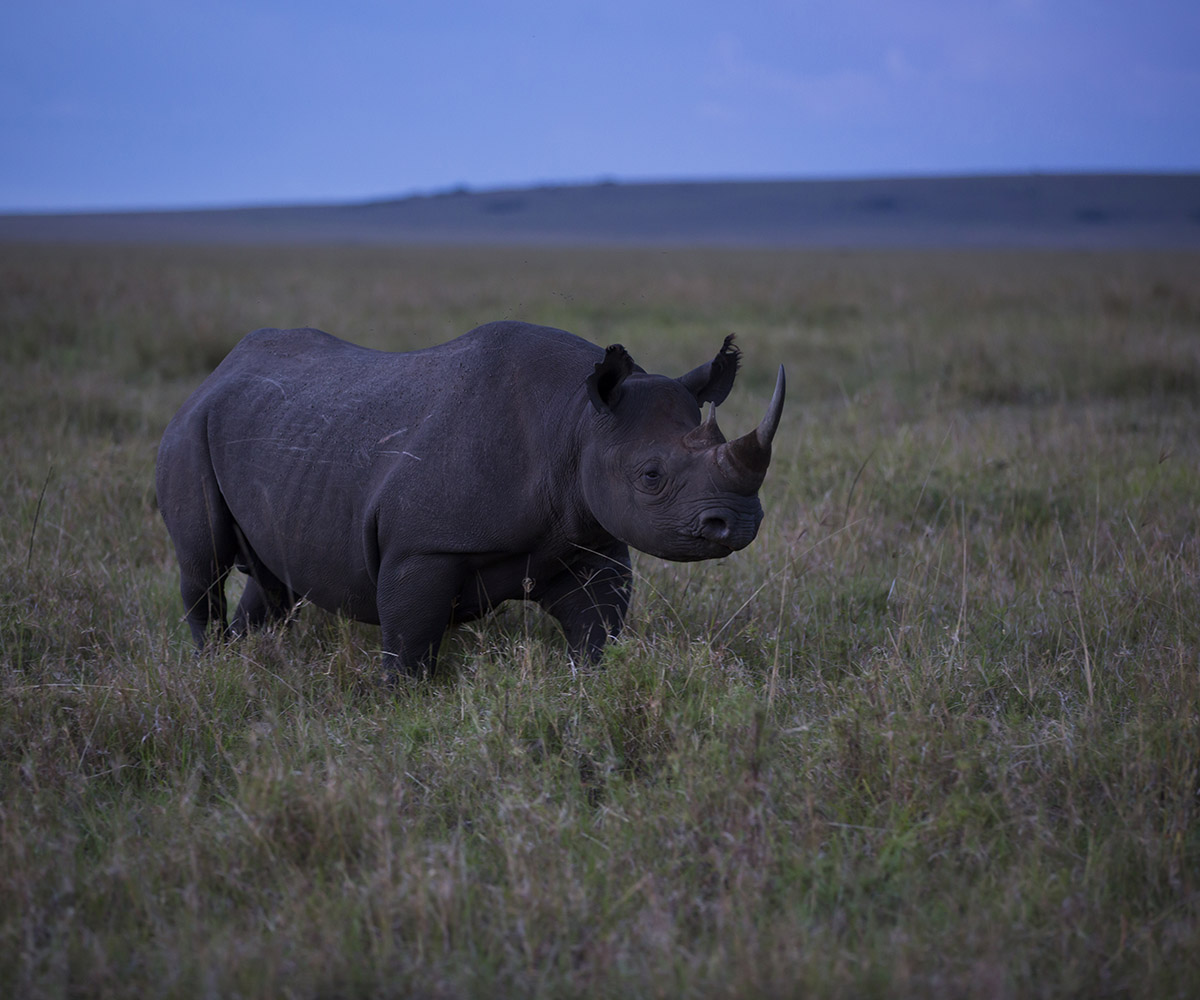
Black Rhino. © Asilia
Elsewhere in Tanzania there are some excellent off the beaten track safari experiences. If you prefer wild and untamed landscapes, then either the Selous or Ruaha (preferably both!) make for brilliant destinations. The Selous is a lush, green landscape comprised of many waterways and lagoons that are teeming with hippos, crocodiles and a whole host of bird life – not to mention the huge lion population and about a third of Africa’s wild dog population! Whether you go boating, walking or driving here, it’s a brilliant all-round experience and with lodges starting at around $450 per person per night, there is something here for everyone. Whilst Ruaha also offers this brilliant variety in lodges, the landscape here is a complete contrast to Selous. With only one main water source, Ruaha is a dry landscape as any. Famed for its huge concentrations of buffalo, which congregate in their thousands, Ruaha offers a safari where seeing other vehicles is a rarity and really is somewhere to escape the crowds. A Southern Tanzania itinerary really does have it all.
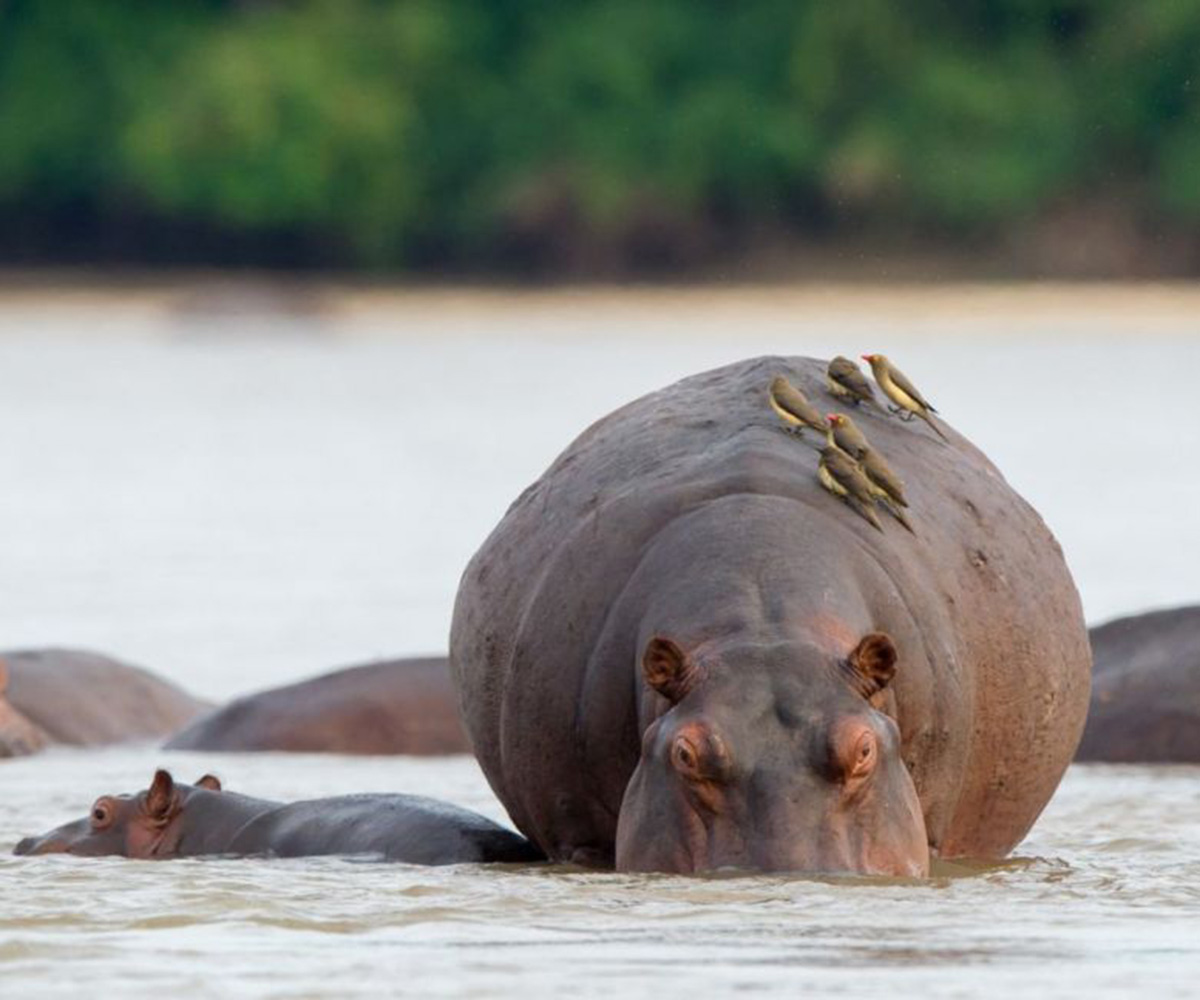
Hippos can be seen from Nomad’s Sand Rivers which overlooks the Rufiji River. © Nomad Tanzania
Although Kenya does have its alternative destinations, they aren’t as adventurous or as varied as Tanzania’s other options. Whilst Amboseli sits with a backdrop of Kilimanjaro, there is only one thing worth visiting here for: Africa’s mightly impressive Tuskers. The elephants here are some of the most impressive specimens in the world and make for some wonderful photographs. That said, if you want variety in your safari then Amboseli doesn’t quite offer enough for more than two or so nights, so it would have to be added onto something else. Kenya’s other option to consider would be Laikipia with the Lewa conservancy being a particular highlight. Although you won’t find the Great Migration here, Lewa Downs offers some fantastic game viewing alongside some brilliant activities for the whole family. Quad biking, horse riding and micro-light trips are all some of the highlights for somewhere that really does specialise in catering for families.
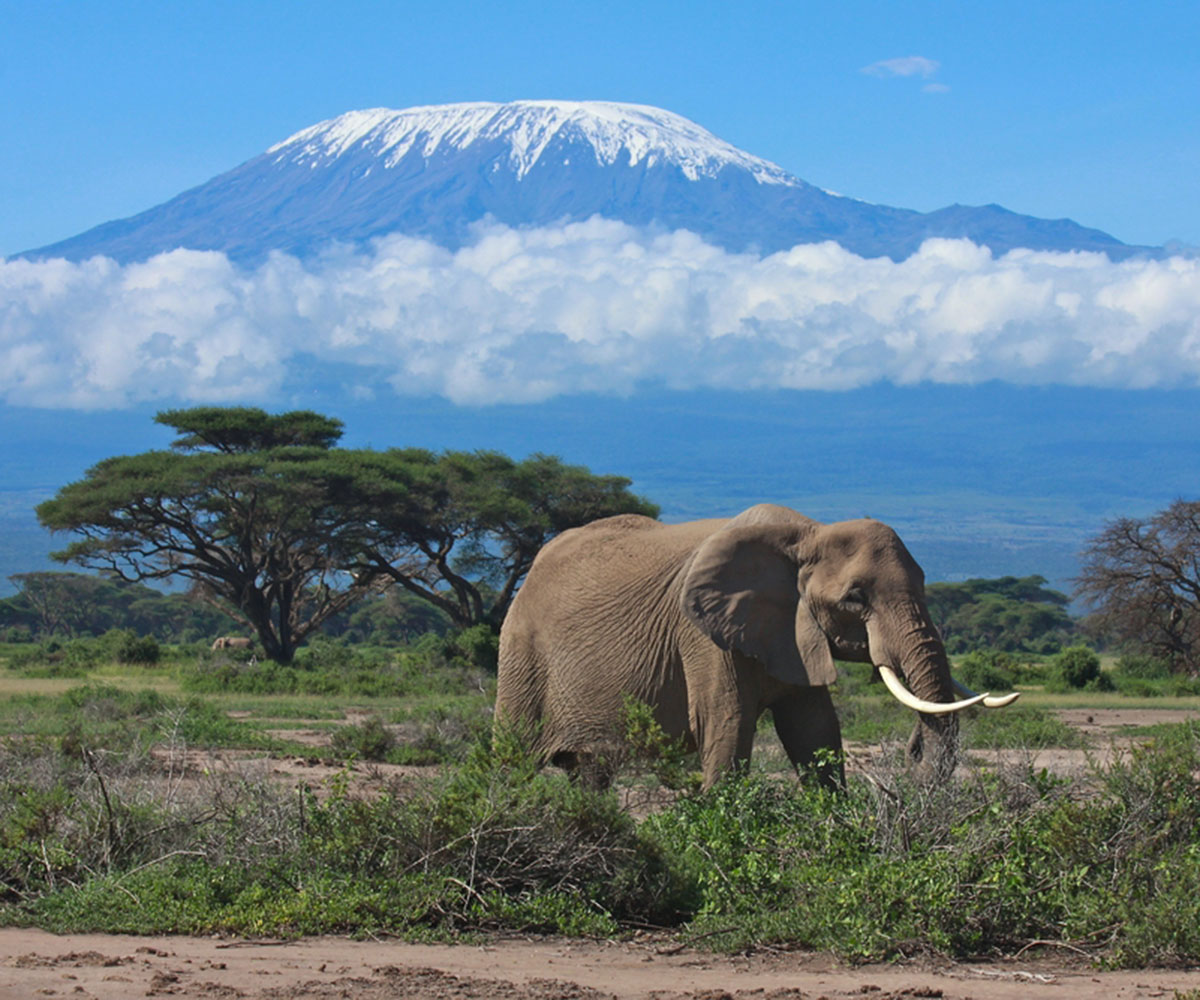
Amboseli National Park.
What makes an East Africa safari even more special is that it is easily combinable with a beautiful few days of rest and relaxation on the beach. Whether you decide to make the most of the Coastal Beaches or hop over to an Indian Ocean Island, you can be sure that it is the perfect way to end your holiday.
The coastal areas of both Kenya and Tanzania are more limited than if you were to go to one of the islands. That said, there are some beautiful, often very secluded places to visit along the coastlines. Ras Kutani in Tanzania is the place to go for a mainland coast retreat. With bare-foot luxury and a beautifully isolated beach, time here is both energising and reclusive. Kenya’s Lamu mirrors Ras Kutani in its bare-foot luxury, yet our opinion is that nothing in Kenya quite beats Ras Kutani!
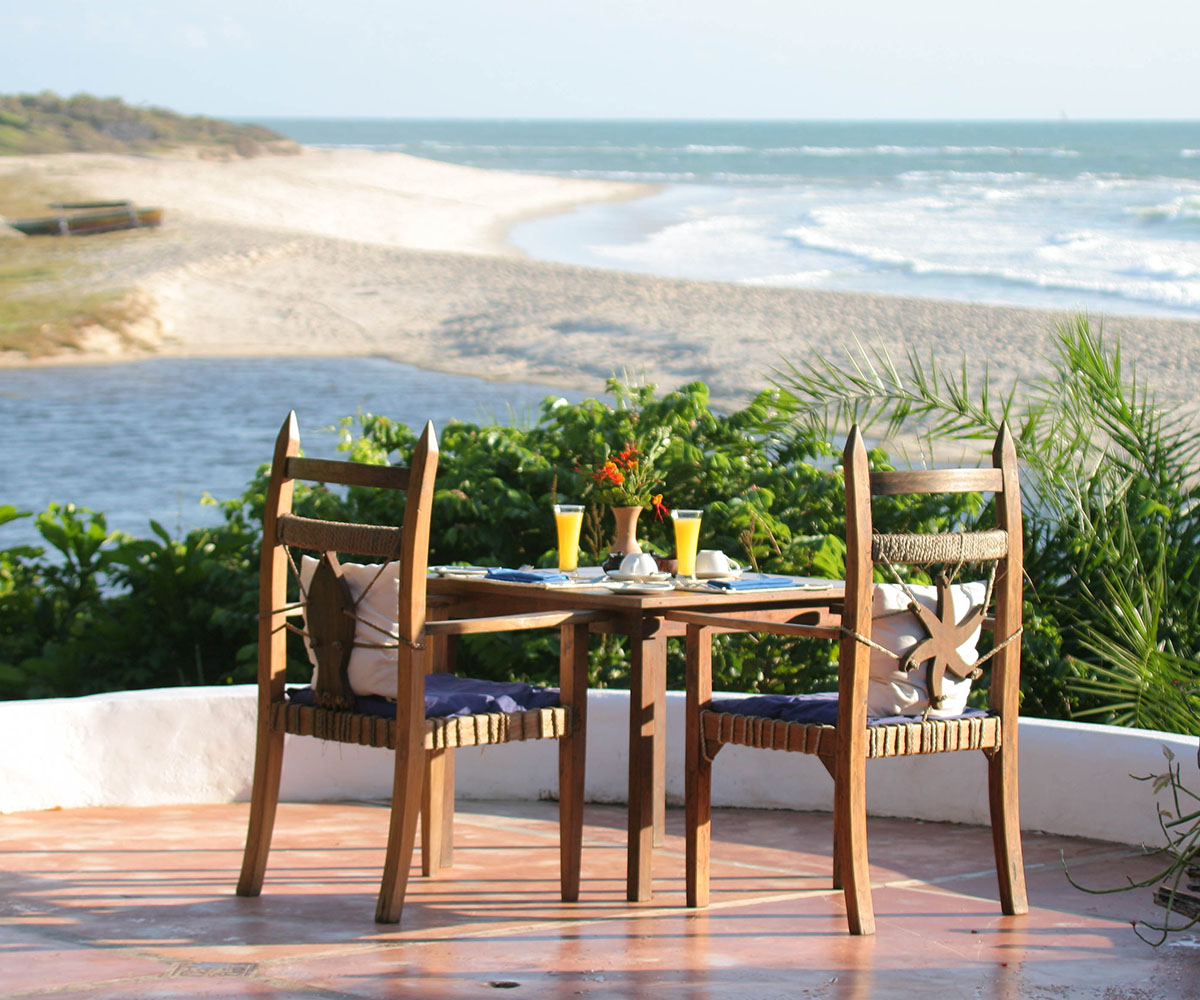
Ras Kutani – picture perfect. © Selous Safari Company
With both Tanzania and Kenya being next door to one another, visiting the Indian Ocean Island of Zanzibar , is both easy and pretty inexpensive. With the Selous being less than an hour’s internal flight to Zanzibar , getting here from Tanzania couldn’t be easier. From Kenya, the flight is slightly longer and more expensive so it is worth bearing in mind if you are on a tighter budget. If you aren’t constrained then Mnemba Island is a great alternative, as is Fanjove!
We understand that choosing a safari and its beach extension can be quite a minefield, so please give us a call . We would love to have a chat about your future plans and any ideas you may have.
Related Posts:
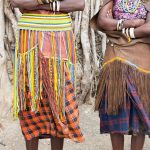
Related Articles
The Cadogan: A Complete Travel Guide to Tanzania
A travel guide to central tanzania: tabora, dodoma & kigoma regions, a guide to the selous game reserve: history, wildlife & landscapes, south from kilimanjaro travel guide: pare and usambara mountains, southern highlands travel guide: ruaha national park, mbeya & iringa, ngorongoro conservation area, tanzania: history, tribes & more, tanzania’s northern circuit safari guide: all you need to know, a guide to tanzania’s national parks: arusha, lake manyara and tarangire, a travel guide to serengeti national park, tanzania, history and travel itinerary to stone town, zanzibar, zanzibar history, festivals and religion, travel guide to zanzibar: understand the island’s map, travel guide to pemba island, tanzania: history and things to do, travel guide to mafia and chole island, tanzania: history and things to do, travel guide to kilwa kisiwani, tanzania: history and things to do, travel guide to bagamoyo & saadani game reserve, tanzania, the south coast of tanzania: lindi, mikindani and mtwara, tanzania history: from pre-history to the 20th century, travel guide to tanga, tanzania: things to do & history, tanzania’s culture: people, language, tribes and religion, a 2020 safari with nomad tanzania, the indian ocean coast – saadani game reserve, southern circuit travel guide: morogoro, udzungwa mountains & mikumi national park, history of tanzania – early history.
Kenya or Tanzania? Which is better for Safari?
Exploring the wild wonders of East Africa is a dream for many travellers, but choosing between a safari in Kenya or Tanzania can be a tough decision. Both countries boast breathtaking landscapes, incredible wildlife viewing opportunities, and unique aspects of the Great Wildebeest Migration. Plus, they offer a range of bucket-list activities that promise unforgettable experiences – did you know you can go chimp trekking in Tanzania?
We understand that planning such a journey can feel overwhelming at times, which is why we’re here to make it easier for you. To help you decide which destination suits you best, we’ve compared the nitty-gritty details of a Kenya vs Tanzania safari:
Location & Landscape : Both Kenya and Tanzania are located in East Africa and share a border along the iconic Serengeti-Mara Ecosystem, home to some of the most spectacular wildlife migrations on Earth. This vast ecosystem spans approximately 30,000 square kilometres, offering expansive savannahs and golden grasslands reminiscent of scenes from “Out of Africa” and “The Lion King.” While both countries showcase similar landscapes, Kenya’s northern regions, like Samburu, feature drier and hillier terrain, harbouring unique wildlife species such as the ‘Samburu Special 5.’ In contrast, Tanzania’s western regions boast thick indigenous forests, perfect for chimpanzee trekking adventures in places like the Mahale Mountains National Park.
Costs & Your Budget : Embarking on an East African safari may not be the cheapest holiday, but it’s certainly within reach for travellers with varying budgets. Our safari experts specialize in tailoring every trip to suit your specific budget, whether you’re seeking affordable comfort or luxury indulgence. While both countries offer a range of accommodations to fit different budgets, Tanzania tends to be slightly pricier due to its larger size and unique reserves like the Grumeti and Ruaha. However, Kenya presents more budget-friendly options, making it an excellent choice for travellers seeking value for money without compromising on experience.
Accommodation : Accommodation options in Kenya and Tanzania are as diverse as the landscapes they inhabit. From traditional tented camps to luxurious lodges, there’s something to suit every traveller’s taste and budget. However, both countries boast limited availability, especially during peak safari seasons, so early planning is essential to secure your preferred lodging. Whether you’re dreaming of waking up to giraffes at Giraffe Manor in Nairobi or seeking a secluded retreat in the heart of the Serengeti, our safari experts can help you find the perfect accommodation to complement your safari experience.
Game Viewing : While neither Kenya nor Tanzania guarantees Big 5 sightings on every game drive, the thrill of encountering these iconic animals in their natural habitat is incomparable. Tanzania’s Ngorongoro Crater offers a reliable spot for witnessing the Big 5, while Kenya’s Lewa Wildlife Conservancy is renowned for its rhino population. Both countries also provide opportunities for unique wildlife experiences, such as chimpanzee trekking in Tanzania and camel safaris in Kenya.
Safari Activities : Game drives are the main attraction on any safari, offering unparalleled opportunities to observe wildlife in their natural environment. However, both Kenya and Tanzania offer a range of additional activities, including guided nature walks, night drives, and hot-air balloon safaris. Private reserves and conservancies in both countries provide exclusive experiences like off-road game drives and cultural excursions, allowing travellers to delve deeper into the wilderness.
Best Time to Go : Deciding when to embark on your East African safari depends on your preferences and priorities. Both Kenya and Tanzania experience distinct rainy seasons, which can affect game-viewing opportunities and accommodation availability. Peak safari seasons typically coincide with the dry winter months from June to October, offering optimal wildlife sightings and comfortable weather conditions. However, visiting during the low or green season from November to May can provide excellent value for money and fewer crowds, especially for budget-conscious travellers.
Best Suited For… Whether you’re travelling as a family, a couple, or an adventurous solo explorer, both Kenya and Tanzania offer something for everyone. Kenya’s family-friendly accommodations and diverse landscapes make it ideal for travellers with young children, while Tanzania’s luxurious lodges and unique experiences cater to honeymooners and thrill-seekers alike. Budget-conscious travellers may prefer Kenya’s affordability, while those seeking exclusive experiences may opt for Tanzania’s splendour.
Ultimately, the choice between a Kenya or Tanzania safari comes down to your personal preferences, budget, and bucket-list aspirations. Our safari experts are here to help you navigate the options and create a tailor-made itinerary that fulfils your wildest African safari dreams. Whether you’re yearning to witness the Great Wildebeest Migration or embark on a once-in-a-lifetime wildlife adventure, we’re here to turn your safari dreams into reality.
Next Post A guide to the Wildebeest Migration
Recommended for you.

- Northern Circuit
- Western Breach
- Acclimatisation
- Packing List
- Climbing Cost
- Coronavirus
- Visa’s, Vaccinations, Malaria
- Kilimanjaro Blog
- Climb for Charity
- Get A Trek Quote
Safari Kenya or Tanzania: Choosing Between 2 Awesome Safari Destinations
As two of the most iconic safari destinations on Earth, both Kenya and Tanzania are home to an abundance of wildlife. Together, the neighbouring East African countries form the Serengeti-Mara ecosystem – one of the world’s largest protected areas, spanning approximately 30,000 square kilometres.
I've done a combined Kenya-Tanzania safari before and it was an incredible experience. I found it really easy to start my tour in Northern Tanzania viewing the wildebeest migration in the Serengeti; then journeying alongside the mighty Mara River into Kenya to watch the completion of this amazing annual ritual. And this was just one of many amazing things I got to do during my trip.
In this article, I'll share my best insights on Kenya and Tanzania as the ultimate destinations for your next and best safari experience.
Let's get started.
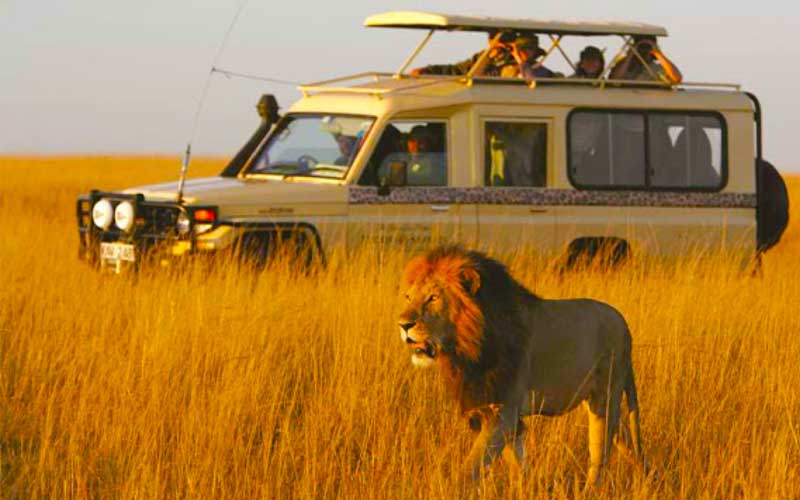
Plan your Safari experience
Get a quote from our recommended local safari operator
Safari Kenya or Tanzania FAQs
What makes kenya and tanzania so similar yet different .
While Kenya and Tanzania share similarities in climates, wildlife species, vegetation, and opportunities to witness the Great Migration , they are also each characterized by differences in unique wildlife spectacles and world-renowned landscapes. Ensuring that a visit to either country is equally as satisfying and yet different to the other.
Here are some of their other key similarities and differences:
Which country is better for your budget - Kenya or Tanzania?
Overall, Kenya is better for your budget as a potential safari destination. It's a smaller country than Tanzania, so it's quicker and cheaper to travel by plane, car or ferry to its national parks.
With its great investment in the tourism industry and wide range of options when it comes to accommodation and flights, Kenya is generally more budget-friendly. Kenya is also a wealthier country in comparison to Tanzania, so it is better equipped with airports, transport, hotels and guest houses.
However, Kenya also has less wildlife and national parks than Tanzania, so it would be a good idea to also spend time in Tanzania if you can afford it. We have created a guide for enjoying Tanzania on a budget .
Both Kenya and Tanzania offer great off-season deals and various accommodation options to suit your budget best. While the sky is the limit for both countries when it comes to organizing luxury safari packages, these can be easily avoided.
If budget isn’t the issue but rather safety, you’ll be happy to discover that both countries have a low crime rate against tourists. Precautions should always be taken, however, especially in the major cities like Nairobi , Mombasa and Dar es Salaam .
Which tour? Here are 5 Kenya-Tanzania safaris I highly recommend:
- Serengeti Trail Safari (incl. Nairobi, Kisii and Kisumu) (8 days)
- Masai Camping Safari (incl. Serengeti and Lake Manyara) (10 days)
- Best of Kenya and Tanzania (incl. Amboseli and Tarangire) (12 days)
- Kenya and Tanzania Camping Safari (incl. Maasai Mara and Lake Nakuru) (14 days)
- Best of East Africa (incl. Subukloita Hills and Zanzibar) (20 days)
See more Kenya and Tanzania safari deals .
When is the best time of year to visit Kenya or Tanzania?
Kenya and Tanzania share similar climates, so the best time of year to visit either country is during the dry season (June-October) for more wildlife sightings and easier travelling conditions.
Both Kenya and Tanzania are notably marked by two distinct seasons: the wet season and the dry season.
Dry Season – Best Time for Safaris
The best and most popular times to visit Tanzania and Kenya are generally from mid-June to October. As East Africa’s dry season, this time of year has the most predictable weather and provides ideal safari conditions.
While early mornings and evenings might be cold, the temperature during this season is fairly predictable. Thermometer readings are often around 23°C/73°F, reaching a high of 28°C/82°F in the coastal areas.
Wet Season – Best Off-Season Deals
During the wet season, the dry Tanzanian and Kenyan landscapes are transformed into a lush, green paradise. Temperatures increase during this period and usually range between 24°C/75°F and 27°C/81°F, reaching highs of 30°C/86°F along the coast.
There are two types of rainy periods in this season:
Short rains - November to December
Long rains - March to April
Short rains (November-December):
Afternoon thunderstorms are often expected to take place, but safaris are unlikely to be impacted. For this reason, the short rainy season is still considered an excellent time to plan a trip to Tanzania or Kenya.
Long rains (March-April):
The long rains usher in the peak of the wet season. While it may still be a good time to visit Tanzania or Kenya, your trip will be impacted by the amount of rain and the type of conditions the area receives that year. Tourists who find hot, humid conditions unpleasant should preferably avoid this season.
If you’re up for an adventure, there are major advantages of travelling here during this time. Prices are reduced dramatically and with crowds being dispersed – you’ll have thrilling wildlife sightings all to yourself.
Read our article on average safari costs in Tanzania .
Where to stay? Here are 5 of my favourite accommodation options in Kenya and Tanzania:
- Talek Bush Camp (Masai Mara)
- Lake Nakuru Lodge
- Eco Camp (Amboseli)
- Mawe Camp (Serengeti)
- Serena Safari Lodge (Ngorongoro)
See more popular Kenya and Tanzania safari accommodation options.
What are the most iconic National Parks in Tanzania and their main attractions?
The most iconic national parks in Tanzania are arguably Serengeti, Ngorongoro, Gombe and Mahale for their diverse wildlife and stunning locations. With that said, there are so many exceptional national parks to explore in Tanzania that makes for a unique safari experience.
Serengeti National Park
As Tanzania’s conservation centrepiece, the Serengeti is home to one of the world’s densest wildlife populations . Serengeti is a local Masaai word that is used to describe endless plains – a perfect depiction of the park’s rolling golden grasslands.
While the main attraction of the Serengeti is the Wildebeest Migration , the park is an all-year-round safari destination with ample opportunity to spot the Big Five .
Ngorongoro Crater
Nestled below a heavily forested 600m volcanic rim is a wildlife wonderland called Ngorongoro - offering some of Tanzania’s best and most reliable safari sightings. Before the iconic volcano erupted, it once stood taller than the mighty Mount Kilimanjaro itself. The top of the ancient volcanic cone collapsed after the loss of its underlying body of magma and ultimately formed what is now recognized as the largest inactive caldera on earth.
Lake Manyara
In the rush to see the Serengeti and its famous Ngorongoro neighbour, Lake Manyara can easily be overlooked. Conveniently located on the road from the town of Arusha to Ngorongoro, Lake Manyara offers a magical stop for traveller’s looking to explore the more popular parks on the Northern Safari Circuit.
The park takes up a mere 330 square kilometres of which 230 square kilometres are covered by the shallow alkaline lake. The rest of the landscape boasts a remarkable mix of floodplains, acacia woodlands, and forests that supports an equally impressive variety of wildlife. Most notable is the park’s large elephant population, resident baboons and black-maned tree-climbing lions. The lake is also home to thousands of pink flamingos and over 400 bird species.
Tarangire National Park
As one of the untouched gems of Tanzania, Tarangire National Park sees fewer visitors than other parks on the Northern Safari Circuit. In stark contrast to the small crowds of tourists is the park’s teeming wildlife population that at the right time of year is believed to deliver some of the best game-viewing in Tanzania.
Not only does it tick off the classic safari sightings that every visitor hopes to see, but offers some unusual species to spot as well – like the long-necked gerenuk . With 550 species to encounter, Tarangire is a veritable bird-watching paradise.
Off-the-Grid National Parks
The lesser-visited national parks of Tanzania are hidden gems that offer some of the country’s most sought-after safari sightings. The mostly inaccessible tracks that lead to Katavi, Mahale Mountains, Selous and Ruaha National Park have deterred crowds of tourists and concealed some of Africa’s best-kept safari secrets.
As Tanzania’s third largest park, Katavi National Park is comprised of approximately 4,471 square kilometres of everything from open grasslands and forests to floodplains and seasonal lakes. As these floodplains retreat during the dry season, the sight of hippos by their hundreds cramming into dwindling pools is one of the main attractions of the park.
What makes Mahale Mountains National Park especially unique is that it does not boast the usual Tanzanian safari suspects such as lions and elephants. Instead, it is famously known for offering an enthralling opportunity to trek and get up close with its world-renowned population of chimpanzees.
Selous National Park holds the title as Africa’s largest game reserve and is nearly four times the size of the Serengeti. The park’s stand-out features include its resident Big Five population and the mighty Rufiji River that fills the landscape with interconnected lakes. Unlike Tanzania’s other national parks , Selous offers the unique opportunity to experience guided walks and fly-camping.
Home to sweeping herds of antelope, all-conquering prides of large carnivores, elephant families that churn up the river beds, as well as a vibrant bird population – the Ruaha National Park is one of our planet’s last remaining vestiges for nature in its rawest form. The park’s unparalleled predator sightings and resident lion population has put Ruaha in the spotlight in recent years.
What are the most iconic National Parks in Kenya and their main attractions?
The most iconic national park in Kenya is arguably Masai Mara for its unique perspective on the Wildebeest Migration and rich cultural heritage.
Masai Mara National Reserve
Holding a similar status as the Serengeti in Tanzania is Kenya’s flagship conservation area – the Masai Mara National Reserve . While the park is most famously known for the role it plays in the Great Migration, it is also home to safari heavyweights like the Big Five and is especially popular for its big cat sightings.
But this doesn't mean there aren't other notable national parks with diverse ecosystems in Kenya. Here are a few more of them below:
Amboseli National Park
With only the Masai Mara outshining the park in terms of popularity, the Amboseli National Park is one of Kenya’s main drawcards. Amboseli boasts an impressive population of elephants and is the only safari destination in Kenya that offers unparalleled views of the snow-capped Mount Kilimanjaro.
Nairobi National Park
As Kenya’s capital and the starting point of most safaris, a stop in Nairobi is almost inevitable. Contrasting the bustling city centre is the opportunity for a peaceful safari retreat set against the backdrop of skyscrapers.
In Nairobi itself is the famous Daphne Sheldrick Elephant Orphanage and the world-renowned Giraffe Manor. Just outside of the town is the Nairobi National Park – home to everything from lions and giraffes to an impressive 550 species of birds.
Samburu National Reserve
Nestled on the edge of the Ewaso Ng'iro River is the Samburu National Reserve . With its diverse mix of grassland and forests, the reserve attracts all the big cats, huge herds of elephants and even a rare species of wild dog.
A major highlight is the ‘Samburu Big 5’ – a unique list of animals that aren’t found in the more popular reserves of Kenya. Adding a thrill to every Samburu safari is the chance to spot the Grevy’s zebra , the long-necked gerenu, reticulated giraffe, besia oryx and Somali ostrich .
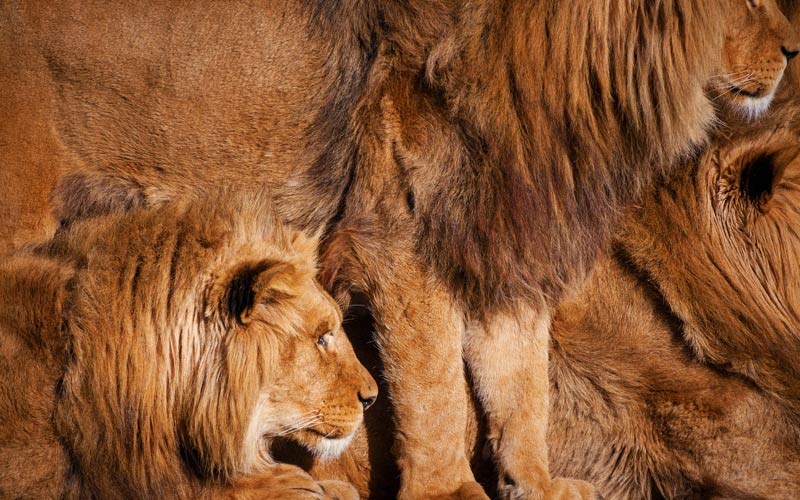
A Private Kenyan Safari Experience
One of the most authentic ways to experience the African wilderness is by visiting private game reserves and conservancies. Far-removed from the fleet of safari vehicles is an opportunity to encounter wildlife in its truest and most untainted form.
Kenya boasts an array of popular conservancies. The Mara Conservancies are pieces of land that have been set aside next to the Masai Mara National Reserve – far removed from the crowds that flock to this area during the wildebeest river crossings. Other popular private reserves in Kenya include Selenkay Conservancy, Ol Kinyei Conservancy, Ol Pejeta Conservancy , Naboisho Conservancy, Olare Motorogi Conservancy and the rugged Laikipia .
If you’re looking for a unique safari experience, most private conservancies usually offer the added adventure of signing up for a walking or nighttime safari.
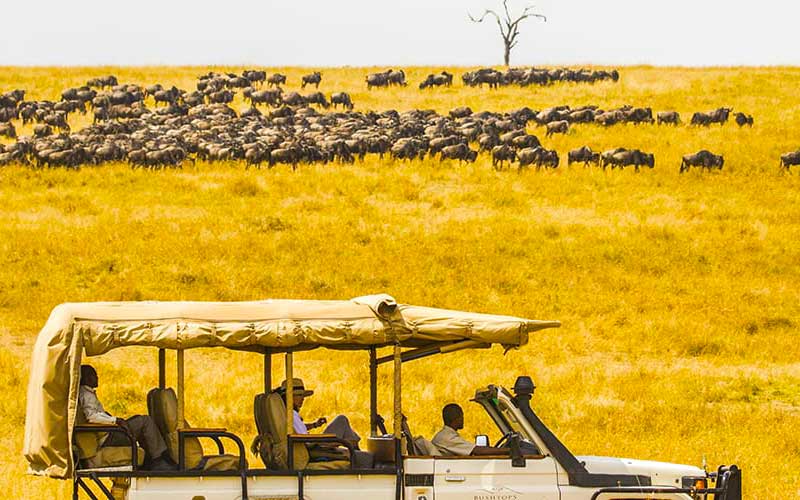
Which country is better for witnessing The Great Migration – Kenya or Tanzania?
Overall, Tanzania is better for witnessing The Great Wildebeest Migration because you can follow the wildebeest in more locations and for longer periods. In contrast, Kenya is the final destination when the wildebeest cross through the Mara River.
The rolling grasslands of Kenya and Tanzania are most famously known for the Great Migration. Arguably, timing your trip to coincide with witnessing this unimaginably spectacular event is of paramount importance.
Understanding the pattern of the migration will help you decide where you’d like to witness it most. In general, the migration tends to be in Tanzania in the Southern Serengeti for the calving season from February to mid-March. From June-July , the herds can be spotted in the park’s Western Corridor as they gather near the Grumeti River.
From August-September , the grazers move into the Northern Serengeti and Kenya’s Masai Mara National Reserve. During this season you have the chance of witnessing the famous river crossings across the crocodile-infested Mara River . The sweeping herds then head back down to the Southern Serengeti, and the cycle starts again.
To give you a better sense of locations and timing as the wildebeest make their way through Tanzania and Kenya, here is a handy map:
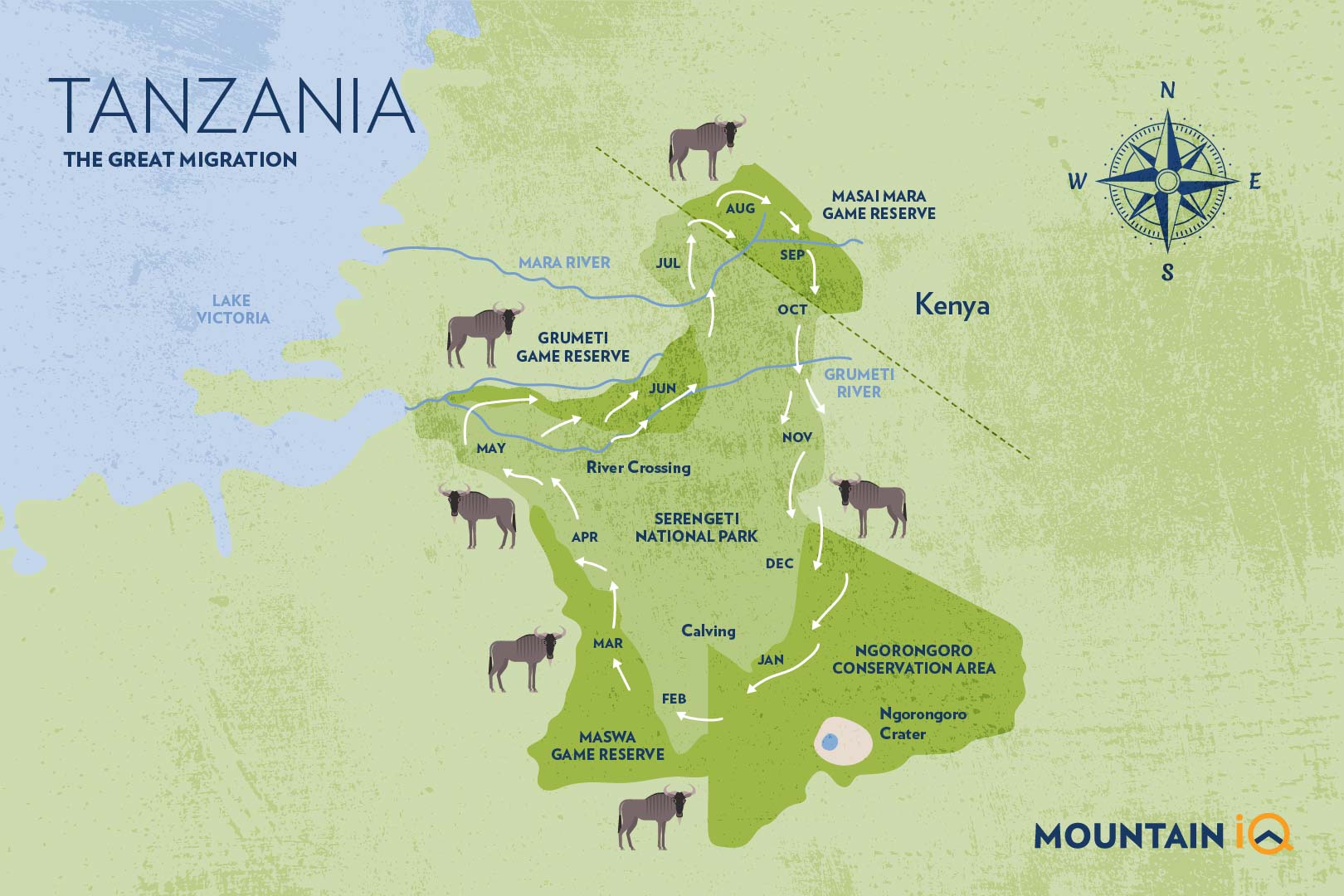
Calving season in the Serengeti – Late January-February
As the migration slows down, the calving season in the Serengeti offers the safari experience of a lifetime. Not only does this time of year give you the chance to witness the wildebeest drop their young, but also brings with it an unprecedented opportunity for predator sightings .
With up to 8,000 calves being born each day, many travellers rate the calving season as the greatest spectacle of the Serengeti. The calves are quick to their feet, standing within a few minutes of being born and learn to run within a few days.
With lurking big cats looking to strike when the herds are most vulnerable, the calving season ushers in a high concentration of predators to the Southern Serengeti and Western Ngorongoro Conservation Area.
As the grasses of the Southern Serengeti become depleted, the herds then make their way back to the Masai Mara.
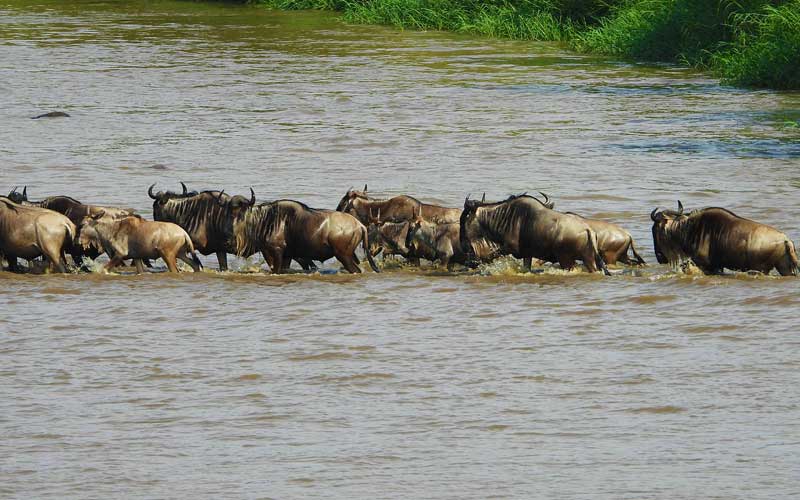
Famous Mara River Crossings – August and September
From August-September , the grazers move into the Northern Serengeti and Kenya’s Masai Mara National Reserve. Here they face the daunting challenge of crossing the notorious Mara River.
The best time to witness this iconic event is generally in August. It is important to note, however, that the exact time the herds cross the river is very unpredictable – not even the wildebeest themselves know! The nervous herds often spend anything from hours to days along the bank before they pluck up the courage to face the crocodile-infested waters, strong currents and looming predators on the other side of the river.
The river also has many crossing points into Kenya, so having the knowledge of an experienced safari guide is highly recommended. After the herd cross the Mara River, Kenya is the best place to continue to see them until they head back to the Serengeti once more.
I hope this article helps you choose between where to travel for your dream East African adventure. But why choose when you can have your cake and eat it? With the right budget, a combined Kenya and Tanzania safari is just one click away.
Mark Whitman
Hi, I'm Mark! Welcome to Climb Kilimanjaro Guide - the Web's No.1 Trekking Guide to Mount Kilimanjaro. This site is your one stop shop for everything Kilimanjaro. To date over 5 million people have visited Climb Kilimanjaro Guide, many of which have gone on to summit Kili! I hope you find all the answers you are looking for, but if you have any questions don't hesitate to drop a comment below!
Leave a Reply
Your email address will not be published. Required fields are marked
Name * * * * *
Email * * * * *
Get a quote from our recommended local Kilimanjaro operator

- Africa Landmarks & Icons
Kenya vs Tanzania: Choosing the Ideal Safari Destination
- By Aren Bergstrom
- On June 13, 2018
- Read Time 12 mins
Home / Africa & Middle East / Kenya vs Tanzania: Choosing th…
If you’re planning an African safari in the near future, let our comparative guide help you choose between Kenya and Tanzania.
People in the west are notorious for looking at Africa as one homogenous land and not a series of distinct countries. This becomes even worse when people try to tell the difference between two countries in the same region, as is the case with Kenya and Tanzania. That’s why comparative guides are so useful to figure out the truth about the incredible nations in Africa.
Here, we’ve broken down the essential differences between two of Africa’s most popular safari destinations: Kenya and Tanzania . We’ve focused on landscape and climate, expenses and infrastructure, landmarks, food and culture, and wildlife.
Landscape and Climate
There are a lot of similarities to Kenya and Tanzania, as both countries share a border and sit along the Indian Ocean. Kenya ’s landscape is a mixture of sandy beaches on the coast, highlands in the centre, and fertile plains in the west. The country’s seasons are split between wet and dry, with the main wet season running from April through June and the dry season running December through March. There’s also a mini wet season for a few weeks in November and December, and a mini dry season from July through October. The average temperature in Kenya is between 20°C and 28°C, with the coast being both hotter and more humid than in-land.
Tanzania is similar to Kenya, but also around one and a half times larger. You’ll find coastline in the east, plains and plateau running west across the country, and highlands in the north and south. The seasons in Tanzania are very similar to those in Kenya. The average temperature in summer is 28°C while the country gets coldest in July when it sits around 24°C. Like Kenya, the coastal region is tropical, however the inland is not arid in Tanzania, instead being more temperate. The main wet season runs March through May, while the main dry season runs June through October. Like in Kenya, the shorter wet season comes in November and December, while January and February constitute the short dry season.
There’s no great temperature or geographic advantage between Kenya and Tanzania since both countries are so close to each other and share so many physical similarities. Just note the slight variations between temperature, geography, and the seasons, so you know what you’re going to get when you visit one or the other.
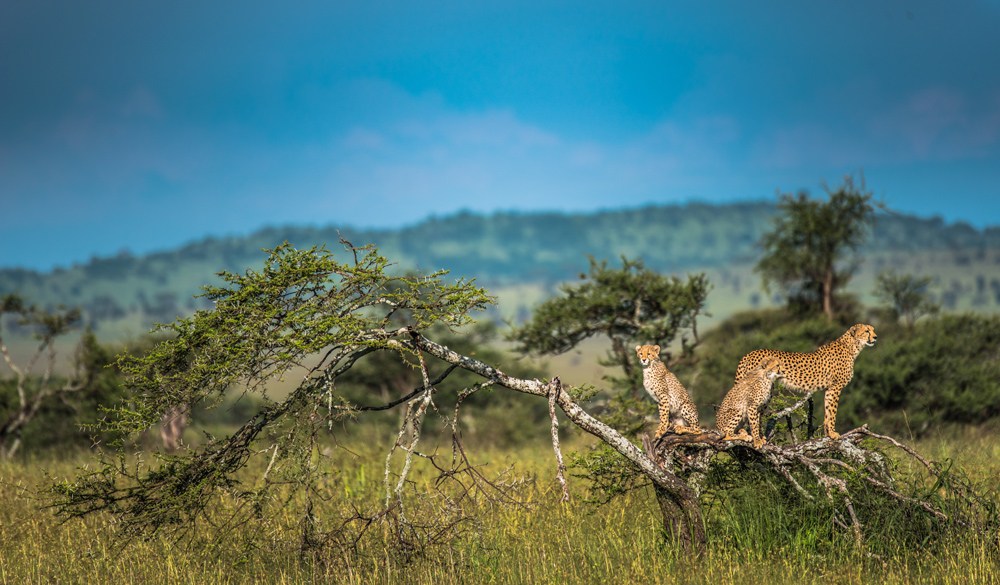
Expenses and Infrastructure
Both Kenya and Tanzania are affordable countries when compared to the vast majority of European or North American nations. However, there is a notable difference between the two in terms of costs.
Kenya is a wealthier nation than Tanzania, so it’s generally more expensive. Your flight will be one of your most expensive costs, with an economy flight from North America to Nairobi costing around $1,800 CAD on average. Once you’re there, you’re looking at around $100 CAD for a 3-star hotel in Nairobi , although you can get substantially cheaper options if you look outside the cities. That being said, more expensive hotels are generally safer. Food is fairly cheap, with street food costing around $1 CAD per plate and a sit-down meal at a restaurant running between $6 and $12 a person.

Tanzania is the larger country, but it’s not as wealthy as Kenya and is generally cheaper. However, an economy flight from North America to Dar es Salaam will be slightly more expensive than to Nairobi, costing around $1,900 CAD on average. Otherwise, food and accommodations are cheaper. A 3-star hotel in Dar es Salaam costs around $63 CAD on average, and a meal will cost you under $10 in a restaurant, with street food significantly cheaper.

In terms of infrastructure, Kenya has a larger tourism industry with more hotels and guesthouses. You can easily exchange US dollars into shillings in any of the major banks, and taxis and matatus abound in the cities. There’s a large network of trains between the big cities, and flights can take you most anywhere, although they are the most expensive way of getting around. Trains and flights are also the safest and most comfortable way of getting around Tanzania, but the transit networks are less reliable than in Kenya.
So in general, Tanzania is more affordable while Kenya has a better travel infrastructure. That being said, most people go to East Africa to head on safari… and safaris are never cheap. Kenya has the larger tourism infrastructure and has more lodges to accommodate globetrotters, so the cost of a safari in Kenya will likely be less than one in Tanzania. However, the fact that Tanzania is relatively more exclusive in terms of safari lodges means that you’ll likely end up having fewer fellow tourists to jockey alongside. No matter which country you to head to, you’ll be spending thousands of dollars per person for the chance to see lions and elephants on the African savannah.
Both Kenya and Tanzania are not lacking for landmarks. The most famous site in Kenya is the Masai Mara , which is home to all manner of animals and offers the sort of picturesque safari experiences people dream of when they think of the African savannah. Beyond the Masai Mara, you’ll find Lake Nakuru , which is famous for its flocks of flamingos that stand in its waters. Nairobi itself is a landmark as it remains one of Africa’s most vibrant and bustling cities, with a population of four million. The port city of Mombasa sits on the coast and offers you a chance to experience the mix of African, Indian, and Middle Eastern traditions. It’s also close to many beachside resort areas like Diani Beach. North of Nairobi, you’ll find Mt. Kenya , which is the second tallest mountain on the continent. And let’s not forget the Masai villages that offer a chance to experience a traditional manner of East African life.
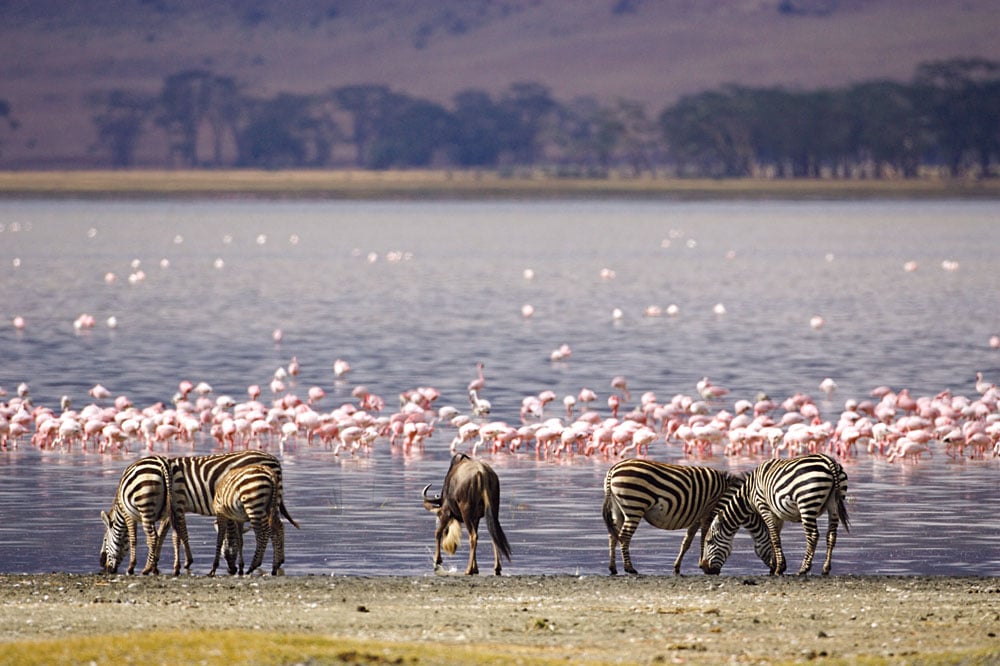
Like Kenya, Tanzania is bursting with natural wonders. The Serengeti is the most famous safari park on the planet and remains ground zero for the Great Migration of wildebeest and zebra each year. You’ll also find the Ngorongoro Crater , the world’s largest inactive volcanic caldera. Nearby Ngorongoro, you’ll find Mt. Kilimanjaro , the tallest mountain in Africa and one of the world’s Seven Summits. Just to the southwest, you’ll also find Mt. Meru, which is another of East Africa’s impressive peaks. Along the coast, you’ll find Dar es Salaam, the effective capital and one of the largest cities in East Africa. Continue into the Indian Ocean and you’ll reach Zanzibar , which is home to the ancient Stone Town , with its Old Fort and ancient traditions. On the opposite end of the country, you’ll find Lake Tanganyika, which is home to some of the best lakeside resorts on the continent. And finally, to the north, you’ll find Lake Victoria, the continent’s largest lake.
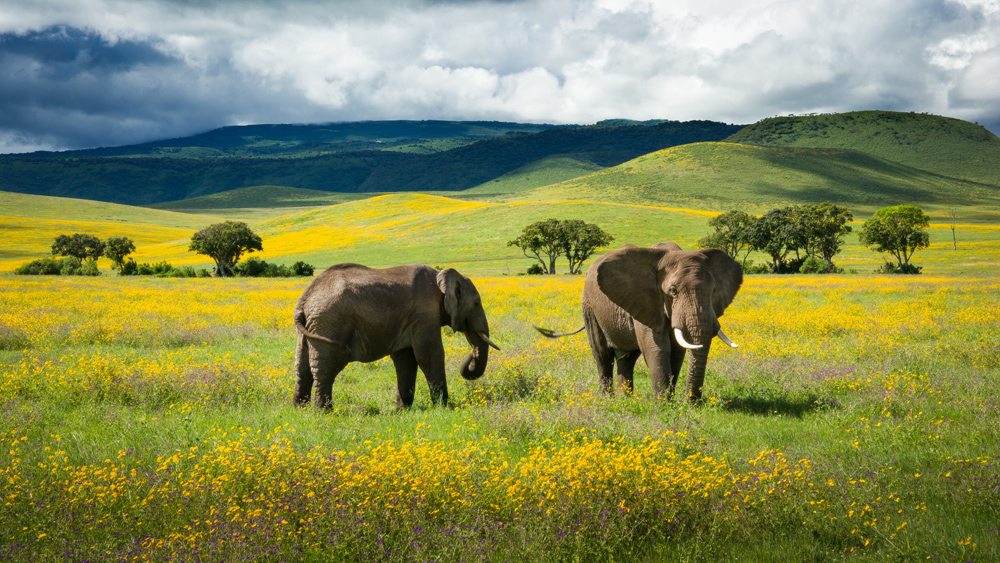
As you can see from these impressive collections of landmarks, Kenya and Tanzania abound with world treasures. However, if you had to pick between the two, Tanzania likely has the advantage. Its combination of the Serengeti, Mt. Kilimanjaro, and Zanzibar is unbeatable.
Food and Culture
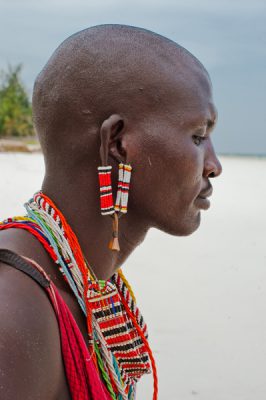
Although the main pleasures of Kenya and Tanzania come from the nature and wildlife that you’ll find on its stretches of savannah, both countries are also home to some pretty incredible cultures with a robust culinary scene. In Kenya , people from the Bantu tribes make up the majority of the population, but in addition to indigenous East African influences, there’s also a strong British influence leftover from colonial rule. As well, along the east coast, you’ll find Middle Eastern and Indian influences due to maritime trade. Kenyan culture is family oriented and friendly, but reserved, so don’t expect people to be blunt or outgoing in the manner you’d expect in certain western countries. That being said, you’ll find a lot of emotion in the country’s music, dance, and clothing. Like Kenya, Tanzania has a lot of cultural influences. The majority of the country consists of local East African tribes, but there’s also a sizable influence from British, German, and Middle Eastern cultures. Over a third of the nation is Muslim, so there’s no monolithic Christian culture as in Kenya. Tanzanian culture is also family-oriented and respectful. People are gracious and friendly, but there is a strong emphasis on being polite to strangers and respecting elders.

Kenyan food largely features stews and other mixtures of meat and vegetables that are usually served with ugali , a paste-like dough made from millet or cornmeal. You’ll find grilled meats ( nyama choma ) and vegetable dishes like Sukuma Wiki , a dish of cooked sweet potato leaves, pumpkin leaves, or cassava leaves that is similar to collard greens. Beef or goat are the main red meats, while seafood is eaten on the coast. Also, along the coast you’ll find coconut rice, while central Kenya is more known for its use of sweet potatoes, cassava, and taro root. Like Kenyan food, Tanzanian food also uses ugali as a staple. On the mainland, you’ll find grilled meats, biryani, a green banana stew ( ndizi-nyama ), and even pilau . Like Kenya, along the coast, you’ll find coconut milk as a key ingredient, although Tanzanian food tends to use more spices, lending to its robust Indian influences. Stews are also common in Tanzania, with bananas and plantains often used as ingredients ( supu ya ndizi has plantains cooked down into a paste and turned into a soup along with veggies and meat).
In terms of food and culture, neither Kenya nor Tanzania has a clear advantage. They both have so many myriad influences and offer a different sort of cultural experience to what westerners are used to back home.
Since Kenya and Tanzania are hugely popular destinations, the animals that call each country home are some of their biggest draws. Kenya is smaller than Tanzania, but it isn’t lacking for the number of species to be found within its borders. You’ll find all of the Big Five (lion, leopard, elephant, rhino, and buffalo) at game reserves in the country, like Masai Mara National Reserve. You’ll also find hippos, cheetahs, servals, civets, caracals, gazelles, impalas, antelopes, zebras, wildebeest, waterbucks, giraffes, baboons, vervet monkeys, and bushbabies. There are also 1,135 species of birds in Kenya, including flamingos and ostriches. As well, you can also find the highly-endangered black rhinos within Kenya.
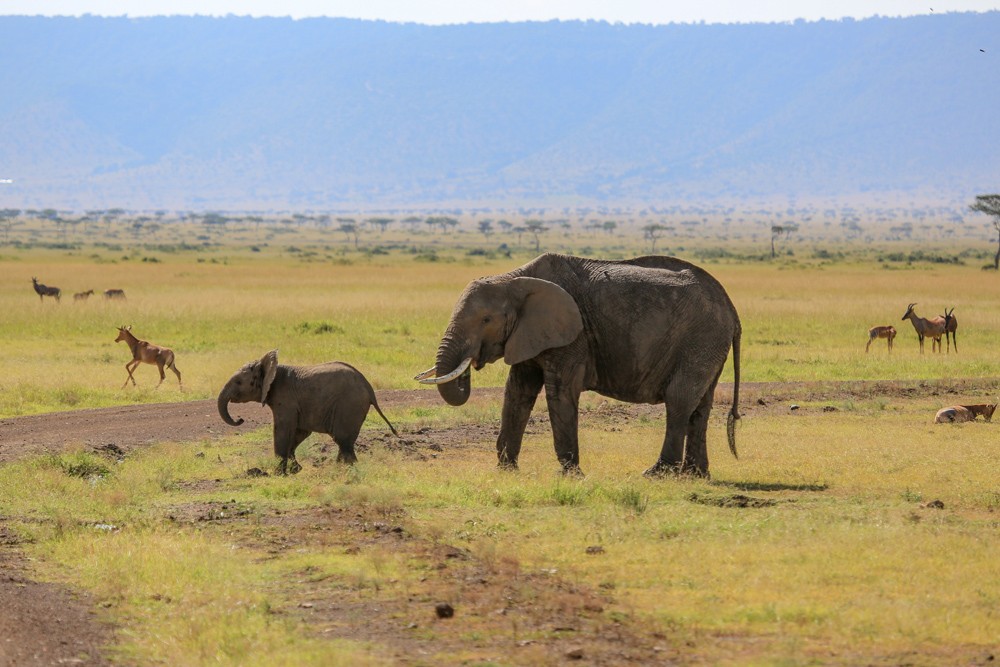
Tanzania is larger than Kenya, and the number of wild animals in the country reflects just how large it is: there are more than 4 million wild animals here. You’ll find the Big Five, as well as zebra, wildebeest, hippos, giraffes, antelopes, dik-diks, gazelles, elands, kudu, cheetahs, hyenas, wild dogs, crocodiles, vervet monkeys, and even chimpanzees. There are over 1,000 species of birds, including grey crowned cranes, fish eagles, and flamingos. There are also 60,000 types of insects in the country and countless species in the waters along the coast.
As both Kenya and Tanzania are home to the Great Migration, they can both claim to be one of the best countries in the world for wildlife encounters. However, if you have to go by sheer numbers, Tanzania gets the slight edge. It’s a larger country and the Serengeti is so iconic that it essentially guarantees a life-changing experience for any globetrotter who is lucky enough to visit it.
Related Article: What is the Great Migration and When is the Best Time to Go on an East Africa Vacation?
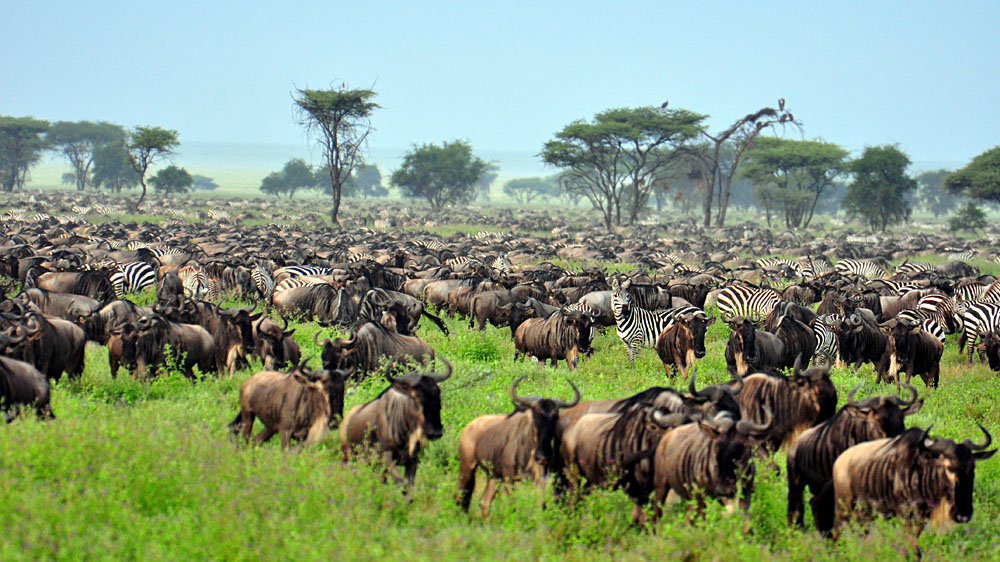
Which Destination Is Right for You?
There’s so much that’s similar about Kenya and Tanzania, and yet, there are so many subtleties about these countries that make them so distinct. Much of this similarity is a result of their being colonial states until the mid-20th century and the fact they’re conglomerations of smaller regions and tribal collectives; in many ways, they are not homogenous countries in the least. However, after reading our breakdowns, hopefully you’ve got a better understanding of key differences between these countries and which country to choose depending on what type of vacation you’re focusing on.
To clarify:
- If you want a temperate climate with a better tourism infrastructure, more accessible cities, plenty of natural landmarks, and a polite culture with a robust food scene, head to Kenya .
- If you want a more tropical climate spread over a larger landscape, more iconic natural sights, more animals, and a vibrant blend of cultural influences, head to Tanzania .
Both Kenya and Tanzania are some of the most vibrant countries that you’re ever likely to visit and offer you the chance to experience the majesty of East Africa.
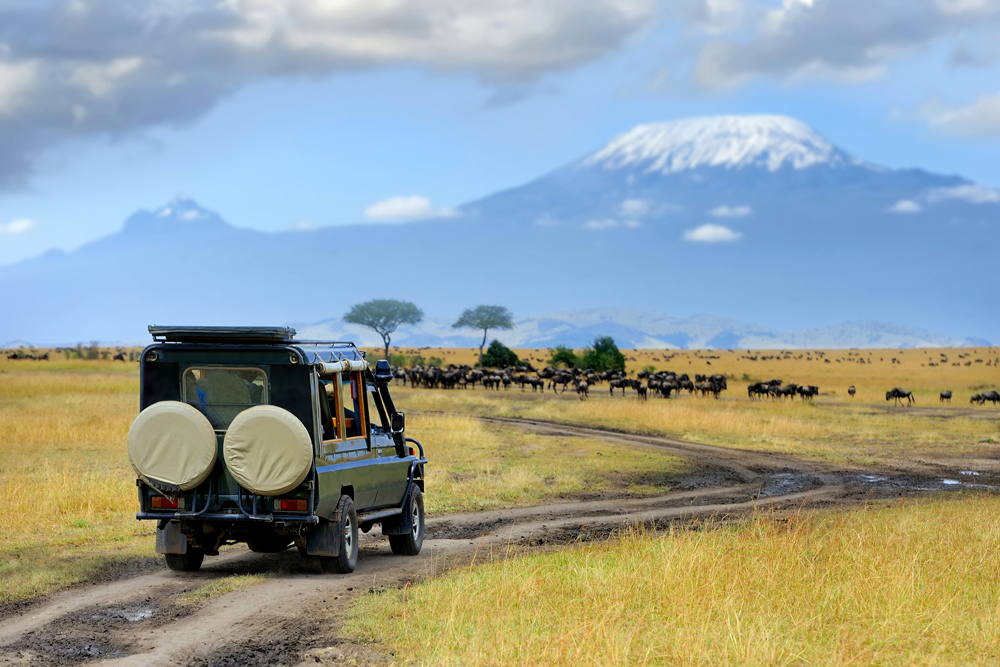
Discover Kenya or Tanzania
When you are a Goway Globetrotter you become part of a special fraternity of travellers about whom we care very much. Our company philosophy is simple – we want you to be more than satisfied with our services.
Looking to travel to Kenya, Tanzania or both? Get a Free Quote by filling out the form below:
Get more travel inspiration by email.
Aren Bergstrom
Globetrotting Editor - You might say that Aren was destined to become a Globetrotter after his family took him to Germany two times before he was four. If that wasn’t enough, a term spent in Sweden as a young teenager and a trek across Vietnam, Cambodia, and Thailand confirmed that destiny. An independent writer, director, and film critic, Aren has travelled across Asia, Europe, and South America. His favourite travel experience was visiting the major cities of Japan’s largest island, Honshu, but his love for food, drink, and film will take him anywhere that boasts great art and culture.
You might also like
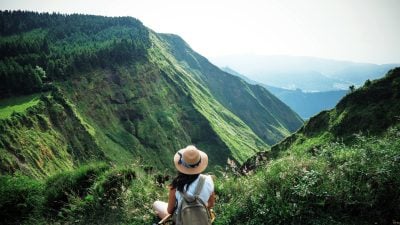
Top 8 Summer Destinations for 2024

Queensland’s Gold Coast Offers Non-Stop Discovery
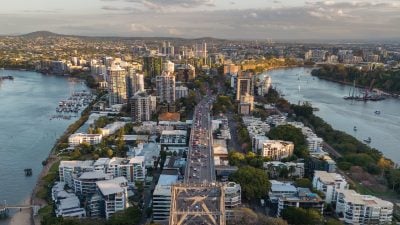
Koalas, Dolphins & Floral Charms in Tropical Brisbane
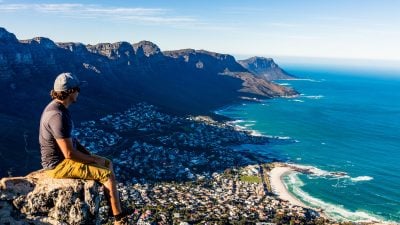
South Africa’s Western Cape Is Neverending Adventure

Get the latest travel trends & hear about the best deals on vacations around the world.
If you’re a Globetrotter, these are the newsletters for you!
Kenya or Tanzania for Safari
By Claudia Smargiasso | 06 September 2023
Tanzania vs. Kenya for a safari
When it comes to planning an unforgettable safari adventure, two East African countries stand out as top contenders: Kenya and Tanzania . These neighbouring countries boast some of the most incredible wildlife and landscapes on earth, making them dream destinations for wildlife enthusiasts and adventure seekers alike. But when it comes to choosing the best safari experience to suit you, which is better between Kenya and Tanzania?
The Great Migration
The Great Migration is arguably one of the most iconic wildlife spectacles on the planet. Millions of wildebeest, zebra, and other herbivores move en mass across the plains of the Serengeti-Mara Ecosystem, following the rains and the promise of fresh grazing.
This awe-inspiring annual occurrence takes place across Kenya's Masai Mara and Tanzania's Serengeti National Park . Whether you choose a safari in Kenya vs. Tanzania will depend largely on the migration experience you wish to have.
The river crossing offers high drama as the wildebeest must take their chances crossing crocodile-infested waters to reach the fresh grass on the other side. If you're hoping to see this extremely popular, high-adrenalin event, head to the northern Serengeti in Tanzania between July and October, or Kenya from late July to September (timings vary somewhat depending on rainfall).
A large portion of the migratory circuit lies within Tanzania's borders, with the period between December and February offering the miraculous sight of thousands of wildebeest giving birth within a matter of days of each other. Here, you'll see adorable, shaky-legged newborns and grazing momma wildebeest replenishing on the fresh grass of the eastern and southern Serengeti (and even so far south as the Ngorongoro Conservation Area , but not in the Crater itself). But it's not all peaceful grazing and playful calves. The predators lurk nearby, hoping to prey on the very young, the very old and the weak.
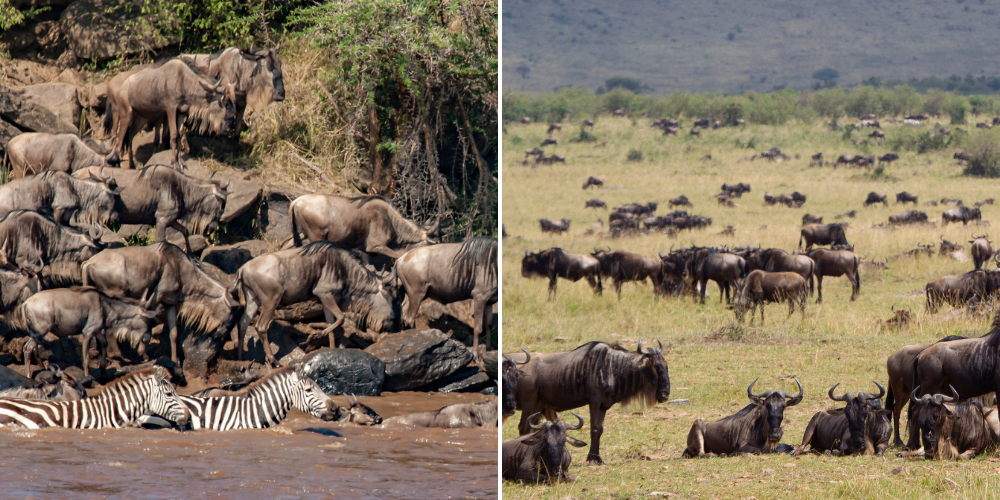
Wildlife diversity
Tanzania and Kenya are both premier safari destinations, offering a remarkable diversity of wildlife. With rhino being one of the most endangered species on the planet, ticking off the Big 5 is becoming trickier. One of the most reliable places to see the Big 5 is in Tanzania's Ngorongoro Crater. The Serengeti and Masai Mara both offer the chance to see the Big 5, but with a little more effort. However, if it’s specifically rhino you want to see, few places compare to Ol Pejeta Conservancy in Kenya, home to white, black, and the world’s last two northern white rhino.
Tanzania and Kenya offer a variety of excellent parks and reserves to visit, where you can enjoy a well-rounded wildlife experience. In contrast, Tanzania offers the addition of chimpanzee encounters in areas such as Rubondo Island .
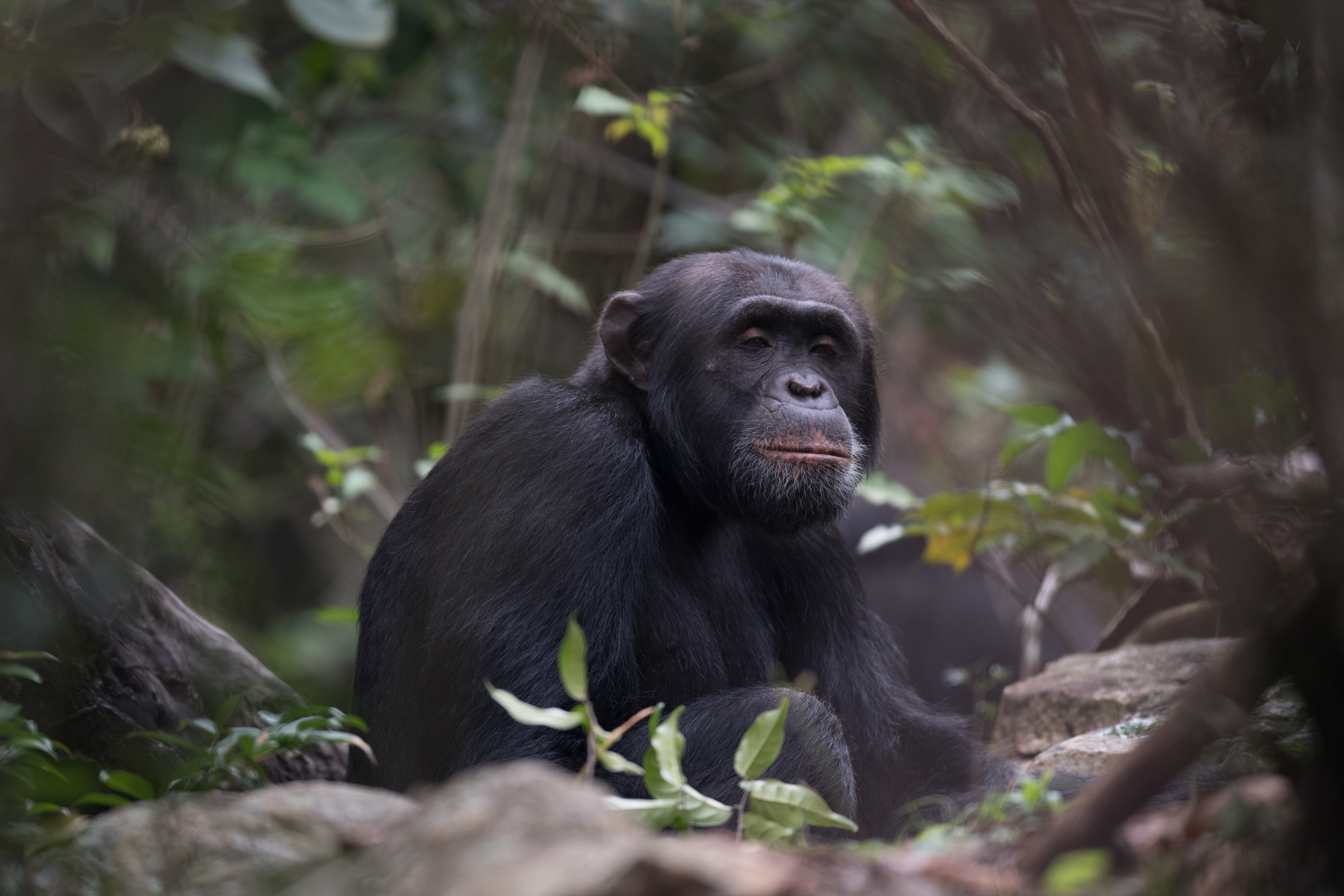
Chimp trekking on Tanzania's Rubondo Island
Scenic Landscapes
While these two safari powerhouses share the magnificent Serengeti-Mara ecosystem, they offer their own distinct charm. Kenya boasts the dramatic landscapes of its northern desert regions, stunning vistas, and the flamingo-fringed Lake Nakuru. And, of course, we'd be remiss to overlook the soaring peak of Mount Kenya, Africa's second-highest peak, which offers adventurous trekking and technical climbing opportunities.
Beyond the Serengeti's plains, Tanzania is home to the world-famous Ngorongoro Crater, Mount Kilimanjaro (Africa's tallest peak), the wild and expansive Nyerere National Park , and the spice island of Zanzibar , where you can enjoy a tropical island escape before or after your safari.
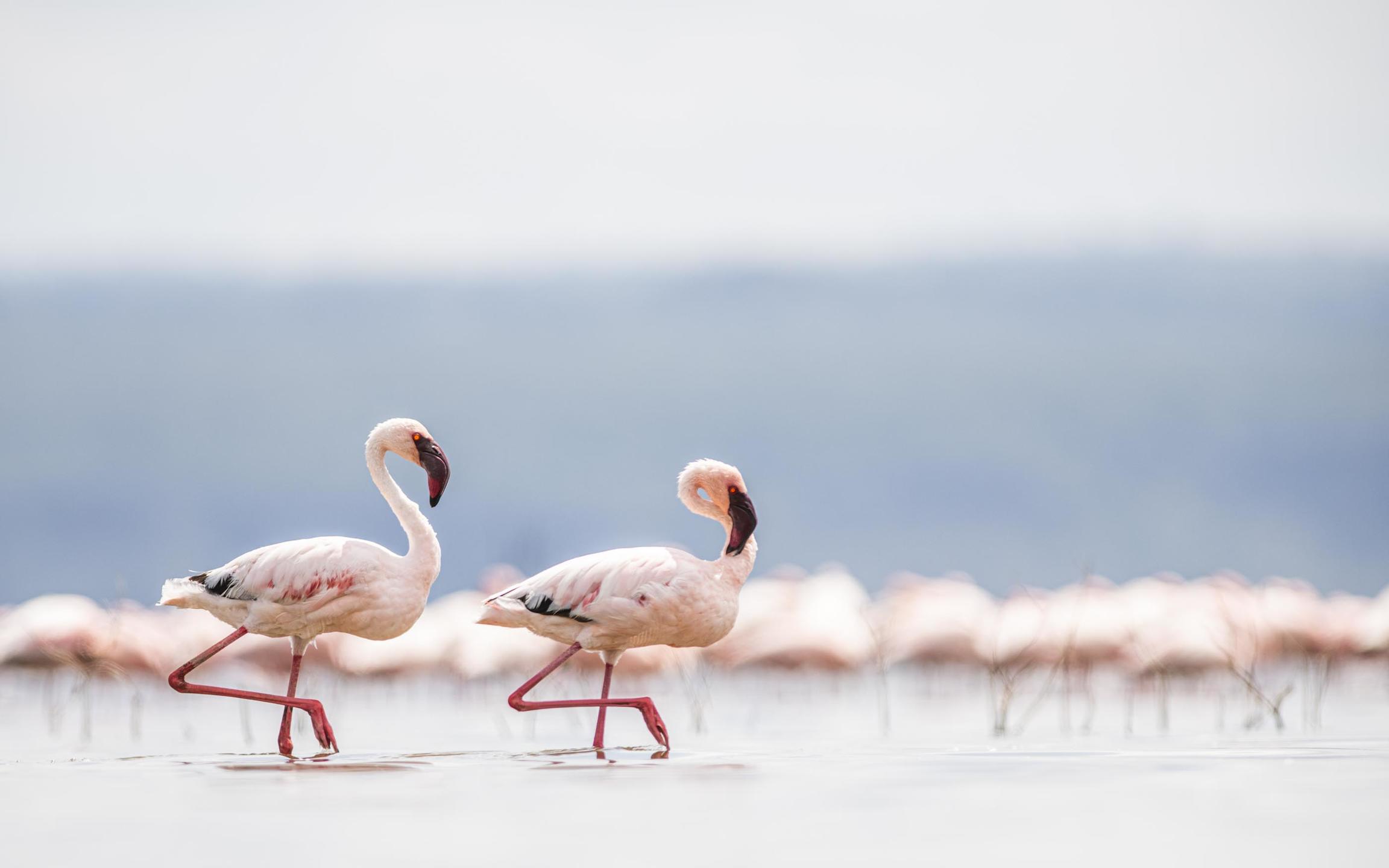
The flamingoes of Lake Nakuru, Kenya
The costs of an East African safari can vary depending on various factors and seasonality. Travelling to see the Migration at popular times will come at a premium, but there are ways to experience the magic of a safari, using your budget wisely. Our team of safari experts is on hand to help you make wise decisions and craft a dream safari within your budget.
By and large, the more remote you wish to be, the more travel costs are incurred in the form of light aircraft transfers. More popular destinations tend to be more accessible by road and more affordable transfers, but this can translate into a higher premium on accommodation costs due to demand.
Seasonality is also a big determinant of costs. If you're seeking a more budget-friendly option, there are times of the year that can be significantly more affordable than others. Of course, peak travel times will incur higher costs, while the Green Season will offer better deals.
Whether you wish to splurge or save, our team is on hand to advise you and help you make your safari dreams come true within your budget.
Best time to go
Travelling to Kenya and Tanzania will depend greatly on where you wish to go and what you wish to see.
The seasons are fairly similar for Kenya vs. Tanzania, with the rainy seasons falling at similar times: November to December and April to May. April and May is called Green Season, when visitor numbers are fewer due to the regular rainfall. Wildlife viewing at this time can still be extremely rewarding, but the animals are harder to spot amongst the lush foliage.
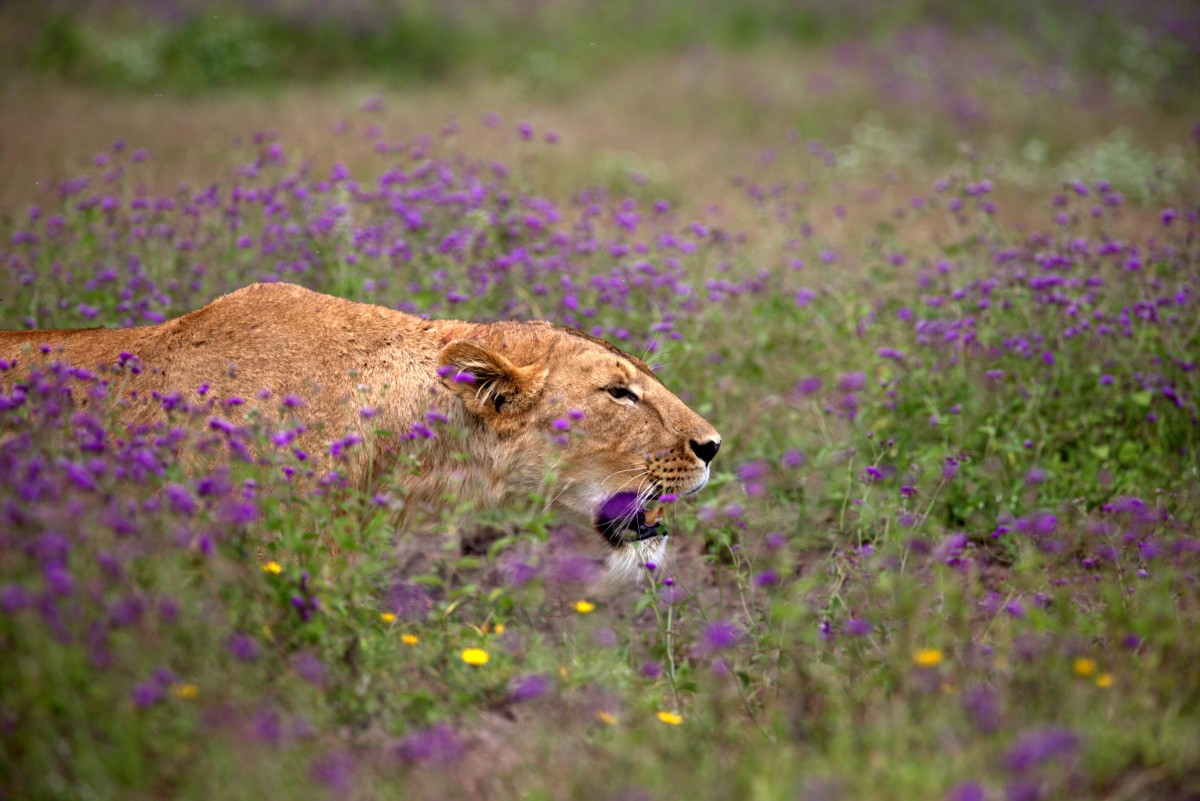
Green season wildlife viewing
The dry season runs between June and October and offers the best game viewing as wildlife congregates around any remaining water sources and is thus easier to find and observe.
The major difference between the travel seasons in Kenya and Tanzania is when to see the Migration. Between August and October, the herds are predominantly in Kenya, although many either remain in Tanzania or continually cross back and forth. January to March is the calving season in the Southern Serengeti, followed by the river crossings in the Serengeti between July and October.
Kenya vs. Tanzania: Which suits me best?
Kenya is generally considered the more family-friendly option , particularly for families with younger children. This is purely based on the number of lodges offering extras like private vehicles, family suites and activities for the little ones. There is certainly a growing number of family-friendly options in Tanzania.
Large groups or multi-generational families travelling together can head to either Tanzania or Kenya, with a growing number of exclusive-use options, like our Retreats , to choose from.
Honeymooners and couples seeking romance can have their pick of decadent experiences across Kenya and Tanzania, with many honeymoon suite options available and memorable experiences to be enjoyed in both countries.
Can you do Kenya and Tanzania together?
Combining a Kenya and Tanzania safari into one itinerary is possible if you have the time available. Careful planning can ensure you make the most of your time while keeping travelling time to a minimum.
Here are some ideas for safari itineraries in Kenya and Tanzania:
Best bush and beach for families
Explore East Africa
Our team is waiting to help you plan your safari of a lifetime.
More planning your trip articles.
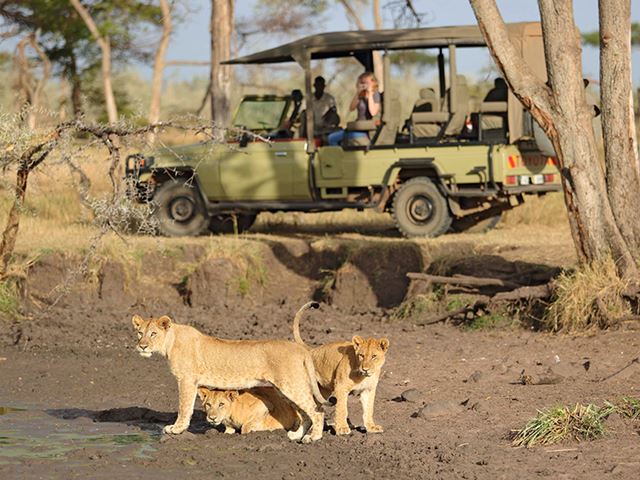
What’s the difference? National Parks, Game Reserves, and Conservancies in East Africa
To most of us, a national park, game reserve, or conservancy are all the same...
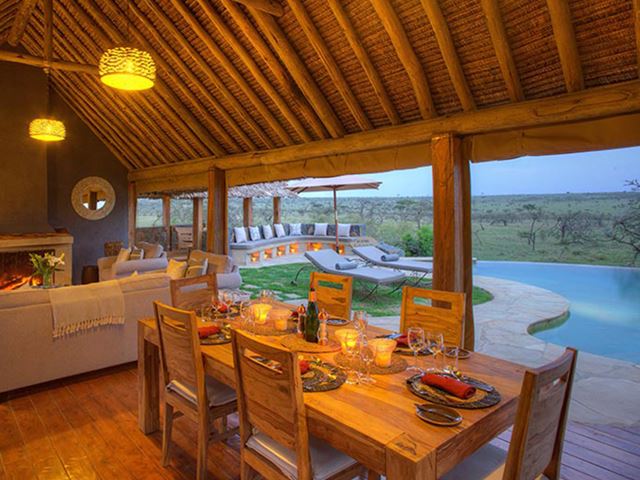
Naboisho: Home To The Mara’s Newest Pool
Naboisho is now home to the Mara Naboisho Conservancy’s newest pool. During t...
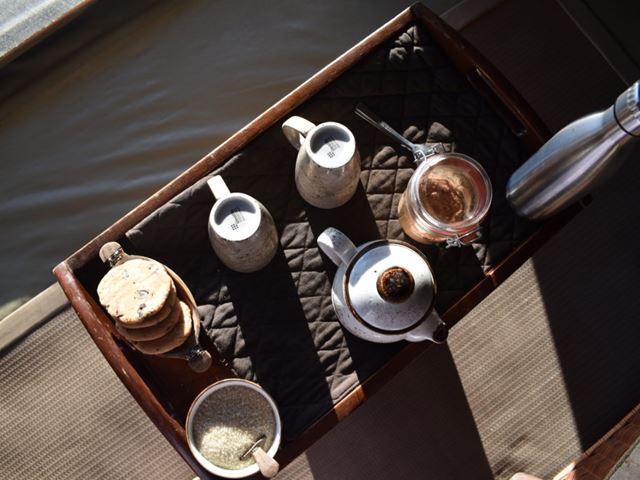
Guest Blog: A Culinary Journey Through Asilia’s Naboisho Camp
I had the pleasure of visiting Asilia’s Naboisho Camp earlier this year for a...
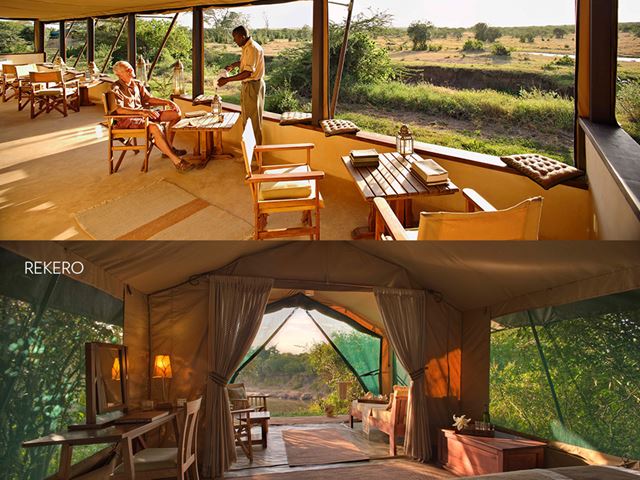

Last-Minute Christmas Trip Planning? Where To Stay This Festive Season
It's that time of the year when festive season travel plans have been booked...
- Camps & Lodges
- Destinations arrow_right
- Special Offers
- Partner Properties
- Positive Impact
- Join our newsletter
- All Asilia Offer: Free Inter-Camp Travel
- Enquire Now arrow_right
- Asilia giving
- Popular Destinations

As featured in

Kenya vs Tanzania safaris
Safari tips you can trust
Comparing Masai Mara with Serengeti safaris
It's the Masai Mara in Kenya and the Serengeti in Tanzania.
The Serengeti in Tanzania easily wins the contest.
Decades ago when I first visited the Masai Mara, it was a glorious experience because it attracted a relatively small number of safari-goers.
Nowadays, due to the Masai Mara's worldwide fame, the Masai Mara suffers from an excessive number of safari vehicles during its peak season.
In many popular Masai Mara spots, the safari landscape is sometimes dotted with minivans, which end up as unwanted background in your otherwise exciting African safari photos.
Thevehicular concentration of minivans and traditional safari vehicles diminishes your "in the wild" safari experience. (This is far less likely to occur in Tanzania's Serengeti because it has fewer visitors and is eight times larger than the Masai Mara.)
If you go to the Serengeti, you are only a half day by car from the Ngorongoro Crater , one of Africa's finest safari destinations. You are also relatively near Mt Kilimanjaro (climb it) and the Olduvai Gorge (see where our prehistoric ancestors lived). And exotic Zanzibar is easily reached by plane.
Learn my other safari tips & insights
Top 5 safaris Top 10 safari mistakes Kenya vs Tanzania
Botswana Kenya Kruger Ngorongoro Crater Serengeti Tanzania
Photo by Paul Mannix - CC BY-SA 2.0
Share this page
World's Top 100 Wonders World's Top 1000 Wonders
Site map My credentials About my website and criteria Reader testimonials
Book With Confidence Contact Us Call Our Experts (877) 587-8479

- Alaska: Denali Discovery
- Alaska: Glaciers & Grizzlies
- Alaska: Northern Lights
- Argentina: Patagonia & Mendoza
- Costa Rica: Secluded Wildlife Adventure
- Louisiana: Gators & Gumbo Adventure
- Norway: Western Fjords Adventure
- Rwanda: Gorilla Trekking
- Tanzania: Great Migration Safari
- Travel Journal
- Sustainability
- Book With Confidence
- Contact Gondwana Ecotours
- (877) 587-8479
- SEE DATES & PRICES >
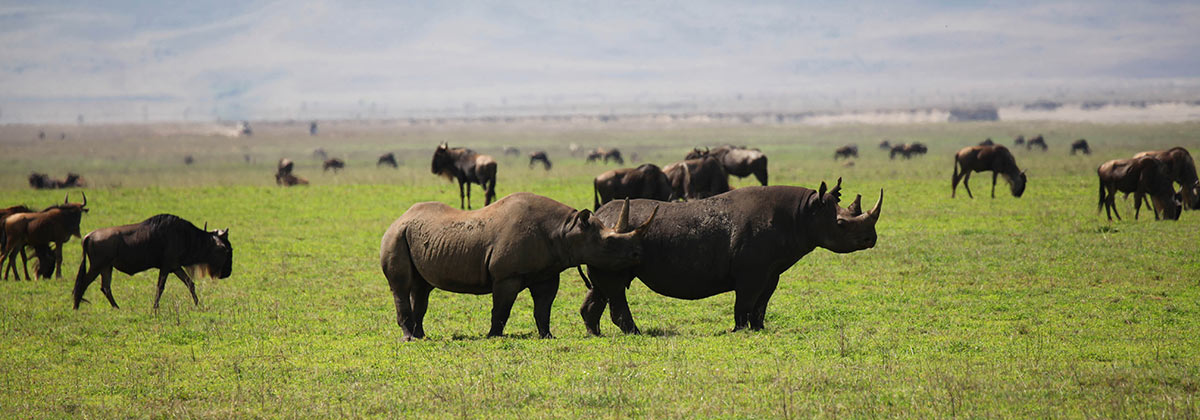
Is Kenya or Tanzania Better for a Safari?
East Africa is where the notion of “Safari” was born, and nature lovers flock to Kenya or Tanzania every year for this once-in-a-lifetime trip. While there are strengths and weaknesses to traveling in both countries, each has unique destinations and iconic natural wonders. As with all travel, deciding where to go on safari is a “choose your own adventure” experience.
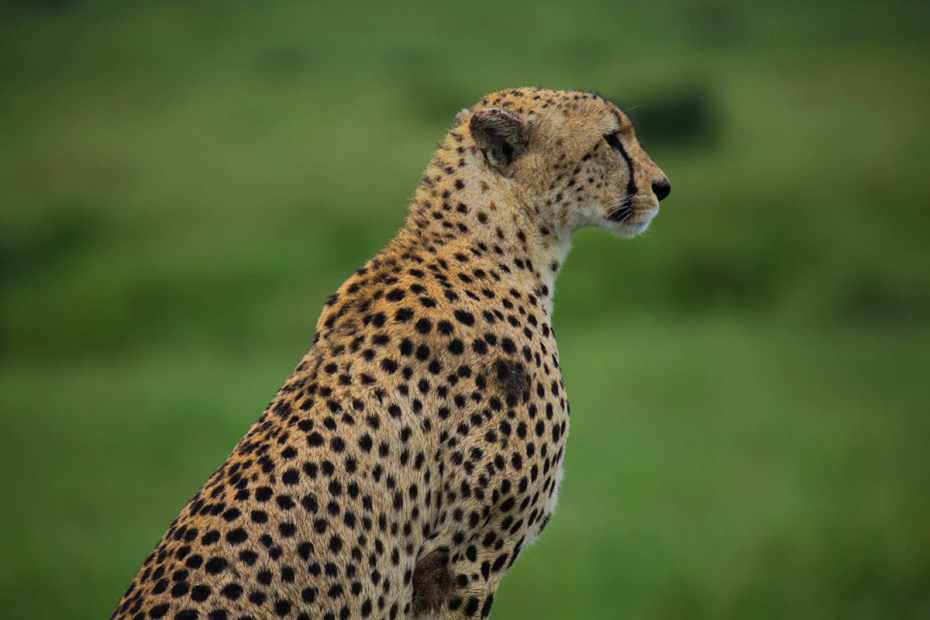
Tanzania and Kenya are the most popular destinations for seeing The Great Migration and other natural resources. Although both countries are within the wildebeest migration route, seeing the event is not guaranteed due to seasonal weather patterns. However, you’re likely to encounter some of “The Big 5 Game” and unique local wildlife in each country. For a cultural experience, there is an opportunity to visit the Maasai tribe in both countries too. Though Tanzania and Kenya both offer safaris, there are a few notable differences. Do some research and find out the best time and place for your trip!
Tanzania Safari Highlights:
Tanzania, known for its diverse wildlife and stunning landscapes, offers a plethora of safari experiences that are truly unforgettable. From the iconic Serengeti National Park, known for the Great Migration of wildebeests and zebras, to the majestic Ngorongoro Crater, a natural wonder teeming with wildlife, Tanzania is a paradise for nature enthusiasts. With an abundance of wildlife, breathtaking sceneries, and luxurious lodging options, a safari in Tanzania promises an enriching and thrilling adventure for every explorer.
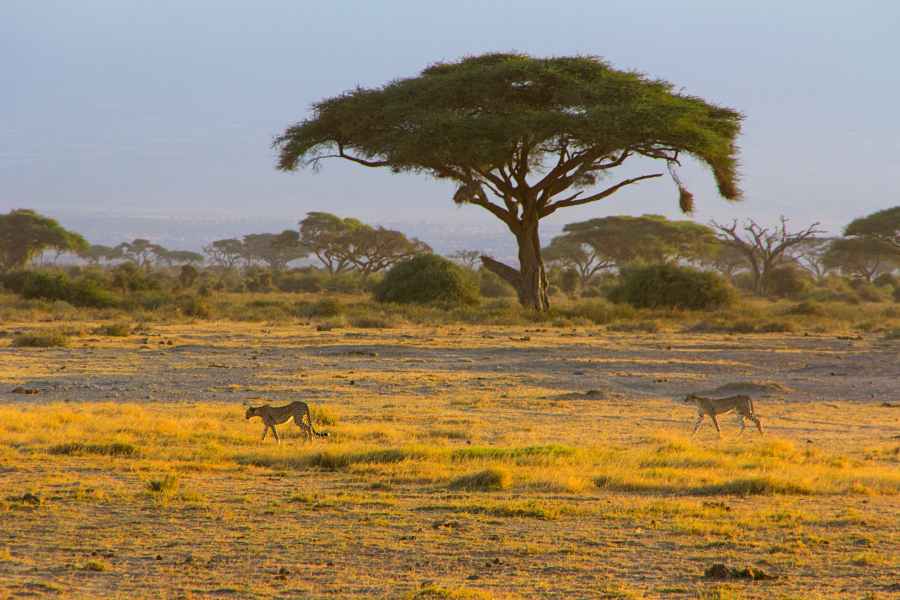
Kenya Safari Highlights:
A safari in Kenya offers a unique opportunity to witness an array of wildlife in their natural habitat, from the iconic Big Five to the majestic Maasai giraffes and endangered black rhinos. Visitors can explore the vast savannahs of Maasai Mara National Reserve, witness the breathtaking spectacle of the Great Wildebeest Migration, visit Amboseli National Park to see herds of elephants against the backdrop of Mount Kilimanjaro, and experience the diverse landscapes of Samburu National Reserve. Additionally, cultural encounters with the Maasai people and vibrant local markets add to the richness of the safari experience in Kenya.
+ The Great Migration occurs in Kenya for 3-4 months each year. Iconic events include the deadly Mara River crossing and visiting the Masai Mara National Park. + Tourism is a big industry in Kenya, which means more travel and accommodation options, wide availability, and cheaper prices overall. + Starting in Nairobi, the common Southwest Safari Circuit visits national parks like the Masai Mara, and the flamingos and rhinos of Lake Nakuru. – Petty crime, sketchy tourists traps, and crowded national parks are more common in Kenya than Tanzania, due to a high unemployment rate and competitive tourism industry. – If you’re interested in seeing the Great Migration, there is a limited safari opportunity between July/August and October/November before the herds go back to Tanzania. Explore Tanzania’s top 5 national parks!
Where we prefer to take our travelers to see the Great Wildebeest Migration
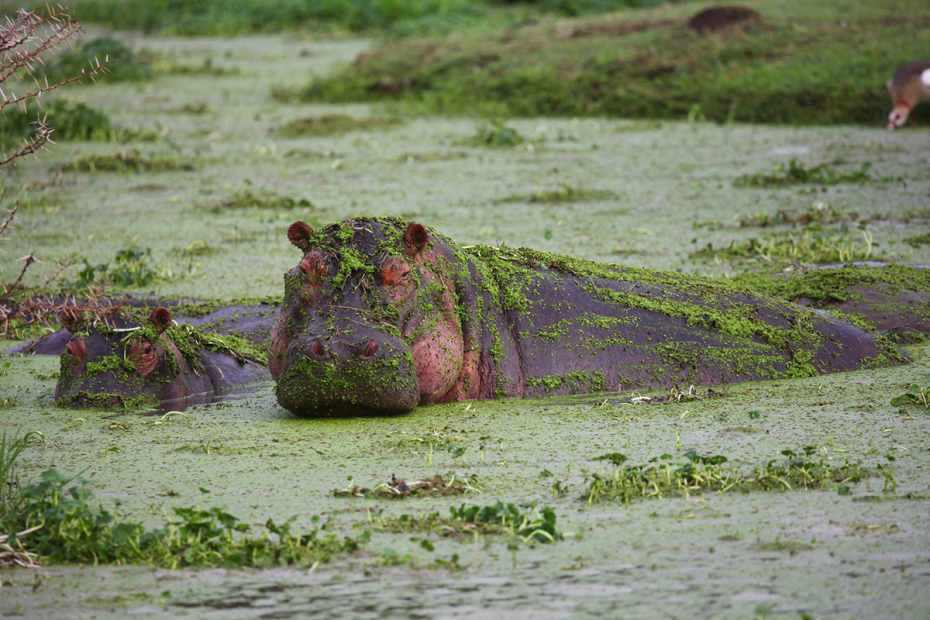
Clearly, both countries feature a range of biodiversity and ecosystems, and there are many factors to consider when comparing Tanzania vs. Kenya for a safari. Since Gondwana bases our Wildlife Safari out of Tanzania , obviously we’re a bit biased, but hopefully this outline shows why! When deciding weather to visit Tanzania or Kenya, the decision ultimately comes down to what the traveller wants to see on safari and when they are travelling. Get The Trip Details
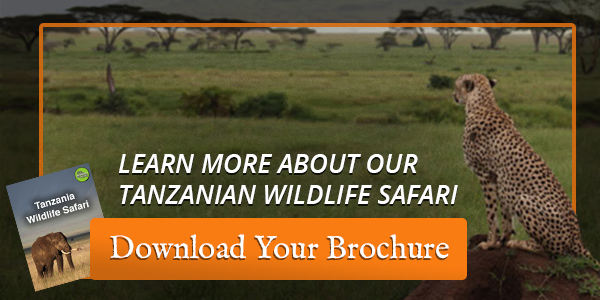
Explore Topics
- Alaska - Grizzlies & Glaciers
- Amazon Rainforest
- Environment
- Northern Lights
- South America
- uncategorized
- See All Articles
Join The Soul Traveler's Club! See Benefits >

Safari Guide to Kenya and Tanzania: The Heart of Africa’s Wildlife
Introduction to the wonders of kenya and tanzania safaris.
In our “Safari Guide to Kenya and Tanzania,” we delve into the heart of Africa, a land of vast landscapes and untamed wilderness, holding the secrets of nature that many travelers yearn to uncover. Kenya and Tanzania, two countries at the core of this exploration, together offer an unparalleled safari experience. But what makes these nations stand out amid a continent renowned for its wildlife adventures?
Beyond the majestic wildlife and breathtaking vistas, Kenya and Tanzania boast a rich tapestry of culture, history, and hospitality. Whether you’re dreaming of a romantic wedding on the serene beaches of Zanzibar or seeking a vacation that melds adventure with relaxation, these destinations offer memories that linger for a lifetime. Dive deep into the rhythm of Africa and discover why Kenya and Tanzania are jewels in the crown of global travel destinations.
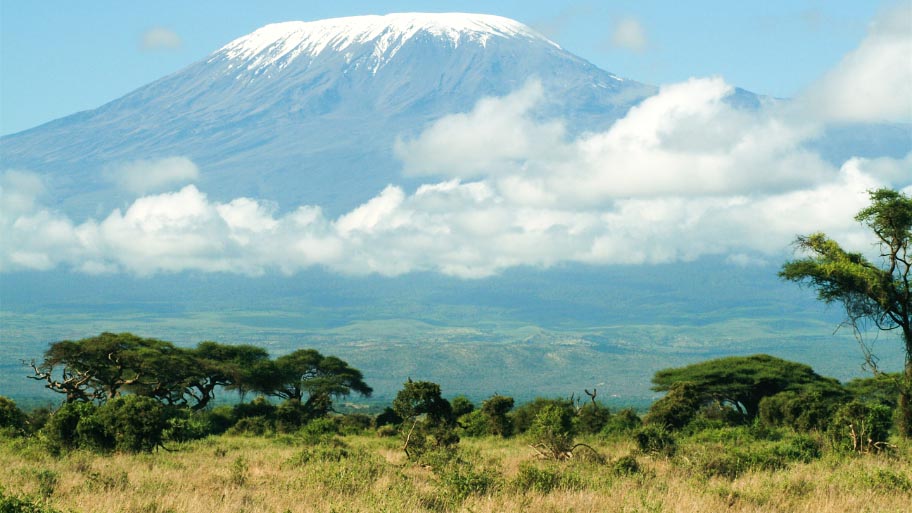
Why Venture on a Safari in Kenya and Tanzania?
Venturing on a Kenya and Tanzania safari isn’t just about witnessing wildlife; it’s an immersion into a unique abundance of nature and culture . With a trustworthy safari guide at your side, you’ll uncover hidden gems that go beyond the iconic Big Five .
Kenya safari offers vast savannahs dotted with acacia trees, while Tanzania’s Ngorongoro Crater serves as nature’s amphitheater, teeming with diverse wildlife. Opt for a Kenya-Tanzania safari tour, and you’ll bridge the beauty of both lands, gaining insights into their distinct environments and traditions.
Whether it’s the great wildebeest migration in the Serengeti or meeting the Maasai Mara tribes, the Kenya and Tanzania tours promise more than just sights – they offer transformative experiences. So, if you’re debating Tanzania or Kenya safari, why not choose both and double the wonder!
Picking the Perfect Season: Best Time to Embark on a Kenya Tanzania Safari
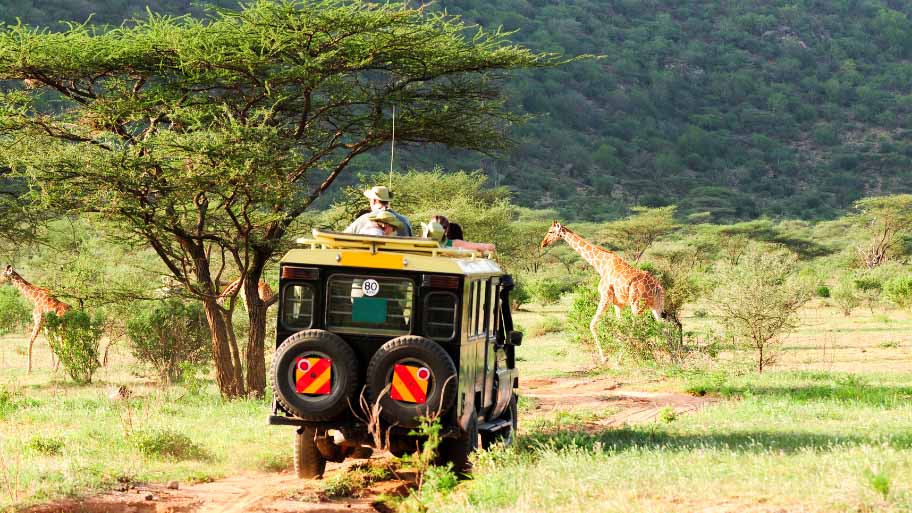
The Ideal Time For Your Visit
Kenya and Tanzania, two gemstones of East Africa, offer varying climates throughout the year. As a safari guide might advice, the season you choose can drastically influence your experience. Dry seasons, from late June to October and January to February , offer optimum wildlife viewing with less vegetation obscuring your sight.
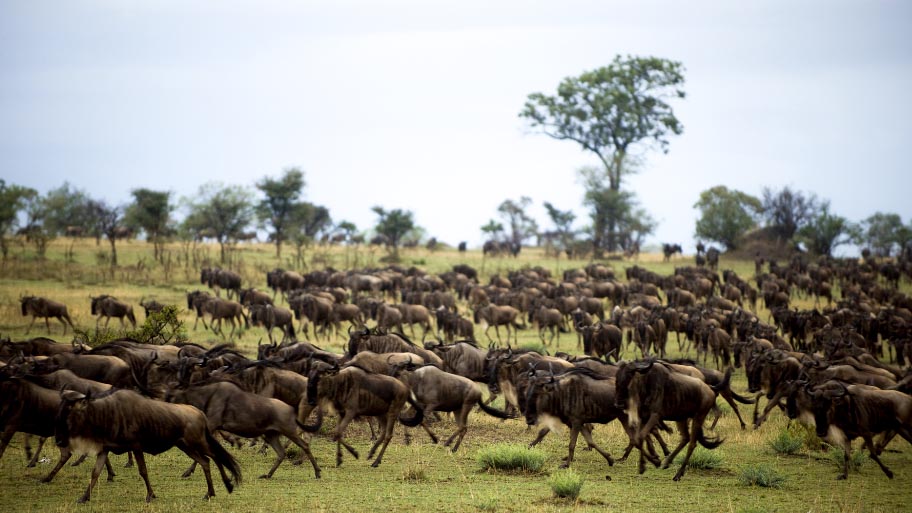
The Great Migration Timing
The grand spectacle, The Great Migration , is a scene like no other. From July to September , a mesmerizing display of over two million wildebeest, zebras, and gazelles move between the Serengeti in Tanzania and Masai Mara in Kenya. If a Kenya and Tanzania safari tour is on your bucket list, timing it with this natural wonder is a must.
Yet, every season has its charm; a Kenya safari might allure with calving in February, while a Tanzania safari entices with predator action during migration. Regardless of when you plan your Kenya and Tanzania tour, nature’s raw beauty promises to captivate.
READY TO BOOK THE PERFECT TRIP?
We never charge you a fee just to meet with us!
Highlights and Attractions: From the Serengeti to the Maasai Mara
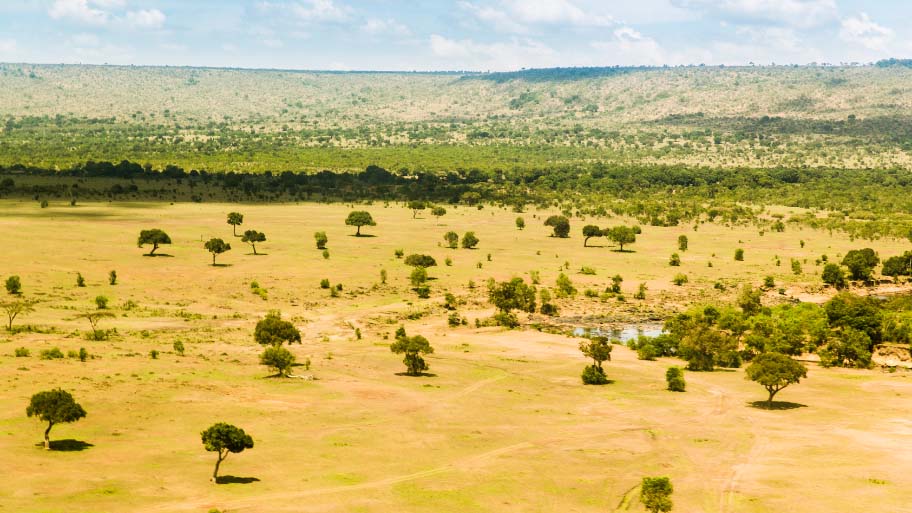
Maasai Mara National Reserve
Dive deep into Kenya’s pristine wilderness at the Maasai Mara National Reserve. Often highlighted by any seasoned safari guide, this reserve stands as a crowning jewel of Kenya safaris. Less commonly known, the Mara offers unique nocturnal safaris, unveiling a secretive world where nature’s nocturnes come alive.
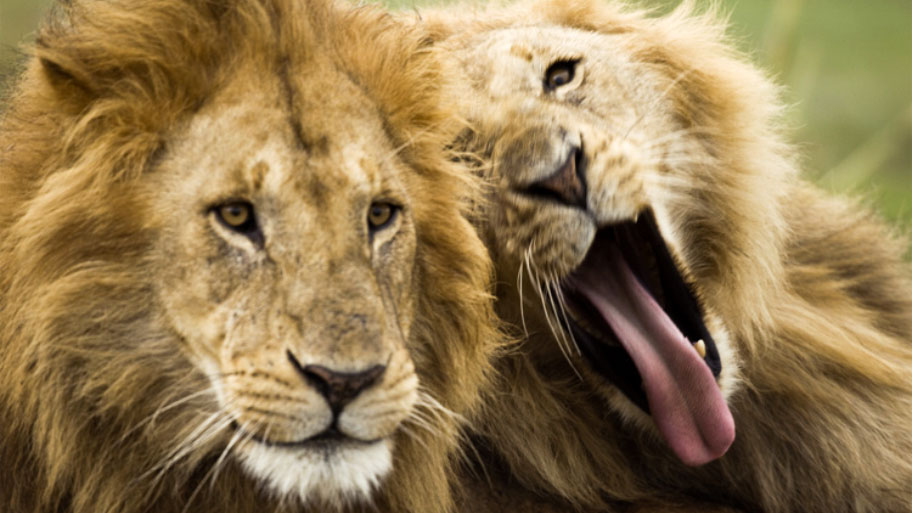
The Serengeti National Park
Across the border, Tanzania offers the vast expanse of The Serengeti National Park. While many associate this park with the Great Migration, fewer realize that it houses one of the largest lion populations globally. A Kenya and Tanzania safari tour bridges the experience of both these iconic locations, showcasing diverse ecosystems.
Embarking on a Kenya Tanzania safari, travelers not only witness wildlife but also immerse in the age-old dance between predator and prey. Whether your heart is set on a Kenya or Tanzania safari, each destination offers unparalleled moments. Choose your adventure, and let the wonders of East Africa captivate your spirit.
Experiencing the Delightful Kenya and Tanzania Cuisine
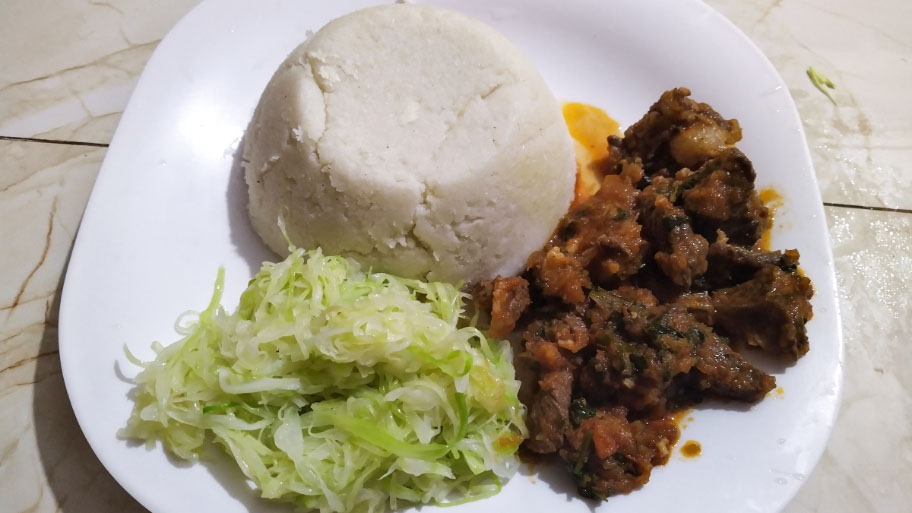
Kenya’s Signature Dish: Ugali
A trip to Kenya isn’t complete without tasting Ugali, a staple maize porridge. Paired often with sukuma wiki (collard greens) or Nyama Choma (grilled meat), it captures the essence of Kenyan comfort food. Each bite not only offers a taste of home-cooked goodness but also provides insights into Kenya’s culinary heritage. It’s a must-try during any Kenya safari, adding a flavor-packed experience.

Tanzania’s Culinary Gem: Zanzibar Pizza
Tanzania surprises with its Zanzibar Pizza, a delightful street food unique to the islands. Unlike any traditional pizza, this treat is a blend of meat, veggies, and egg wrapped in thin dough, fried to perfection. It’s a testament to Tanzania’s blend of cultures and flavors. Dive into this dish during a Tanzania or Kenya and Tanzania tour, and savor a piece of Zanzibar’s heart.
The heart and soul of Kenya and Tanzania aren’t just in their vast landscapes and wildlife, but also in their rich, flavorful dishes. As you journey through these lands, let your taste buds explore as fervently as your eyes do. Delight in the traditional flavors, and leave with a gastronomic memory as vivid as the safaris themselves.
Seeking Accommodations Amidst Wilderness: A Mix of Luxury and Budget Options in Kenya and Tanzania
Indulge in opulent lodges offering unparalleled experiences, with panoramic views and top-tier amenities. Alternatively, discover budget-friendly gems that provide a cozy touch, ensuring comfort and authenticity on every step of your African adventure.
Luxury Accommodations
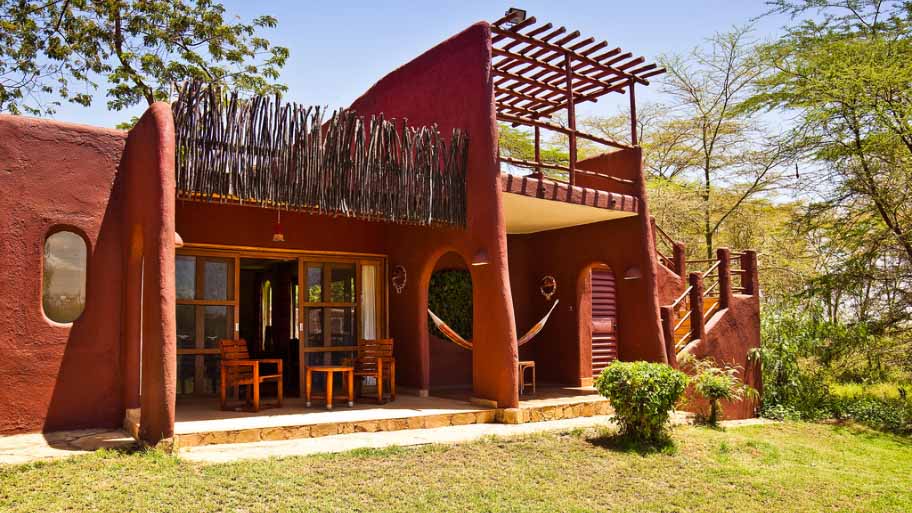
Amboseli Serena Safari Lodge
For those on a Kenya and Tanzania safari, Kenya opens its arms with premium accommodations like the Amboseli Serena Safari Lodge. Nestled amidst the Amboseli National Park, this lodge offers a vantage point to the majestic Mount Kilimanjaro while ensuring luxury and comfort. It’s more than just a stay; it’s an experience that a safari guide often touts as unmatched.
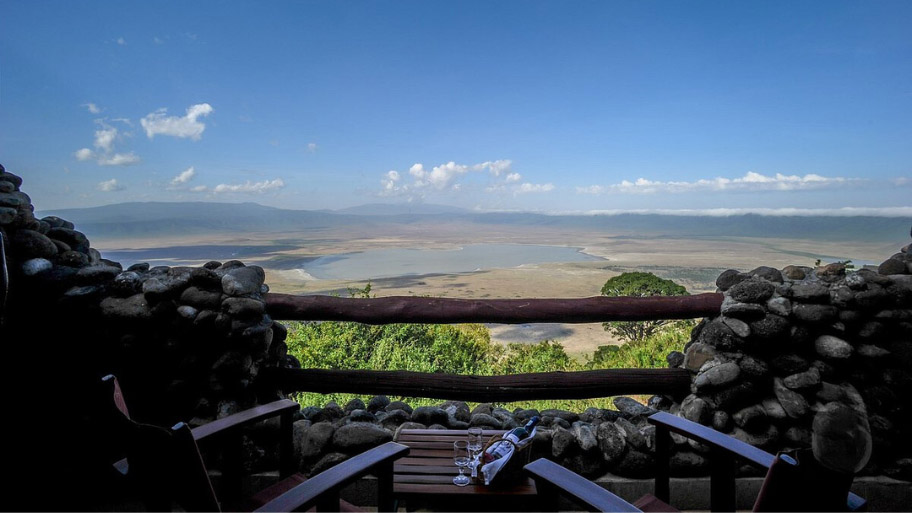
Ngorongoro Serena Safari Lodge
On the flip side, in Tanzania, travelers are welcomed with distinct elegance, especially at places like the Ngorongoro Serena Safari Lodge. Strategically situated at the edge of the renowned Ngorongoro crater, this haven offers breathtaking vistas and an intimate proximity to native wildlife. It’s not merely a place to rest, but a destination in itself for those on a Kenya and Tanzania safari tour. Experience Tanzania’s splendor wrapped in luxury.
Budget-Friendly Stays
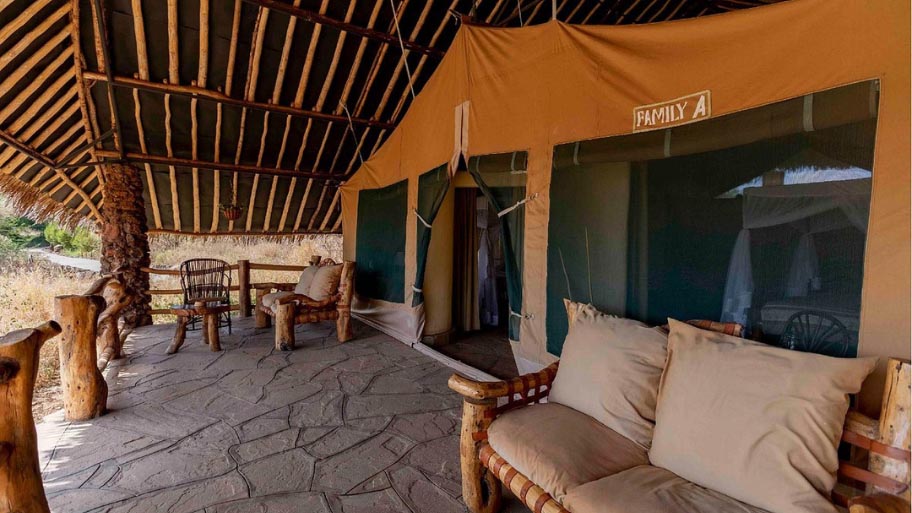
Kibo Safari Camp
Kibo Safari Camp in Amboseli strikes a balance between budget and experience. With traditional tented accommodations set against a backdrop of the iconic Mount Kilimanjaro, guests can immerse themselves in nature without sacrificing essential comforts. The camp’s ambiance is perfect for those wanting an authentic yet pocket-friendly Kenyan retreat.
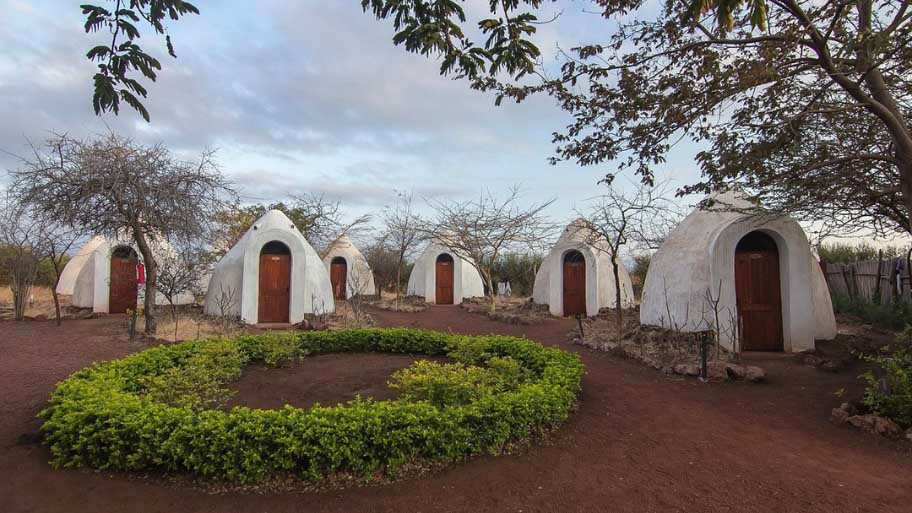
Panorama Campsite
Panorama Campsite, located near Ngorongoro, promises visitors an intimate Tanzanian experience. Its rustic charm, with basic tents and campfires, allows travelers to connect deeply with the wild. The serene surroundings, coupled with starry nights and echoing wildlife calls, make it an affordable yet enriching choice for many.
Kenya and Tanzania have something for every traveler, with both luxury spots and budget-friendly places to stay. No matter where you choose to rest, the magic of the safari stays the same. Every place, whether pricey or affordable, adds to the adventure. Go on a journey that fits your budget, and make memories that last forever.
Estimating Your Adventure: Average Costs in Kenya and Tanzania Safaris
Embarking on a Kenya and Tanzania safari tour promises unforgettable encounters with Africa’s diverse wildlife. But, how do you estimate the expenses?
Key Considerations in Navigating Your Safari Budget
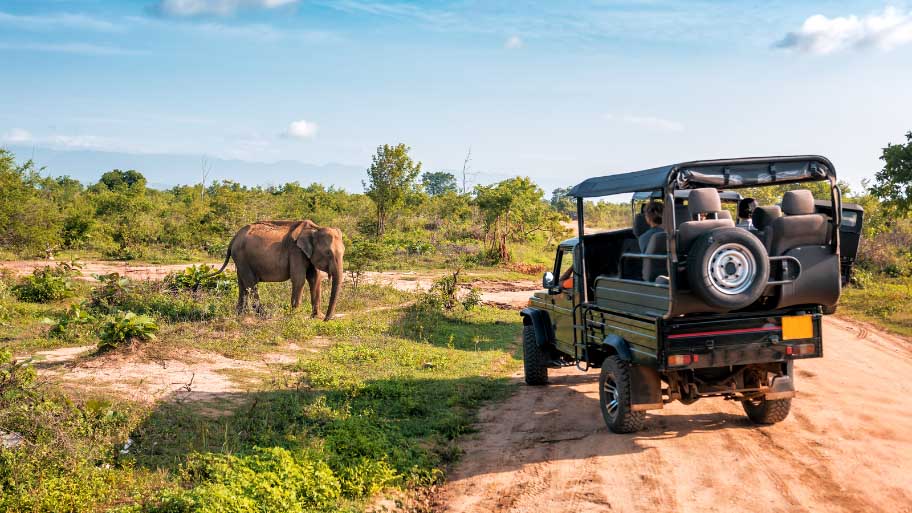
Typical Safari Pricing Breakdown
Safari costs in Kenya and Tanzania aren’t just about spotting majestic lions. You’re also investing in a holistic experience: from knowledgeable safari guides offering lesser-known wildlife insights to access to untouched natural parks. Additionally, prices incorporate park entrance fees, camping or lodge accommodations, and sometimes even meals. It’s essential to understand the full spectrum of costs to ensure a seamless, hassle-free safari experience.
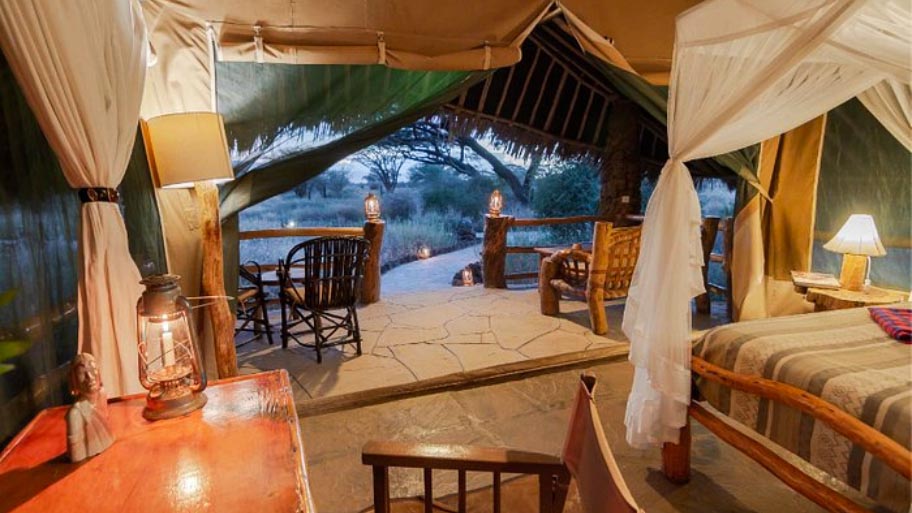
Accommodation, Travel, and Guided Tours
When budgeting, consider three pivotal aspects: where you’ll rest after a day’s adventure, your travel logistics within and between Kenya and Tanzania, and the expertise of your chosen kenya tanzania safari guide. Opting for package Kenya and Tanzania tours can sometimes provide better value, merging accommodation, travel, and guided explorations into one cohesive, memorable experience.
Daily Costs and Budgeting Tips
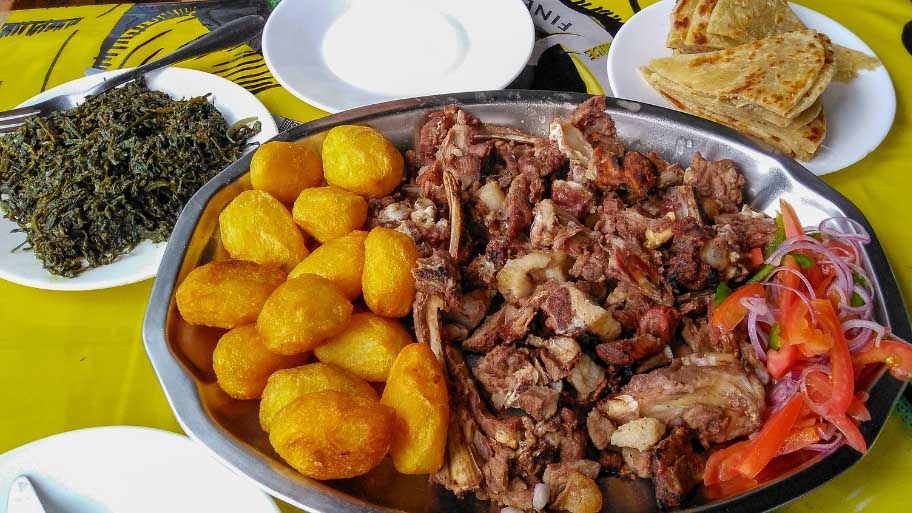
Daily Expenses: Food, Travel, and More
When exploring Kenya and Tanzania, daily expenses are more than just accommodation. Savory local dishes, intra-region travel, and unexpected souvenirs can quickly add up. Sample traditional meals like “ugali” or “nyama choma” in Kenya, and perhaps “chapati” or “ndizi kaanga” in Tanzania. Additionally, consider the costs of short flights, local taxis, or buses connecting popular safari destinations.

Making the Most of Your Budget
Maximizing your safari budget means prioritizing experiences that matter most. Perhaps splurge on a hot air balloon ride over the Masai Mara but economize with budget-friendly lodges. Engage with local communities for authentic, cost-effective experiences. Remember, with careful planning and a keen eye for value, every penny can stretch further, enhancing your African adventure.
Estimating safari costs in Kenya and Tanzania goes beyond simple numbers—it’s about a rich, holistic experience. With Allied Travel , there’s no need for guesswork. We guide you every step of the way, ensuring your safari is not just an adventure, but a lifetime memory. Let’s journey together!
Tips and Tricks for an Unforgettable Kenya and Tanzania Tour
An exhilarating Kenya and Tanzania safari tour offers some of the most captivating sights in Africa. Yet, as with any journey, there are ways to elevate the experience. Dive into these insider insights for a more memorable encounter.
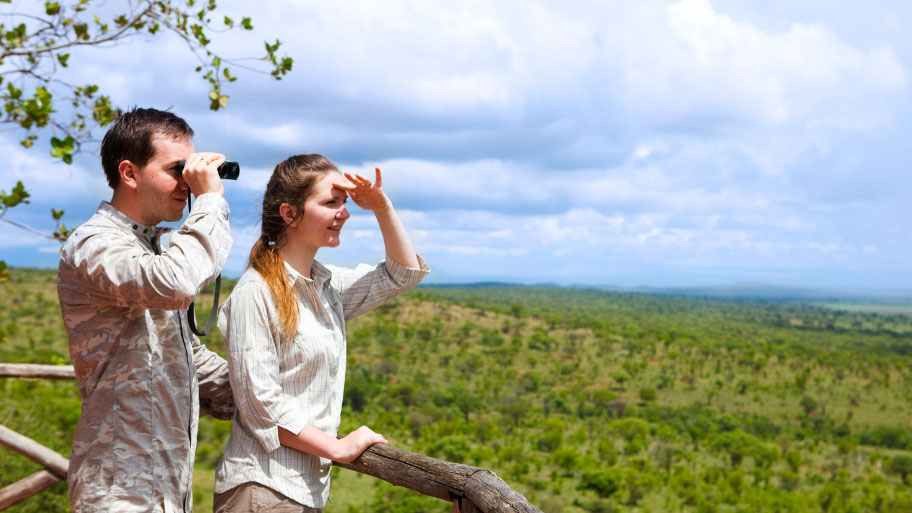
Maximizing Your Safari Experience
The magic of a Kenya and Tanzania safari lies beyond the well-trodden paths. Opt for dawn or dusk excursions; this is when wildlife is most active. Additionally, patience is key. Spend more time at fewer spots, allowing nature to unfold before you. Interestingly, many overlook the wonders of the smaller fauna and flora, so keep an open eye!
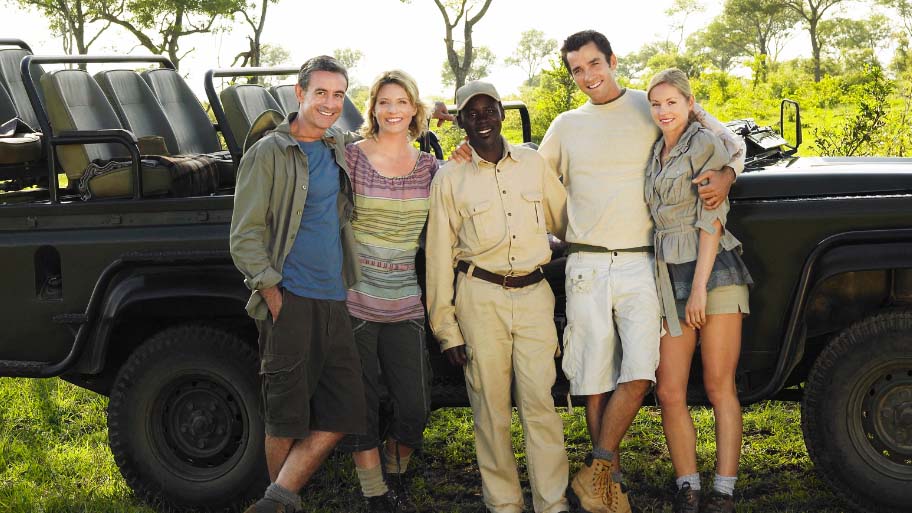
The Right Safari Guide and Company
Your safari guide is your gateway to the majestic landscapes of Kenya and Tanzania. Prioritize hiring experienced guides from reputable companies, such as Allied Travel , as they possess invaluable local knowledge. Did you know that the best guides have an uncanny ability to spot hidden creatures miles away, enriching your Tanzania or Kenya safari manifold?
The essence of an unforgettable Kenya and Tanzania tour is in the details. Savor each moment, trust expert guides, and let the unparalleled beauty of Kenya and Tanzania sweep you away.
Preserving the Environment: Sustainable Safari Practices
In the heart of Kenya and Tanzania, safaris allow travelers to witness the raw beauty of nature. However, it’s crucial that our passion for adventure aligns with practices that conserve these awe-inspiring habitats. Dive deep to learn how we can merge adventure with responsibility.
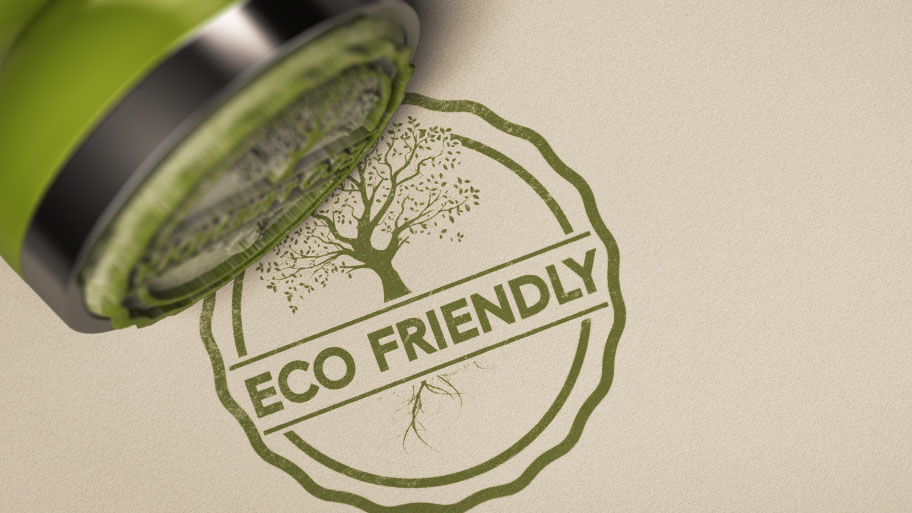
The Importance of Eco-friendly Travel
Safaris have become synonymous with the Kenya and Tanzania tour experience. With the surge in popularity, the commitment to eco-friendly travel is paramount. It’s less of a commonly known fact that sustainable lodges and camps in these regions use solar energy and rainwater harvesting. Opting for such accommodations can significantly reduce your carbon footprint on your next Kenya or Tanzania safari.
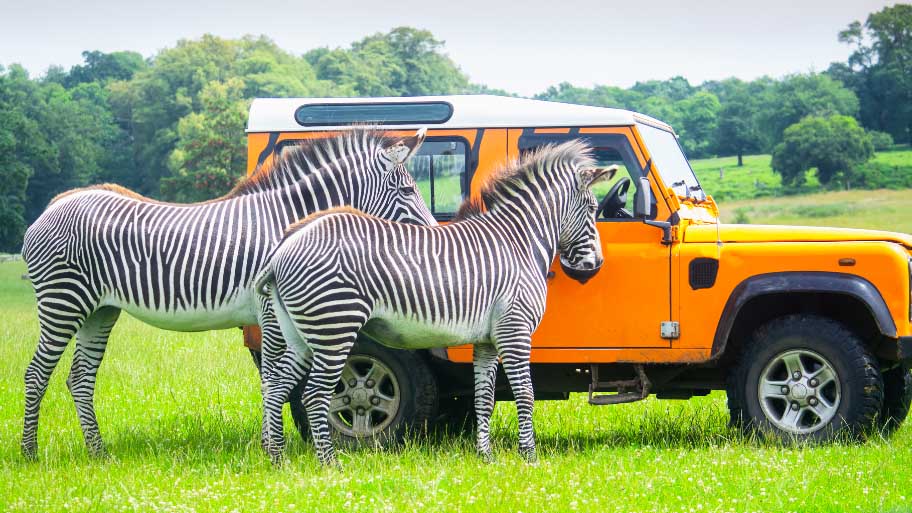
Leave No Trace Principles in Safaris
While the role of a safari guide is to enhance your experience, their teachings on Leave No Trace principles are golden. These guidelines, although simple—like not feeding animals or littering—ensure the pristine nature of the wild remains undisturbed for future Kenya and Tanzania tours.
When embarking on a Kenya and Tanzania safari tour, your choices matter. Through sustainable practices, every traveler can play a part in safeguarding the treasured ecosystems of Kenya and Tanzania.
Travel Considerations: Health, Safety, and Visas
Embarking on a Kenya and Tanzania safari tour is the stuff of dreams. Yet, beneath the majestic wildlife encounters, meticulous planning ensures your journey is magical and worry-free. Dive into the essentials that shape the perfect Kenyan or Tanzanian experience.
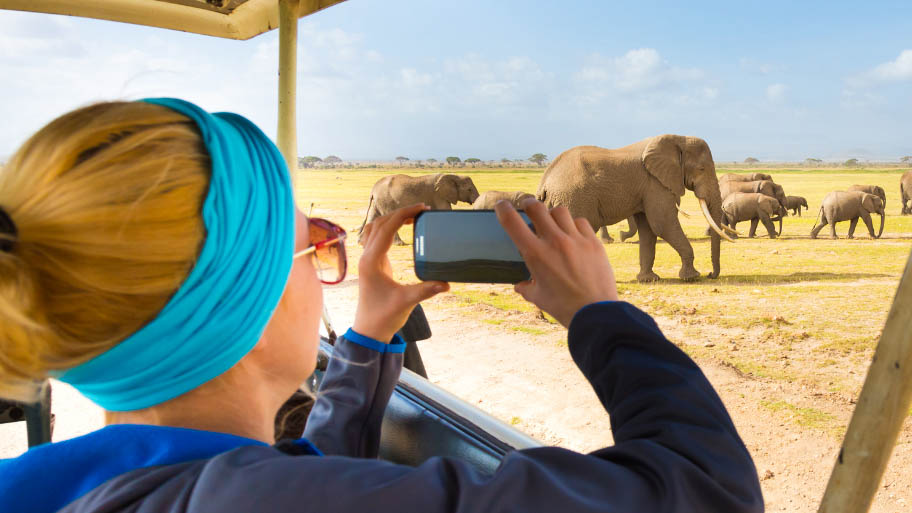
Ensuring a Smooth Trip
Navigating the diverse regions of Kenya and Tanzania may require specific permits and visas. While many are aware of tourist visas, fewer realize the special permissions some regions demand. But with Allied Travel by your side, you’re covered. We’ll undertake all the research, ensuring all necessary permits and visas are secured in advance for a seamless Kenya and Tanzania tour.

Vaccinations, Insurance, and Local Norms
Before jetting off on your Kenya and Tanzania safari, certain vaccinations, like yellow fever, are essential. A lesser-known tip: comprehensive travel insurance can cover unforeseen safari disruptions. Furthermore, respecting local customs and etiquettes not only safeguards your experience but also deepens your connection with the destination.
Thorough preparation is the cornerstone of adventure. Let Allied Travel be your compass, guiding your Kenya or Tanzania safari to be an unforgettable, hassle-free journey.
Diving Deeper: Optional Safari Add-ons and Extensions
The quintessential Kenya and Tanzania safari tour offers an unparalleled wildlife spectacle. But what if you could amplify the experience, delving beyond the traditional? Let’s journey into unique, lesser-known safari extensions that elevate your adventure.
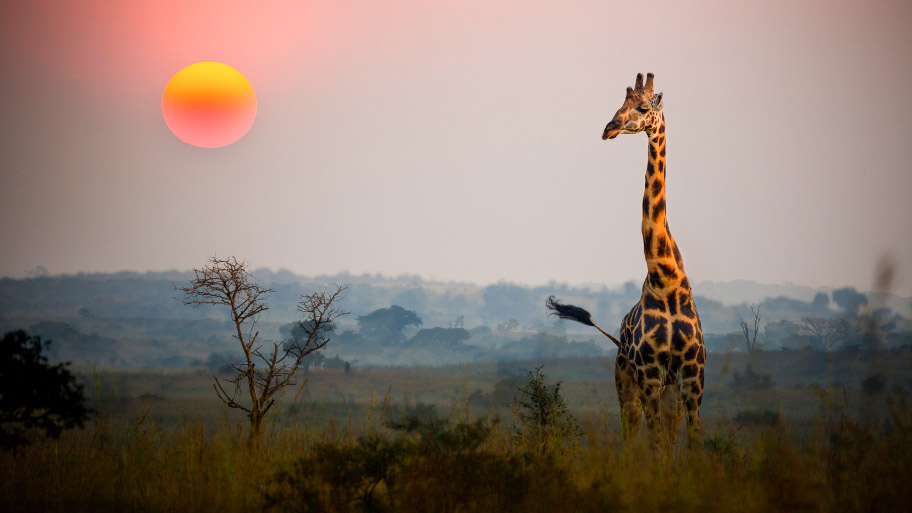
Beyond the Traditional Safari
Your expert safari guide might let you in on a secret: there’s more to a safari than the usual game drives. Some less-traveled paths in Kenya and Tanzania offer immersive experiences, providing intimate connections with nature and local communities.
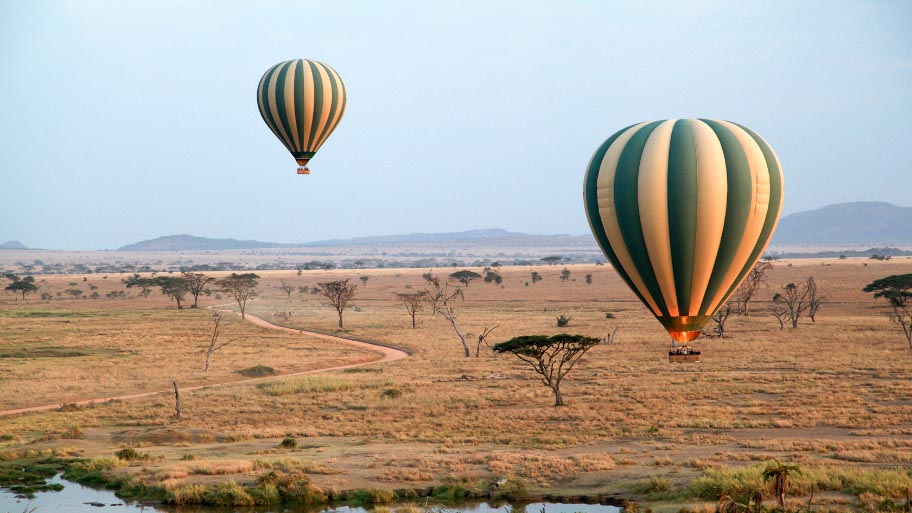
Balloon Safaris, Beach Extensions, and More
Imagine floating over the Serengeti in a balloon, witnessing the Great Migration from a bird’s eye view. Or after your Kenya safari, unwinding on the pristine beaches of Zanzibar. These extensions are not just add-ons, but curated experiences that enrich the soul.
There’s a universe beyond the classic safari. With the right choices, your Kenya and Tanzania tour can become a tapestry of unforgettable moments.
Crafting Memories in the African Plains
As we conclude this guide, we’ve delved into preparing for your safari adventure: from ensuring health and safety to embracing sustainable practices. Now, we shine a light on the transformative experiences you stand to gain and the beckoning allure of the African wilderness. Before you immerse yourself in the wonders of Kenya and Tanzania, let’s anticipate the moments that will etch themselves into your memory. Poised for the journey of a lifetime? Let’s seal our preparations.
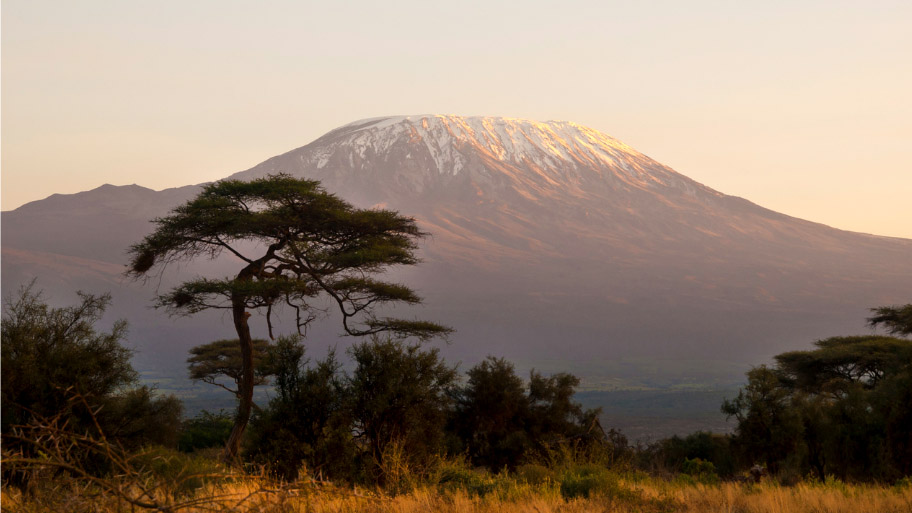
The Ultimate Safari Reflection
With every step led by a seasoned safari guide, the landscape unveils its secrets. From the rhythmic dance of the Maasai Mara’s wildebeests to the quiet majesty of Kilimanjaro silhouetting the Amboseli, this journey is more than sightseeing – it’s soul-touching.
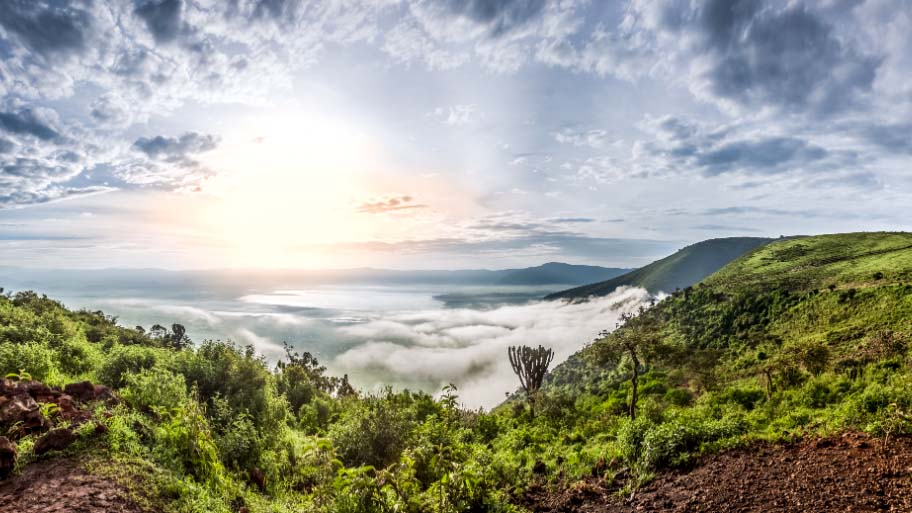
The Call of the Wild
In the hushed whispers of the Serengeti night or the lion’s roar echoing through the savannah, the call beckons. Not just to observe, but to connect, embrace, and remember. It’s a symphony of nature, from the cascading waterfalls of Tsavo to the vast plains of the Ngorongoro Crater, all harmonizing in perfect rhythm.
A Kenya and Tanzania tour transcends itineraries; it crafts eternal memories in the heartbeats of the wild. Ready to create your own tales? Allied Travel is your trusted partner for this journey, ensuring each moment becomes an unforgettable memory.
Share This Story, Choose Your Platform!
Related posts.
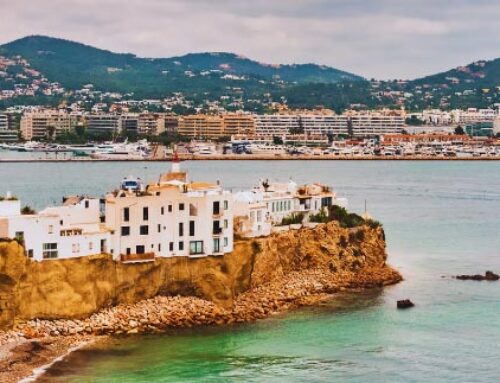
The Best Cruises in Spain: Royal Caribbean, Disney, and Princess
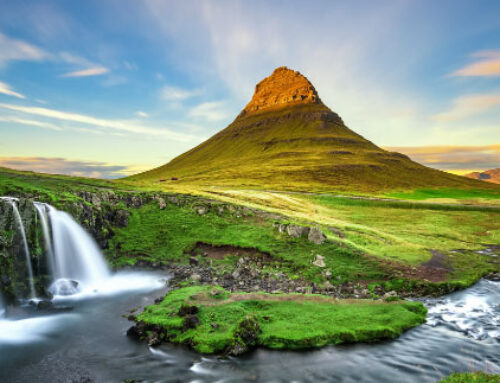
Iceland Travel Guide: Chasing Northern Lights and Natural Wonders
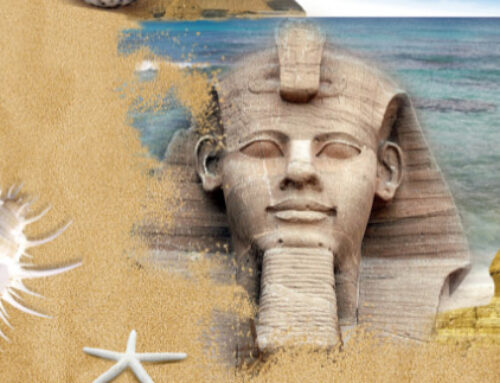
Egypt Travel Guide: Beyond the Pyramids and Sphinx
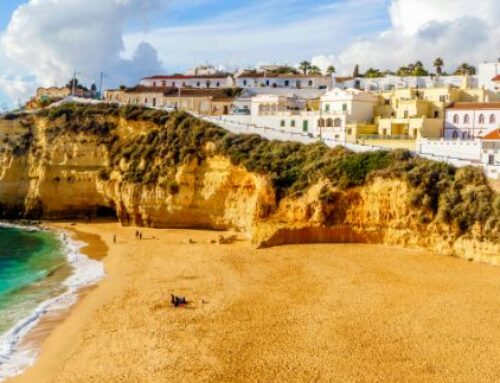
Portugal Travel Guide: Exploring the Hidden Gems
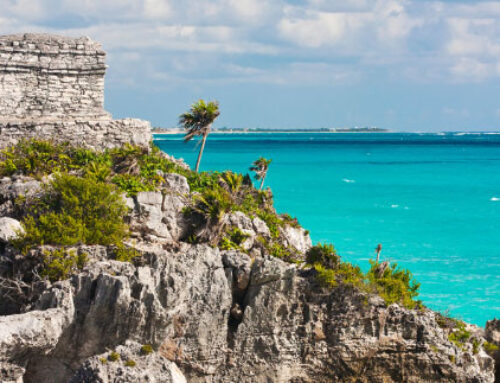
Mexico Travel Guide: Discover the Best of Mexico
- Boka en resekonsultation
- Safaribloggen
- Safari i Afrika
- Sol och bad
- Vin & vingårdar
- Så jobbar vi
- Hållbart resande
- Vanliga frågor
- Resevillkor
- Safari i Sydafrika
- Kapstaden & Kaphalvön
- Vin och vingårdar
- Garden Route
- Johannesburg
- KwaZulu-Natal
- Köra bil i Sydafrika
- Safari i Tanzania
- Kilimanjaro
- Safari i Kenya
- Malindi & Watamu
- Södra kusten
- Victoriafallen

Inför safari och sol i Tanzania

Hur är läget, egentligen?
Tanzania eller kenya – vilket land ska du välja.

Tanzania eller Kenya? Var finns den bästa safarin, den bästa stranden – och var får jag mest för pengarna? Vi reder ut det en gång för alla.
Grannländerna Tanzania och Kenya är sedan länge populära destinationer för safari och sol och bad. Men många gånger är det svårt att veta vilket land som passar bäst för livets äventyr. Speciellt du som bara tänker åka till Afrika en gång i livet vill ju maxa möjligheten till en oförglömlig upplevelse. Så – här kommer facit. Ska du välja Tanzania eller Kenya?
Hoppa direkt till det du är intresserad av:
Var finns bäst safari – i Tanzania eller Kenya?
Båda länderna har sina fördelar, helt klart. Och det är nog personligt vad just du tycker är bäst. Så jag ska gå igenom några av likheterna och skillnaderna mellan en safari i Tanzania och en i Kenya .

En buffel i Ngorongoro Crater
Likheter mellan Tanzania och Kenya
För att få en ultimat safariupplevelse i Tanzania eller Kenya krävs att du reser omkring i landet. De olika nationalparkerna och reservaten har olika karaktär och olika uppsättning djur. Till exempel är nationalparken Amboseli i Kenya, som ligger i skuggan av Kilimanjaro, väldigt rik på elefanter. Du ser visserligen elefanter i de flesta nationalparker i Kenya, men inte samma mängder som i Amboseli. Och på samma sätt är nationalparken Tarangire i norra Tanzania också ett elefantparadis, men utan våtmarkerna som karakteriserar Amboseli.
I båda länderna finns en djurrikedom som du knappt ser någon annanstans i världen. I Maasai Mara är det möjligt att se olika antiloper, strutsar, elefanter, zebror och noshörningar på savannen på en och samma gång. I Ngorongoro Crater finns otroliga mängder zebror och gnuer. Det här är upplevelser som knappt går att beskriva med bilder, utan de måste upplevas.

Gnuer korsar Marafloden i norra Serengeti
Det är möjligt att följa Den stora migrationen i Tanzania eller Kenya, men det är olika var och när du får bäst upplevelse. Till Kenya kommer djuren i juli/augusti, och de vänder tillbaka mot Tanzania framåt oktober. Under den här perioden korsar de Marafloden, som flyter genom norra Serengeti i Tanzania och Maasai Mara i Kenya. Under stor dramatik passerar de förbi väntande krokodiler, som ganska enkelt kan plocka på sig det de önskar, som på buffé eller smörgåsbord.
Gnuerna befinner sig i Tanzania resten av året – i februari kalvar de i Serengetis Nduturegion och i maj och juni korsar de Grumetifloden i Serengeti. Oberoende av vilket land du väljer – Kenya eller Tanzania – kommer du att få en häftig och minnesvärd upplevelse.
Är du nyfiken på kultur och människor? Nomadfolket massajerna finns i båda länderna, och du kan besöka en äkta massajby oavsett om du åker till Tanzania eller Kenya. Du bokar besöket i samband med din safari, och du får en unik möjlighet att lära dig mer om detta spännande folkslag, kända för sin mod, sina rödfärgade klädnader och de höga hoppen. Pengen som du betalar för att besöka byn går oavkortat till massajerna, och används för att bygga skolor, se till att de får sjukvård och annat viktigt.

Vare sig du väljer Tanzania eller Kenya kan du flyga varmluftsballong över savannen. Det är ett förhållandevis dyrt nöje som kostar någonstans mellan SEK 4500 och 5000 per person men en otroligt häftig upplevelse att svischa ovanför en hjord elefanter eller tusentals gnuer. Speciellt om du gör det i migrationstider.
Skillnader mellan länderna
I Tanzania är den vanligaste safariupplevelsen att köra Northern Circuit. Oftast landar du på Kilimanjaros flygplats, övernattar i Arusha och tar dig sedan vidare till Ngorongorokratern och Serengeti för din safari, ibland med stopp i parkerna Tarangire och/eller Manyara . Det är stora avstånd att täcka in och ska du få en helhetsupplevelse rekommenderar jag att du är på resande fot i minst fyra eller fem nätter. Det är givetvis fullt möjligt att flyga till Serengeti med inrikesflyg och bara göra sin safari där och i Ngorongorokratern på några nätter. Men enligt min mening missar du då en hel del och har ändå transportsträckor på flera timmar.

Två varmluftsballonger svävar över Marafloden i Maasai Mara.
Gör du din safari i Kenya har du lite större valmöjlighet . För att komma till Maasai Mara från Nairobi med bil passerar du ändå förbi Lake Naivasha. Sjön ligger vackert i det jättelika gravsänkesystemet Rift Valley. Här finns gott om flodhästar och krokodiler och efter en tur på sjön kan du göra en walking safari på Crescent island. Så du kommer ut ur bilen för att göra något annat. Sedan går det givetvis att kombinera Maasai Mara med Amboseli, Lake Nakuru med mera. Då kan det också bli väldigt stora avstånd.
Vill du flyga till Maasai Mara eller någon av de angränsande privata reservaten får du en riktigt bra safariupplevelse på en hanterbar yta. Serengeti (som ju egentligen är samma park, fast på andra sidan gränsen mot Tanzania) är väldigt mycket större vilket också innebär att det kan bli mycket körning för att se något häftigt. Det problemet har du sällan i Maasai Mara.
En annan skillnad som kan påverka om du väljer Tanzania eller Kenya för din safari är just det där med privata reservat. I Tanzania, precis som i Kenya, är parker och reservat öppna för alla. Men i Serengeti och Ngorongoro störs du sällan av privata bilar eller oseriösa safariföretag som beter sig oansvarigt bland djuren, även om det kan bli trafikstockning vid en leopard. I Maasai Mara, Nakuru National Par k och även Nairobi National Park kan du faktiskt få riktigt tråkiga upplevelser, med alldeles för många bilar, bilköer vid häftiga vilda djur eller till och med sådana som försöker störa sovande lejon så att de ska röra på sig.

För en mer exklusiv safari i Kenya kan du komma bort från bilköerna och stöket. Boka en safari i ett privat reservat så är det begränsat hur många safaribilar som får stanna till vid exempelvis en leopard eller en flock lejon, oftast enbart tre eller fyra stycken. I de privata reservaten i Kenya har du också möjlighet att göra en walking safari med guide, samt nattsafari efter mörkrets inbrott för att se de nattaktiva djuren. Nattsafari kan göras i Lake Manyara i Tanzania, men det finns inte privata reservat på samma sätt där.
Viltparkerna i de södra delarna av Tanzania är lite ovanligare safarimål, men där får du lite samma upplevelse som i de kenyanska privata reservaten. Du flyger in från Zanzibar eller Arusha, gör en safari på två-tre nätter eller flyger mellan lodger i de olika parkerna, främst Selous och Ruaha , och flyger ut igen. Det är dyrt men fördelen är att du slipper sitta många timmar i bil. Den jättelika savannen som finns i Serengeti och Maasai Mara med omnejd lyser dock med sin frånvaro, även om djurupplevelsen i sig är häftig.
Min subjektiva åsikt är alltså att i kampen mellan att välja Tanzania eller Kenya får du den allra bästa safarin på privat reservat i Kenya . Detta ligger generellt sett högre i pris än en “vanlig safari”. Och eftersom min åsikt också är att alla borde uppleva Ngorongorokratern en gång i livet tycker jag att du som inte har möjlighet att välja att göra din safari i privat reservat i Kenya då ska välja Tanzania.
Var finns bäst sol och bad – Zanzibar, Tanzania eller Kenya?
En safari avslutas bäst med några sköna dagar på stranden. Men vilken kust ska du välja? Är kraven kritvita stränder, tropisk värme och azurblått hav kommer du att bli nöjd vart du än tar vägen. Men det finns några andra skillnader som kan påverka ditt val mellan Tanzania eller Kenya.

Kenyas kust är lång och välexploaterad, så här finns definitivt väldigt mycket att välja mellan. Min favoritplats på jorden är den lilla ön Lamu , som ligger ganska långt norrut och tyvärr finns det en liten risk för oroligheter här, vilket gör att vi just nu inte rekommenderar våra kunder att åka hit.
Diani Beach sägs vara landets bästa strand, med ett flertal boutique-hotell och boenden som passar både familj och dig som reser med din partner. Här finns till exempel svenskägda all-inclusivehotellet Kinondo Kwetu och legendariska Sands of Nomad .
Malindi och Watamu passar dig som har en mer begränsad budget, båda är mer äkta Kenya än resortstarka orter, men väldigt charmiga. Och utanför Watamu finns en av Kenyas största marina parker, med ett vattendjursliv väl värd att utforska.

Det går också att åka till Tanzanias kust, även om det inte är särskilt vanligt. Dar Es Salaam har flera bra stränder, och nära Bagamoyo någon timme norrut från Dar kan vi erbjuda boende på en egen ö, Lazy Lagoon Island .
Men jag måste ändå säga att det är en annan ö, eller rättare sagt ögrupp, som är vinnaren i denna kamp. Zanzibar är lättillgängligt vare sig du flyger från fastlandet i Tanzania eller Kenya, men har också många olika valmöjligheter, vilket ger en bra prisbild. Du kan bo i trevliga, fräscha boutiquehotell på stranden för så billigt som USD 85 per dubbelrum i lågsäsong. Betalar du samma priser i Kenya kan jag inte garantera att det är vare sig lika fräscht eller härligt. Och på Zanzibar finns dessutom stränder som passar alla typer av resenärer .
Givetvis finns det också nackdelar med Zanzibar. Den största nackdelen är tidvattnet – bor du någon annanstans än på nordligaste delen av huvudön Unguja får du räkna med att inte kunna bada i havet hela dagen. Å andra sidan har alla boenden pool, och har du ett par strandskor kan du utforska revet. Vi rekommenderar helst boenden på öns östra och sydöstra sida därför att det är lättare att hitta just de där mysiga boutiquehotellen som inte kostar skjortan där. I norr, på populära stranden Nungwi, har du att välja mellan lyxiga femstjärniga resort eller backpackerställen, och inte så mycket däremellan.

Vill du dyka, snorkla eller ägna dig åt vattensporter? Det är möjligt vare sig du väljer Tanzania eller Kenya. Mafia Island söder om Zanzibar har riktigt bra dykning och Watamu Marine Reserve i Kenya har också mycket att erbjuda.
Alldeles oavsett var du hamnar får du nästan alltid räkna med beach boys som vill sälja dig något eller ta med dig på en båttur. Om du inte är intresserad är det bara att tacka nej och fortsätta gå, är du intresserad får du räkna med att köpslå angående priset.
Vilket land är billigast, Tanzania eller Kenya?
När det gäller att boka en safari får du räkna med att betala ungefär lika mycket i båda länderna. Med skillnaden att bokar du privat reservat i Kenya kommer det förmodligen att kosta lite mer än en “vanlig” safari i Tanzania. Men här vill jag peta in en liten brasklapp: att du förmodligen behöver lägga mer tid på din tanzanska safari så i slutändan kan det gå på ett ut.
När det gäller ländernas ekonomi är Kenya stabilare än grannlandet Tanzania, vilket ger till följd att det också är något dyrare där. Vill du äta på restaurang i Kenya är mat och vin nästan i nivå med Sverige. I Tanzania är det väldigt billigt att äta och dricka, en huvudrätt på en helt vanlig restaurang på Zanzibar kostar någonstans mellan 50 och 100 kronor.

När det gäller shopping är det ungefär samma sak, Tanzania är för det mesta lite billigare än Kenya. Men i båda länderna är det viktigt att pruta, särskilt av gatu- eller strandförsäljare.
Infrastruktur, trafik, internet och telefon
Kenya är det mer utvecklade landet vilket innebär att det mesta funkar betydligt bättre där. Oavsett om du åker till Tanzania eller Kenya kan du till exempel köpa ett inhemskt sim-kort för att ringa och ta emot samtal, samt för att kunna surfa på internet.
I Kenya fungerar dessa överallt, 4G-systemet är välutvecklat och du har service mitt ute i bushen. Så är inte fallet i Tanzania. Även med ett dyrt sim-kort finns bra uppkoppling enbart i de större städerna. I Serengeti får du förlita dig helt på safarilodgernas wifi. Så det är egentligen helt onödigt att investera i ett sådant. Enda gången det KAN vara en idé att köpa ett sådant sim-kort i Tanzania är när du ska vara på Zanzibar ett tag och inte vill jaga wifi. I princip alla boenden i både Kenya och Tanzania erbjuder kostnadsfri wifi av varierande kvalitet.
När det gäller biltrafiken är den betydligt värre i Kenya och kanske framför allt Nairobi, jämfört med Tanzania. Så tillbringar du några dagar där behöver du räkna med att transporter kan ta tid. Berätta gärna vad du vill uppleva i Kenya så försöker vi boka in er på ett boende som ligger rätt i förhållande till detta. Alla safarioperatörer vi jobbar med kör stora safaribilar med fyrhjulsdrift och chaufförerna är välutbildade i både säkerhet och trafikvett.
Upplevelser utöver safari och sol & bad i Tanzania eller Kenya
De flesta åker till östra Afrika med ambitionen att kombinera en häftig safariresa med några avkopplande dagar på en tropisk strand. Men det finns faktiskt mer att uppleva – i båda länderna.
Nairobi – unik storstad med mycket att erbjuda
Du som reser till Kenya landar oftast i Nairobi, och i stället för att hasta iväg på din safari rekommenderar jag att du tillbringar några nätter här för att lära dig mer om denna smältdegel till stad. Vill du lyxa till det ordentligt bokar du in dig på Giraffe Manor ett par nätter. Vill du inleda din safari direkt du kliver av planet rekommenderar jag ett par nätter på The Emakoko som ligger i anslutning till Nairobi National Park. Viltet i parken är fantastiskt och det är verkligen unikt med en nationalpark med skyskrapor i bakgrunden .
Men även om du bor på ett vanligt hotell i stan kan du lära dig mer om landet och dess historia, besöka föräldralösa elefanter och noshörningar på David Sheldrick’s Wildlife Trus t, mata giraffer med morötter på Giraffe Centre och shoppa loss på ambulerande massajmarknaden på Village Market en fredag eftermiddag.
Kaffe i Tanzania
Både Kenya och Tanzania är stora kaffeexportörer, men fördelen med Tanzania är att många av kaffeplantagerna ligger i samma områden som du passerar när du ska göra din safari. I trakten kring Arusha och Karatu finns gott om olika kaffefarmer som du både kan besöka och bo på. Och på varje sådant ställe kan du lära dig mer om kaffebönans väg från buske till din kaffekopp. När vi bodde på Ngorongoro Farm House i Karatu fick vi en intressant och interaktiv föreläsning av Babadingi, vice hövding av Iroqw-stammen, som gav mersmak. Och då dricker jag inte ens kaffe!

Babadingi berättar om kaffebönan.
På lite lyxiga Gibbs Farm i Karatu kan du till och med lägga lite mer tid, minst två nätter, på att njuta av deras ekologiska trädgård samt kaffefarm. I dessa härliga omgivningarna njuter du av frisk luft, en vacker trädgård samt utsökt service. Gibbs kan vara en bra utgångspunkt för din safari i Ngorongoro Crater, Lake Manyara eller Tarangire.
Kilimanjaro – från Tanzania eller Kenya?

Kilimanjaro är Afrikas högsta berg och ligger påpassligt nog också precis där de flesta landar när de ska på safari i Tanzania. Och faktum är att är du någorlunda vältränad och uthållig är det fullt möjligt att klättra uppför berget på ungefär en vecka. En makalöst häftig upplevelse att krydda din Afrikasafari med. Men faktum är att vill du se Kilimanjaro i all dess prakt gör du det mycket bättre från Kenya och nationalparken Amboseli. En klar dag kan du få till fantastiska bilder med elefanter i förgrunden och Kilimanjaro i bakgrunden.
Viltkonservation i Laikipia, Kenya
I skuggan av Afrikas näst högsta berg, Mount Kenya, ligger de båda privata konservaten Ol Pejeta och Lewa. Dessa har blivit världskända för sina insatser för de vilda djuren. Ol Pejeta har de två sista Northern White noshörningarna i världen, och det finns möjlighet att besöka dem och höra mer om hur de skyddas. Du som är intresserad av viltvård och vill få en unik möjlighet att komma nära noshörningar bör definitivt fundera på att utöka din Kenyasafari med ett besök i Laikipia-distriktet. Här kan du dessutom korsa ekvatorn! Det kan du inte i Tanzania.
Summering: Vilket ska du välja, Tanzania eller Kenya?
Är du en sådan som funderar mycket på vilket land som är bäst av Tanzania eller Kenya, så har du kommit rätt. Och mitt ganska tråkiga svar är att du ska välja båda. Eller rättare sagt, kombinera. Även om safarin i Tanzania är ypperlig och oförglömlig är en safari i privat reservat i Kenya snäppet bättre. Landar du i Nairobi kan du med fördel stanna där några dagar eller åka till Lake Naivasha för en häftig upplevelse med flodhästarna i sjön och walking safari bland gnuer och zebror. Men för sol och bad i världsklass åker du till Zanzibar. Där finns de där tropiska sandstränderna med azurblått hav som du drömmer om, och till rimliga priser.
Men – väljer du Tanzania för din safari är det absolut inte ett nerköp. Ngorongorokratern är unik och något som jag tycker att alla borde uppleva. Så oavsett vilket land du fastnar för kommer du att ha fått upplevelser för livet. Och du som kanske känner att du bara vill testa på det här med safari – jag rekommenderar verkligen att du besöker Sydafrika . Du får en riktigt bra safari och kan bygga på med mycket annat, till ett betydligt bättre pris.
Kontakta oss för att börja planera ditt östafrikanska äventyr. Vi hjälper dig oavsett vilket land du väljer – Tanzania eller Kenya. Eller till och med om du vill åka någon annanstans.
Tina Sayed Nestius
Relaterade inlägg.

Topp 5 saker att göra i Nairobi

7 saker du kan göra i Stone Town, Zanzibar

När är bästa tiden att åka till Zanzibar 2023?
Leave a reply cancel reply.
Your email address will not be published. Required fields are marked *
This site uses Akismet to reduce spam. Learn how your comment data is processed .
Which safari is cheaper Kenya or Tanzania?
- Safari Guide

A grassy field with trees and giraffes walking around with light blue sky in the background
If you’re such as us, you devote a lot of your time imagining about a safari. Seeing recognizable animals like lions and elephants in their own environments, encircled by enormous wildernesses, is the ultimate delight. Furthermore, which African safari destination is less expensive? We get asked this question a lot: Kenya and Tanzania in terms of costs. Our recommendation is to visit both, but naturally, this isn’t always feasible considering the amount of time and money required to see both of these countries. Therefore, you’ve come to the right spot if you’re seeking to figure out the costs between Kenya and Tanzania and have only a week or so before going on safari. Kenya or Tanzania wildlife and national parks. The best things to think about when planning a safari in East Africa are arguably the national parks’ class and their abundance of wildlife. The good news is that top wildlife destinations include Tanzania and Kenya. Africa’s greatest intact wild space, the Serengeti ecosystem, is found in both of them. Millions of native species live there, including all five of the Big Five (lion, buffalo, rhino, elephant, and leopard). The Great Migration takes place in the Serengeti every year. Million-strong herds of zebra, antelope, and wildebeest travel hundreds of kilometers in search of excellent grazing and rain, always under watch by the predators they serve. There are two protected areas that serve as a safeguard for this significant ecosystem. It’s the Maasai Mara in Kenya. And the Serengeti National Park in Tanzania. There are further factors to compare between Maasai Mara and Serengeti. More diversified habitats can be found in the approximately ten-times larger Serengeti National Park than in the Mara. However, it indicates that there is more wildlife density in the Maasai Mara. Thus, you will likely see more here if your safari is limited to a few days. The animals is increasingly dispersed throughout Serengeti. This is excellent if you intend to go on a two-week safari, but not so fantastic if you have to go quickly. Masai Mara is also generally less expensive than Serengeti and is home to the Maasai tribespeople, which makes it an excellent option for those interested in African culture. Other national parks and game reserves . Kenya and Tanzania are home to other fantastic game reserves and national parks, aside from Serengeti National Park and Maasai Mara. Lake Nakuru, Lake Naivasha, Tsavo, and Amboseli are all in Kenya. Arusha, Tarangire, and Lake Manyara are all in Tanzania. The country is also home to the Ngorongoro Crater, a UNESCO-listed reserve in which some of Africa’s highest densities of wildlife live within a volcanic crater. It is adjacent to Serengeti National Park, which is the site of the Great Migration. It is reason enough to visit Tanzania on its own, being one of the best places in the world for a safari. In conclusion, you can’t go astray when choosing between Kenya and Tanzania as your African wildlife safari options. Because of the vastness of the Ngorongoro Crater and the Serengeti National Park, Tanzania has a minor advantage. For those who are visiting Maasai Mara between August and November, or for those who are in a hurry, Kenya is a better option. It is also slightly cheaper and better for culture. Kenya or Tanzania cost. For tourists on a tight budget, Kenya is usually a better option in East Africa, even with its more advanced transportation system. This is mainly down to economies of scale. More hotels, airlines, and safari camps are available. This leads to competition, which lowers costs. Of course, all of this depends on when you travel, as high season which is mostly influenced by the rainy and dry seasons and the migration of species as part of the Great Migration means higher prices. Tanzania’s larger size and more dispersed national parks and reserves should also be taken into account. So fuel costs and the use of internal flights to get around the country can also push up prices. The Tanzanian government additionally levies certain rather high taxes and fees. Park entry, rental car costs and a nightly Zanzibar city tax all combine to make Tanzania a more expensive option for travelers. For big-budget, luxury safari experiences, there really is no upper limit on what you can book in both countries. However, Tanzania is more expensive than Kenya whether you want to go on a basic camping safari or an all-inclusive luxury resort vacation. Kenya is a better choice if cost is your primary concern while planning a vacation to East Africa, since it offers more affordable airfare, accommodation, transportation, food, and other taxes. Kenya as a whole. Please be aware that, starting on January 1, 2024, national park prices in Kenya may increase by up to 50% in an effort to combat excessive tourism and safeguard the fragile ecosystems of the nation. You may get more details about this here.

Kenya or Tanzania beaches . Kenya and Tanzania, both of which have sizable coasts in the Indian Ocean, are renowned for their beaches. Many tourists choose to spend a few days on the coast and a few days on safari. Kenya’s previously described transportation network may be useful in this situation. When it comes to beaches, Kenya and Tanzania differ mostly in terms of development level. Kenya’s coastal resorts are concentrated around Mombasa, with a host of luxury resorts and more modest hotels and other accommodation options. There is an international airport in Mombasa as well. Tanzania has a large number of beautiful white beaches but very few upscale hotels and resorts. Although there are still many places to stay, your selections will be more limited in terms of amenities and choices. However, there won’t be as many people around. Zanzibar, the semi-autonomous island off the coast of Dar es Salaam, is an exception to this rule. The island is a private retreat for people seeking sun, sea, and sand, and it has its own airport. The primary populated area is Zanzibar City. Additionally, Stone Town, the city’s historic district, is a fantastic area to explore. In addition to wildlife safaris, many of our Tanzania safaris include a leisurely stay in Zanzibar. For beach getaways, Kenya and Tanzania are both excellent choices. The finest place to go in Kenya is Mombasa, and the best place to go in Tanzania is Zanzibar. Tanzania is often less developed, quieter, and home to fewer upscale resorts. All in all, it’s a draw. Tanzanian or Kenyan cuisine . Any vacation must include food, and as Kenya and Tanzania are neighbours, their cuisines are similar. A staple in both nations is ugali, a flatbread made from cornmeal. Numerous meals around the shore in both nations also include coconut milk and rice. When it comes to cuisine, Tanzanian cuisine differs greatly from Kenyan cuisine in that spices are used extensively. This is a result of Indian influence in the nation. Tanzania has a sizable Indian community of second generation, which has shaped the culture of the nation. Curry is a popular cuisine, especially the highly spiced fish and coconut curries. Something to consider if you’re not a fan of spices! This is especially valid in Zanzibar. Because of the wide variety of herbs and spices that are cultivated here, it is known as “Spice Island.” In summary, the cuisines of the two nations are fairly similar, with the mainstays being grains, fish, rice, stews, and ugali. The main distinction is the Indian influence in Tanzania, where hot curries are preferred in many regions, especially Zanzibar. All in all, it’s a draw.
Related posts

A horizontal shot of landscape at the Namib desert in Namibia under the blue sky and white clouds
Seven unforgettable first-timer experiences in Kenya.

A Water buffalo on the ground surrounded by trees and grass under the sunlight at daytime
Kenya Game Reserves to Explore For the Entire Family.

A beautiful shot of rhinoceros standing alone on the ground with tiny birds on the back
4 Astounding Things That Make Up The Masai Mara Experience.

A Blue Wildebeest at waterhole, Okaukuejo, Etosha National Park, Namibia
Interesting Facts about the Great Wildebeest Migration in Tanzania.

A group of elephants walking on the dry grass in the wilderness
First Timer’s Guide on a Tanzania Safari.

The Indian rhinoceros in South Africa
Top Amazing Safari Experience That Makes Maasai Mara Unforgettable.
Comments are closed.
WhatsApp us

Kenya and Tanzania Safari
Kenya and tanzania safari, a family-friendly itinerary guide.
A Completely detailed 12 Days Kenya And Tanzania Safari Itinerary Guide is Greatest Wildebeest Migration . This Kenya and Tanzania Safari captures the very best of Kenya and Tanzania and is the most likely route for observing the Great Wildebeest Migration.
This 12 Days Kenya And Tanzania Safari Itinerary guide encompasses the best of Kenya and Tanzania, as well as the most likely route for witnessing the Immense Migration of millions of wildebeest and zebra over East Africa’s great plains. Admire the snow-capped Mt. Kilimanjaro in Tanzania, the world’s highest free-standing extinct volcano, which was previously in Kenya but handed to the Kaiser by Queen Victoria because she already possessed Mt. Kenya! Explore the lush meadows of Tanzania’s Ngorongoro Crater , the world’s largest caldera, with its entire rainbow of African species peacefully living in the crater’s bowl.
Explore Ngorongoro Crater, one of the World’s Natural Wonders, is home to both predators and prey.
Discover Amboseli’s natural splendor, with its famous huge tusked elephants and views of snow-capped Mount Kilimanjaro.
Experience The Excitement of tracking Africa’s Big Five and seeing millions of wildebeest and zebras cross the Mara River during their annual migration
Enjoy Aerial game viewing as you fly between spots, maximizing your safari time at every turn.
Itinerary at the Glance: 12 Days Kenya and Tanzania Safari
Day 1: arrive in nairobi, kenya, day 2: nairobi / amboseli national park, day 3: amboseli national park, day 4: amboseli / lewa wildlife conservancy, day 5: lewa wildlife conservancy, day 6: lewa wildlife conservancy / masai mara, day 7: masai mara, day 8: masai mara, day 9: masai mara / arusha, tanzania, day 10: arusha / ngorongoro crater, day 11: ngorongoro crater area.
- Day 12: Ngorongoro / Departure
Detailed Itinerary
Karibu na Jambo! Upon arrival, you will be greeted with a warm Swahili welcome and transferred to your boutique hotel on Nairobi’s outskirts. Spend the rest of your day any way you like.
Meals: Dinner
Accommodation: Hemingways Nairobi
The first leg of your Kenya and Tanzania safari begins with a flight to Amboseli National Park . Meet your expert ranger for an afternoon wildlife drive after checking into your well-appointed tented camp. Capture panoramic images of some of Africa’s largest elephants as they amble through the meadows against the backdrop of Mt. Kilimanjaro. Finish the day with traditional sundowners while admiring vistas of Africa’s highest mountain shining in the twilight.
Meals: Breakfast, Lunch, Dinner
Accommodation : Elewana Tortilis Camp
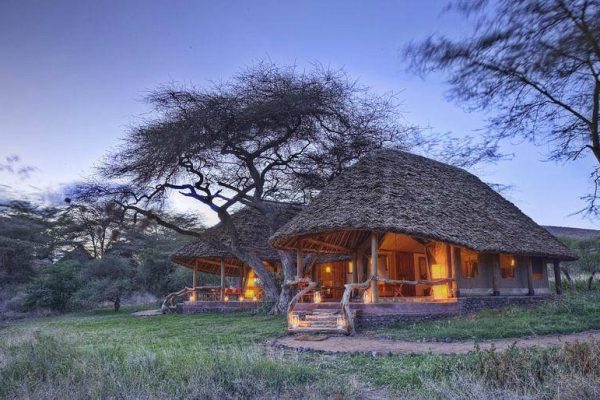
Rise with the dawn’s early light for your game drive; you might catch up with the big cats, who have been satiated by their night hunt. Keep an eye out for wildebeest, zebra, impala, and warthogs, as well as any of the 300 bird species. Unwind tonight and be enchanted by the magnificent blanket of stars.
Meals : Breakfast, Lunch, Dinner Accommodation : Elewana Tortilis Camp
Fly to the Lewa Wildlife Conservancy in the north. Arrive at your camp in time for lunch and an afternoon wildlife drive in search of the region’s unique animals, such as the Grevy zebra and reticulated giraffe.
Accommodation : Elewana Lewa Safari Camp
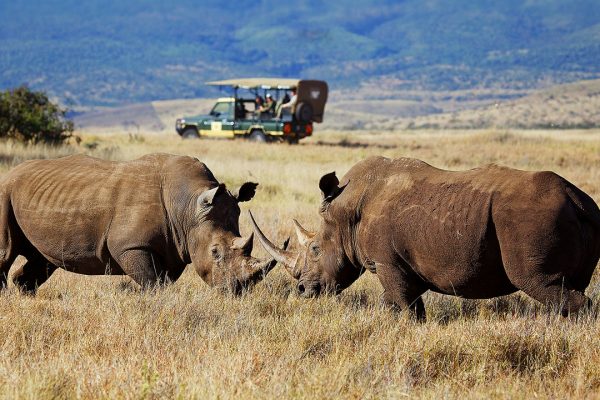
Begin the day with an early morning game drive through the peaceful and beautiful environment. You might come across a cheetah snuggling with her cubs or a herd of gerenuk munching the bush. Before your afternoon game drive, relax poolside and enjoy the views of wildlife that may be around.
Meals : Breakfast, Lunch, Dinner
Accommodation: Elewana Lewa Safari Camp
Your Kenya and Tanzania Safari continues when you fly to Kenya’s premier wildlife reserve, the Masai Mara . Your classic safari camp is positioned beside the Sand River, where millions of wildebeest and zebra migrate each year. Meet your expert rangers and embark on a game drive across the reserve’s tree-flecked grasslands, armed with your photographic gear. The herds of plains game, elephants, and a huge variety of other creatures and birds will astound you.
Accommodation: Elewana Sand River Masai Mara
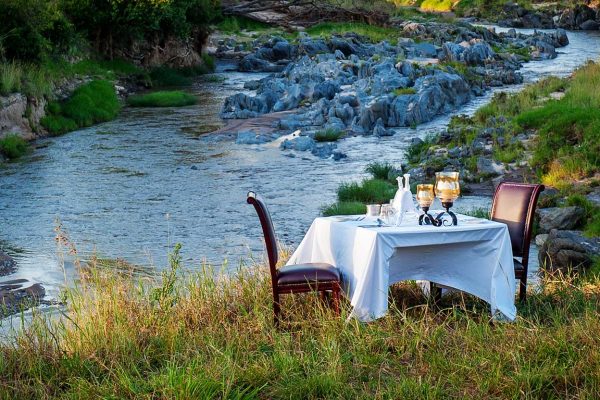
Get up with the animals to go on a morning game drive. Keep an eye out for returning black-maned lions, leopards, and cheetahs following their nocturnal hunt. Explore the river bends where hippos and crocodiles congregate in their favorite feeding sites. We went on a second game drive this afternoon.
Meals: Breakfast, Lunch, Dinner Accommodation: Elewana Sand River Masai Mara
Spend the day participating in various game viewing activities. Perhaps take a hot air balloon trip to see the sunrise, or visit a typical Maasai farm to learn more about their cattle-based society. Gather around the campfire after dinner to share your favorite animal images with your safari mates.
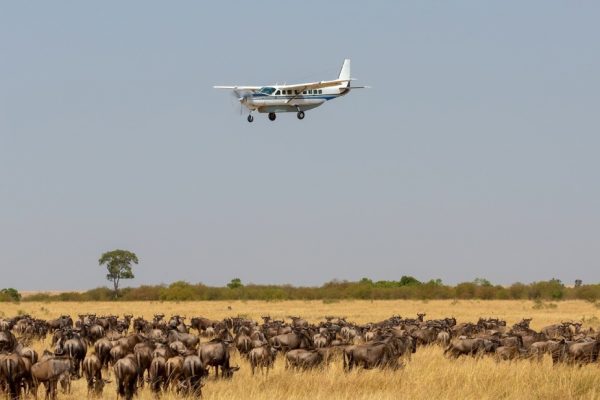
Cross the border on a flight to Arusha, where you’ll be met and transferred to your lodge, a tranquil refuge nestled inside a vast coffee plantation. Allow yourself to unwind and explore at your leisure.
Meals Included: Breakfast, Lunch
Accommodation: Elewana Arusha Coffee Lodge
Explore the magnificent Lake Manyara, which has seasonal pink-hued flamingos dotting its shores and over 400 bird species. To fill up your photo album, your ranger will meticulously search out the park’s renowned tree-climbing Manyara lions and blue monkeys. Continue to your lovely lodge near the Ngorongoro Crater .
Accommodation: Elewana The Manor At Ngorongoro
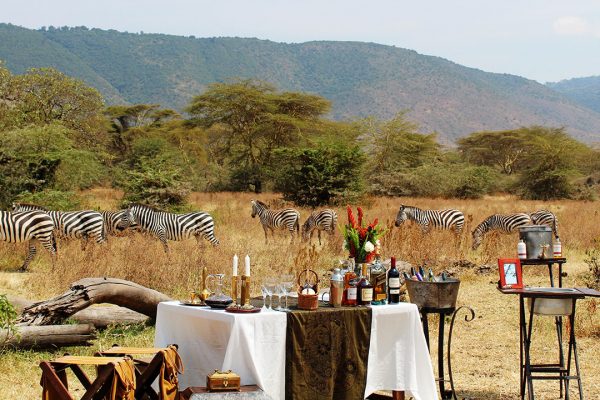
Descend 2,000 feet to discover the vast crater floor of Ngorongoro. This one-of-a-kind environment, designated as a UNESCO World Heritage Site , has remained largely untouched since the dawn of humanity. The crater is home to huge elephant herds, lion prides, jumping gazelles, and innumerable zebras and wildebeest. Take a look at the hippo pool’s funny antics. After dinner, marvel at the equatorial constellations as they light up the night sky.
Day 12: Ngorongoro Crater Area – Departure
After a short flight to Arusha, you’ll have lunch and time to rest in a designated hotel day room before going to the airport for your next departure.
Meals: Breakfast, Lunch
End of the 12 Days Kenya and Tanzania Safari
Essential Trip Information
Want an in-depth insight into this Kenya and Tanzania Safari itinerary? Essential Trip Information provides, visa info, How to get to Tanzania the Best Time to visit – pretty much everything you need to know about this adventure and more.
Let’s Plan your 12 Days Kenya and Tanzania Safari itinerary One of our Safari Experts will get back to you within 2 – 4-hours.
- Travel Guides Plan your adventure
- Destinations Our favourite places
- Tours Book a trip
- Travel Companies Independent specialists
- Travel Guides
- Destinations
- Travel Companies
Safari in Kenya
Kenya's best safari reserves and camps.
Stuart Butler
- In this guide
- Samburu, Buffalo Springs & Shaba
Meru National Park
Lake nakuru national park, amboseli national park.
- Nairobi National Park
- Off the beaten track
Kenya besides safari
- Where to go
- Need to know
- Itinerary planning
- Hidden gems
- Conservancies
- How to plan & book
Kenya is the original home of the safari and it’s still one of the finest safari destinations in Africa . I've been going on safari in Kenya for decades, as a travel journalist and guidebook author writing about safari, conservation and life among the Maasai tribes.
The main thing I've learned: there's so much more to Kenya than the mainstream safari industry of luxury camps and the famed “big five” (so named because they were the prize targets of colonial–era hunters).
The country proudly boasts of an impressive network of protected spaces made up of 65 national parks and reserves as well as dozens of private and community conservancies. Together these cover a huge proportion of Kenya’s diverse landscapes and provide a home for animals as large as an elephant and as tiny as an elephant shrew.
Some parks, such as the Masai Mara and Amboseli , are rightly world famous. Other parks, such as Meru National Park or Kakamega Forest Reserve, barely make a blip on the mainstream safari circuit but are every bit as rewarding (and much quieter!) then the big name parks and reserves.
Kenya has a world class safari tourism industry with excellent safari operators catering to all budgets and a diverse portfolio of safari lodges and camps. All you need to decide is when and where to go – and that's where my guide comes in. Dig in and Safari njema! – (Have a nice trip!)
featured kenya safaris
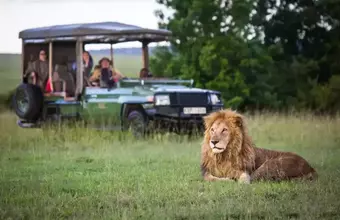
Enchanted Kenyan Safari
Samburu, Rhinos and Mara Safari
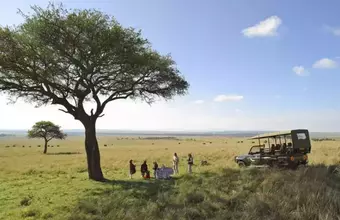
Affordable Masai Mara Safari
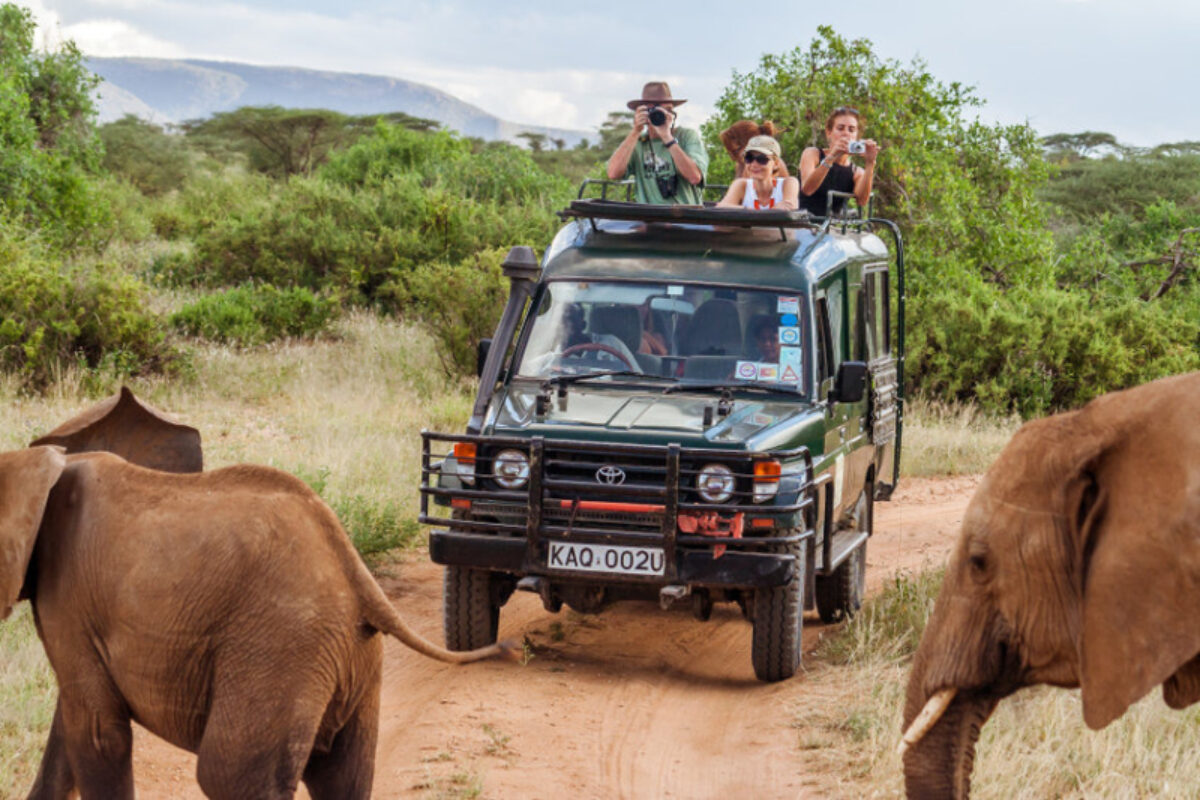
Close encounters with a herd of elephants in Kenya's Masai Mara
The best safaris in Kenya
Kenya’s most popular – and some underrated – safari highlights.
Don't be swayed by the Masai Mara's magnetic pull. There are many hidden gems to be discovered in Kenya: here are a few of my top recommendations.
Masai Mara National Reserve
Mara north conservancy, ol pejeta conservancy, samburu game reserve, tsavo east & west national parks, loita hills, kakamega forest reserve, aberdare national park, lamu island.
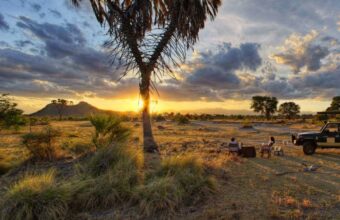
Elsa’s Kopje
This is the best lodge in what is, for me, one of the best safari parks in Kenya. Named after Elsa the lion, of Born Free Fame, the lodge sits on an outcrop with simply incredible views over Meru. Owned by Kenya-based Elewana Collection, it’s undeniably pricey – rooms start at around USD $950 per night and climb steeply from there – but worth a night or two if your budget can stretch that far. If that’s beyond your means I can also recommend Meru Camp and there are cheaper options in the nearby town of Maua.
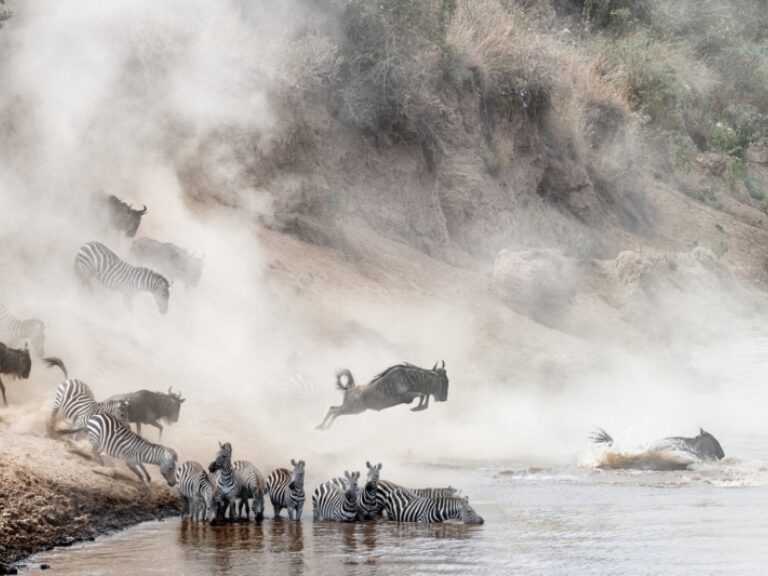
Witness the migration river crossings – but expect crowds!
The wildebeest migration is one of the world’s greatest natural phenomena, and watching the herds dodge hungry crocodiles as they surge across the Mara River is a staple of Kenya safari. The migration moves into the Masai Mara from Tanzania’s Serengeti between June and October. This is by far the busiest time and place of the year, so expect crowds. If you’d rather see the migration untroubled by crowds, I recommend you look at Tanzania instead.
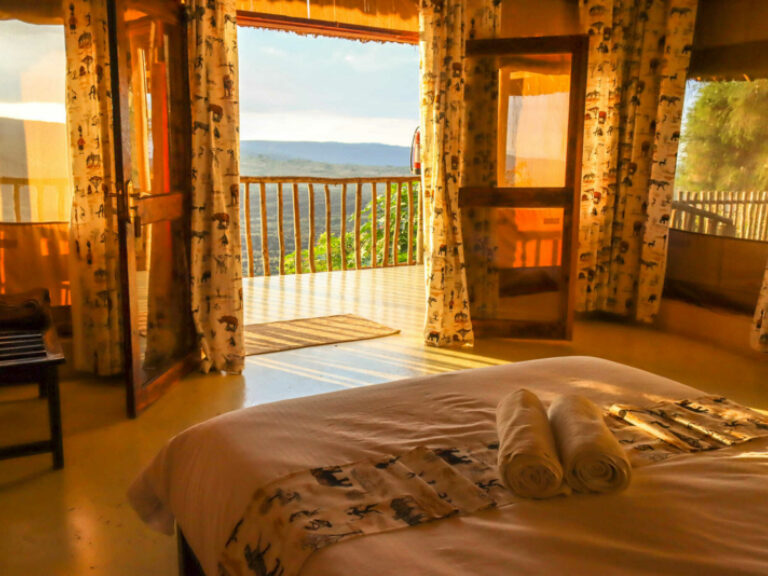
Denise Carnihan
I can highly recommend Maili Saba. It has a picturesque location overlooking the Great Rift Valley and volcano region, with lovely permanent tents each with en-suites and balcony, and all very nicely decorated. There is a communal pool and outside gazebos for relaxing. The main dining room and lounging area is stunning with striking cathedral ceiling and beautiful decor. The food is absolutely outstanding and the staff are warm, friendly and go out of their way to assist their guests. The first time I visited was a complete surprise organised by my Kenyan partner, and I've included it in our tour itineraries ever since.
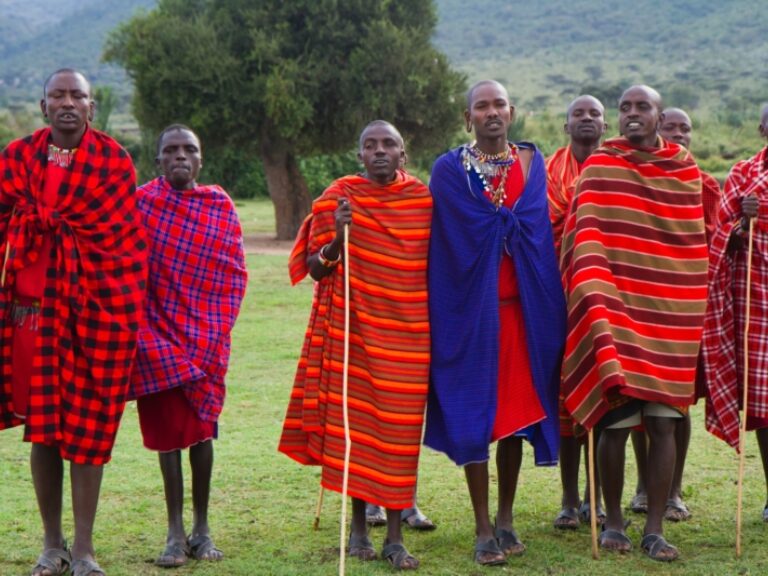
Nashulai Maasai Conservancy
One of the great success stories of Kenya safari has been the emergence of networks of conservancies, usually adjacent to the better known national parks. These are community-run or privately-operated protected areas, run for the benefit of wildlife and local communities. In the Masai Mara, the Nashulai Maasai Conservancy is particularly interesting, as it’s the only one that was 100% established by local Maasai and the only one where the Maasai remain in their homes within the conservancy. I can also highly recommend Mara North, Naboisho, and Ol Dereski; you’ll likely have an amazing time in any of them.
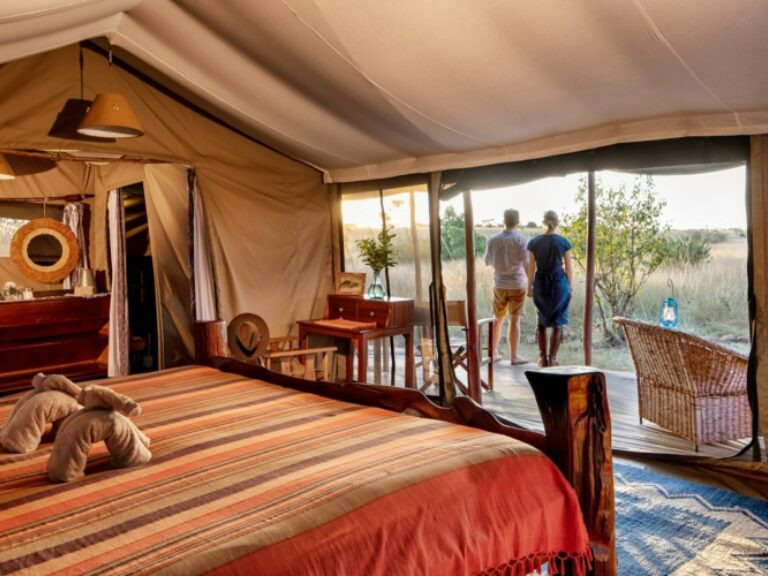
Offbeat Mara
Mara North is perhaps the best known conservancy in the Masai Mara, and Offbeat Mara is one of my favourite camps in the entire place. It's a small, un-showy camp of just seven tents including two family tents. In addition to the standard game drives you can do night drives, guided bush walks, horse riding, hot air balloon flights and even do some Maasai running coaching!
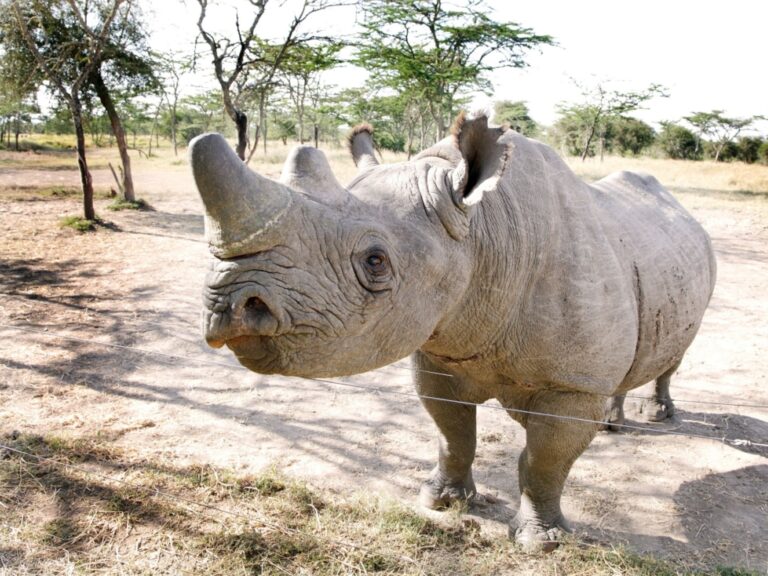
If you’ve ever wondered what the hide of a rhino feels like, wanted to experience a safari at night or dreamed of running (or riding) in the wild, open air of a safari reserve, head to Ol Pejeta Conservancy. The conservancy is in the Laikipia region, at the foothills of Mount Kenya. The sanctuary is the largest in East Africa to host black rhino, as well as the world’s last two remaining white northern rhino. Ol Pejeta is also the only place in Kenya where you can see chimpanzees. Conservation is at its core, with several experiences available for intrepid safari-goers who want to do more than just watch the animals.
Those looking to get their hands dirty can join one of the one or two-week volunteer programmes and learn wildlife research and tracking, veterinary care and more of what goes on behind the scenes. The conservancy has several accommodation options from simple cottages to basic campsites and luxury tented eco-camps.
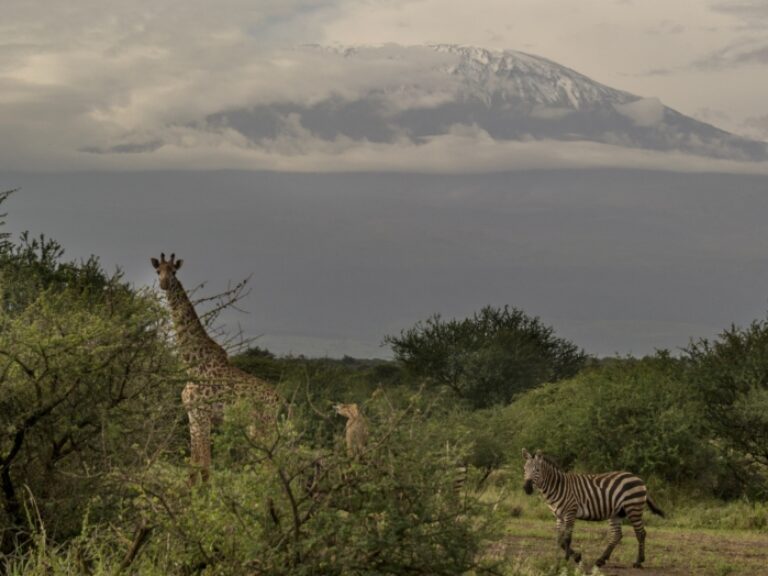
Campi ya Kanzi
If elephants are your thing, you can’t do much better than Amboseli where herds of these magnificent beasts graze in the shadow of the equally magnificent Mt. Kilimanjaro. By far the best place to stay is not in the park itself but 30km away at Campi ya Kanzi in the Kimana Community Wildlife Sanctuary, situated between Amboseli and Chyulu Hills. It’s a very high-end Maasai-run camp that was set up to aid the local community and conservation projects. Its excellent location means you can see wildlife in the conservancy, Amboseli and Chyulu all from one base.
Saruni Rhino Camp
This camp in the Sera Conservancy, just north of the Samburu Reserve in northern Kenya occupies a stunning location in the semi-desert. Their specialism is a thrilling rhino tracking walking safari, probably my favourite place to see rhinos in all Kenya. I spent five days here and by the end still couldn’t decide if coming within ten metres of the steamroller-like rhinos was thrilling or simply terrifying!
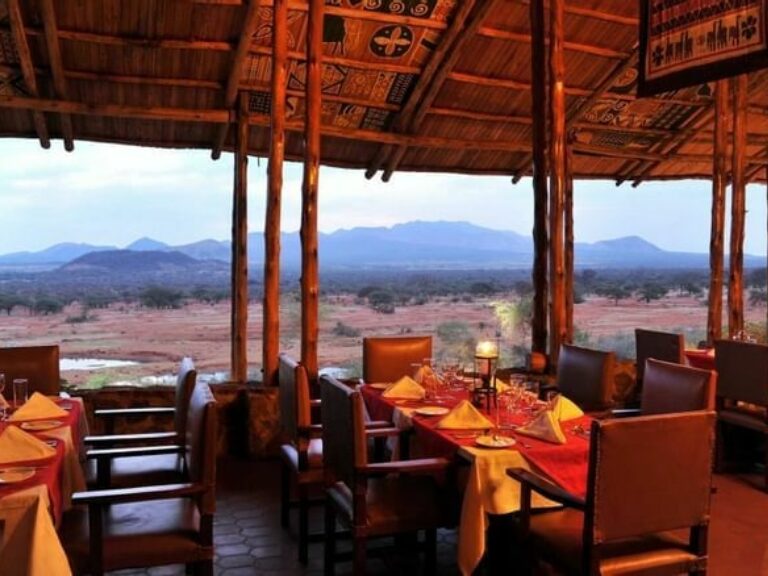
Kilaguni Serena Lodge
In Tsavo West most of the accommodation is fairly expensive (unless you have your own camping gear in which case there are three spartan public campgrounds). A reasonably-priced option is the Kilaguni Serena Lodge – it’s far from a budget offering but the Serena collection is generally pretty good value. If you have the budget to blow, Finch Hattons is the most exclusive camp in the park, with an eye watering price tag to match.
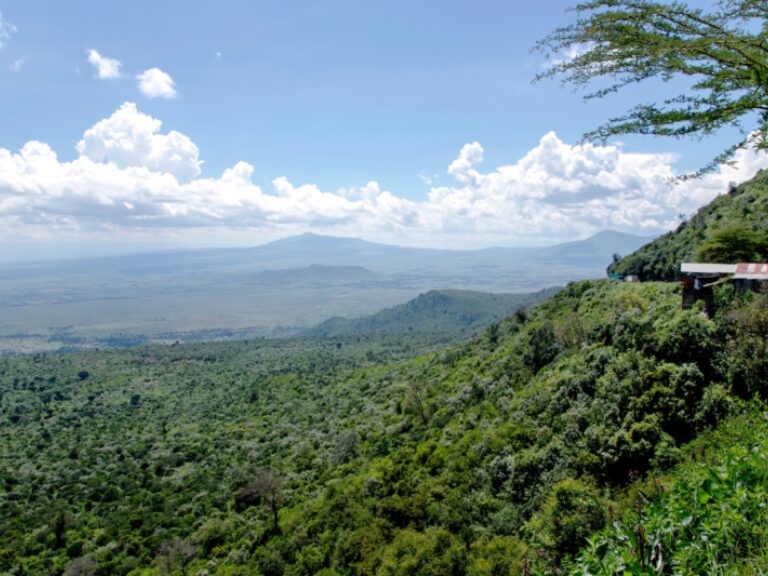
Best walking safari
In my opinion the best way to experience a safari is to ditch the 4X4 and explore on foot. With a good tracker-guide you’ll see all the little things you’d otherwise miss if you’re stuck in a vehicle all day. Walking is often forbidden within state-run national parks but is usually allowed, even encouraged, in conservancies. If I had to pick a favourite place for a walking safari in Kenya it’d be Loita Hills without question. Although not far from the Masai Mara, Loita Hills is barely visited by tourists despite boasting superb and varied scenery, a lovely climate, very different wildlife to the lower savannah plains, and fascinating interactions with very traditional Maasai culture.
Also, while Kenya doesn’t really compete with the multi-day Tanzania trekking scene, some organised trekking may be found here, as well as in the Aberdares and around Mt. Kenya.
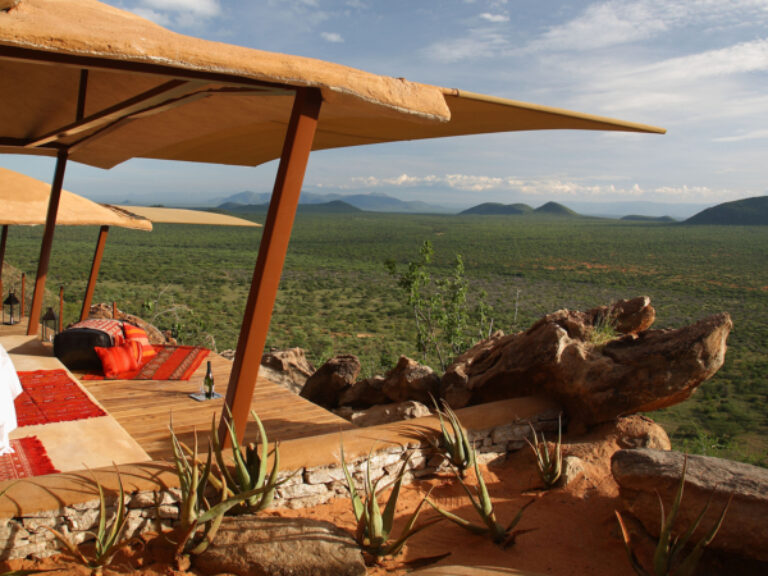
Saruni Samburu
There’s only one lodge within the Kalama conservancy, immediately to the north of Samburu Reserve, and it’s likely going to be one of the most spectacular places you’ll ever stay. Built into, around and onto a huge granite outcrop, Saruni Samburu is almost invisible from a distance but the stunningly turned out rooms offer a cliff side view over what feels like half of northern Kenya.
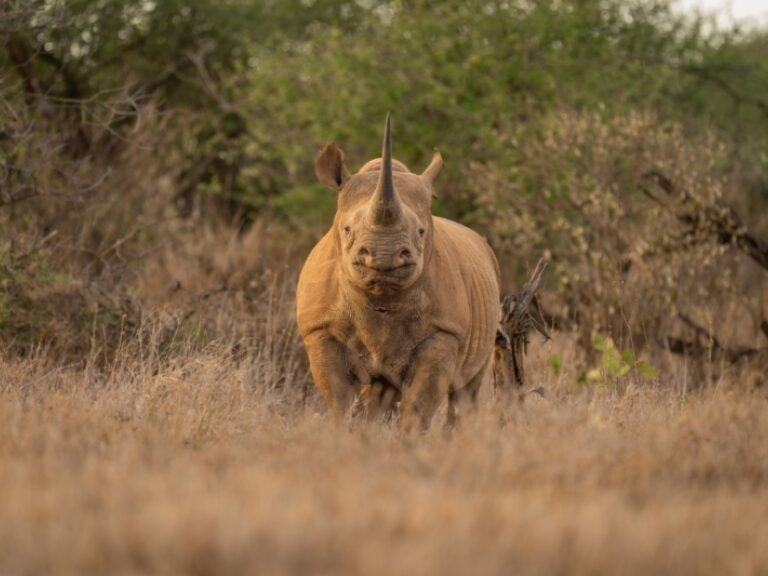
Lewa Conservancy
Lewa, in the Laikipia plateau area, is perhaps the most famous of all Kenya’s conservancies. And for good reason: this is safari to order. Want to see a black rhino? No problem. One of the superb guides will manage to find one. Lions, cheetah, elephant. They are all found here in abundance.
And it’s not just the wildlife that’s outstanding. The landscape is cinematic in its scope. Rolling sun bleached grasslands, table flat acacia trees, meandering rivers and a backdrop of the glinting glaciers of Mt Kenya.
The other great thing about Lewa (and this is common to all the Laikipia area conservancies) is exclusivity. If you’re not a guest of one of the handful of lodges then you can’t go on a safari here.
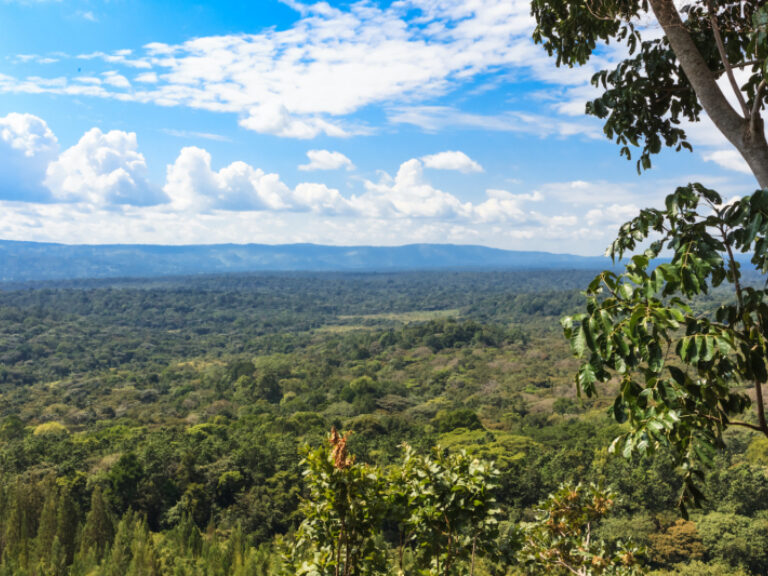
Kenya’s safari hidden gem
Just north of the equator in far western Kenya, is Kakamega Forest — Kenya’s only tropical rainforest. The land here is wet, green and intensely cultivated with a mix of subsistence farming and large tea estates. In amongst all this though are a few pockets of the dense rainforests that once covered large parts of western Kenya.
The Kakamega Forest Reserve is a fine example of this kind of forest and interesting walking safaris here reveal bird and primate life that has more in common with the forests of Uganda and the Congo than anything you’ll see on safari in Kenya. Wander the forest’s network of trails and take in the huge variety of flora and fauna it supports, including hundreds of bird species, some of which are not found anywhere else.
In my opinion, Kakamega is one of the most delightful places in Kenya, but yet hardly any tourists know of its existence. It should be a must visit for any ornithologist or herpetologist. As well as birds, reptiles and primates, I found the visit to the old mine shaft to look for bats especially memorable.
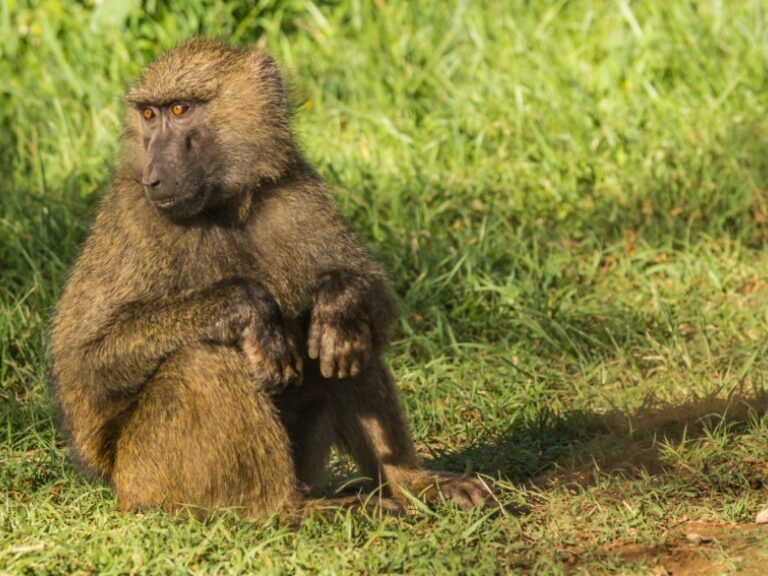
Up close and personal with baboons
Laikipia is known for its rhino conservation, but my own personal highlight in this area wasn’t the rhinos. Rather it was the day I spent with a biologist in very close proximity to around 200 habituated baboons. Having a huge male baboon shove its way past you as it bares its teeth was an experience easily on a par with gorilla and chimpanzee encounters in East Africa. The other nice thing about this particular experience is that it doesn’t involve staying inside an expensive conservancy but rather you are hosted by a grassroots Maasai womens’ project. And hardly anyone – even other Kenyans – know about it!
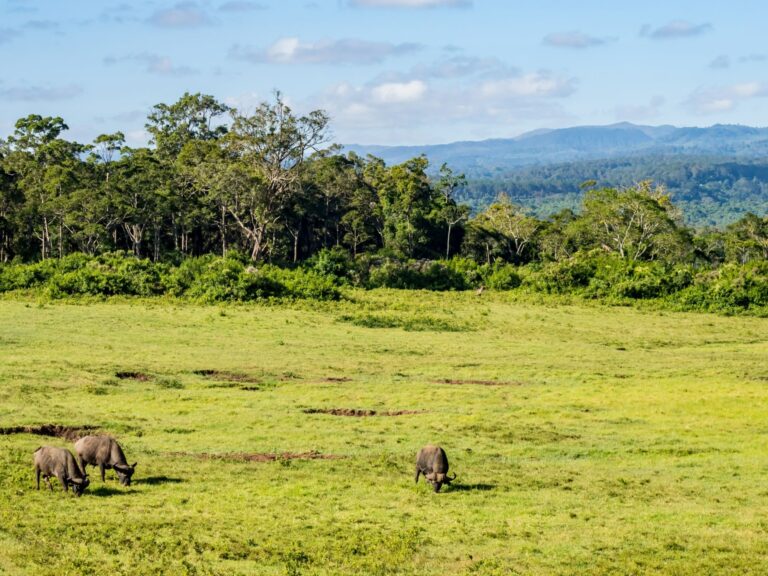
Hiking in Aberdare National Park
A world away from the African safari image of savannah grasses and drooling sunsets, the Aberdares consists of two different ecosystems. A high, cold and often bleak moorland and, below that, dense tangled montane jungle.
The wildlife here is a little different and a little harder to spot. But elephants are very common as are big grumpy buffalo. There are also montane species you won’t see anywhere else including bongo antelope, bush pigs and melanistic leopard and serval.
Unusually among Kenyan national parks, you can also get out of the vehicle here and enjoy long, lonely hikes over the moorlands: I have really enjoyed the sensation of trudging across the bleak moorlands in cold afternoon drizzle while always keeping a beady eye out for roaming buffalo.
The park also has some history. In 1952, a young English lady named Elizabeth was staying at the famed Treetops Lodge here (today’s version is actually a reconstruction of the original) when it was announced that her father had died. And so it was, that on a remote Kenyan mountain slope, that young lady became Queen Elizabeth II. Many years later her eldest grandson, and future king, proposed to Kate Middleton in a small wooden fishing cabin in a spot not so far away from where his grandmother became Queen.
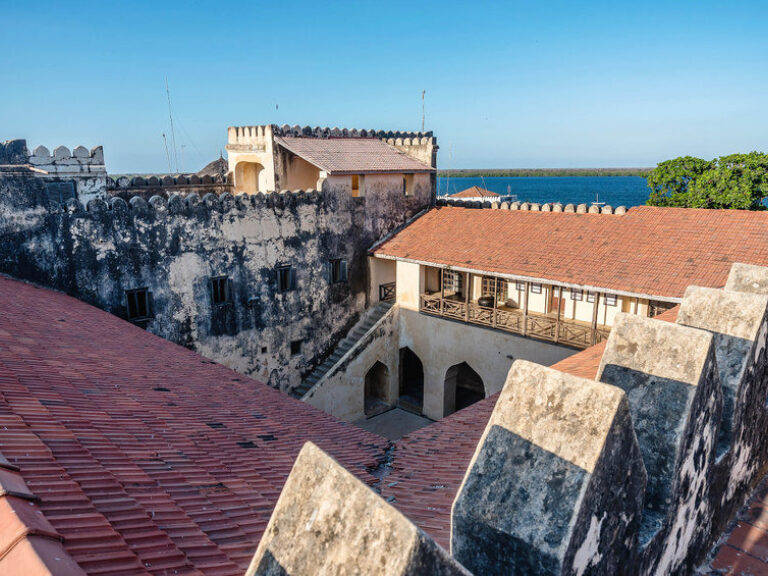
Post-safari beach time
If time allows I highly recommend you find a couple of days to wash away the safari dust on Kenya’s palm-fringed coastline. The country has many beautiful beach destinations but the standard itineraries tend to focus on Diani, south of Mombasa. My vote goes for the underrated Lamu archipelago, and in particular the old Swahili trading town of Lamu, which always leaves me enchanted.
Featured kenya safaris
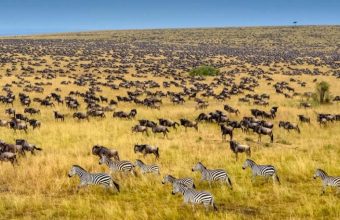
Tanzania and Kenya Safari
The greatest safari on earth, kenya's best safari parks, kenya’s most popular safari parks and lesser-known hidden gems.
In a standard two week safari it’s perfectly possible — in fact I'd highly recommend — to explore three or four different protected areas. Ideally with each one offering a totally different habitat and set of wildlife inhabitants. If I had to pick a favourite, I'd probably vote for Meru National Park, but any of the following could feature on a Kenya safari.
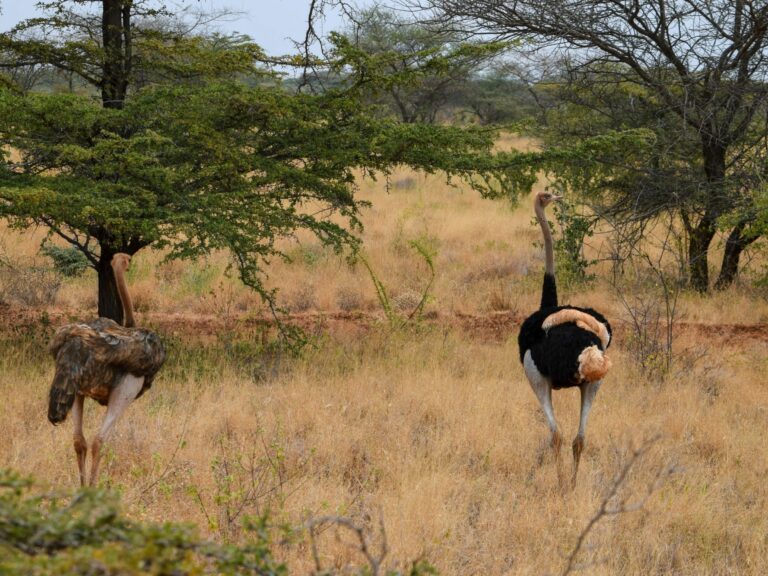
Best for tranquil, crowd-free safaris
Meru, the country’s forgotten national park, is easily one of my favourite of all Kenya’s safari parks. This was once one of the most popular parks in the country but during the 1980s, when Kenya was going through a rough political patch and instability overwhelmed some parts of the country, Meru turned into a hotbed of poaching.
Security and stability have long since returned, yet somehow this park never returned to its former fame. But for those in the know – and that now includes you – Meru National Park is safari gold.

For the classic – if busy – Kenya safari
The very essence of an African safari landscape, the Masai Mara stretches along the Kenya-Tanzania border and forms the northern fringe of the greater Serengeti ecosystem (most of which is in Tanzania ).
This is the part of Kenya in which I have spent the most time (months and months if I added it all up), and was the scene of one of my best ever travel experiences. Some years ago a Maasai friend and I set out on a five week hike that took us across the entire Mara ecosystem. By day we walked alongside the wildlife and Maasai herders. By night we camped out under the stars and slept in traditional Maasai villages. An unforgettable adventure!
This is the place to see large prides of black-manned lions, bellowing elephants, grumpy buffalo and a pick ‘n’ mix box of antelope and gazelles. And that’s before we even touch on the smaller creatures and huge array of birds. But, above and beyond all else, the Mara is renowned for the spectacular wildebeest migration .
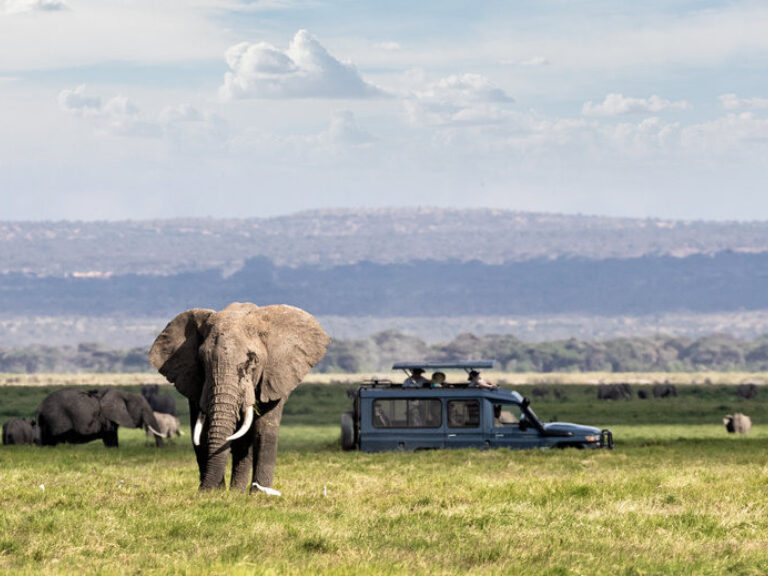
For elephants & Kilimanjaro views
Amboseli National Park is the postcard park of Kenya. This is where those photographs are taken of elephants with a backdrop of the (fast melting!) glaciers of Mt Kilimanjaro. I have spent many dreamy mornings parked under an acacia tree, a thermos of coffee in hand watching the rising sun tinge the snows of Kilimanjaro a pinky-red.
The elephants and the scenery are the real highlights of this park. In dry periods they flock here from miles around to quench their thirst in the swamps and pools that splash the dusty landscape in greens.
Another big reason to visit Amboseli is the chance to see conservation in action in the conservancies and other environmental and community projects surrounding the park.
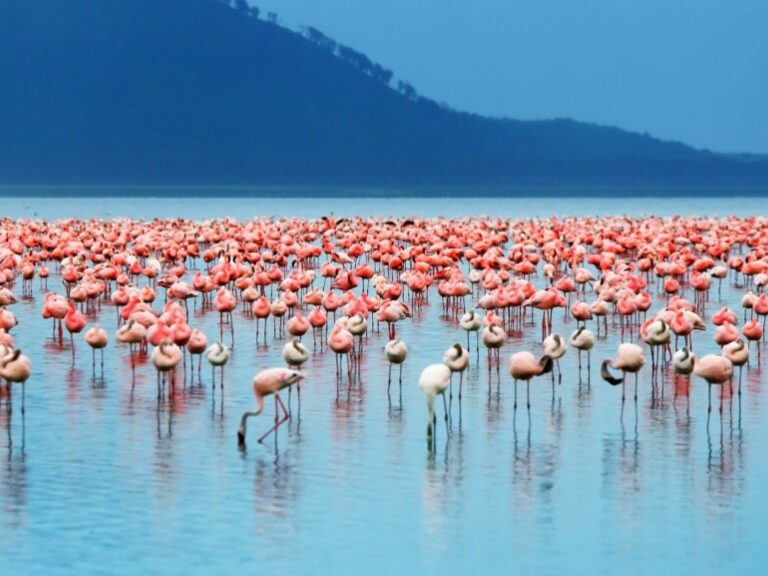
For wetland safari & birdwatching
Just 5 kilometres from the big city of Nakaru, Lake Nakuru National Park’s accessibility makes it one of the most popular Kenya safari hotspots. It’s centred on the large Rift Valley soda lake of the same name, but also encompasses fringing grasslands, acacia woodlands and rocky escarpments.
The park is best known for its sometimes huge flocks of flamingos and a large rhino population. Back in the 1990’s, Lake Nakuru was the first place where I saw a really huge flock of flamingos. I’d seen the odd handful before, but the thousands upon thousands I saw here on that day sticks in my memory. The smell (ah yes the smell!), the noise, and of course the searing pink colours; It was one of the moments that made me fall in love with Kenya.
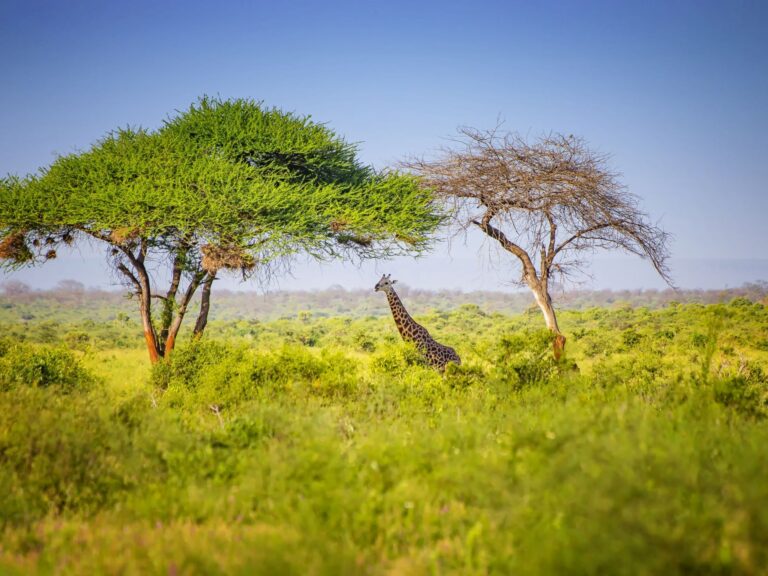
Best for wide open spaces
Combined, Tsavo East and West National Parks cover an enormous swathe of acacia scrub Kenyan wilderness. Tsavo West alone (the bigger of the two parks) covers an area greater in size than Wales, or two and half times the size of Yellowstone National Park.
The two parks are separated from each other by the Nairobi-Mombasa highway and are easy to reach from either city.
Despite being directly adjacent, the two parks are radically different from one another with the green hills of Tsavo East a marked contrast to the red soil and volcanic landscapes of Tsavo West. Because of their diversity and sheer size, I strongly recommend you devote enough time to the parks if you’re going to visit them. The rushed two-day safaris from Mombasa (or Nairobi) simply don’t allow enough time to get much out of a visit.

For world-leading conservation
The Laikipia plateau area in central Kenya is one of the most exciting places in African conservation. This isn’t a single national park or reserve, but rather a network of interlocking private and community-run conservancies where people, livestock and wildlife live together to the benefit of all.
Laikipia hosts all the classic East African safari mammals but is best known for its rhinos, including the critically endangered northern white rhino, only two of which are left alive. Both are female and so, tragically, this is a species awaiting extinction. They can be seen at the Ol Pejeta conservancy.
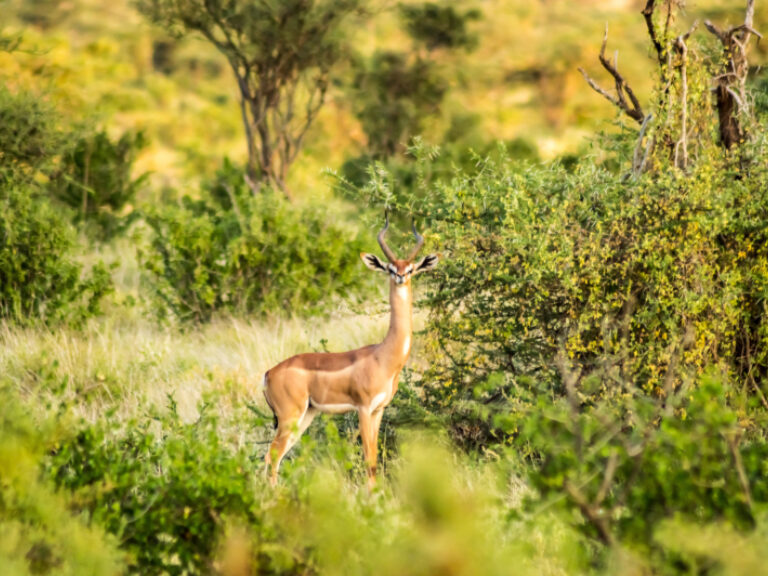
Kenya’s remote far north
Samburu, Buffalo Springs and Shaba National Reserves are three interconnected reserves on the edge of northern Kenya’s vast semi-desert wilderness.
Far removed from mainstream Kenyan life, these northern regions have a wild reputation. The landscape is harsh with endless sunburnt plains of acacia thornbush out of which rise the occasional fertile and densely forested mountain peaks, ranges, table lands and volcanic plugs.
Elephants, in particular, are the main event here. There are large herds who can migrate huge distances in search of water.
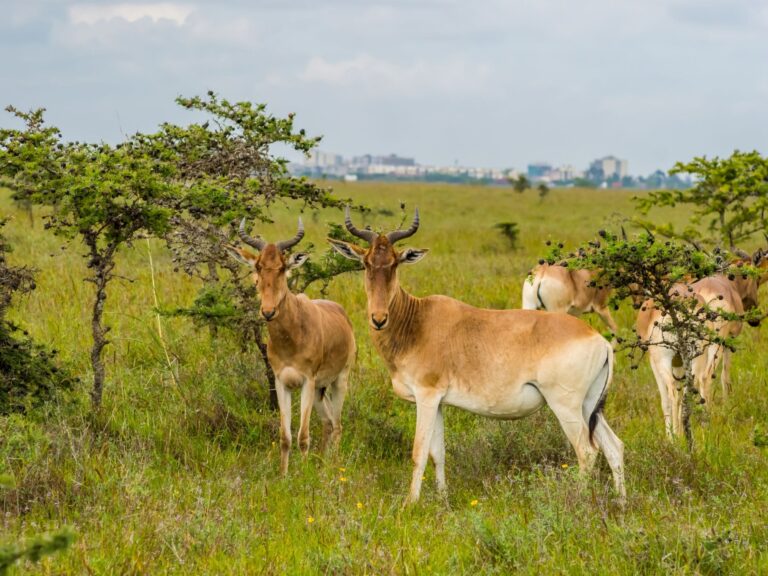
Safari in the big city
While most capital cities have their collection of ornate parks filled with neatly cut lawns, manicured flower beds and perhaps a boating lake, Nairobi has gone one step further.
Its biggest ‘park’ is in fact a 117 square kilometre swathe of undulating savannah grassland and acacia woodland. And while it doesn’t have a boating lake, it does have lions. And buffalo. And rhinos. All of which means that it’s probably not such a sensible place for an after work stroll.
It’s a fabulous safari destination but is woefully overlooked by international visitors to Kenya. This is a shame, because Nairobi National Park is an excellent safari location in its own right. I have been many times, often just for a quick half-day drive from the city. This was the place I first witnessed the thrill of a hunt: a cheetah racing, but failing, to grab dinner for her cubs.

A pair of ostrich in Meru National Park
Kenya safaris: Need to know
Everything you wish you'd known before you booked.
My first Kenya safari was in 1994 and I’ve been coming back pretty much every year since. Here’s what I’ve learned over the years about the best way to plan and book a safari in Kenya.
Mix up your itinerary
My single most important tip for Kenya safari first-timers is to avoid the mistake of non-stop game drives. Standard tour operator itineraries shuttle you from park to park with a gruelling schedule of game drives. Yes, this is the best way of seeing large mammals up close, but the bumpy tracks, early starts and long hours quickly exhaust even the most ardent wildlife-watcher. And there is so much more to safari in Kenya that you’ll miss from racing around in a jeep. Break it up. Look for operators who offer bush walks, village visits, and conservation projects. Or simply take an afternoon or two to sit back under a tree enjoying the sights, sounds and smells.
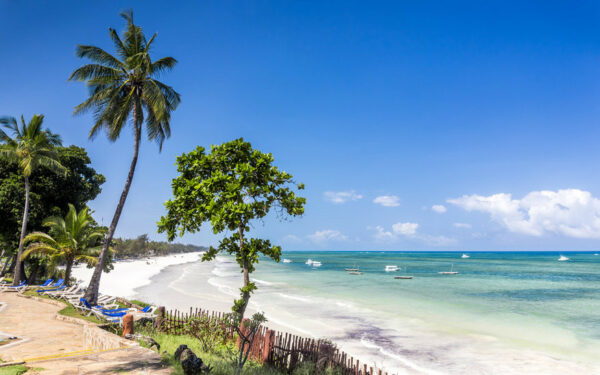
Many visitors to Kenya devote their entire trip to going on safari…
Don’t miss Kenya’s many hidden gems
Most standardised Kenya safari itineraries reduce the entire country to the blockbuster highlights: the Mara, Amboseli, Lake Nakuru… maybe Tsavo and Samburu if they’re feeling adventurous. This does a great disservice to the country’s true diversity. There’s so much more to a Kenya safari than racing around the savannah chasing the big five and I’d strongly advise you find time to visit some of Kenya’s numerous hidden gems.
For instance, out in the far west is Kakamega Forest Reserve which has more in common with the rainforests of Uganda and the Congo than the classic Kenya landscape. In my opinion this is one of the most delightful places in Kenya, yet hardly any tourists know of its existence.
Another personal favourite that’s a world away from the classic Kenya savannah is Aberdare National Park where dense tangled montane jungle gives way to a high, cold and often bleak moorland. Unusually among Kenyan national parks, you can also get out of the vehicle here and enjoy long, lonely hikes over the moorlands.
But that’s not it: Saiwa Swamp, the Chyulu Hills, Hells Gate, Ruma National Park, and many more that rarely feature on the mainstream Kenya safari circuit but are usually accessible on a self-drive safari, or with more specialist safari operators.
Get out of the safari bubble
Many safari goers, especially those on a high end tour just bounce from one heavenly safari camp to another. Sure, you live the Hollywood Africa dream but you’ve not really experienced real Kenya. Instead, hop on a bus and head out to one of the numerous small market towns where most Kenyans live. You’ll experience a totally different side of the country and it’s one that will stay with you long after the sundowner safari drinks fade from memory.
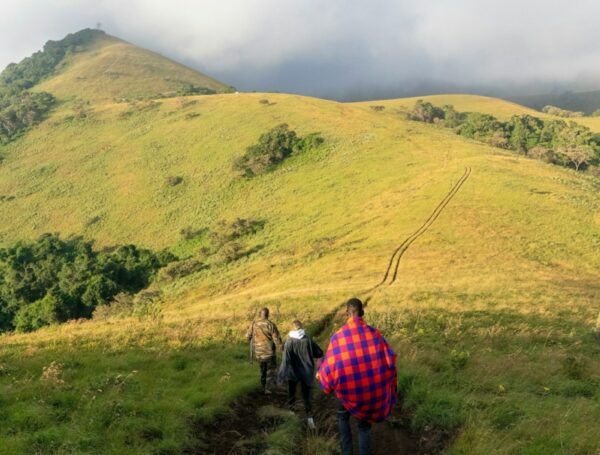
Kenya off the beaten track
The parks and reserves covered in my Kenya safari guide are only the best-known and most visited of the country's numerous protected and other natural areas…
Stay in at least one conservancy
National parks, reserves and conservancies are mentioned a lot in this guide, but just what is the difference and why does it matter?
A national park or reserve is a government or local council run protected area. Most of the best-known protected areas in Kenya fall into this category.
These areas are run solely for the benefit of wildlife and tourism, sometimes at the expense of local people. Tourism in these areas creates jobs, but locals are often forbidden from entering these protected areas other than for work reasons and communities were often (but not always) removed from their land when the parks and reserves were created. Corruption can be a problem with the money generated by these parks not always going where it should.
A conservancy is a different affair. A conservancy is normally located on either communal land owned by the community as a whole or on private ranch land and has no official government status. On a community conservancy the tourism stakeholders (i.e. the safari camps) lease the land from the local communities on the condition that the land is managed in a manner that is of benefit to both people and animals. The (normally very high) fees you pay to stay in a conservancy go toward paying the land leasing fees as well as various community and environmental projects.
Other conservancies may be located on private ranchland, in which case they have to make enough money for the landowner to financially justify turning his land over to wildlife conservation over cattle ranching.
In other words, a conservancy is run for the benefit of both wildlife conservation, tourism and the needs of local communities (in many cases local people are allowed to continue to graze their cattle on a conservancy but in a controlled and sustainable manner).
All of this means that staying in a conservancy is not just a great safari experience but it’s also very good news for conservation!
Do a homestay
For a cultural experience you’ll never forget, try spending a night at a Maasai homestay near the Masai Mara. Finding authentic, community-run homestays can be a bit of a minefield. I can recommend Sekenani Maasai Development Project (Semadep) but there are others – make sure you book with a community owned and operated outfit, and check reviews carefully.
Caution needed: "Human safaris"
In my opinion, one of the big problems with the safari industry is the way it prioritises seeing wildlife over having meaningful connections with local people. In fact, other than being served by their guides, drivers and camp employees, a typical safari-goer might not have any interaction with a local at all. To me, this is the exact opposite of how it should be done! In my experience, a good trip to Kenya isn't just about seeing wildlife: it should put intimate, authentic interactions with local people at the heart of the whole experience. You can make genuine connections and real friendships as you sit around, sharing stories, laughing and learning from each other.
On the other hand, mainstream Kenya safaris are often sold with "village tour" or even "slum tour" add-ons. These "goldfish bowl safaris" as I call them are unethical and nothing short of exploitation. They violate the privacy, integrity and dignity of local communities and undermine sustainable development by perpetuating a myth of backward, poverty-stricken people. The traveller thinks they're doing the right thing by getting some cultural interaction, but in reality it's deeply damaging. I strongly encourage visitors to avoid anything that feels contrived, and look for trips that put real people at the heart of the experience, rather than an afterthought.
How to plan & book a Kenya safari
There are three broad categories of safaris in Kenya.
The first and easiest option is to book a week(s)-long, multi-stop itinerary through a tour operator, either locally-based or international. This provides the most hand-holding and support for cautious visitors, plus more protection should things go wrong. The potential downside is getting shunted onto one of the more formulaic itineraries and simply following the crowds around the most popular parks. If you book a full tour with an operator, try to find a genuine specialist and ask about visiting some of the lesser-known locations mentioned in this guide.
Secondly you can simply show up and book a safari tour once in-country from the hundreds of operators in Nairobi. There’s nothing inherently wrong with doing it this way but I strongly advise you don’t just book something in the street. Do your homework first and find a reputable, responsible operator. Things to double check include whether park entry fees are included in the price, vehicle type (avoid cramped minibuses), and accommodation type.
Thirdly, and probably my recommendation for all but the most cautious of visitors, is to book the accommodation yourself, rent a car (or a car plus driver), and head out solo. You can take your own camping gear or book into lodges or camps (booking ahead is essential!), or mix camping with more comfortable nights in lodges. I strongly advise renting a vehicle plus driver. It’s often cheaper plus you get an unofficial local guide who knows the ropes. A good driver will become a cultural and language translator, wildlife guide, fixer, and general guardian angel.
Aim for shoulder season if possible
High season in Kenya is the peak summer months of July to September, before the rains begin. In my experience the best time to visit – especially in the busier parks – is either June before the crowds arrive or September-October as the crowds are thinning out, wildlife viewing is excellent and temperatures are ideal.
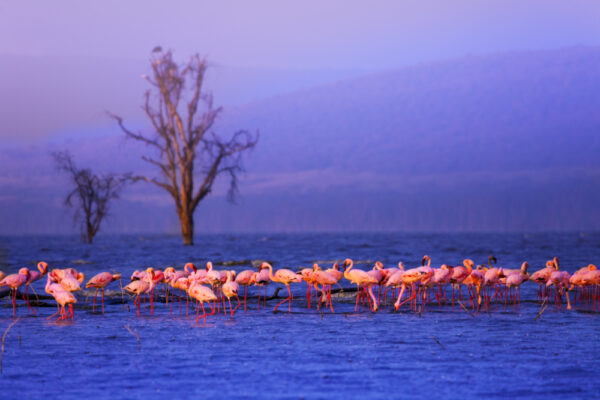
The best time to visit Kenya for safari
January & FebruaryThis is a hot and dry period…
Be prepared to splash out!
There are almost as many different ways of doing a safari as there are stripes on a zebra and how, when and where you safari makes a huge difference to what you pay. Expect to pay anything from $150 to $1,000+ per person per day.
You can find very low budget two or three day safaris to the Mara from around $250 all in, but these are generally rushed, crowded and uncomfortable. If you’re looking to shave off some costs without compromising on the experience, consider doing a DIY camping safari with your own vehicle and driver.
My other big Keny safari tip is to spend as much as your budget allows on fewer nights in better conservancies and camps. Packing more into fewer days gives you much greater bang for your buck.

Kenya safari costs
For a multi-day, mid-range safari visiting some of the big name parks and reserves then you’re looking at around USD $300-600 per person, per day…
Kenya safari FAQs
Your questions, our expert answers, is it safe / a good idea to rent a car in kenya and drive yourself around, or is it better to join a tour.
Yes, it's perfectly easy to do a self-drive Kenya safari . When you ask if it's "safe" that depends a little on what you mean. If you mean are there bandits, car jackings, dangers from wildlife, etc, then no you are quite safe. Instead the danger is from other drivers, as the driving conditions can be a little 'hectic' in places and accidents are common.
I'd recommend hiring a car with a driver, which can be a cheaper and, in my opinion, a much better option. A good driver will know the lay of the land, the driving conditions, best places to stop for lunch, etc. And they are often knowledgeable of the wildlife. A good driver will be both your driver and guide, and probably become your friend!
Almost any tour company in Nairobi or Mombasa can organise a private vehicle with a driver. Standards and prices vary hugely, so explain to the tour company exactly where you want to go and get in writing exactly what is and isn't included. Pay particular attention as to whether fuel, and the drivers food and accommodation is included in the rates. Also make sure you're booking the right vehicle: a 4WD may be needed for more remote areas.
Where’s the best place to see the big five in Kenya?
Seeing all the big five (lion, leopard, elephant, buffalo & rhino) in one park is hard. Only Lewa and some of the conservancies in Laikipia can honestly claim to offer easy sightings of all five. But, who cares! This fixation on racing around to tick off just five species is an anachronism from colonial-era big game hunting days. There’s so much more to Kenya’s wildlife and the modern safari experience.
We're visiting the Masai Mara but would like to visit another area on safari in Kenya. Can you recommend anywhere very different to the Masai Mara to see different wildlife and landscapes?
The most common combinations for a short add-on to the Masai Mara are Amboseli , Laikipia or the Samburu area.
For your requirements of a different habitat and wildlife then without doubt I would suggest Samburu National Reserve. This is a much drier and hotter area than the Mara with different vegetation and animals. And, even the animals you might have seen in the Mara are different up here with different species of giraffe, zebra and ostrich all present (and in my opinion all more beautiful than the kinds in the Mara). The park is also superb for elephants.
Samburu, though still popular, is notably quieter than the Mara and, once away from the river, it's easy to feel you have the place all to yourself (and especially if you go into the co-joined Buffalo Springs and Shaba reserves). Depending on when you are there you will find direct flights from the Mara, but otherwise will have to go via Nairobi. If you're driving it's a long way – a 10 hour non-stop drive, so flying is the better option.
Would you recommend staying at Elephant Bedroom Camp in Samburu Reserve, or at Sarara Camp in Namyunak Conservancy?
The quantity and ease of seeing the wildlife is better in Samburu Reserve than in the neighbouring Namyunak Conservancy (because the wildlife is drawn to the river running through the reserve). But there's not a huge difference in habitats or species between the two.
Elephant Bedroom Camp, in Samburu, is a fabulous, small camp. You'll see a lot of elephants and the owners are some of the worlds foremost elephant experts.
In Namyunak Conservancy, Sarara Camp is one of the most exclusive – yet low-key – camps in Kenya. There's slightly less wildlife than in the reserve but it's very close to the reserve and safaris from Sarara often enter the reserve.
The bonus with Sarara is exclusivity. You and the other camp guests will have the entire place to yourself meaning no crowding around animals (though that's rarely a problem in Samburu).
Unlike in the reserve itself you can do walking safaris in the conservancy and there will be more interaction with local people. The final plus is that by staying on a conservancy you will be actively helping to fund private/community conservation initiatives, which isn't always the case when staying only in a reserve or national park.
Overall then, I would opt for Sarara Camp, but I suspect it does cost more, so it might come down to budget!
We are travelling with a large group of 5 families with 3-4 kids per family. What are the best budget friendly safaris in Kenya in July?
If most of the children in your group are very young, your options are fairly limited as the reality is that a longer, multi-day safari can be a bit much with very young kids. I first did a safari with my kids when they were five and two years old and although it was good I probably wouldn't do it again! Past the age of about eight or nine the safari experience gets much easier, as they'll will tolerate sitting in a jeep on a bumpy road for longer.
Do be aware that some safari camps don't accept children below the age of 12. These are normally the unfenced camps and it's done for safety reasons.
You will also need to keep in mind that you will either need several safari jeeps and to travel in convoy or a bus (and these aren't always allowed in some parks). Because you will be travelling with so many children I would suggest small safari camps which you can book out for your group alone. Some of these are more child friendly than others. Some possibiltles that I believe might work well for your group are: Maji Moto Eco Camp, Loita Hills Basecamp, and if you are interested in a Maasai homestay style experience then I'd suggest Semadep Camp, who can arrange homestays around the Masai Mara.
As for specific parks and reserves the Masai Mara area is good because there's a lot of animals to see everywhere you look which keeps children interested. Also good are Nairobi and Narok national parks because of easy access and good roads. Lake Naivasha is good for families too.
It would be easy to combine all these places into a 10 day safari and then you could maybe finish up on the beach (Lamu and Watamu are both superb for families).
Can you recommend any family-friendly camps/lodges in the Masai Mara?
I would suggest rather than staying within Masai Mara proper, stay in one of the conservancies that now fringe the Mara.
In the most basic of terms these are like private, community-run wildlife reserves. Conservancy operators lease the land from local people and each local family receives a guaranteed monthly payment. The conservancy also provides employment and sets up development projects. People continue to graze their cattle but in a more controlled manner. And in return, fences are removed and the wildlife encouraged to return to the lands they were once driven out of. The conservancies have been a great success both for wildlife and local people. And, for tourists, they offer a very exclusive experience and the world's finest safaris.
Each conservancy has only a handful of very discreet high end camps and only guests of those camps can go on a safari in the conservancy, which means crowds of vehicles around a lion are non-existent.
The conservancies also allow activities not permitted within the reserve such as walking (highly recommended), bush camping, night safaris, etc. This makes them ideal for kids because it breaks up the routine and allows a little more freedom.
The safari vehicles and guides used in the conservancies are absolutely the best in the game and the wildlife populations are the equal of the actual reserve. However, there's a catch (of course...), conservation like this doesn't come cheap. All of the conservancies are superb but some names are Naboisho, Mara North and Nashulai Maasai Conservancy (this last one being slightly cheaper than the others and lots of focus on meeting local people). As for actual camps you cannot go wrong with any of them. All the conservancy camps are superb. I'm a big fan of the Basecamp offerings, Off-Beat and Kicheche. All are a little less extravagant than some of the other camps.
If you want to only visit the reserve and not a conservancy then I suggest either Basecamp Mara, Oldarpoi or you could go for a Maasai homestay in Sekenani village. Expect basic but perfectly comfortable rooms but an amazing experience. Your kids would really enjoy this.
Is February a good time to visit the Masai Mara, or would June-July be better? What would be the differences?
February is a very good time for safari in the Masai Mara , but also very different to the experience in June and July.
It's hotter and drier in February and generally there are fewer other tourists. There will still be plenty of zebra and wildebeest around but these are the non-migrating resident herds, so they don't form the massive iconic herds that you might see on TV.
July is good because the migrant wildebeest are all normally in the Mara by then, but its also absolute peak high season so can be busy and expensive. June is perhaps my overall favourite month. Everything is green after the rains and it's nice and cool with far fewer tourists than July, but the first migrant wildebeest might start to arrive (it all depends on rains and the state of the grass).
In short, all three months are excellent but each is different so it might be best to go with whatever just suits your timings better.
I will be in Kenya in early March and am looking for a five day safari for wildlife photography and birdwatching. Where would you recommend for me noting it is the start of the rainy season?
Early March is still a bit early for the rainy season so you might just get the odd thunderstorm. If birds are your real interest and you only have five days then probably the easiest is to go down to the Masai Mara via the Rift Valley lakes of Naivasha and Elementia or Nakuru. This would give you a good range of avian habitats and species in a short space of time. Don't forget as well that Nairobi itself has some excellent birding in the various forests and parklands in and around the city. Plus of course, there's the superb Nairobi National Park where you will see a lot of wildlife and birds.
We can't travel during the migration river crossings, are there other impressive spectacles at other times of year?
Yes! I think calving season during the wildebeest migration is just as spectacular as the more famous river crossing period.
This period runs from December to March around the Ndutu Plains to the south of Serengeti. During this time the wildebeest and zebra stampede over the plains preparing to give birth to thousands of calves. At the same time the big cats are on the lookout for an easy snack. With vast numbers of animals, their sounds and smells, all of the little calves, and the big cats on the lookout... it's theatre on an epic scale and you cannot be disappointed. And the extra benefit is that it's a much shorter drive here than to see the river crossings.
Robbin Meulemans
In this guide:, typical prices for a safari in kenya, when to go on safari in kenya, things to do in kenya other than safari, best safari camps and lodges in the masai mara, about the author.
Stuart is an award-winning travel journalist covering safari, trekking and conservation in Africa for the Lonely Planet, Rough Guides, BBC, Bradt Travel Guides, amongst many others. He is the author of Walking With The Maasai , a journey through some of Kenya's lesser-visited Maasai lands.
Featured tours

Kenya & Tanzania East African Adventure
21 day small group tour, other guides you might like, south africa safari, an expert guide to safaris in south africa.
Anthony Ham
Wildebeest migration safaris, an essential guide to planning a migration safari in tanzania and kenya.
Hans Cosmas Ngoteya
Safari in zambia, an expert guide to zambia's best safari parks, camps & lodges.
Sarah Kingdom
Safari in tanzania, an expert guide to tanzania's best safari parks & camps, safari in botswana, an expert guide to botswana's best safari reserves, camps and experiences, where and how to see the big 5 on safari in africa, safari in africa, our travel writers' top africa safari picks, zimbabwe safaris, an expert guide to the best safari camps in zimbabwe, chimpanzee trekking, an expert guide to seeing chimpanzees in the wild.
Philip Briggs
Namibia safari, an expert guide to the best safaris in namibia.
Melanie van Zyl
Featured tours view all.

Why Horizon Guides?

Impartial travel guides
Our guides are written by the leading experts in their destinations. We never take payment for positive coverage so you can count on us for impartial travel advice.

Expert itineraries
Suggested itineraries and routes to help you scratch beneath the surface, avoid the tourist traps, and plan an authentic, responsible and enjoyable journey.

Specialist advice
Get friendly, expert travel advice and custom itineraries from some of the world's best tour operators, with no spam, pressure or commitment to book.
Our guides are 100% impartial and are written by independent, professional travel journalists. We make money by charging carefully-screened travel companies to list their business on our website. Our advertisers have no influence on our editorial content and we never accept payment for positive coverage.
Read more about how we work and what we believe in here .
- Travel guides
- Work with us
Sitemap , Privacy Copyright © 2024 Horizon Guides

IMAGES
VIDEO
COMMENTS
Kenya is the birthplace of the safari, but it shares with Tanzania incredible wildlife that knows no borders, highly professional safari operators, first-rate infrastructure, and a full and diverse range of East African landscapes. 1,946 Kenya Safaris 4,909 Tanzania Safaris . 1. Wildlife. As for the landscapes, so too for wildlife.
Family safari at Sayari in the Serengeti. Generally, Kenya is considered the better option for families with younger children, because more of the lodges and camps have family-friendly elements like private vehicles, age-appropriate activities and family suites. Tanzania is on the up, but Kenya still has the edge for family travel.
"Tanzania versus Kenya for your Safari " was written by Cedarberg Africa. Cedarberg Africa is a specialist tour operator and safari designer for Southern and East Africa. We offer 16 different countries in Africa. And we are a family-run company with over 25 years of experience. We make our money through specially negotiated rates with the ...
Vast rolling grasslands ringed by the towering snow-capped Mount Kilimanjaro, lush valleys criss-crossed by gushing streams, sprawling crater lakes and golden hills dotted by the occasional acacia - with thousands of wild animals roaming diverse terrains, Kenya and Tanzania have pioneered the concept of a quintessential African wildlife safari since the 1980s!
If you're wondering is Kenya or Tanzania better for safari when it comes to budget, Kenya is the best option without a doubt. By Ucman Scher of Brown Boy Travels. Read more: Top 34 African Birds: A Safari Photo Guide. Whether you choose Kenya or Tanzania, you'll get a car similar to this on safari Kenya: hidden gems
Two of my favourites things to do are hiking to the Materuni Waterfall (above) in Moshi and visiting the hot springs that lie between Moshi and Arusha. And whilst Kenya has some great hikes, so does Tanzania, including Mount Meru, Ol Doinya Lengia and Africa's highest and most iconic mountain, Mount Kilimanjaro.
Wildlife. The Kenya vs Tanzania wildlife debate must account for the quantity and diversity of animals in both these countries.. While Kenya is renowned for the Masai Mara's annual wildebeest migration, the safaris in this country are a spectacle since you get ample chances to see lions, leopards, rhinoceroses, elephants, and Cape buffalos, famously called the Big Five.
Kenya. Safari vehicles traverse dirt roads through Kenya. Kenya is known for its better infrastructure, including roads, airports, and railways, which makes it more accessible for travelers. Nicholas Waithaka Mwangi states that "it's easier to access national parks and reserves, and conservancies in Kenya than in Tanzania."
East African Safaris. Tanzania and Kenya are both home to some the finest wildlife viewing on the continent, from the Great Wildebeest Migration to cantankerous buffaloes, elephants and rhinos, and not to mention the outstanding big cats. An East Africa safari really is what dreams are made of, yet it does not stop there. With Indian Ocean Islands being only a hop, skip and a jump away ...
Tanzania's Ngorongoro Crater offers a reliable spot for witnessing the Big 5, while Kenya's Lewa Wildlife Conservancy is renowned for its rhino population. Both countries also provide opportunities for unique wildlife experiences, such as chimpanzee trekking in Tanzania and camel safaris in Kenya. Safari Activities:
Differences. Both countries share a common border and a coastline on the Indian Ocean with breathtaking holiday destinations like Chale Island and Zanzibar. Tanzania has 19 national parks and 7 game reserves while Kenya has 9 national parks and 7 national game reserves. Both countries are popular tourist destinations for safaris.
The average temperature in Kenya is between 20°C and 28°C, with the coast being both hotter and more humid than in-land. Tanzania is similar to Kenya, but also around one and a half times larger. You'll find coastline in the east, plains and plateau running west across the country, and highlands in the north and south.
You can make safaris in Tanzania and Kenya more family-friendly. There are many parks and events to choose from in both countries. Nairobi, Kenya's cosmopolitan capital, is full of family-friendly safari activities. Kenya's parks, such as Lake Naivasha, Hell's Gate National Park, and Ol Pejeta, also make it an excellent destination to ...
Tanzania and Kenya are both premier safari destinations, offering a remarkable diversity of wildlife. With rhino being one of the most endangered species on the planet, ticking off the Big 5 is becoming trickier. One of the most reliable places to see the Big 5 is in Tanzania's Ngorongoro Crater. The Serengeti and Masai Mara both offer the ...
Best safari reserve in each country. It's the Masai Mara in Kenya and the Serengeti in Tanzania. Best overall. The Serengeti in Tanzania easily wins the contest. The Masai Mara has become too crowded. Decades ago when I first visited the Masai Mara, it was a glorious experience because it attracted a relatively small number of safari-goers.
A safari in Kenya can also very easily incorporate some quality shore leave. Family villas and white-sand beaches can be found to the south of Mombasa, while the ancient port of Lamu has intrigued visitors for centuries.. Further south, Mozambique's Quirimbas Archipelago has a genuine 'desert island' vibe and luxurious eco-lodges, and is best combined with safaris in Tanzania for those ...
Travellers may feel that this makes for a less "touristy" experience. + The Serengeti, Lake Manyara, and Ngorongoro Crater, a UNESCO World Heritage Site, are just a few of the ecosystems included on the typical Northern Route safari. - Because there are fewer travellers in Tanzania than Kenya, there are fewer accommodations and travel ...
However, because of its international reputation, a lot of people wonder whether Kenya or Tanzania offers the better safari experience. Setting. Kenya and Tanzania are comparable in many aspects, both in terms of the physical landscape and the overall atmosphere that each country exudes. This is primarily due to the fact that the two safari ...
Venturing on a Kenya and Tanzania safari isn't just about witnessing wildlife; it's an immersion into a unique abundance of nature and culture.With a trustworthy safari guide at your side, you'll uncover hidden gems that go beyond the iconic Big Five.. Kenya safari offers vast savannahs dotted with acacia trees, while Tanzania's Ngorongoro Crater serves as nature's amphitheater ...
Är du en sådan som funderar mycket på vilket land som är bäst av Tanzania eller Kenya, så har du kommit rätt. Och mitt ganska tråkiga svar är att du ska välja båda. Eller rättare sagt, kombinera. Även om safarin i Tanzania är ypperlig och oförglömlig är en safari i privat reservat i Kenya snäppet bättre.
However, Tanzania is more expensive than Kenya whether you want to go on a basic camping safari or an all-inclusive luxury resort vacation. Kenya is a better choice if cost is your primary concern while planning a vacation to East Africa, since it offers more affordable airfare, accommodation, transportation, food, and other taxes.
Itinerary at the Glance: 12 Days Kenya and Tanzania Safari. Day 1: Arrive in Nairobi, Kenya. Day 2: Nairobi / Amboseli National Park. Day 3: Amboseli National Park. Day 4: Amboseli / Lewa Wildlife Conservancy. Day 5: Lewa Wildlife Conservancy. Day 6: Lewa Wildlife Conservancy / Masai Mara. Day 7: Masai Mara. Day 8: Masai Mara.
The wildebeest migration is one of the world's greatest natural phenomena, and watching the herds dodge hungry crocodiles as they surge across the Mara River is a staple of Kenya safari. The migration moves into the Masai Mara from Tanzania's Serengeti between June and October. This is by far the busiest time and place of the year, so expect crowds.